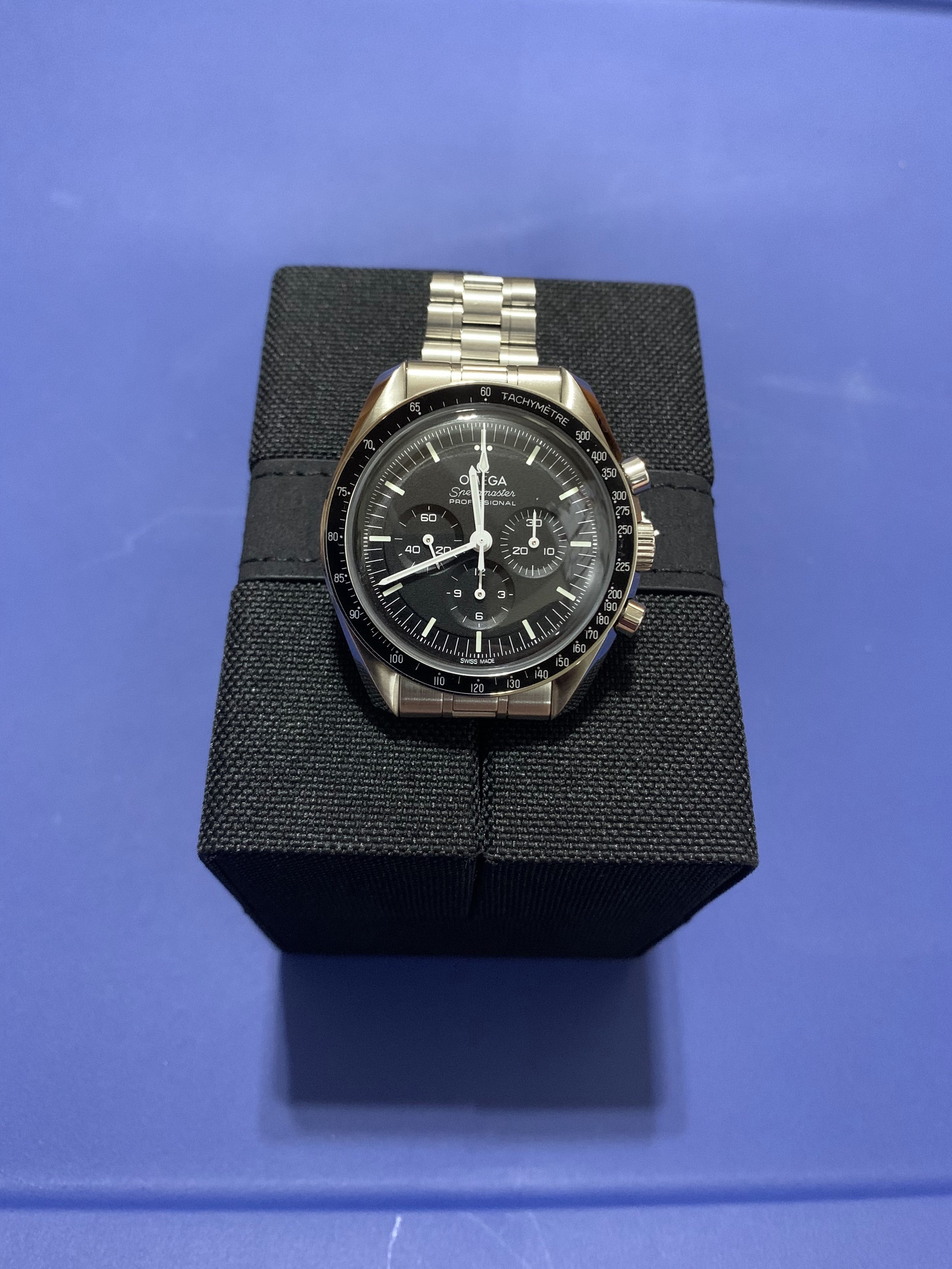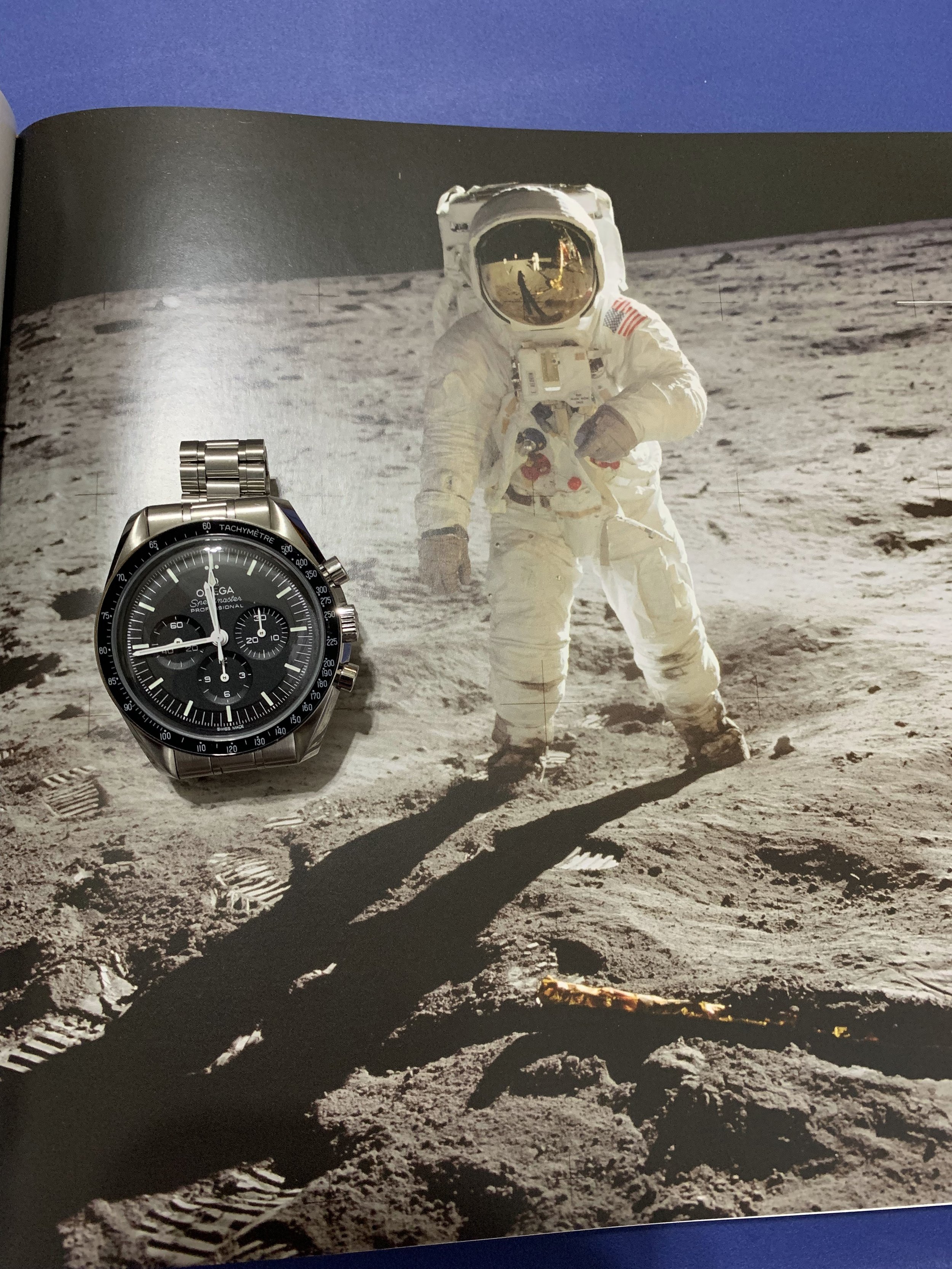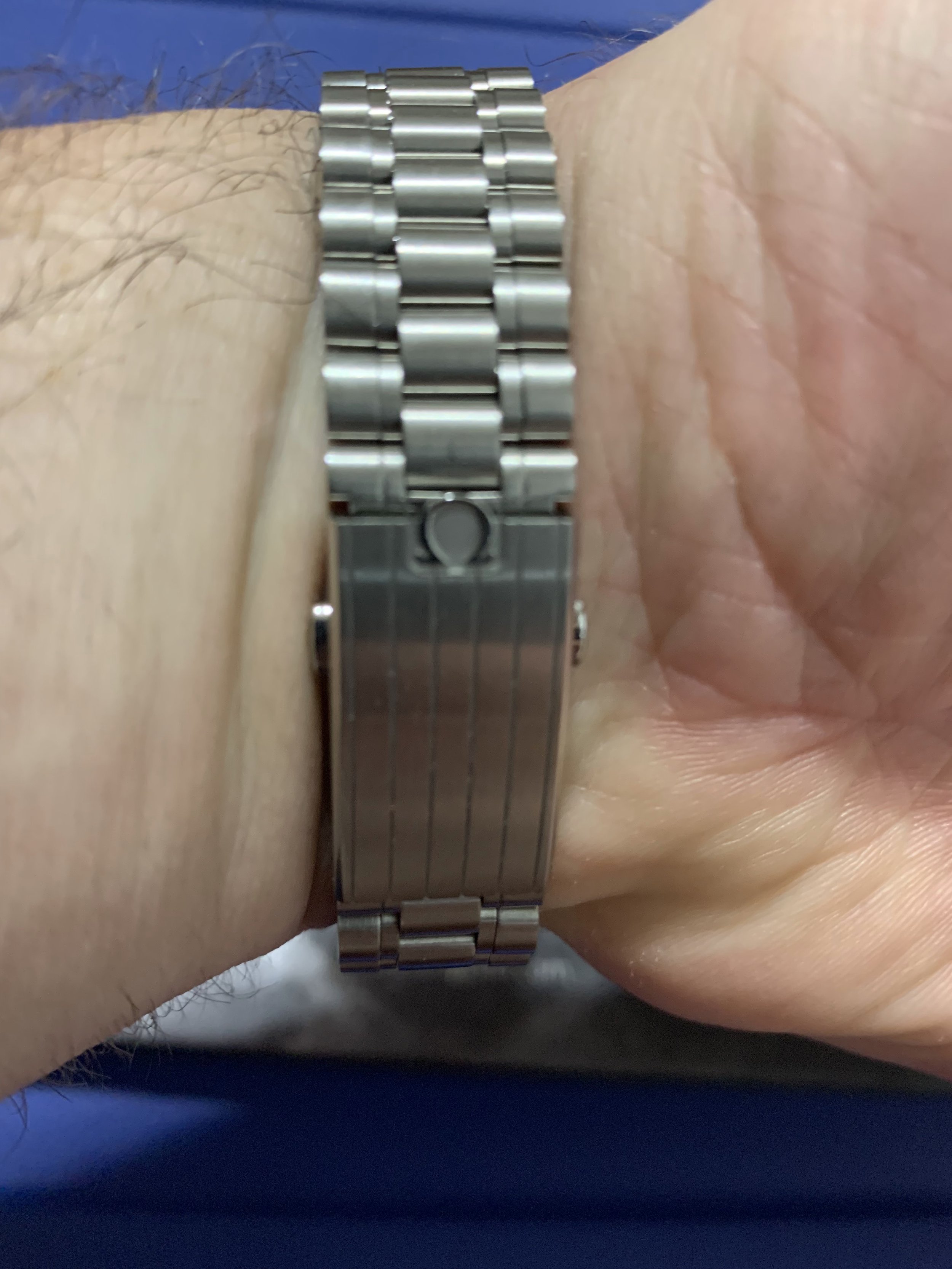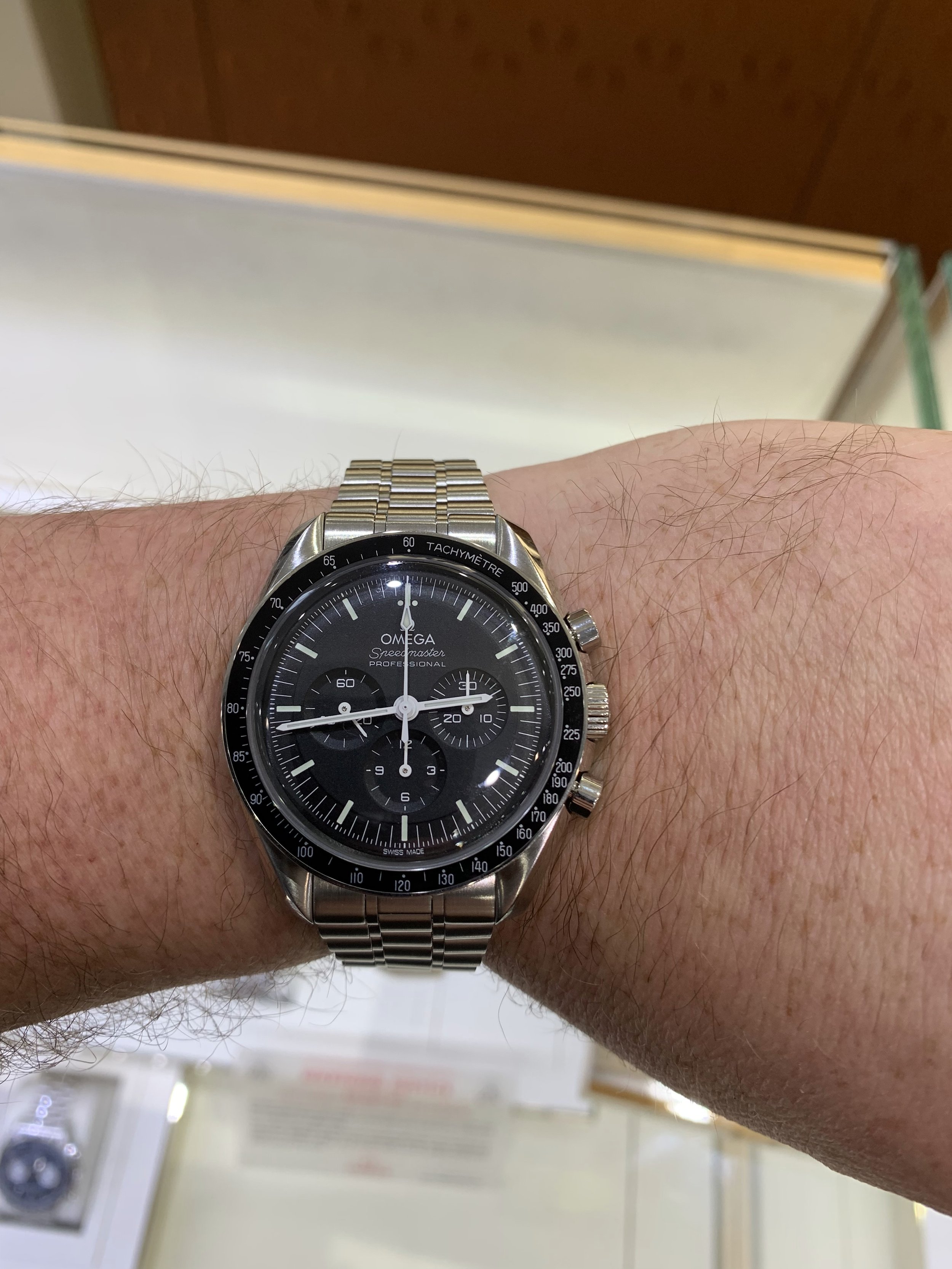Searching for the Titanic in NYC
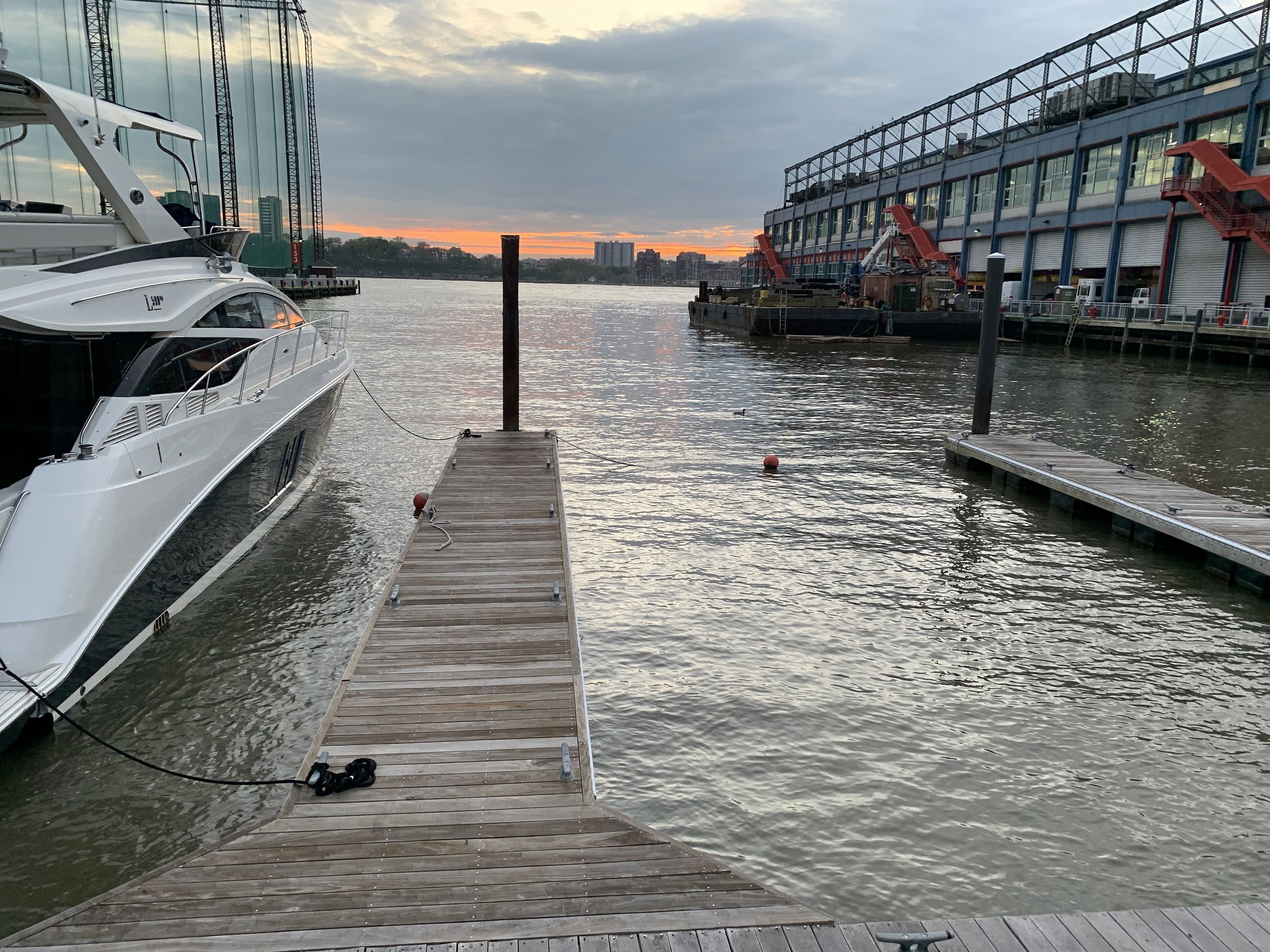
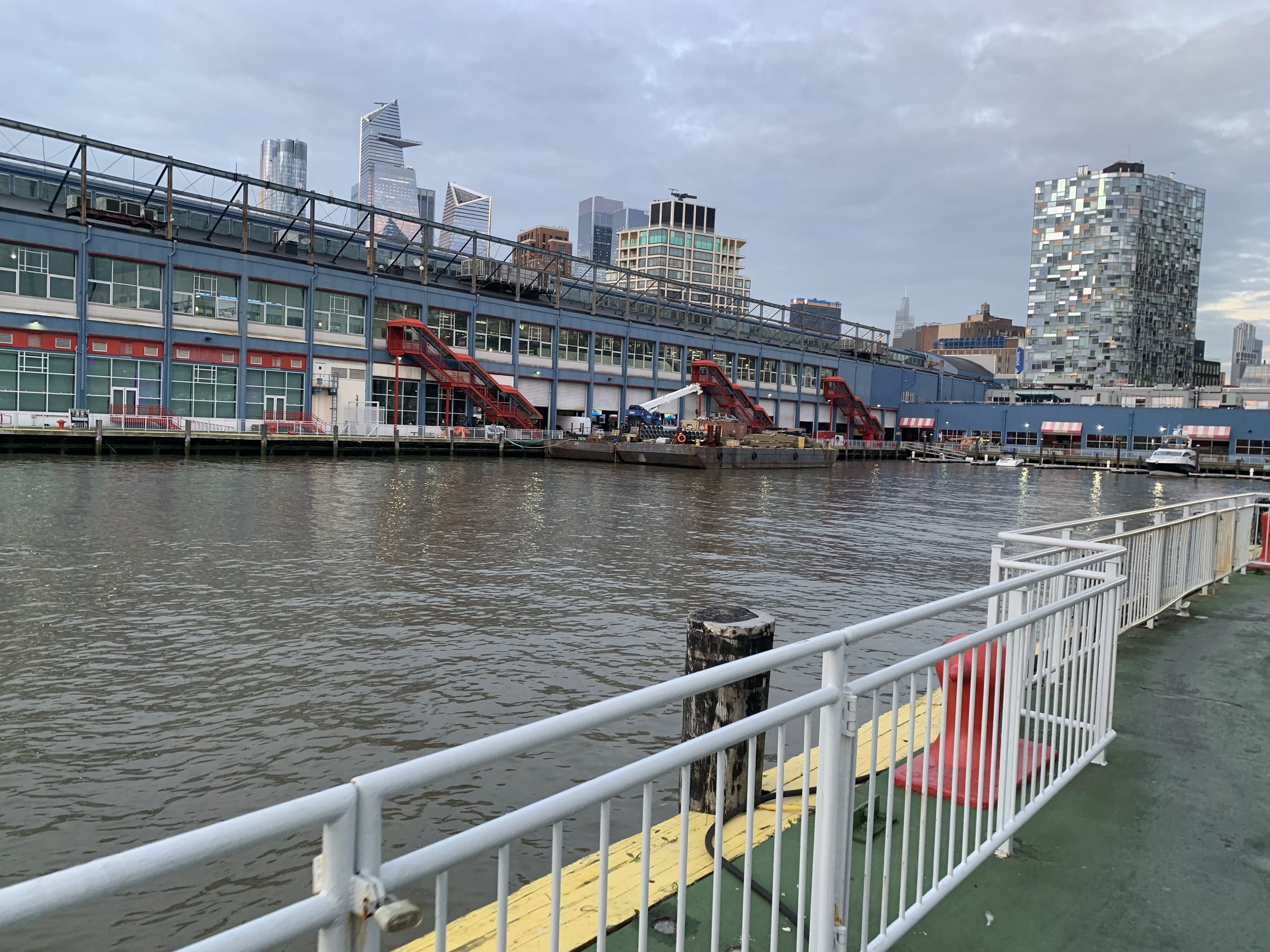
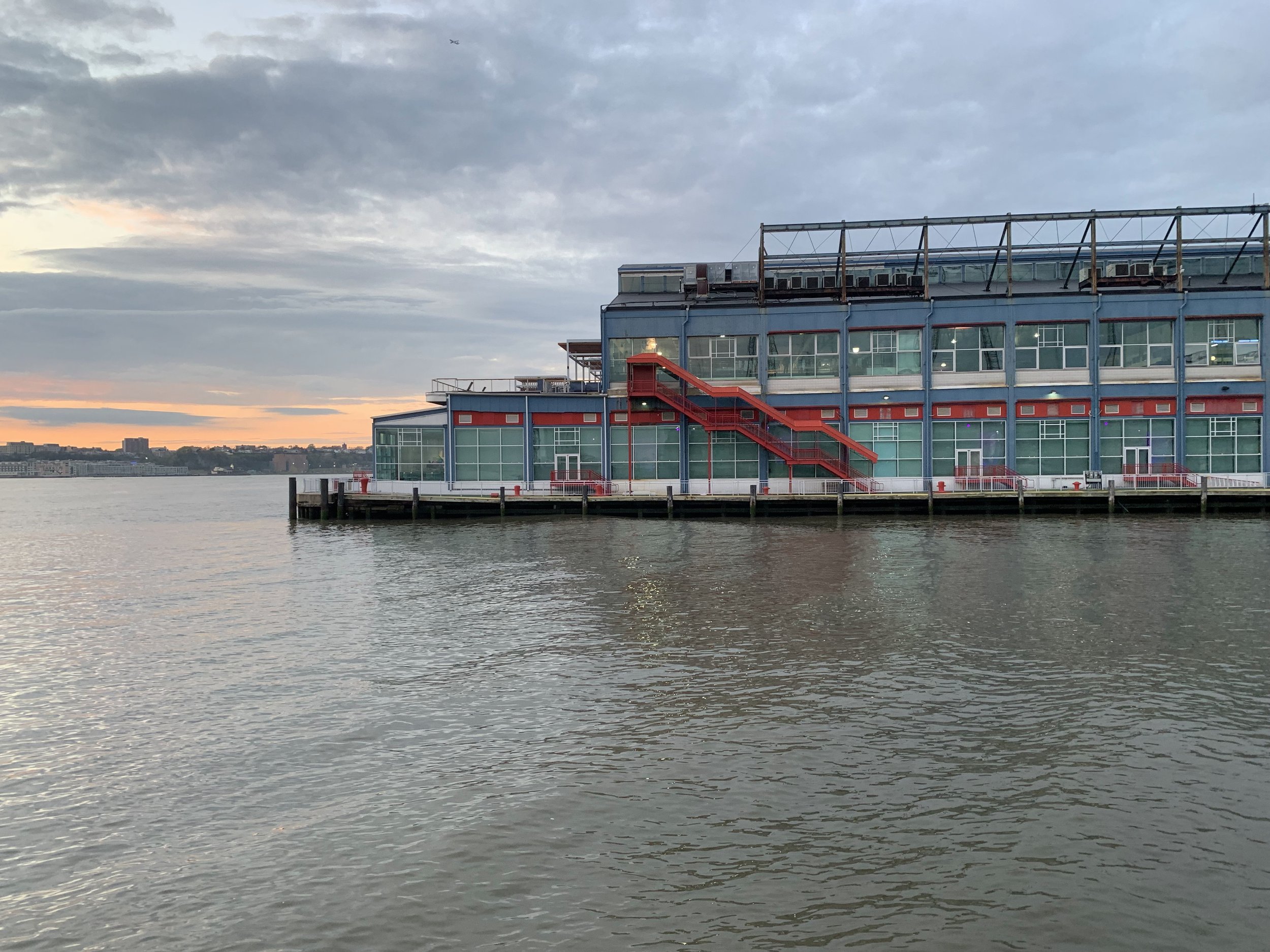

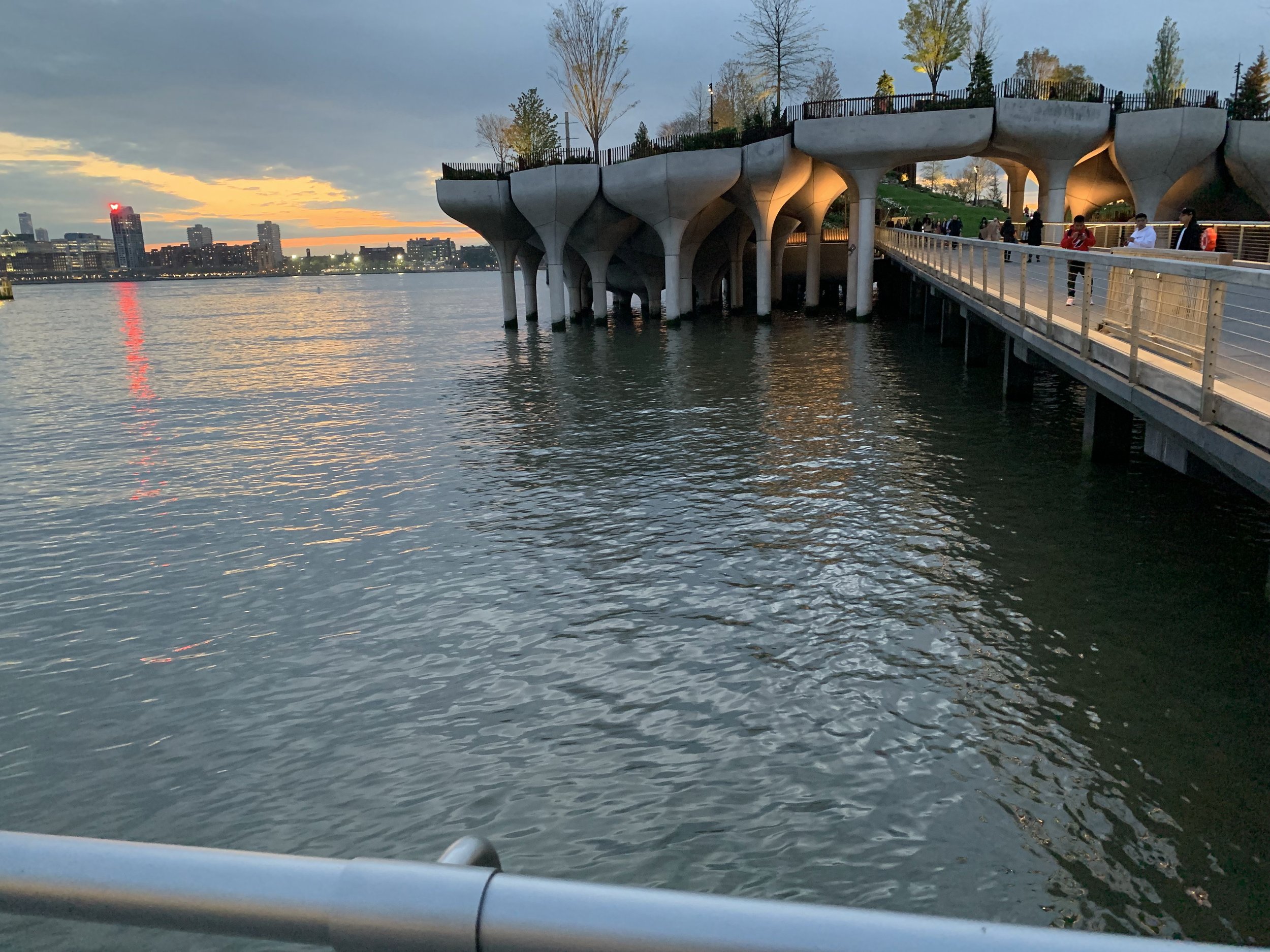
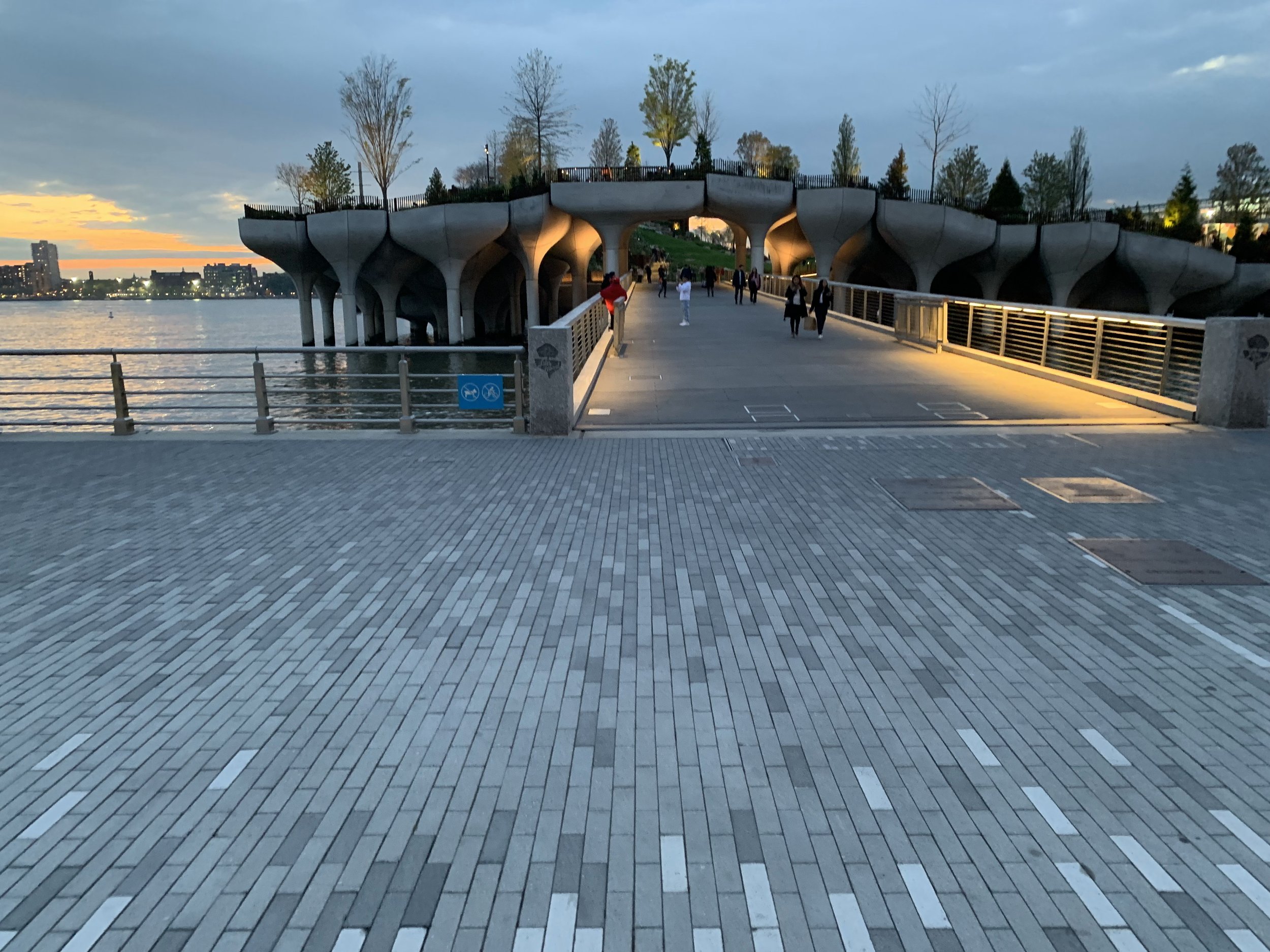
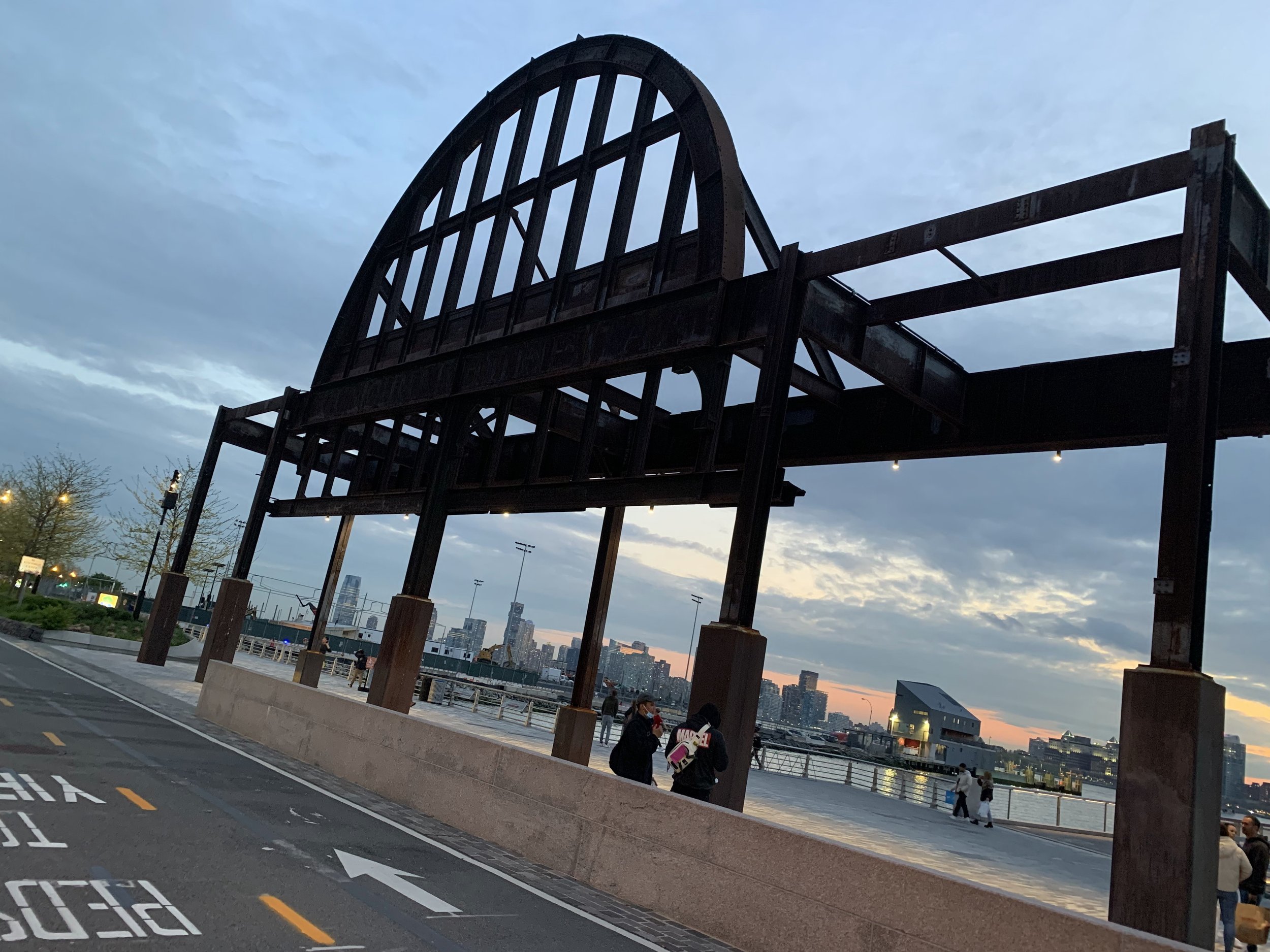
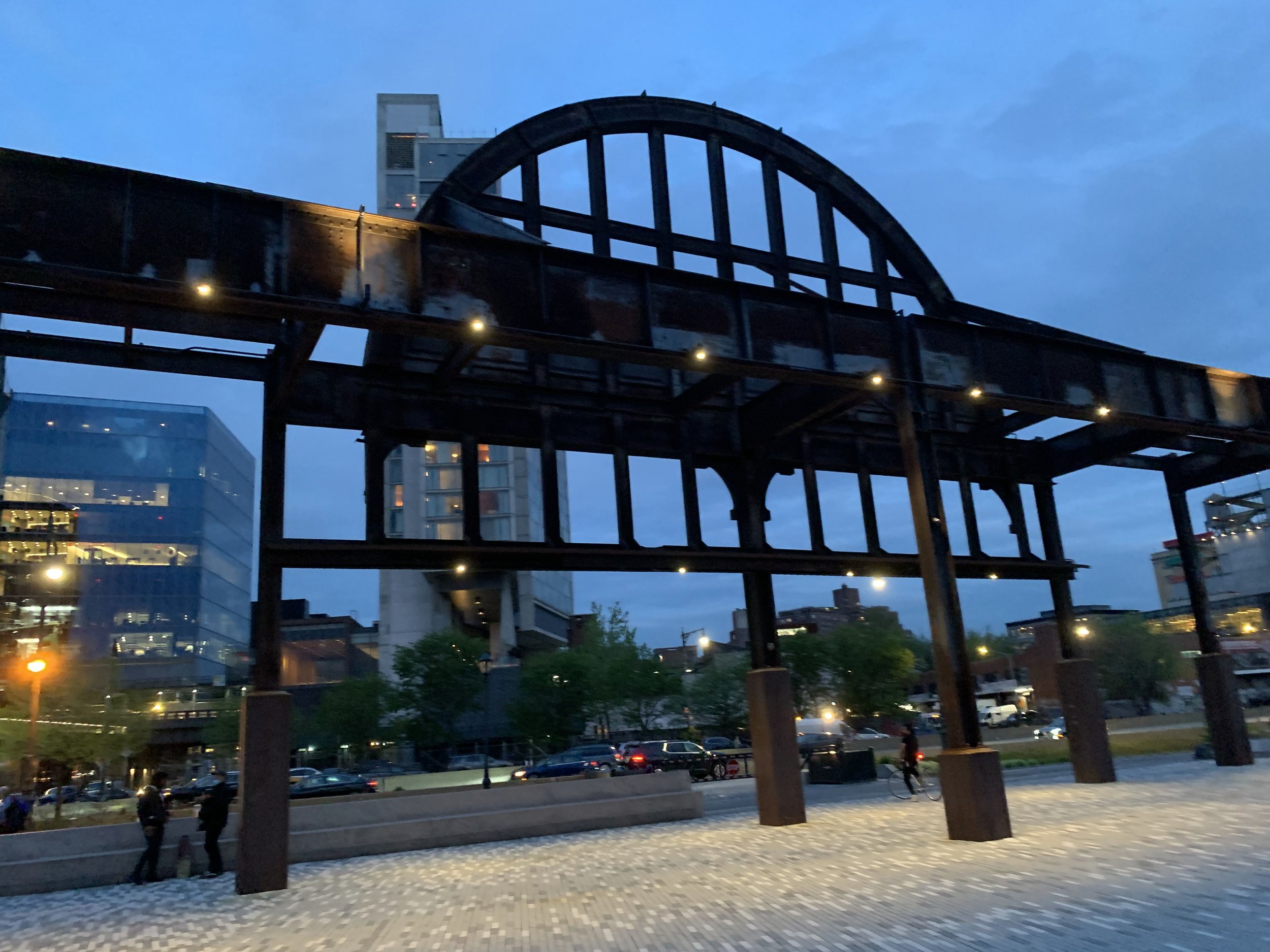
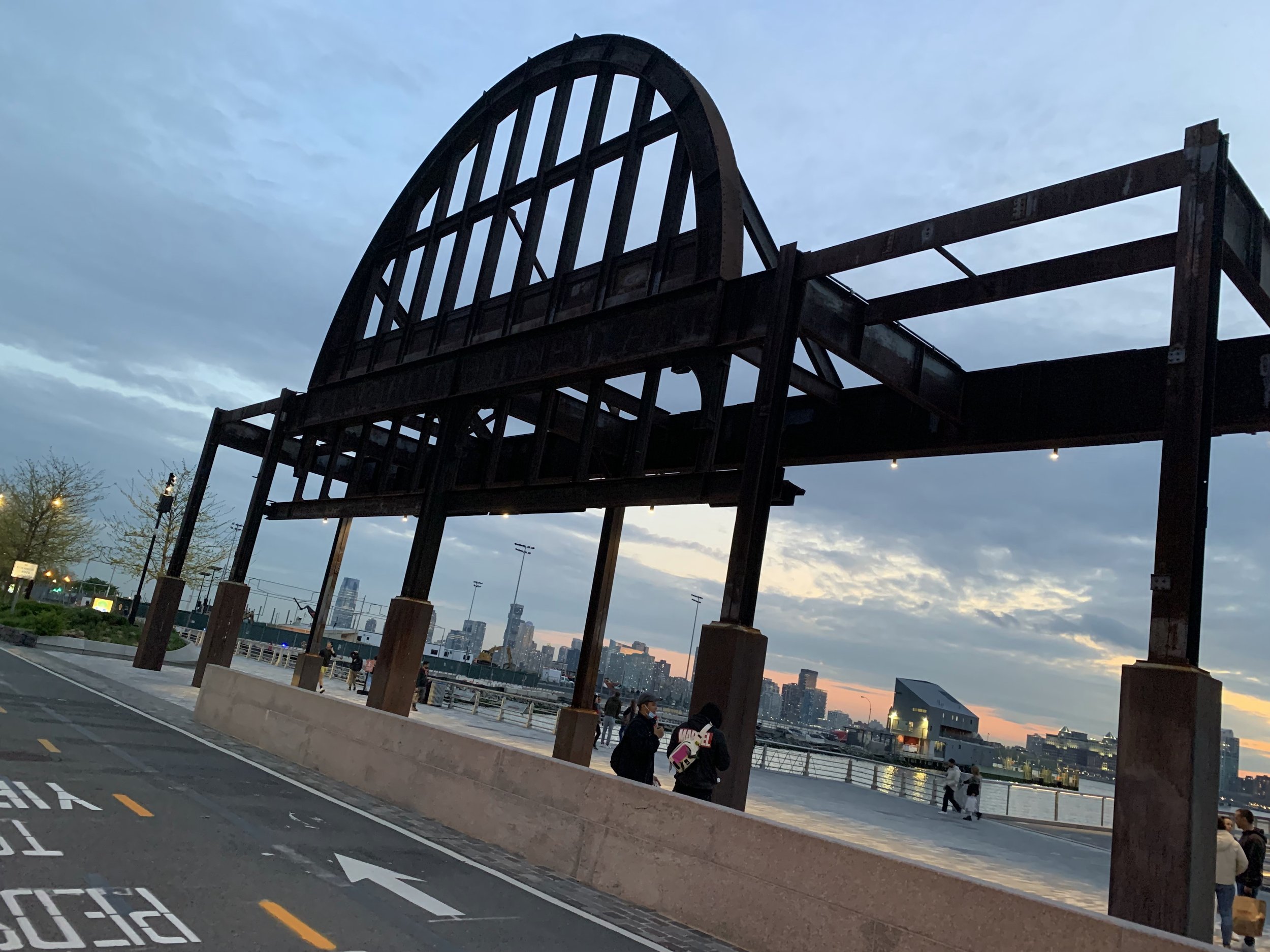
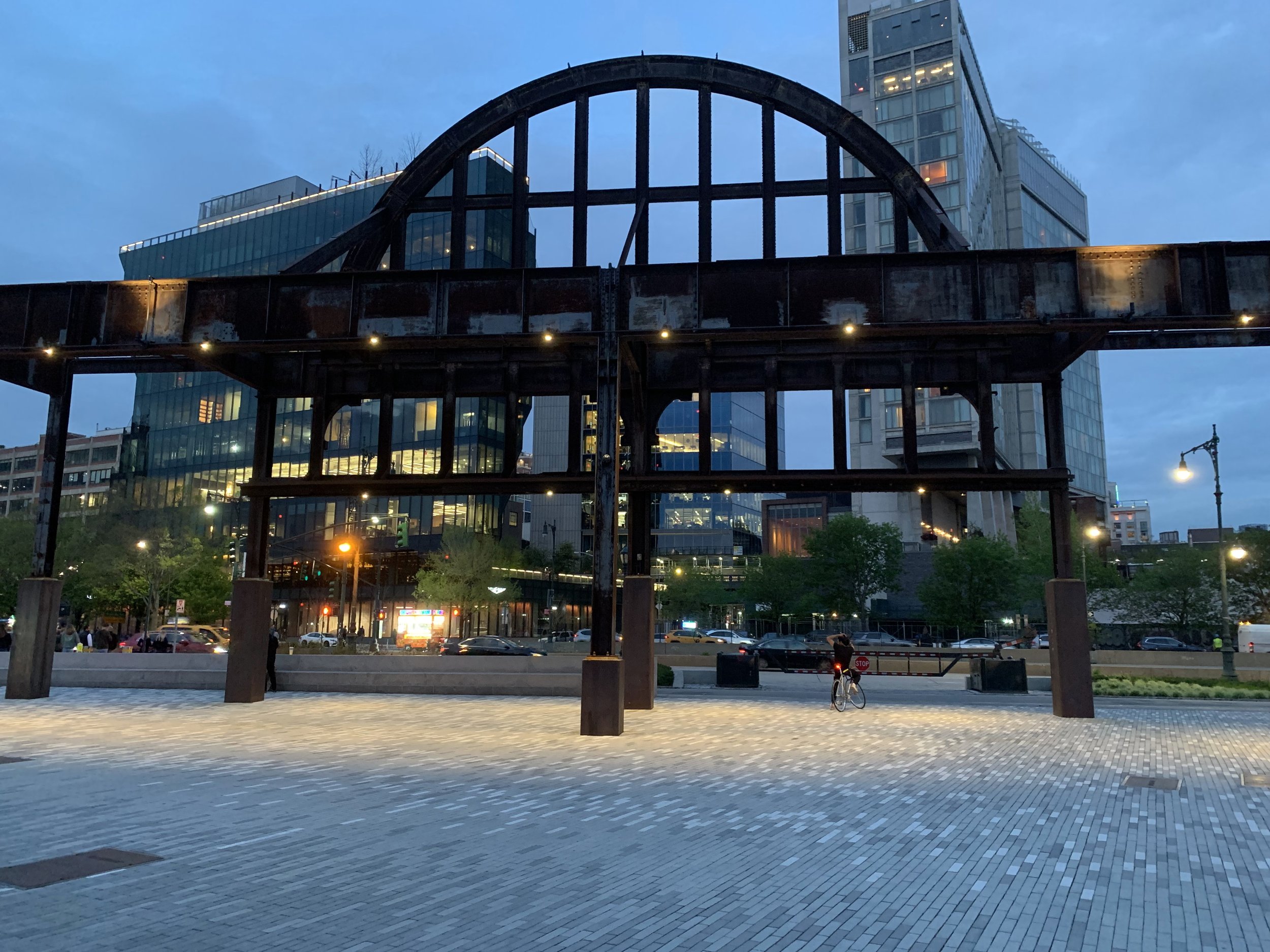
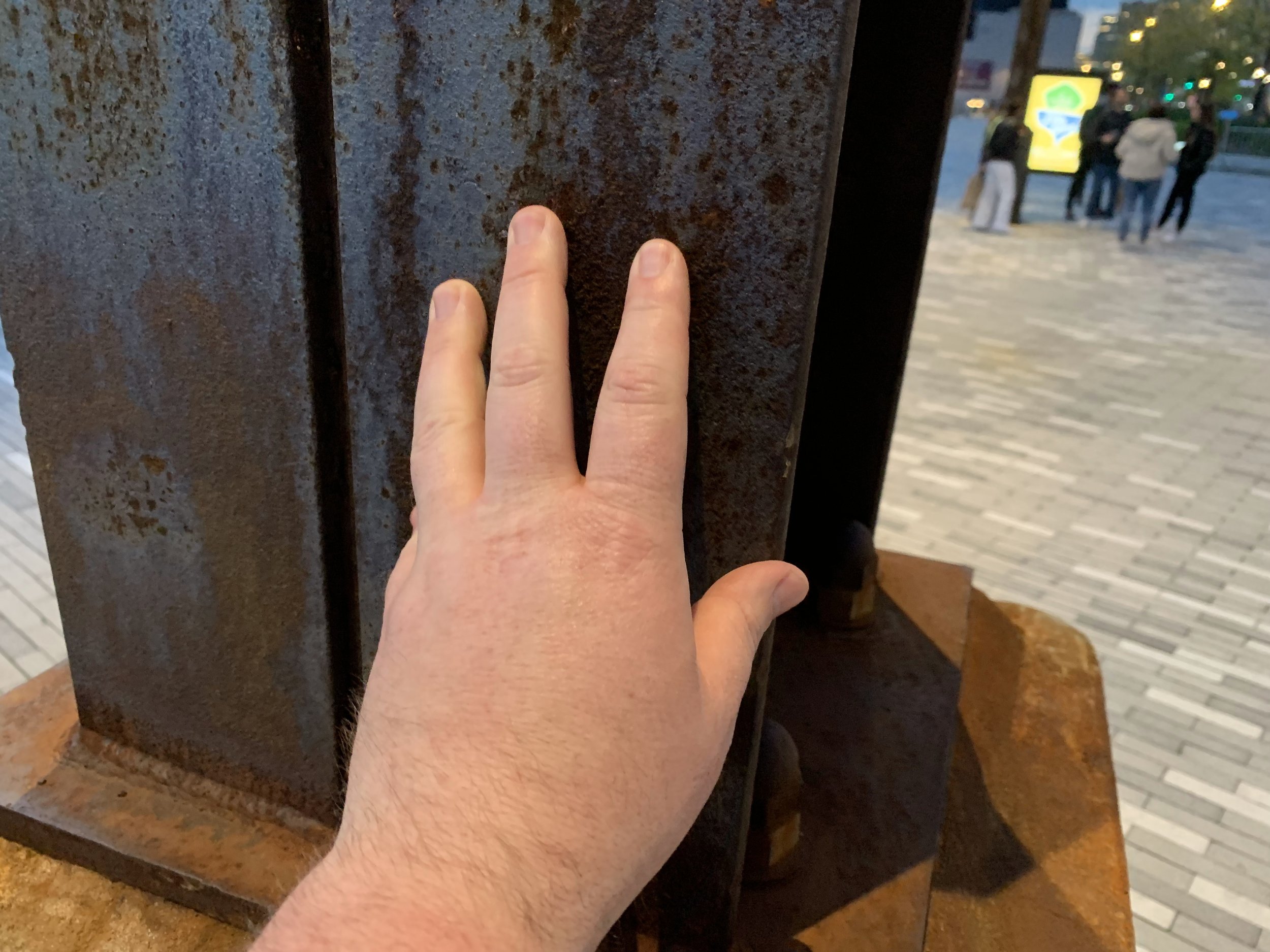
In the early hours of April 15th 1912 the RMS Titanic slipped beneath the icy waters of the North Atlantic, taking with it over 1,500 souls and securing its place in legend. Many of those 1,500 souls were on a voyage to seek a better life in America, via New York City, the ship's ultimate destination.
Had the tragic events of April 15th not taken place, the ship was scheduled to land at New York’s Pier 59 on April 17th, delivering its passengers both rich and poor. Today that dock, as well as Cunard Line’s nearby Pier 54 remain as some of the starkest reminders of that dark moment in maritime history.
Today Pier 59 is part of the Chelsea Market Piers. Standing there the first thing that hits you is just how small it is. In my mind the Titanic seems unimaginably large, but seeing its intended dock drives home its actual size, which simply could not live up to legend. Sadly, Pier 59 did in fact see some small part of Titanic on April 18th. RMS Carpathia would stop here briefly upon arrival in New York to deliver Titanic’s recovered lifeboats, before continuing on to Pier 54 to deliver Titanic’s passengers along with her own.
Unfortunately Pier 54 has been lost to the ages, having long since rotted away. Today its former location is home to a new public park. However, the site's iron gates still stand, allowing you to touch a piece of history. As Titanic’s 706 surviving passengers disembarked it is inevitable that at least a few of them touched these iron beams. Standing there with a hand on this ancient metal, you can’t help but be overcome by the sense of sorrow, loss, and confusion felt by those survivors.
Although various cities around the world play host to Titanic artifacts, New York is one of only a few places where you can truly stand in the footsteps of Titanic’s history. These 2 locations in particular are the only 2 to truly bear witness to the sorrow of her survivors, and offer an unbelievable opportunity to feel connected to that terrible chapter in history.
Want to Experience This Adventure for Yourself?
Omega Speedmaster: First Watch on the Moon
On July 20th 1969 Edwin Eugene “Buzz” Aldrin Jr. became the second man to walk on the moon. Although he’ll forever be known as number 2, on his right wrist he carried a trust first for mankind, the first watch on the moon. The Omega Speedmaster. The Speedmaster’s history with space began on October 3rd 1962 during the Sigma 7 mission of the Mercury program, when astronaut Wally Schirra chose to wear his personally owned Speedy for trip into space.
Later that year NASA would solicit bids from several high-end watch manufacturers to select an official timepiece for the space program. Watches were submitted by Breitling, Rolex, Omega and others, but following an intensive battery of torture tests only the Speedmaster was left standing. On March 23rd 1965 astronauts Gus Grissom and John Young launched into space aboard Gemini 3 wearing the first officially “Space Flight Qualified” Speedmasters. The Gemini 4 mission would see Ed White perform America’s first “Spacewalk” with yet another Speedy on his wrist.
Although 11 of the 12 men to walk on the moon did so with a Speedmaster, Omega’s greatest moment in space travel would come with the only failed mission of the Apollo program, Apollo 13. Following a catastrophic failure of the craft’s power-plant astronauts Lovell, Swiger, and Haise would be forced to power down all their craft’s electrical systems including their guidance computer. Space travel requires incredibly precise engine burns, and so Apollo 13’s trans-Earth injection burn as well as a late-mission course correction burn were timed via one of the astronaut’s Speedmasters. Following the mission NASA would award Omega with their coveted “Silver Snoopy” award in recognition of the timepiece’s critical role in bringing the astronauts home safely (Charles Schultz’s Snoopy character was NASA’s un-official mascot).
53 years after man took his first steps on another celestial body, the Speedmaster remains the only watch qualified by NASA for extravehicular activities. This means that if you see an astronaut floating outside of the International Space Station, they’re doing so with a Speedy on their wrist.
The Stonewall Riots: Birth of the Gay Rights Movement in America
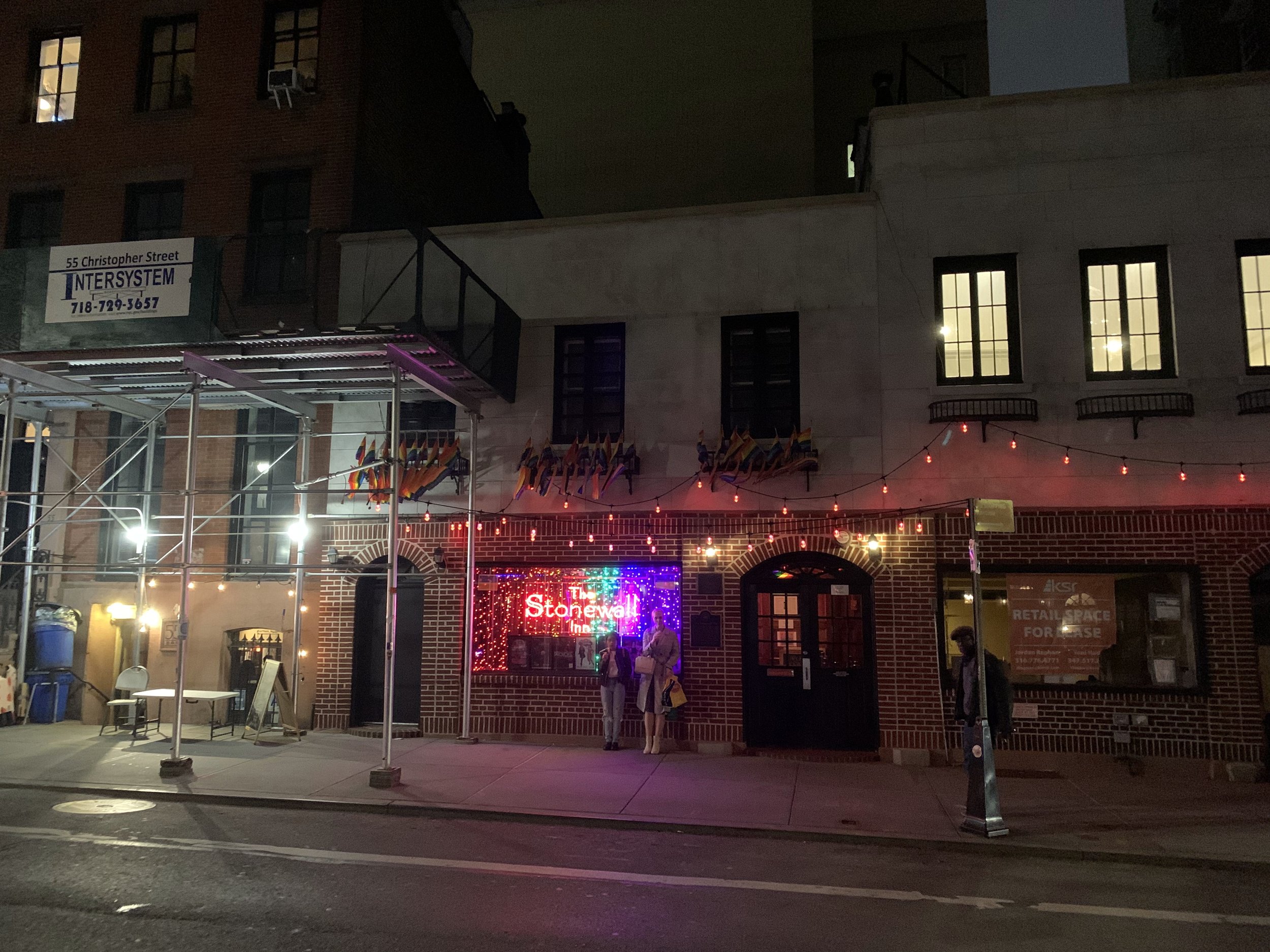

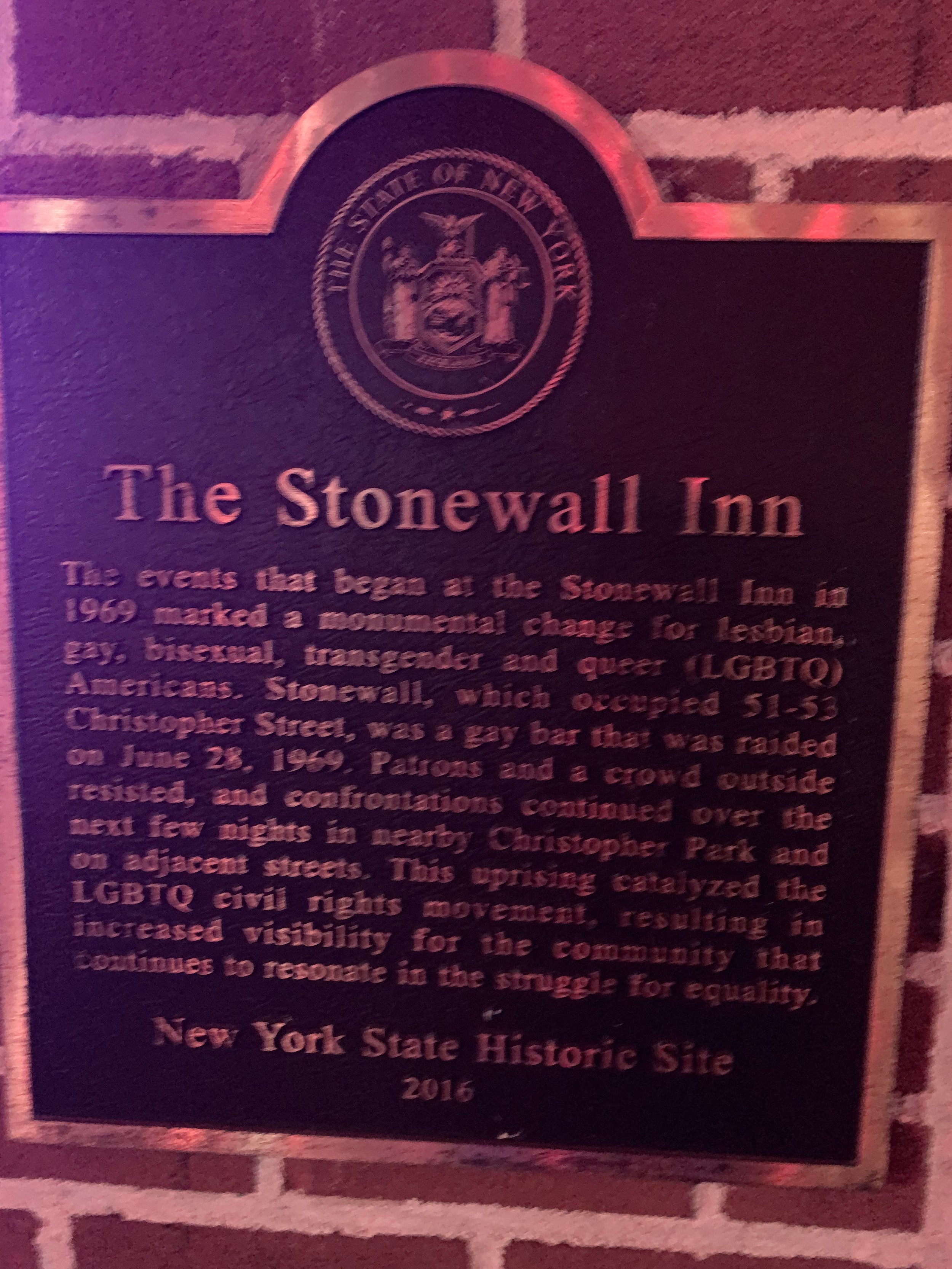
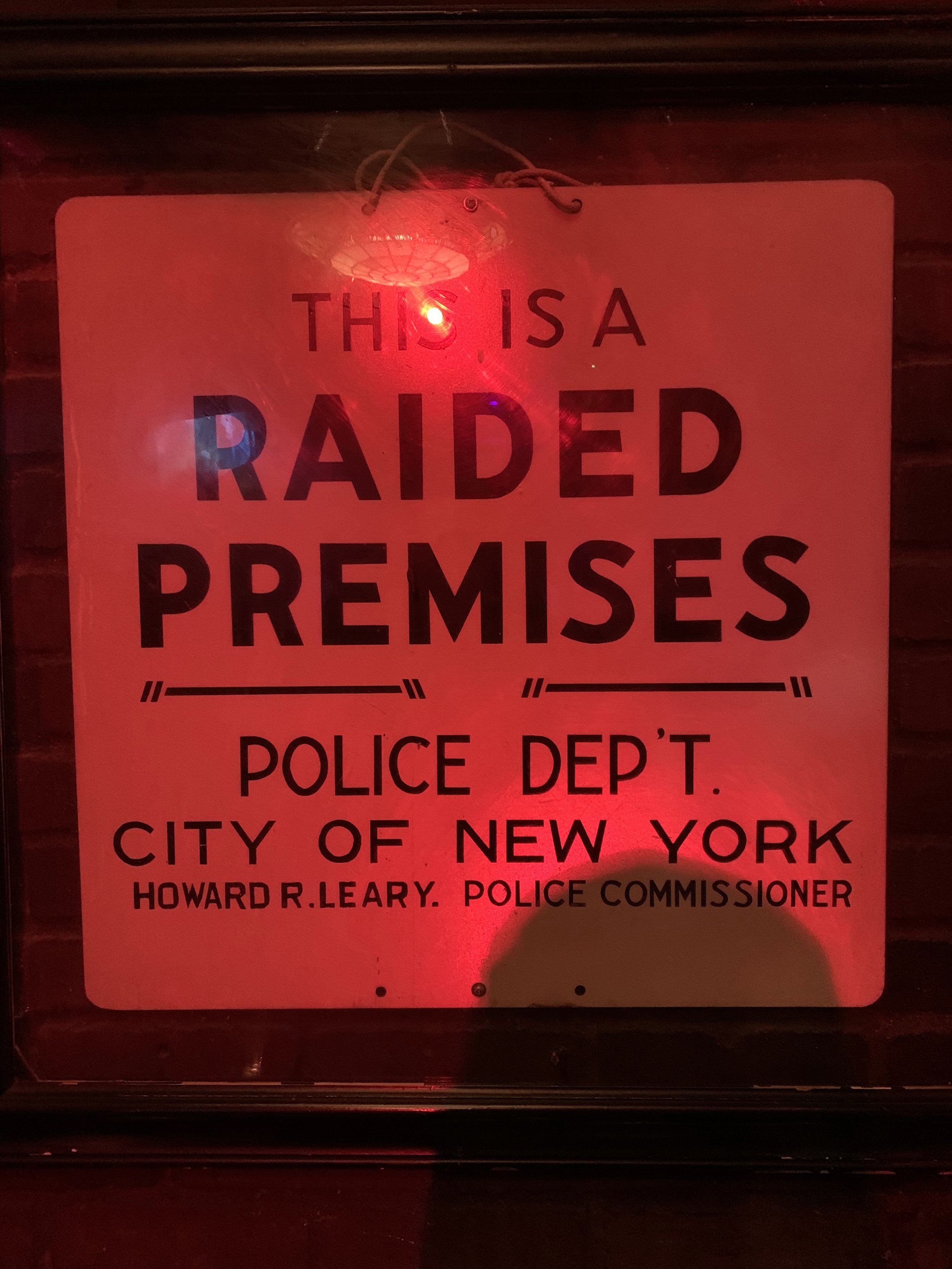




This blog is about sharing my love of history, and encouraging others to get out and explore and interact with that history. Obviously I try to avoid getting political in that process and just like to focus on the awe inspiring trips. This week though I was fortunate enough to visit an amazing historical site, whose political relevance is suddenly once again front and center in an America that seems hell bent on rolling back 70 years of civil rights progress. So fair warning, today’s post will involve an amazing story of an oppressed people standing up for their rights, and beginning a fight that sadly may have to be fought again.
1969 was a tumultuous year in America. The war raged on in Vietnam, drawing great controversy and protests at home. The Civil Rights movement was in full swing, and overall America seemed set to tear itself apart at the seams as it struggled to evolve towards equality for all. Meanwhile another minority group had yet to take its first steps towards freedom and acceptance….
In the summer of 69 it was illeagal to dress as a member of the opposite sex, or even dance with a member of the same sex. The NYPD stopped just shy of having a page in their handbook entitled “Bored on a Friday Night? Go bust up a gay bar”. Which brings us to the Stonewall Inn. A run down watering hole, it was owned by the mafia who hoped to prey upon an underserved section of the population by offering an establishment that was at least semi-friendly to their needs. Even the mafia connections did not make it impervious to police action however.
In the early morning hours of July 28th 1969 4 undercover NYPD officers entered the bar (2 male, and 2 female) and gathered evidence throughout the night, before calling for additional officers to raid the bar. Standard practice at the time was for officers to line up the bar’s patrons and take them one at a time to the restroom to check that their sex matched their clothing, and then arrest the “offenders”for the crime of “cross-dressing”. On this night however, the crowd became restless and began to refuse to comply. At this point the NYPD officers made a fatal mistake, and attempted to arrest the entire bar and transport them to the police stations.
Officers began roughly frisking suspects, and both sides present noted a great sense of unease. Transport was delayed as the police chose to haul off the confiscated alcohol before the prisoners, and even the handful of people released by the police refused to leave, instead gathering at the entrance and attracting a larger crowd.
Tensions continued to escalate until the police roughly dragged a woman in handcuffs (later identified as Stormé DeLarverie) towards their patrol car. She called out to the assembled crowd "Why don't you guys do something?", and just like that the powder keg exploded. The crowd stepped forward, and the police pushed back. The scene erupted in violence, and ultimately the NYPD had to call in riot police to get the scene in order.
Although the NYPD ultimately “won” in the struggle that night, the shockwave it sent through the gay community changed everything. An oppressed people had fought back and asserted their right to exist. Having learned that there was strength in their numbers, they were no longer fearful to be who they were. The riots helped kick off a string of protests, and organized pushes for gay rights. Although they are commonplace today, New York City’s first ever “Pride Parade” was launched on July 28th 1970 to celebrate the one year anniversary of the riots.
Following the riots the building was repurposed several times over the years serving a restaurant, and shoe store among other things. It was added to the National Register of Historic Places in 1999, and finally re-opened in 2007 as a bar under the same name. Today the bar is celebrated for it’s historic place in the gay rights movement, and serves as a focal point of the local gay community in the Greenwich Village neighborhood. During my visit I found it to be a very open, friendly, and welcoming place. I chatted with the bartender for about an hour, had a few drinks, and enjoyed the vibes of an energetic crowd having a great time. Walking in I was overwhelmed by the significance of the history these walls had witnessed, but that was quickly replaced by the relaxed atmosphere of the bar. Today they actually have 2 floors, each with its own bar. The upstairs hosts singing competitions/drag shows, but on regular nights is a darker/more relaxed setting to chill with friends, while the bottom floor is a more traditional (and louder) bar.
In the almost 53 years since that fateful night America has seen a long struggle towards equality, that sadly is still on-going today. We have thankfully made great strides in the right direction however, and the explosive events at the Stonewall Inn helped set all of that in motion.
Want to Experience This Adventure for Yourself?:
Abraham Lincoln’s Birthplace
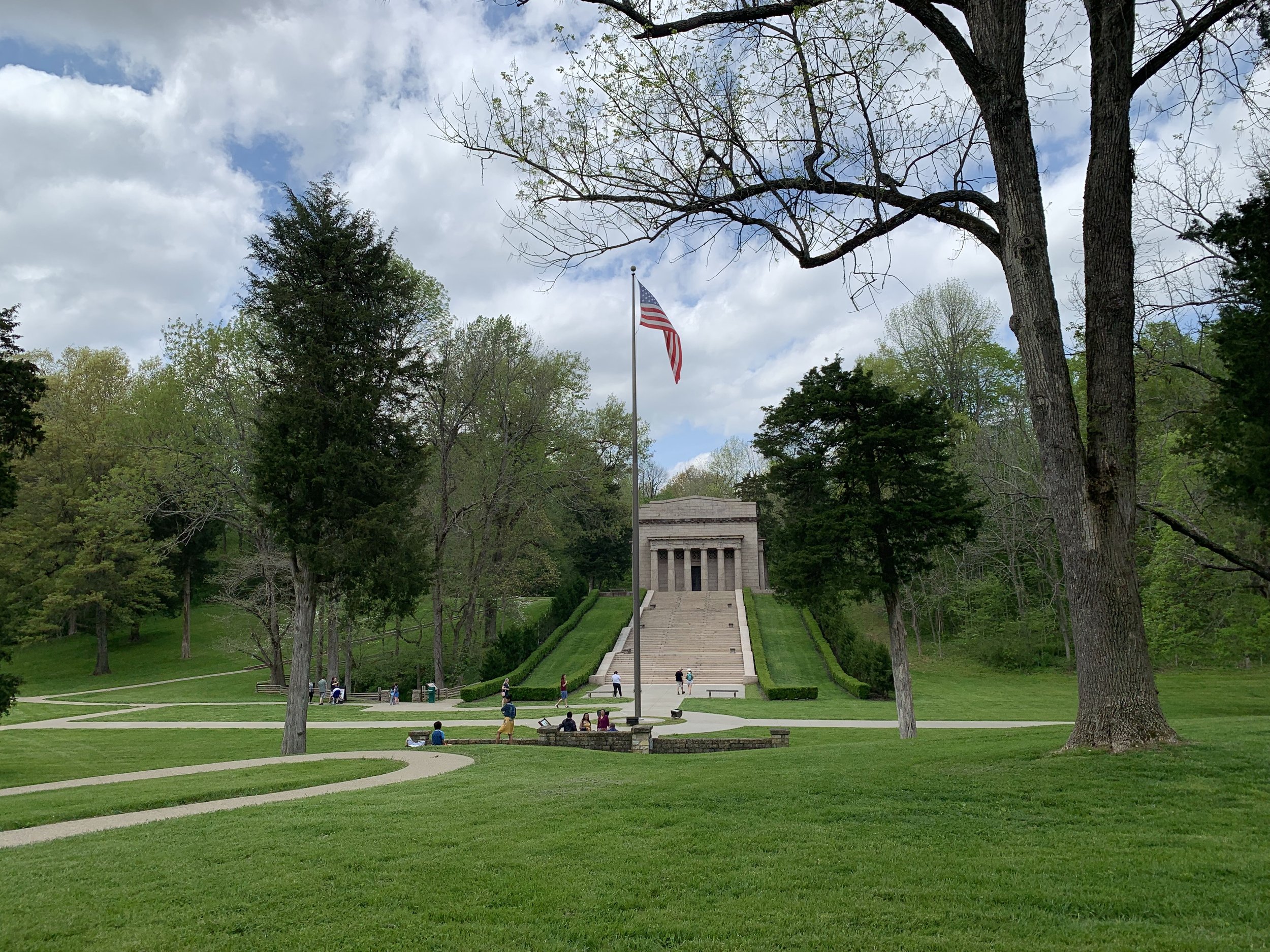
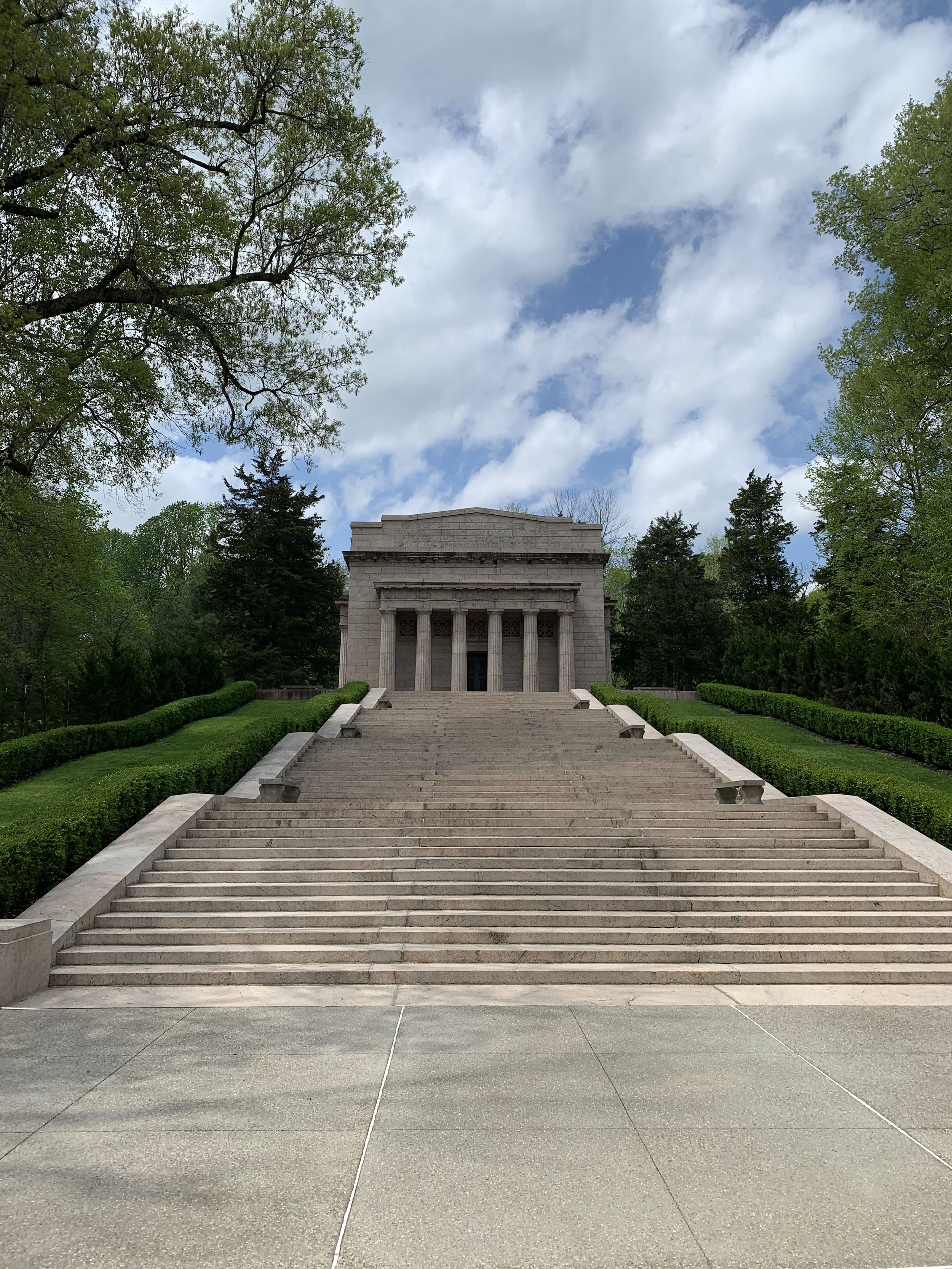
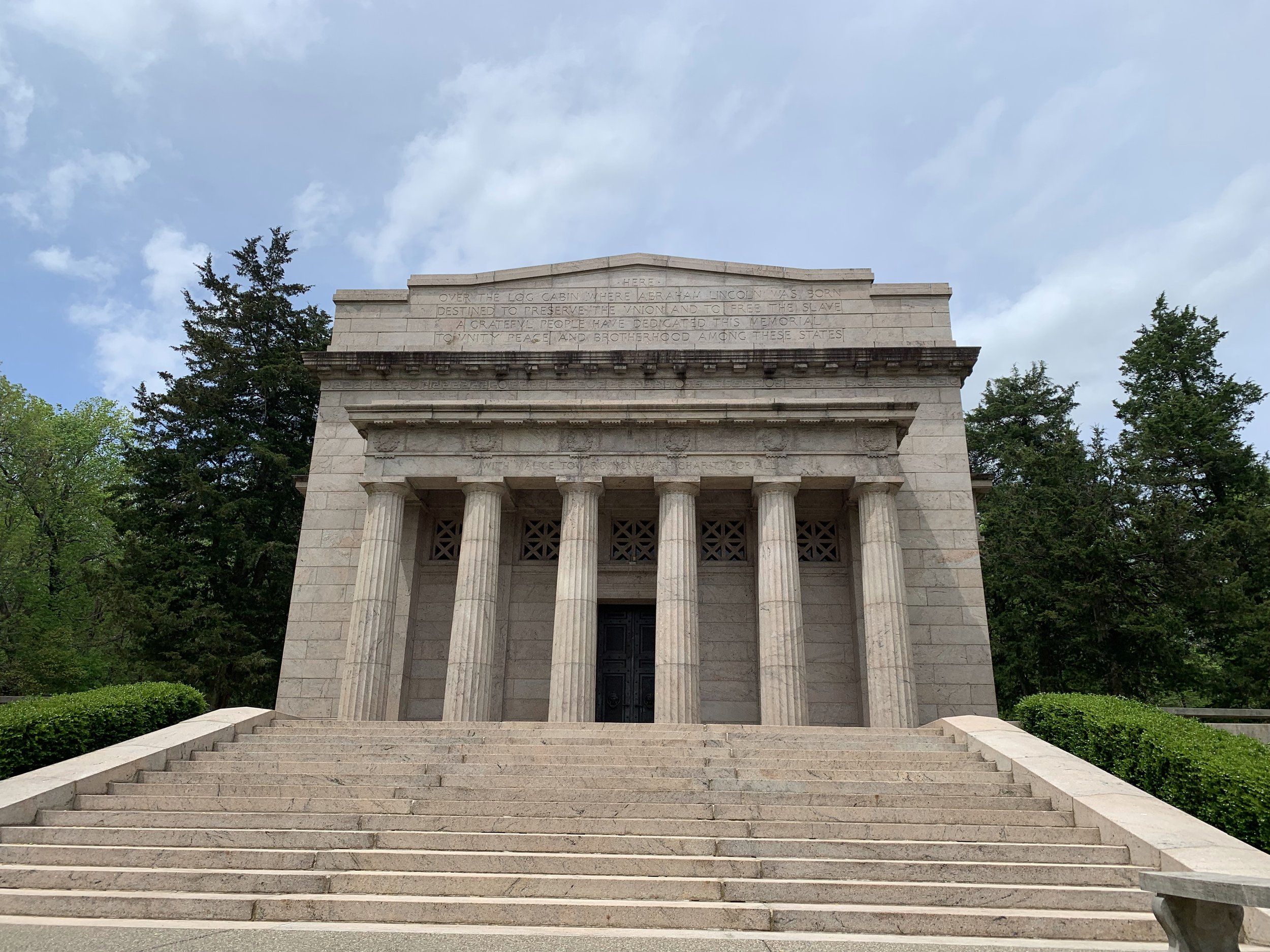

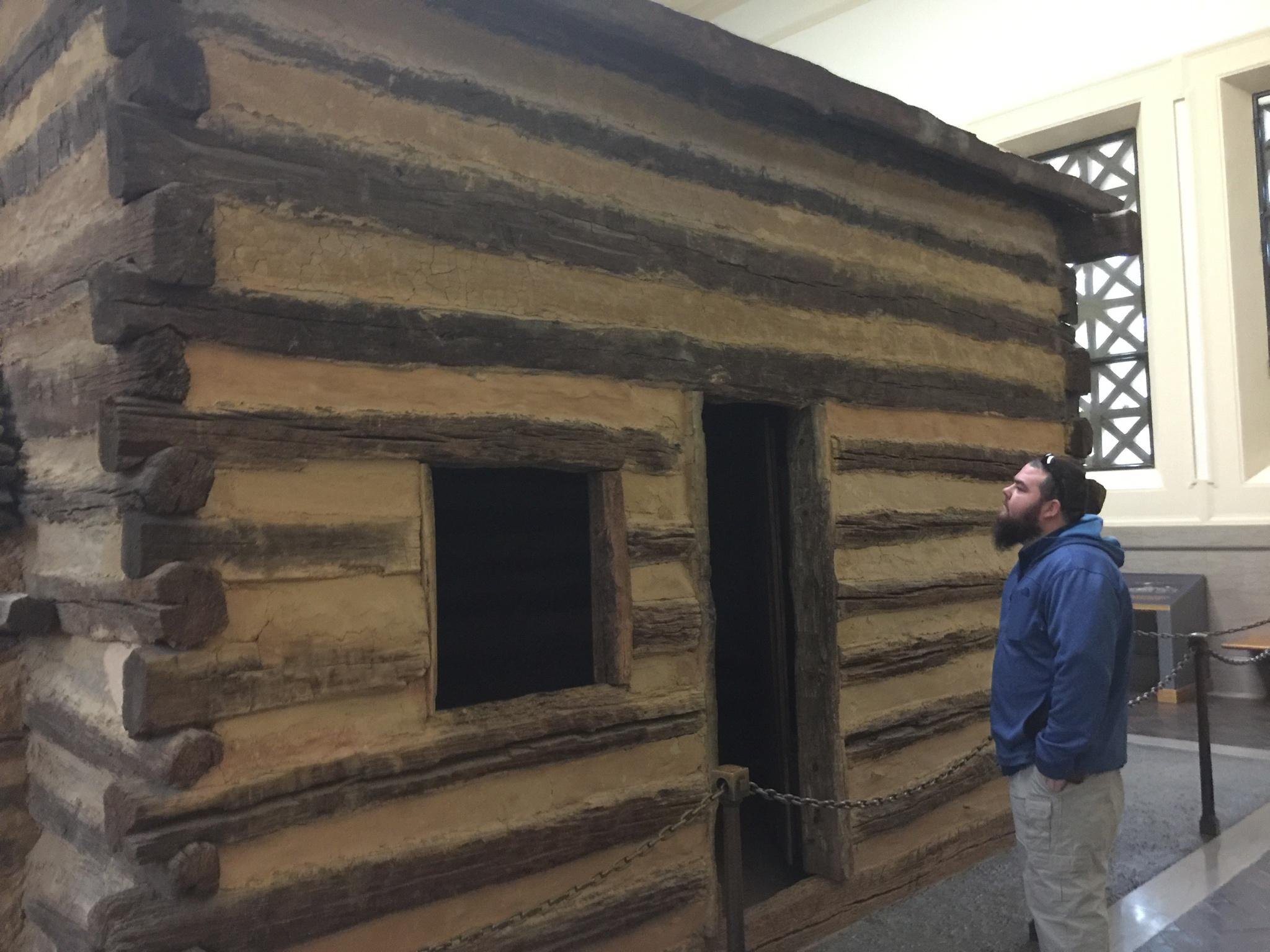
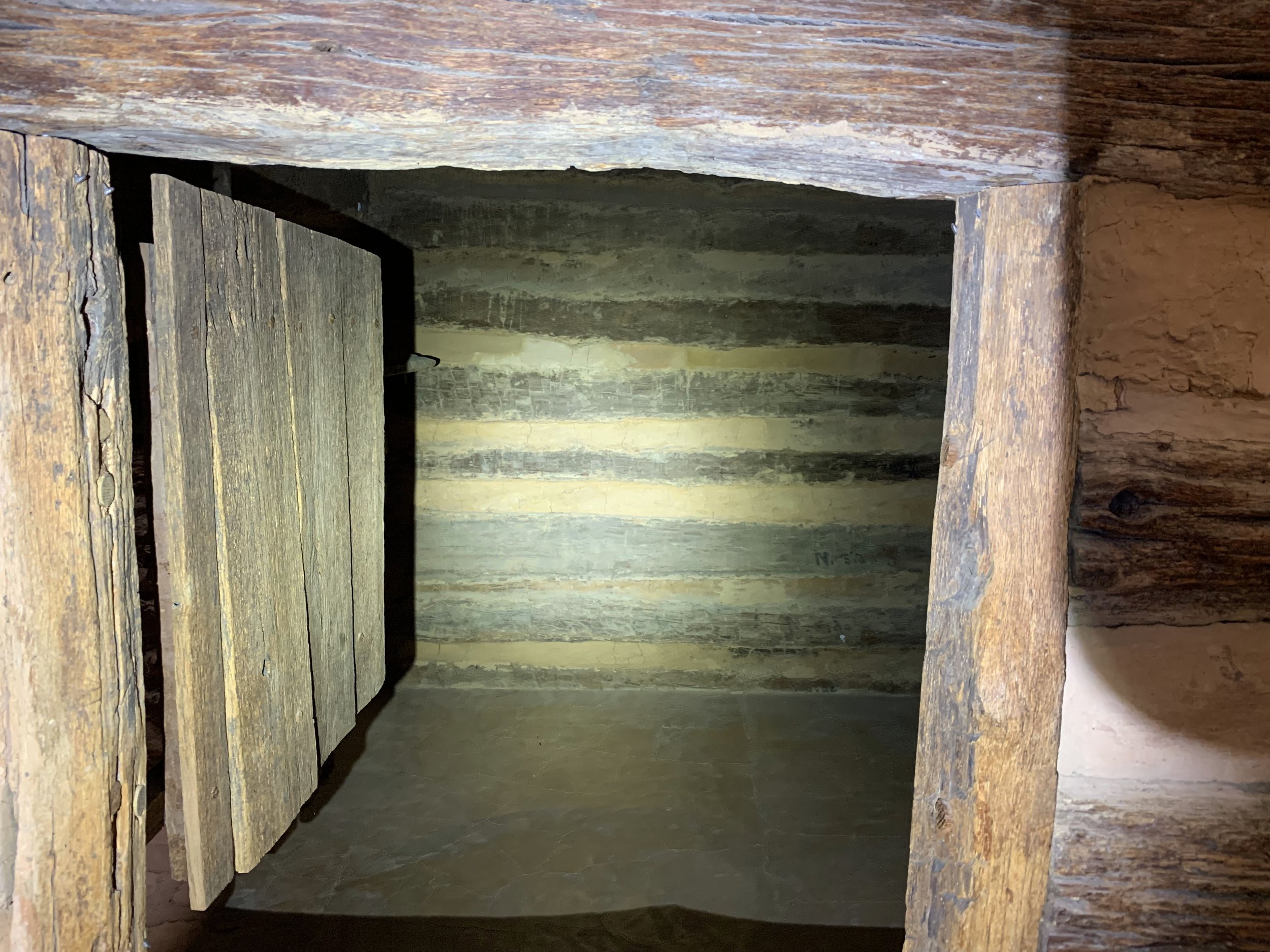
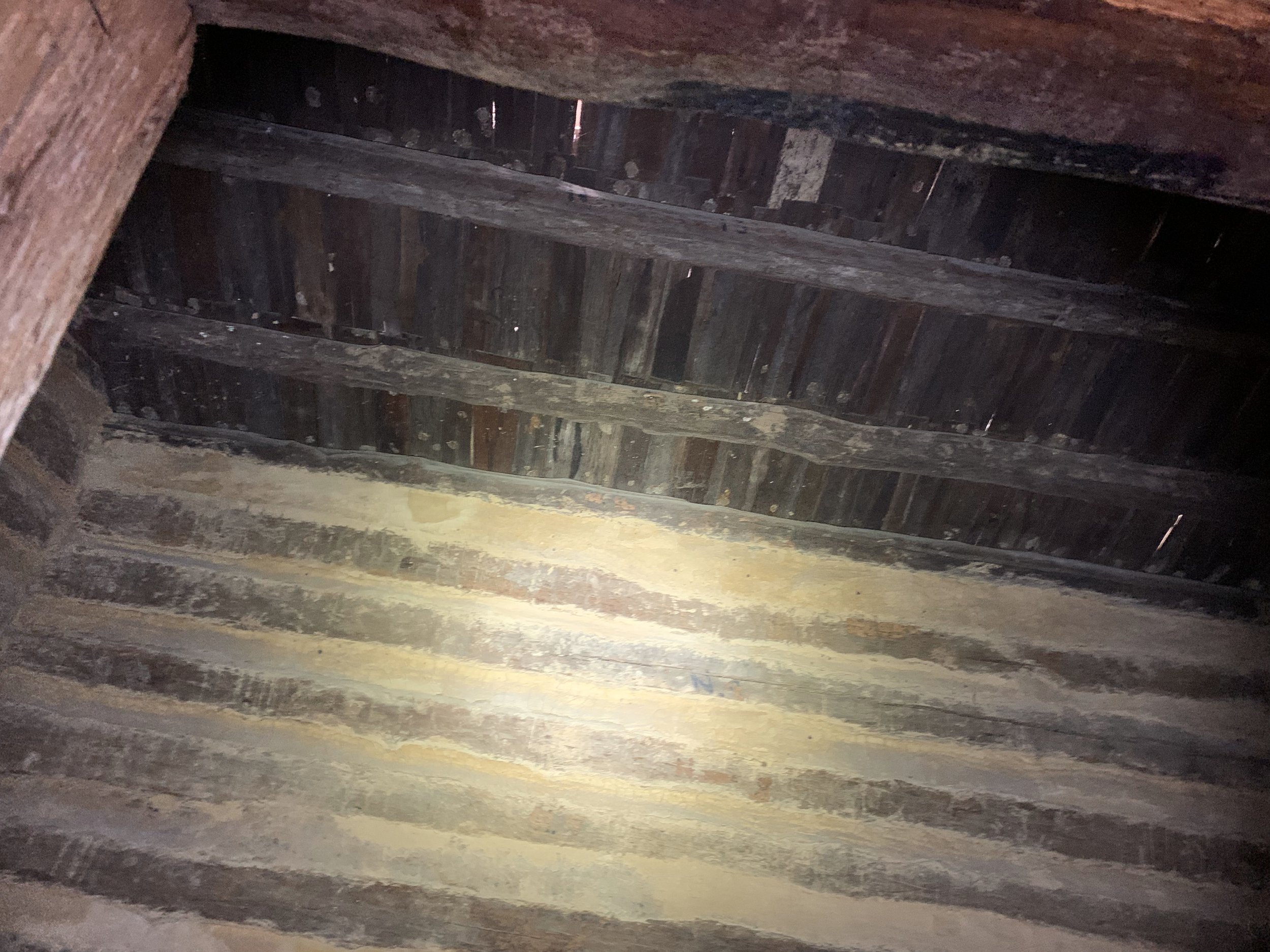
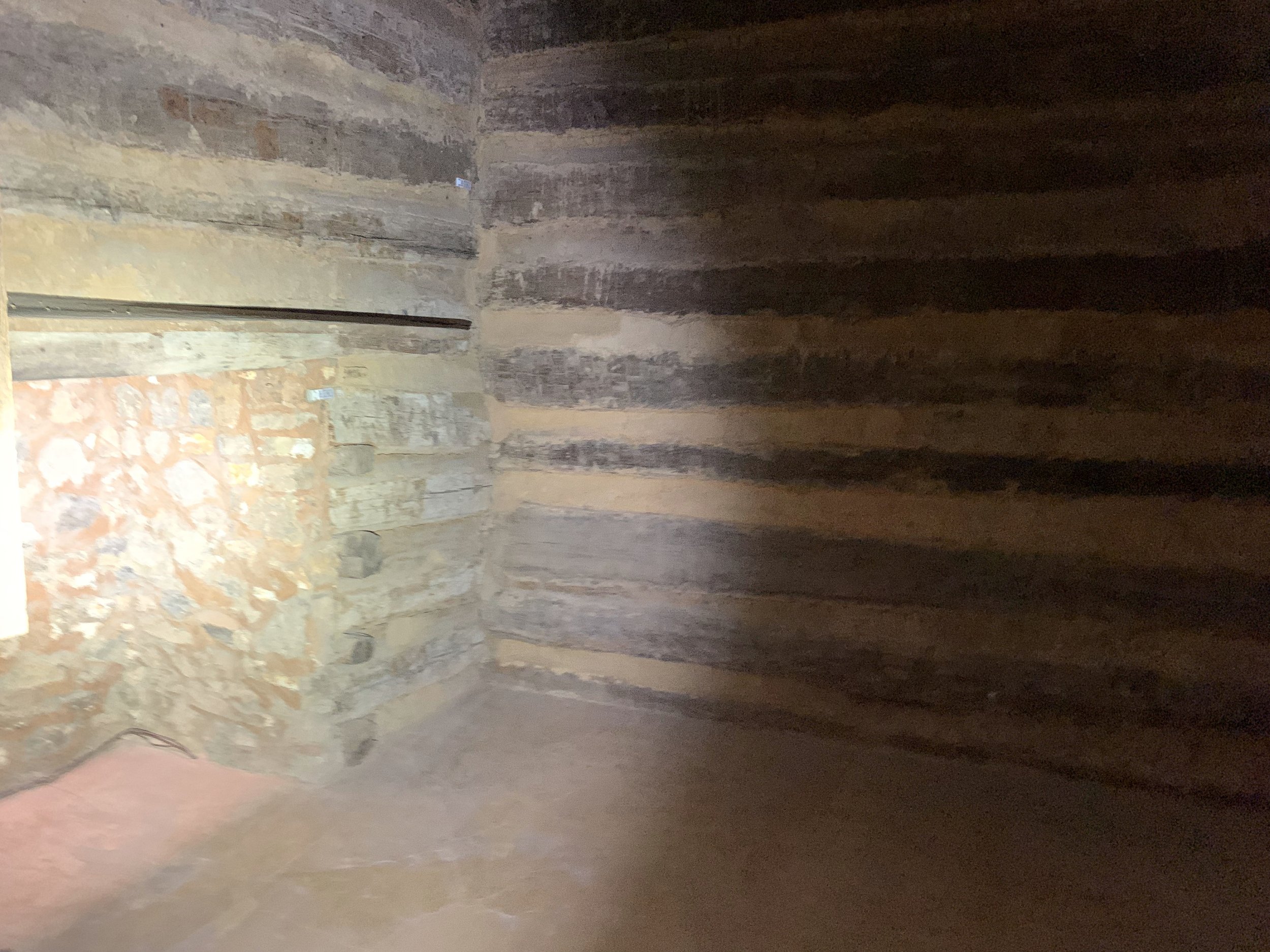
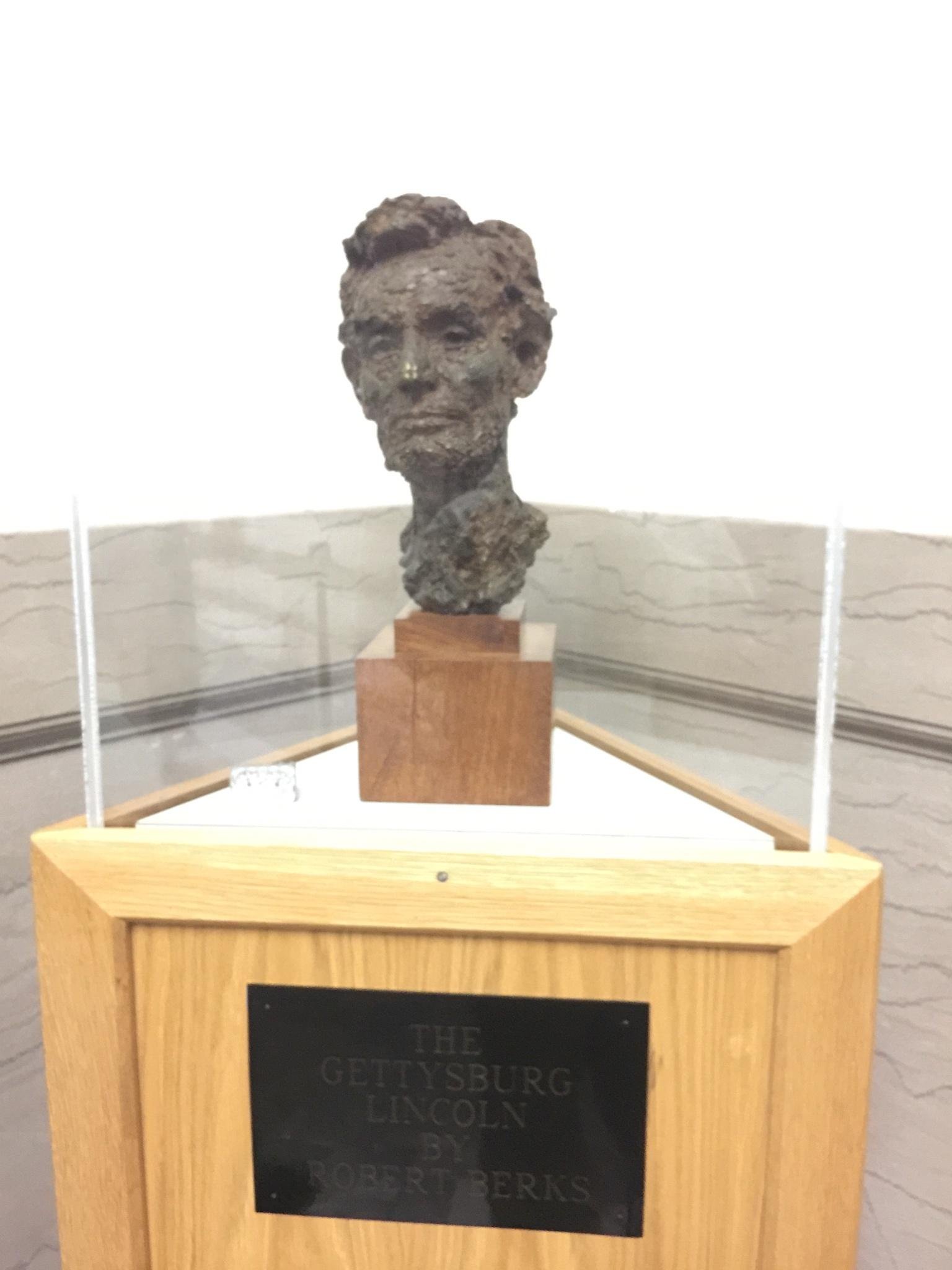
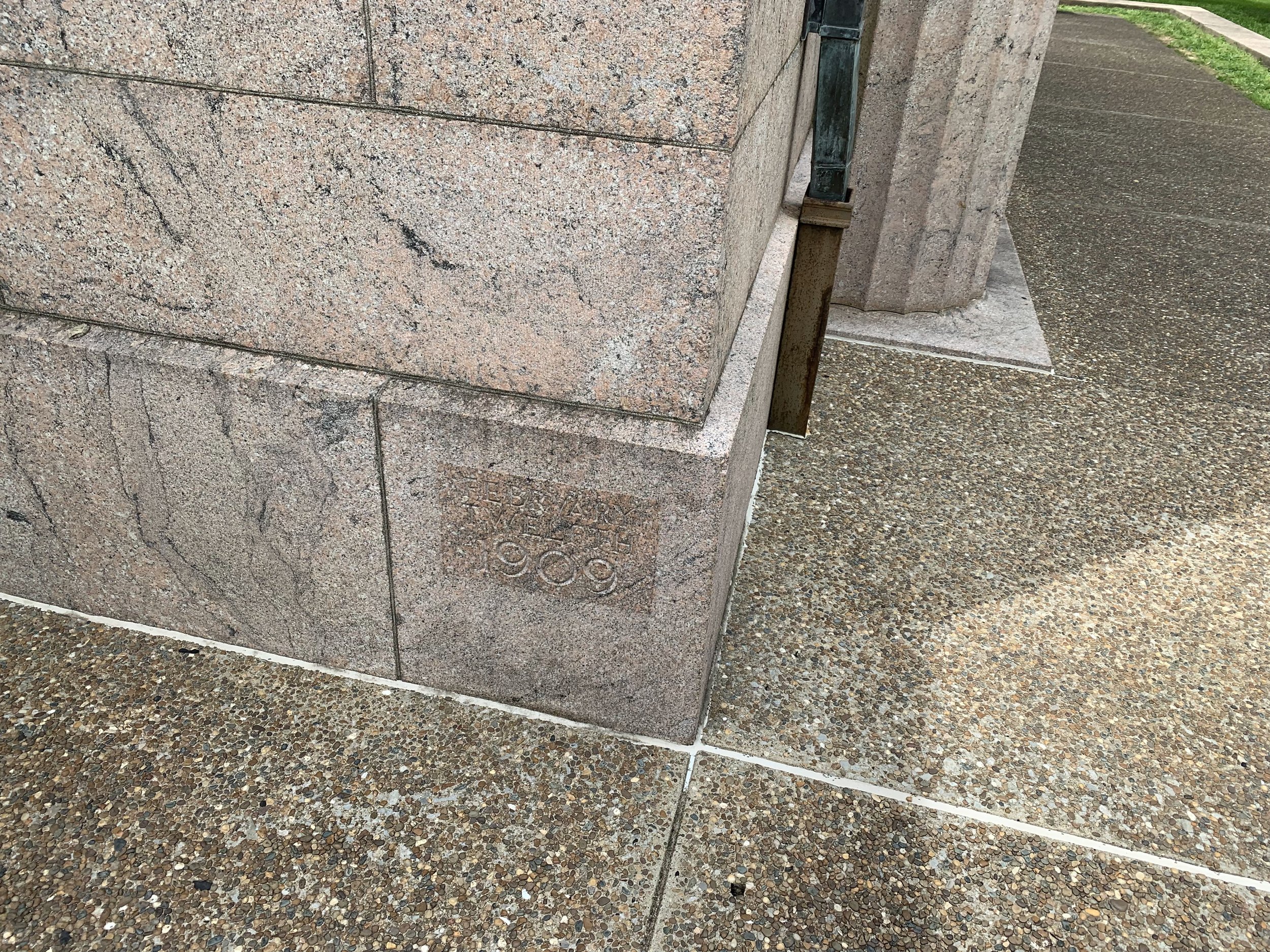
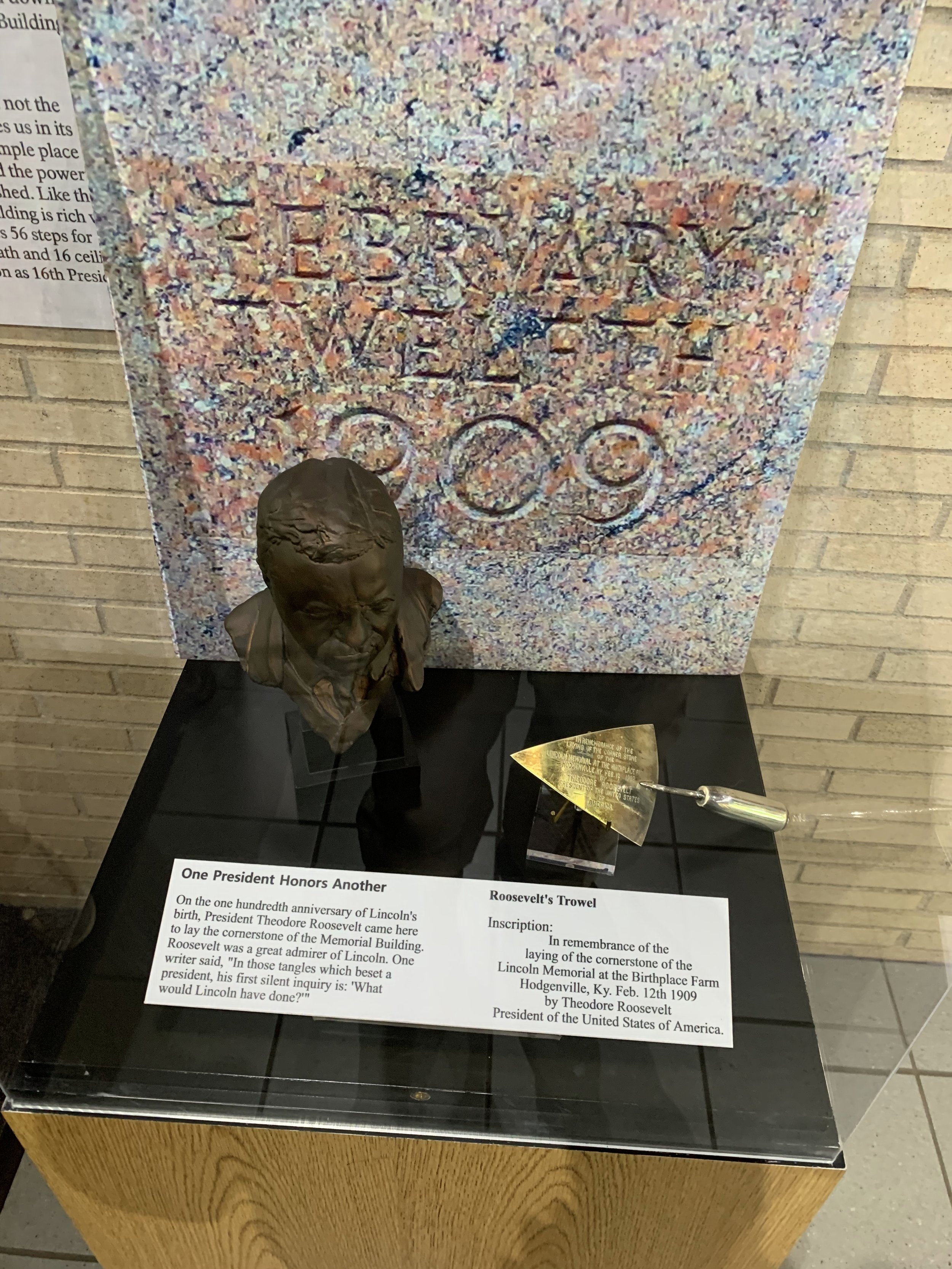
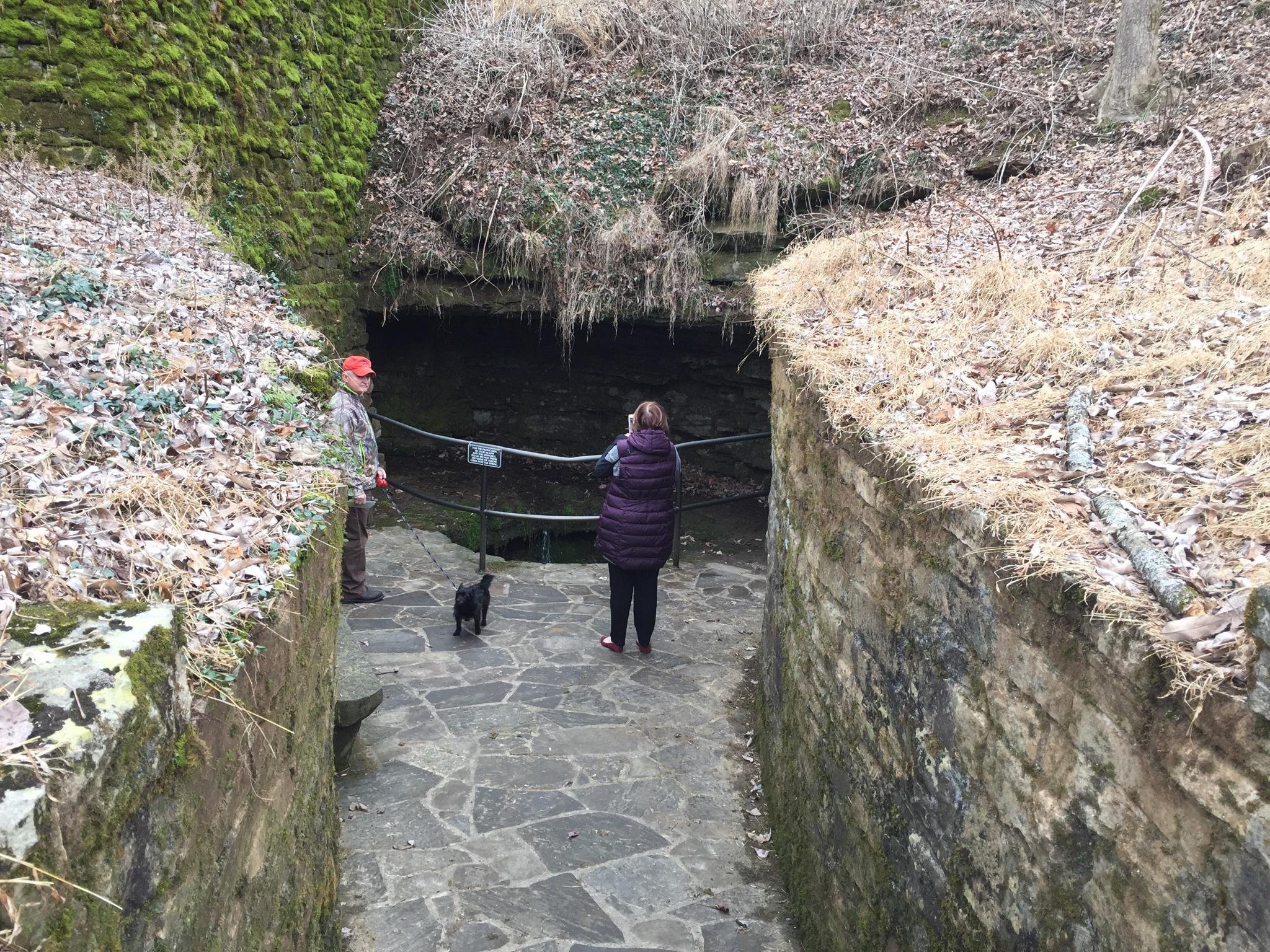
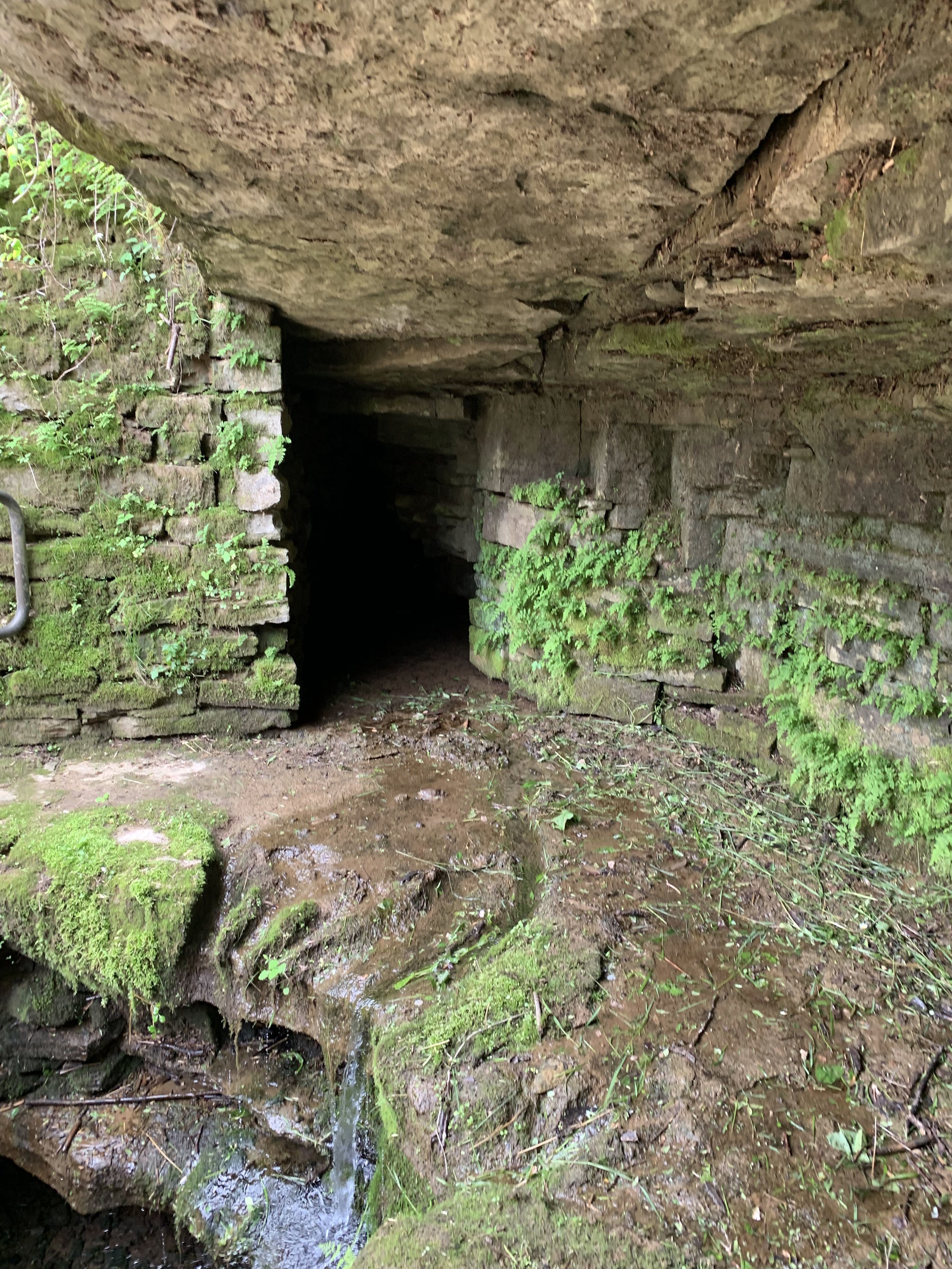

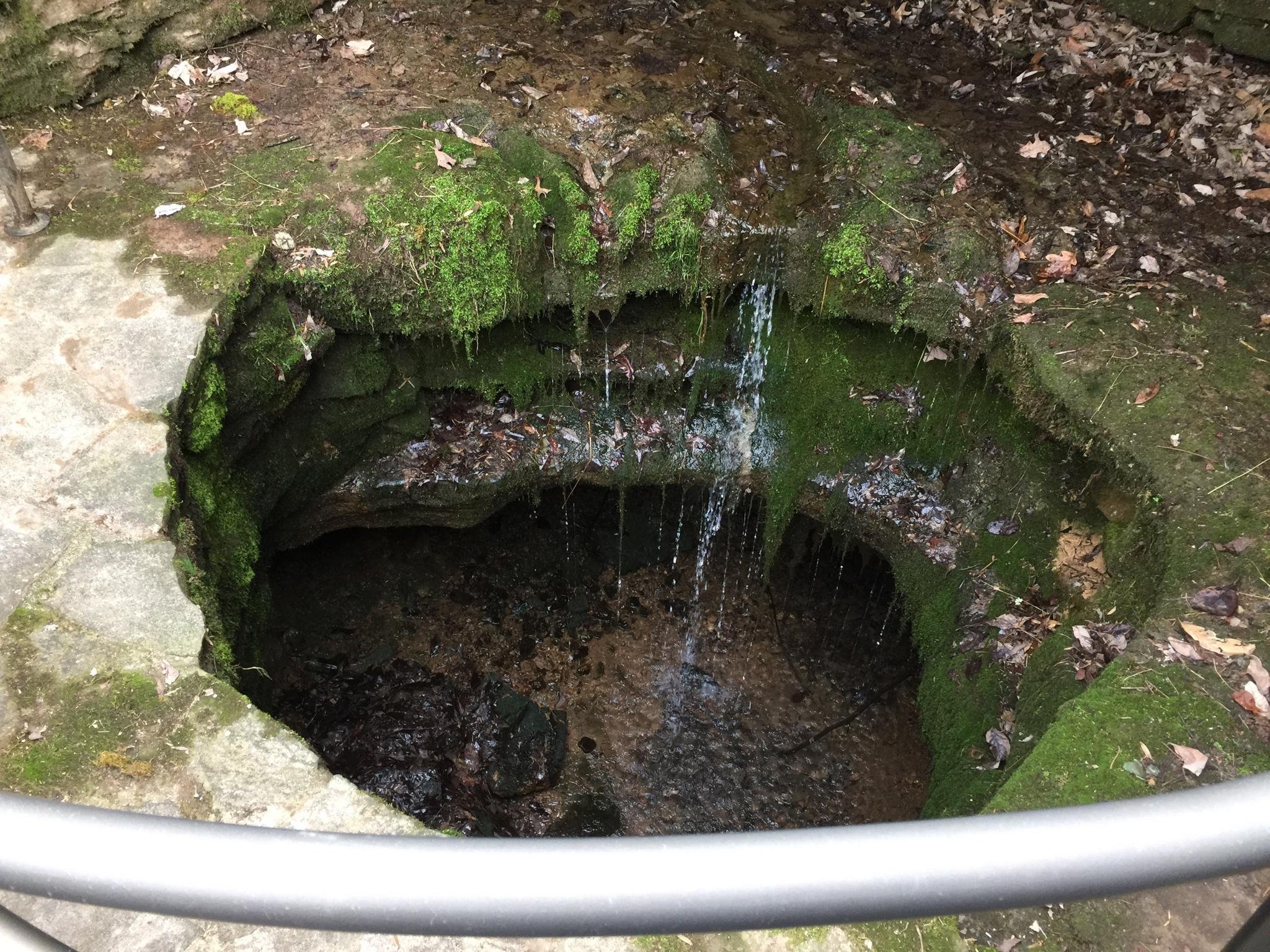
The election of Abraham Lincoln to the Presidency on November 6, 1860 enraged the pro-slavery south and kicked off the secession of southern states that would ultimately lead to the American Civil War. The 16th President would go on to lead the nation through 4 years of bloody conflict, win re-election, and be assassinated early in his second term, just days after the American victory at Appomattox. He may be remembered for his talents as a statesman and his calm steady guidance of the nation through its darkest hour, but Mr. Lincoln’s story begins on a humble hill-top near modern day Hodgenville, Kentucky.
Abraham was born on February 12th 1809 on the small “Sinking Springs Farm” owned by his parents Thomas and Nancy Hanks Lincoln. The farm site featured a small one room cabin situated just about a natural spring which emerged from the hillside before draining into a sinkhole. This spring was the primary reason for the Lincoln’s selecting this site for their home, as ready access to a clean and reliable water source was key to survival on Kentucky’s frontier.
The Lincoln’s would only live on the Sinking Springs Farm for a few years before migrating about ten miles north-east to a different farm along Knobb Creek. Lincoln would recount later in life that his earliest memories were at the Knobb Creek farm, meaning that the future President was far too young to recall living at his birthplace. Today, both locations have been turned into National Historic Parks.
Following his assassination on April 14th 1865 President Lincoln’s place in American history was solidified. The man who preserved the Union, freed the slaves, and who had hoped to rebuild a nation, became American’s first assassinated leader and a legend of American history. In 1894 Alfred W. Dennett purchased the Sinking Springs Farm where local legend had it that a nearby farmhouse had been built using timbers from the cabin where Lincoln had been born. Mr. Dennett disassembled the house and used its timbers to build a small one-room cabin in the style that would have been popular when Lincoln was born. On February 12th 1909 (the centennial anniversary of Lincoln’s birth) President Theodore Roosevelt laid the cornerstone of a grand marble building to house that cabin. The site was completed in 1911 and dedicated by then President William Howard Taft.
Today visitors to the Lincoln Birthplace National Historic Park will find a small modern visitor’s center featuring some historic relics, and a brief movie about the Lincoln family’s time at the farm. They can then climb the 56 marble stairs (one for each year of Lincoln’s life) to visit the memorial structure, and go inside to view the recreated cabin as well as a pust of the former President. At the foot of the memorial’s stars you can also descend into the namesake spring and watch/listen to the water trickle down into the sinkhole. The property also features a small hiking trail, as well as the remains of various tourist cabins and an old inn from the parks time as a more traditional “tourist trap” type site.
The Bluegrass State is perhaps the perfect microcosm of the Civil War. Both Union President Abraham Lincoln and Confederate President Jefferson Davis were born here (less than 100 miles apart), and although the state never seceded from the Union, both sides of the conflict were passionately supported by its citizens. The war tested the nation’s devotion to the ideals of freedom and liberty like nothing else, and Mr. Lincoln’s role in preserving those ideals cannot be understated. Although this National Historic Park may not be the largest attraction in the state, it is well deserving of a visit by any American who enjoys the freedoms that so many fought and died to preserve.
Want to Experience This Adventure for Yourself?:
Abraham Lincoln Birthplace National Historic Park
SS-100-X: America’s Most Historic, and Tragic Automobile
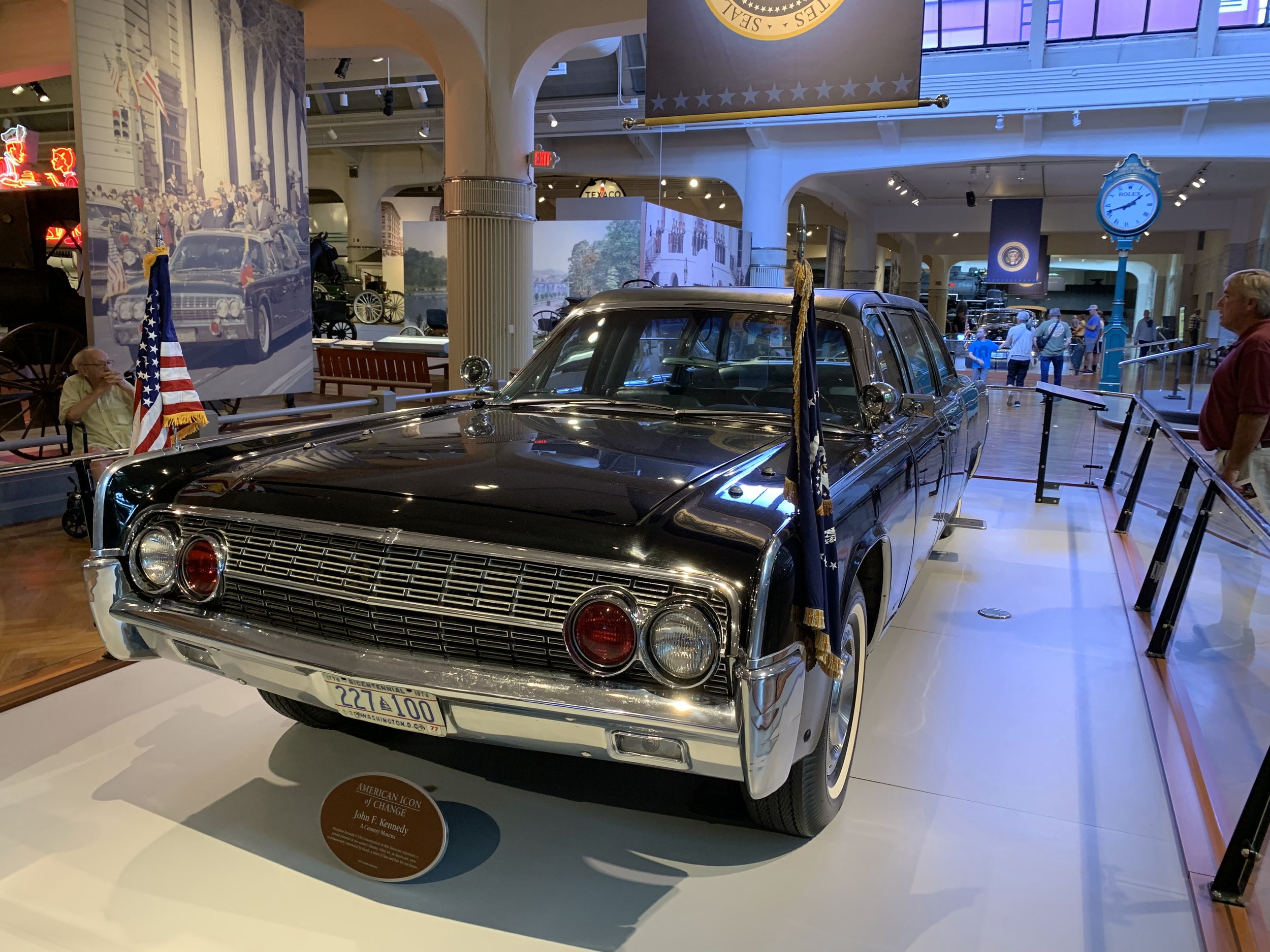
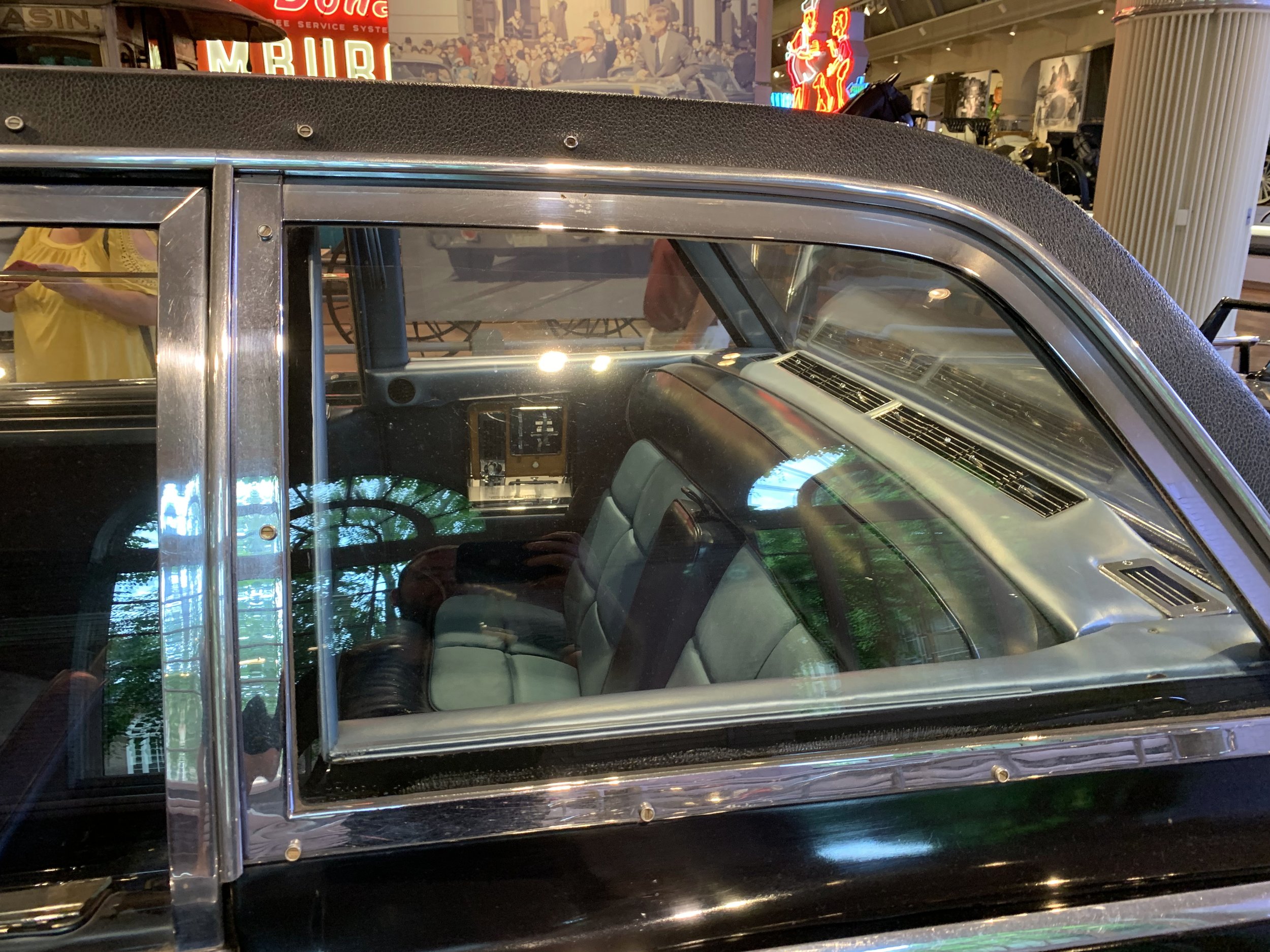
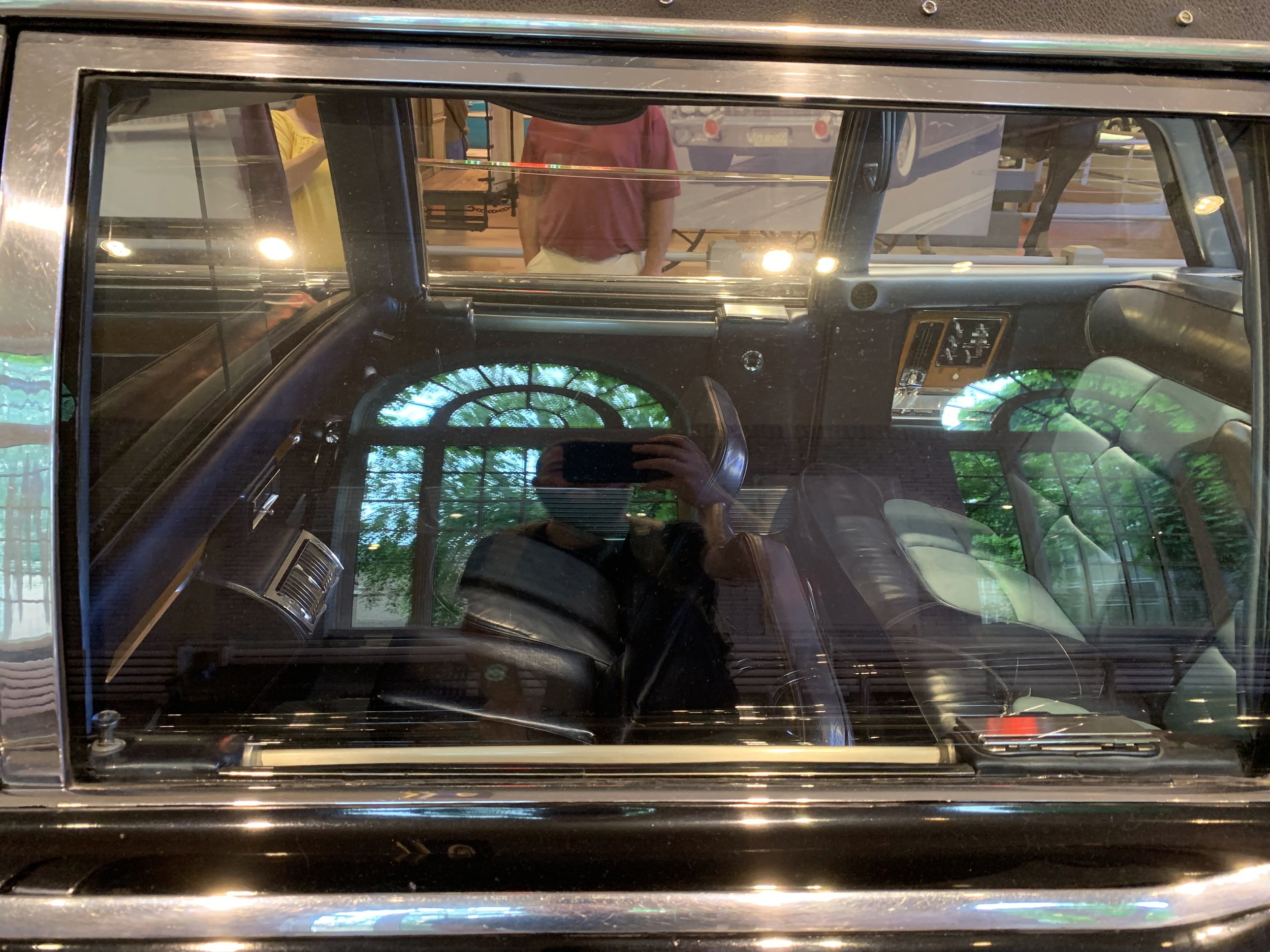

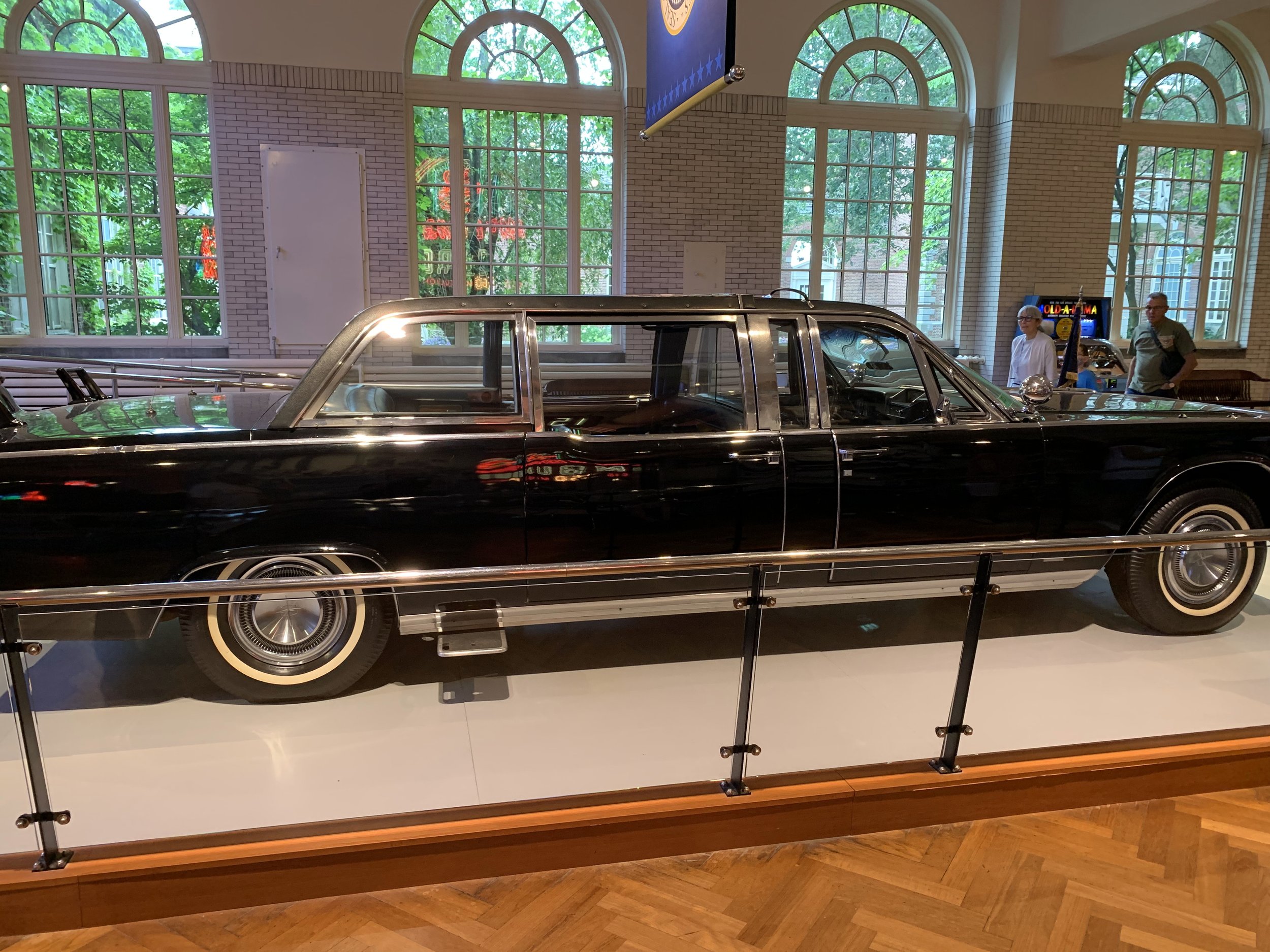
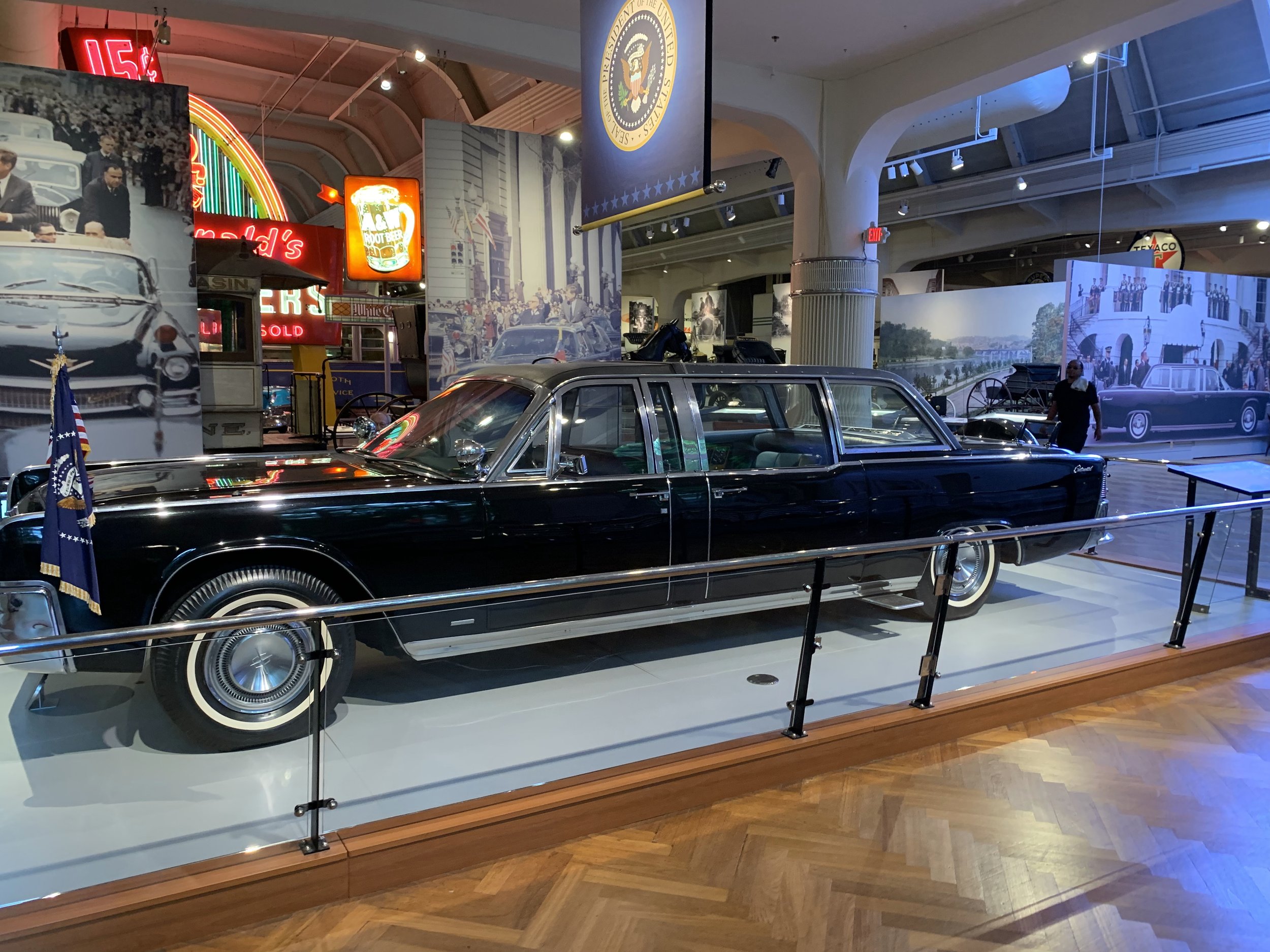
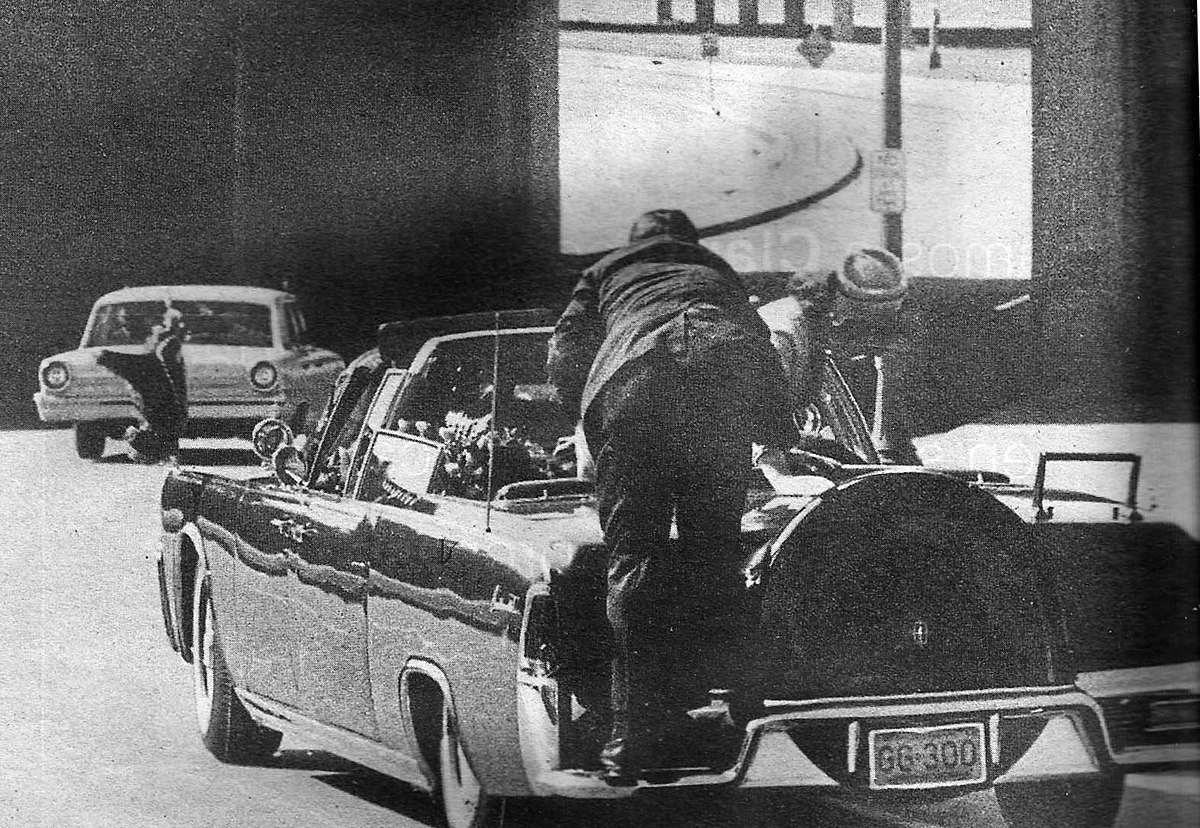
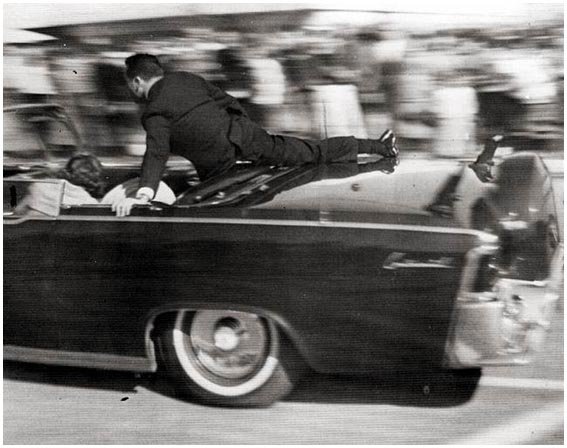
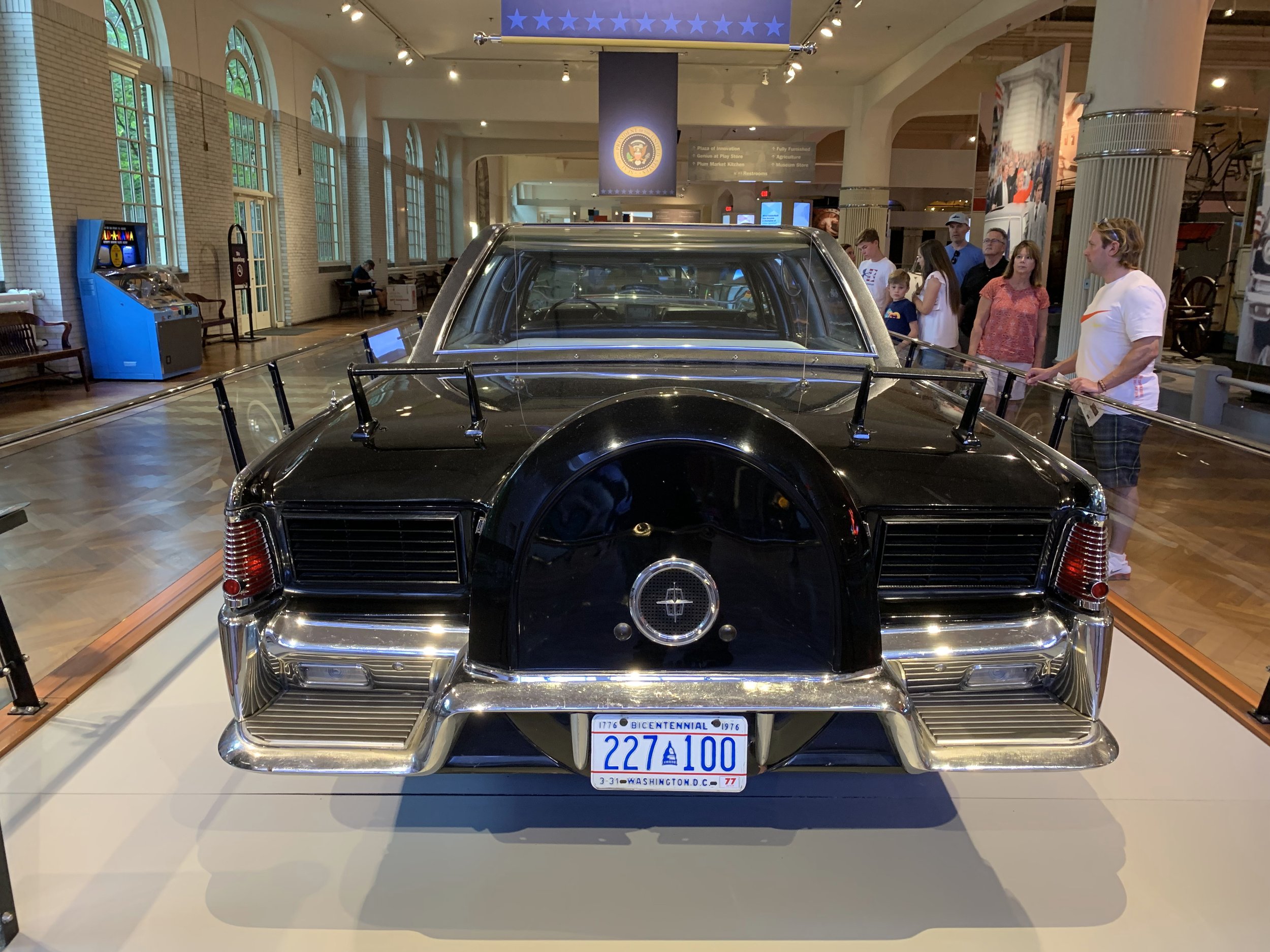
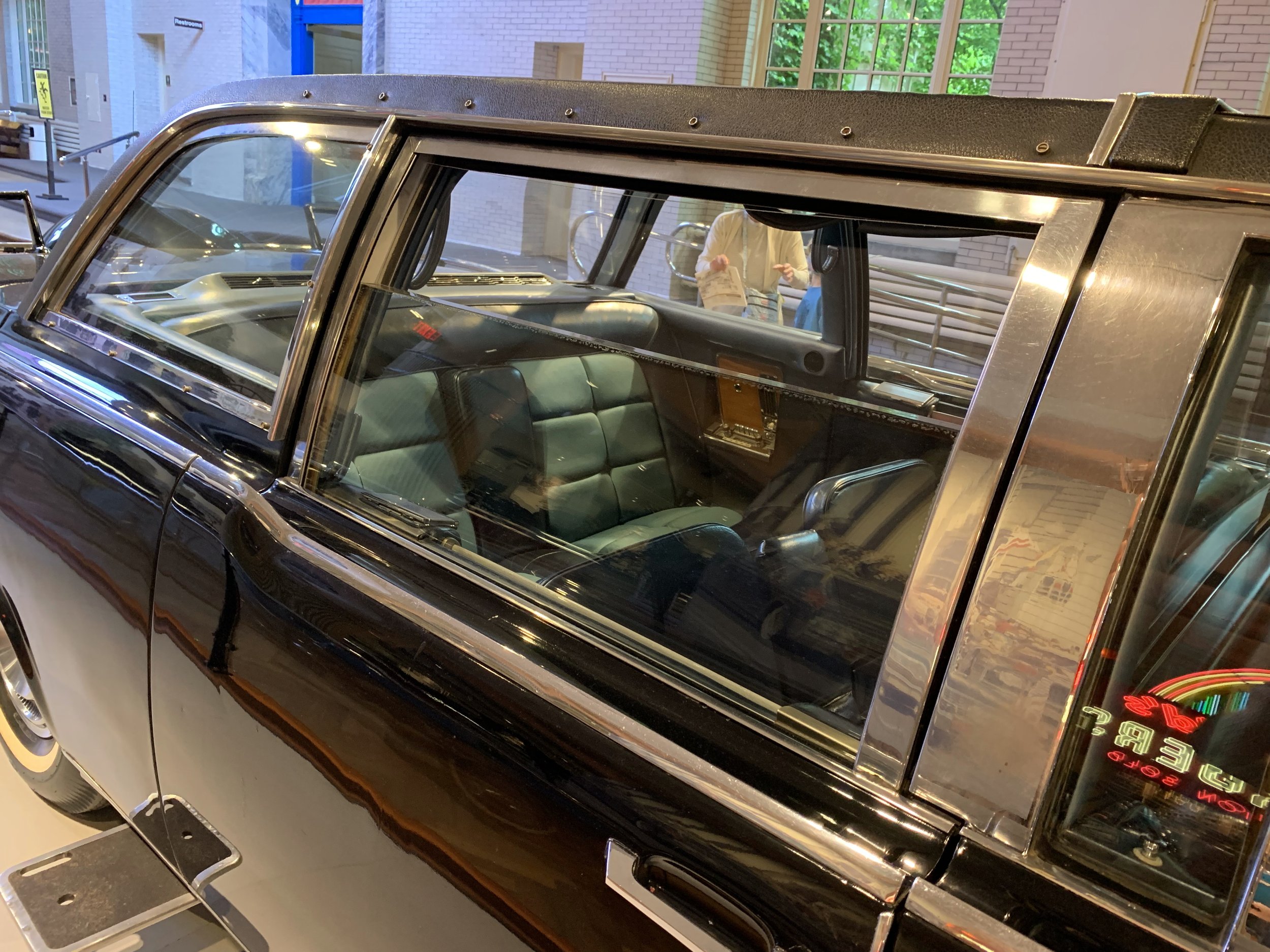
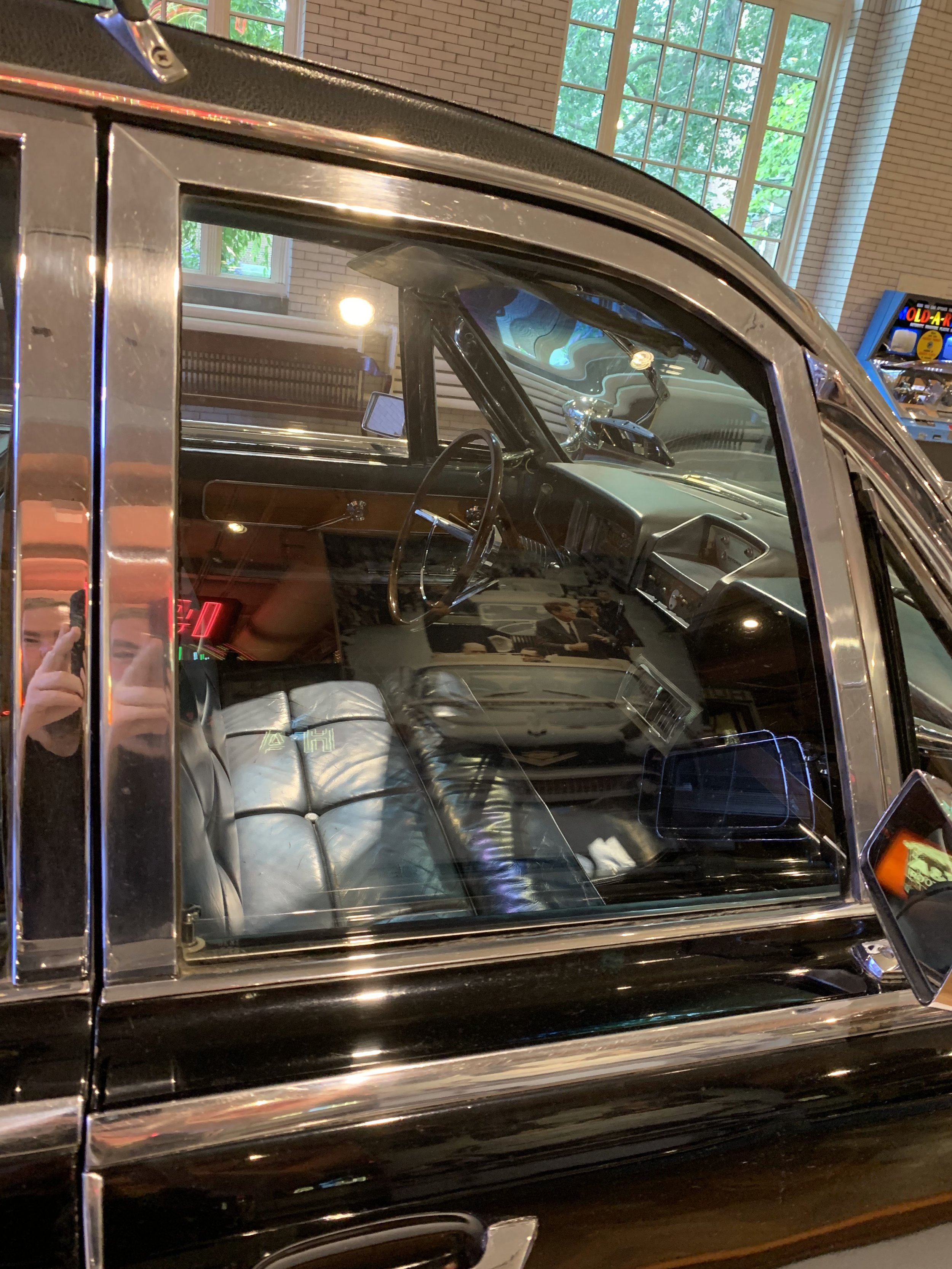
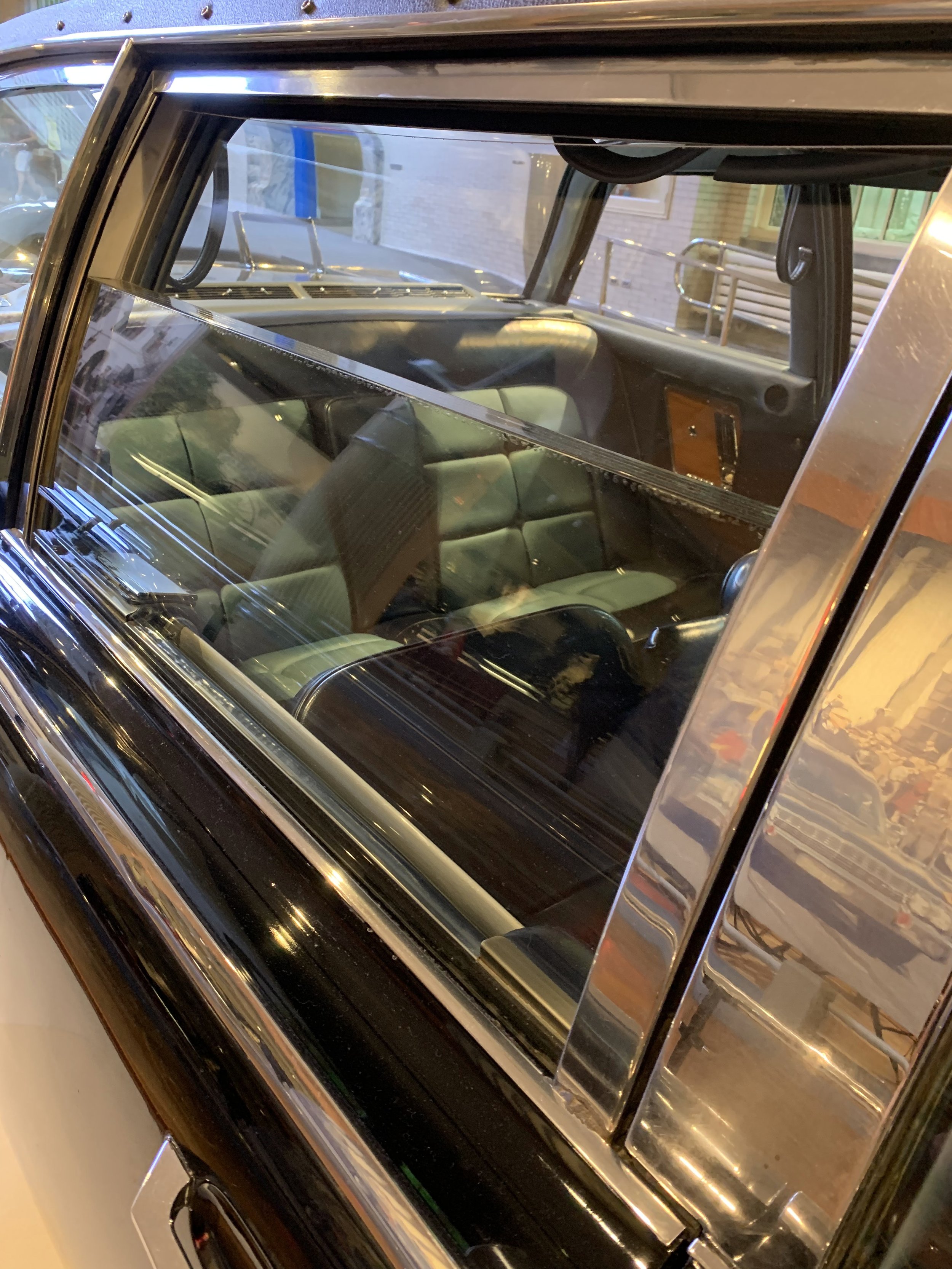
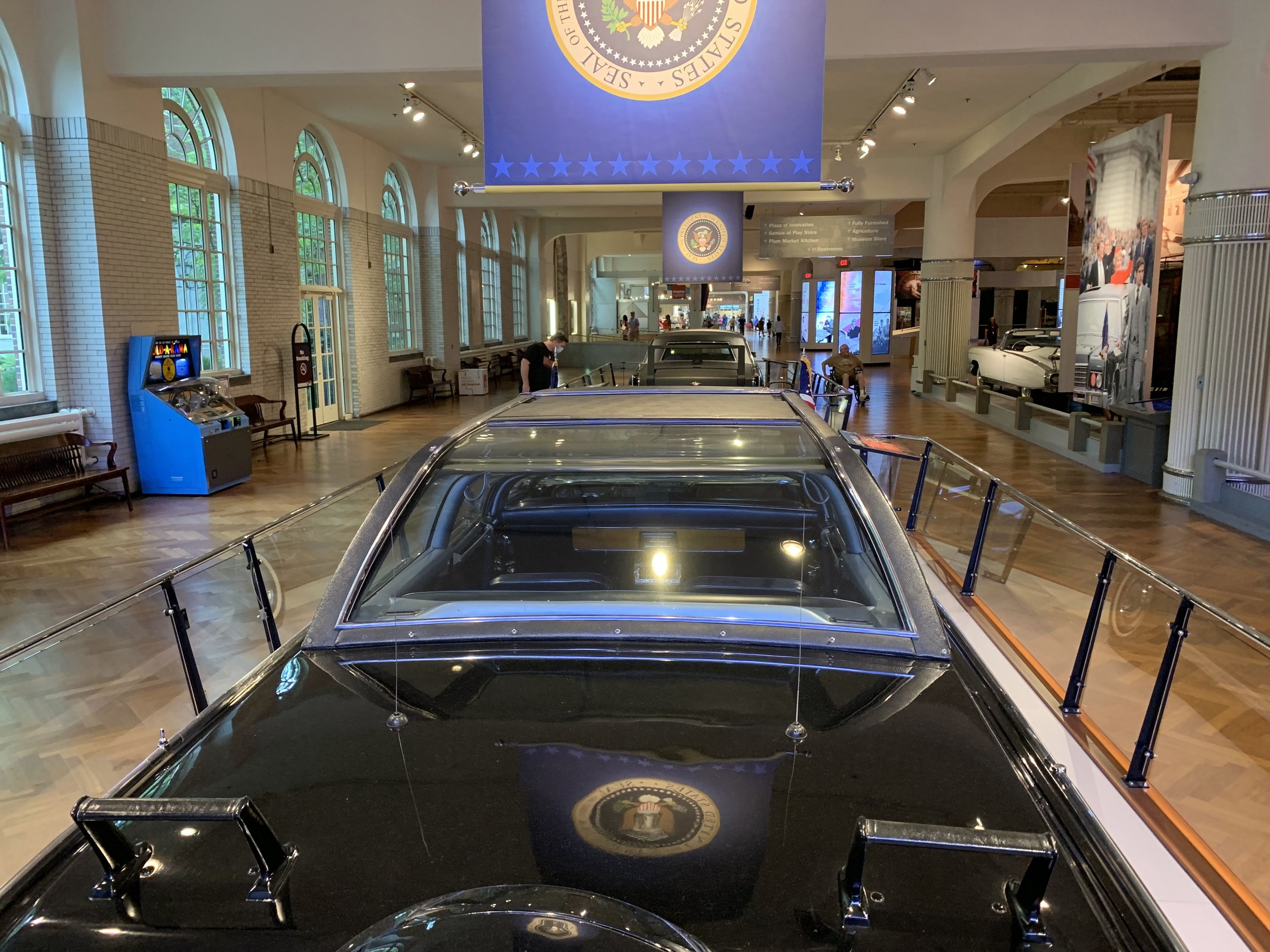
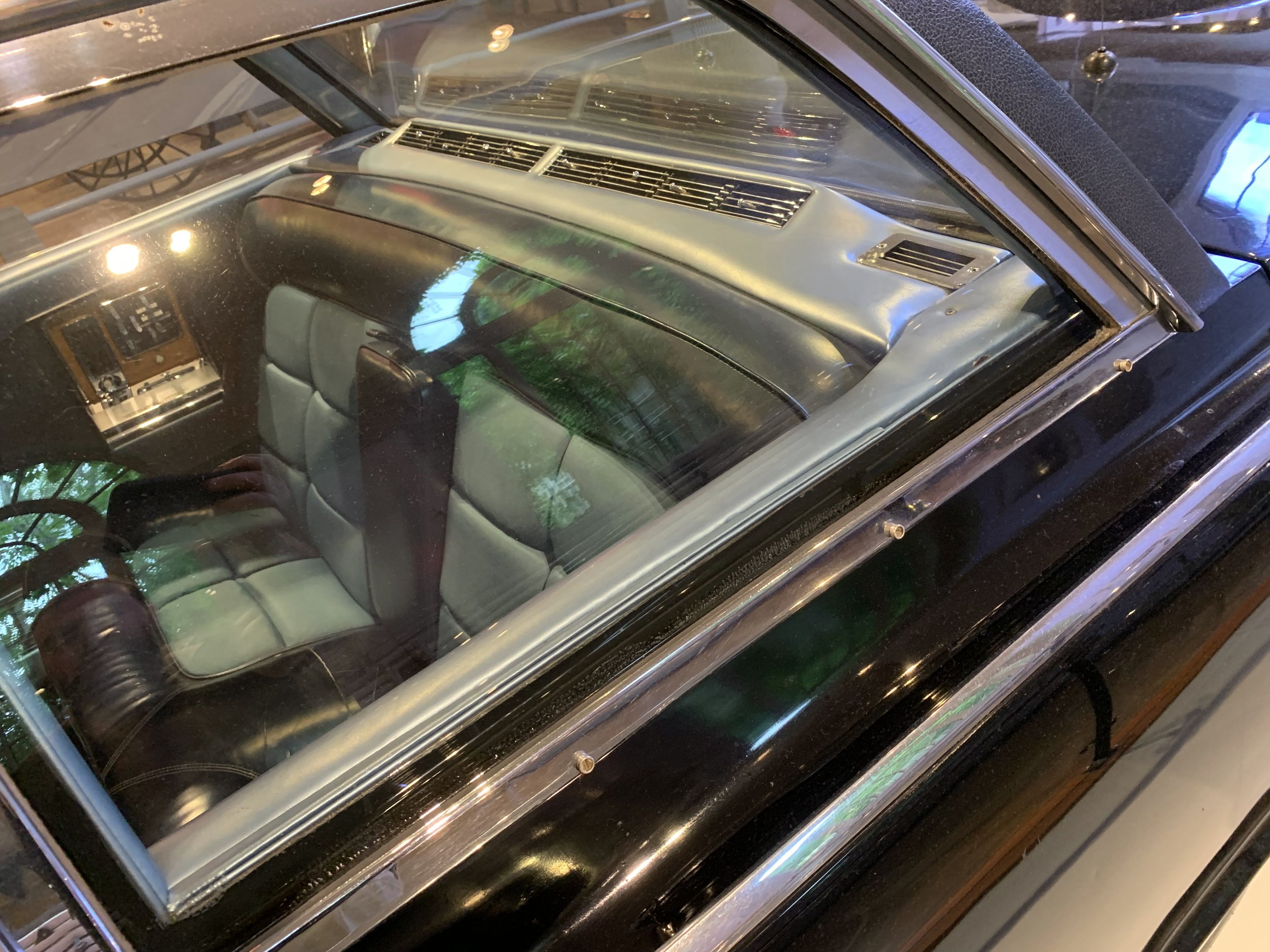
At 12:30pm CST on Friday November 22, 1963 3 shots rang out in Dealey Plaza. Those shots instantly set off a panic on the ground in Dallas that day, and almost as quickly sent the nation into a storm of fear, anger, and confusion. Almost 60 years later many people still question the official findings of the Warren Commission, but what we know for certain is that in an instant the age of “Camelot” in America came to an end as the nation’s young President was cut down in front of an adoring crowd.
At the time of his assassination the President along with his wife and Texas Governor John Connally and his wife were riding in SS-100-X, the Secret Service codename for Kennedy’s 1961 Lincoln Continental four-door convertible limousine. Although the car had an optional bullet-resistant glass top, Kennedy had insisted on riding without it that day to make himself more accessible to the citizens of Dallas.
With the parade tour almost over the car turned onto Elm Street and began to accelerate towards the on-ramp for the nearby freeway. Mrs. Connally turned toward the young President and said “Mr. President, you can't say Dallas doesn't love you". Kenny responded with what would prove to be his last words. “No, you certainly can't".
The Warren Commission determined that Lee Harvey Oswald fired 3 shots that day from his Mannlicher-Carcano M91/38 bolt-action rifle. The first shot missed the car entirely, striking the pavement near onlookers in front of the car. The second shot entered the back of the President's neck, passed through, and struck Governor Connally. The final shot would prove fatal, striking the back of his head, exploding a significant chunk of his skull.
In a panic, First Lady Jaqueline Kennedy climbed onto the back of the limousine and began collecting fragments of the President’s skull and brains. Secret Service Agent Clint Hill (Mrs. Kennedy’s personal bodyguard) was riding on the front of the car immediately behind the Presidential car, and immediately sprang into action, running up to the car, climbing aboard and shoving Mrs. Kennedy back into the seat before shielding both the President and First Lady with his own body. In keeping with Catholic tradition the President was not formally declared dead until reaching a nearby hospital and receiving his Last Rights. Given the magnitude of his injuries however, it is abundantly clear that the man who arguably saved the world with his cool head during the Cuban Missile Crisis, died right there in Dealey Plaza in the back set of SS-100-X.
Following the assassination the car was cleaned extensively by the Secret Service the next day, possibly destroying valuable evidence in the process. It was then permanently fitted with it’s bullet-resistant top, and returned to service in the Presidential fleet where it remained through the Nixon Administration. Presidential vehicles are not actually owned by the government, but are simply leased from their manufacturers. So at the end of its service life, this historic vehicle was returned to the Ford Motor Company, who chose to preserve it at the Henry Ford Museum in Dearborn Michigan. Today it is prominently displayed as part of a segment on Presidential cars. During his lifetime Mr. Ford used his immense wealth to collect the most historic items that money could possibly buy. As a result, the car currently sits less than 500ft away from another tragic piece of Presidential history, the chair in which Abraham Lincoln was shot. The Henry Ford is easily one of the most epic and eclectic museums in the world, and well worth a trip to the Detroit area.
Want to Experience This Adventure for Yourself?:
The Henry Ford Museum of American Innovation
Bennett’s Mill Covered Bridge
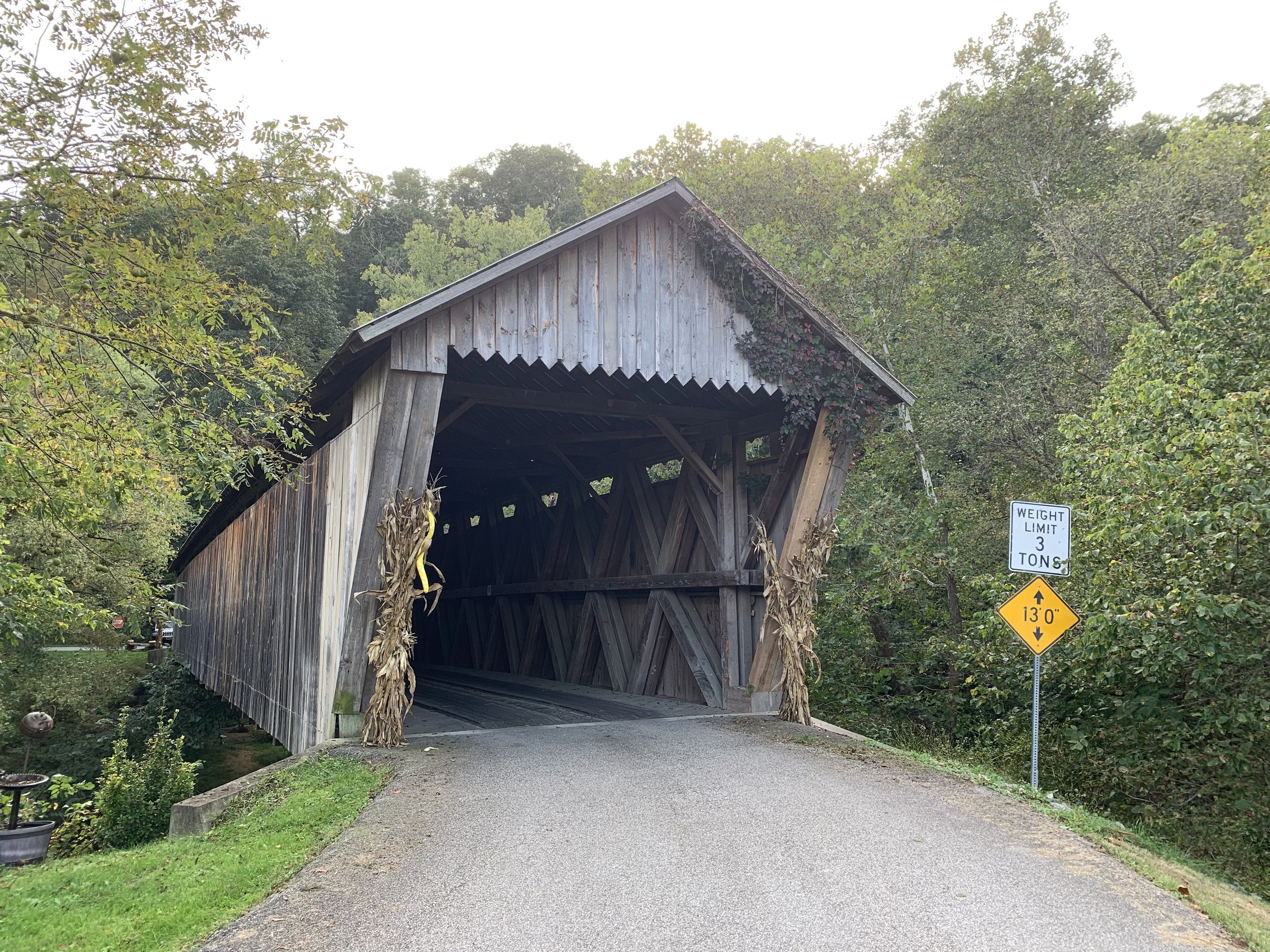
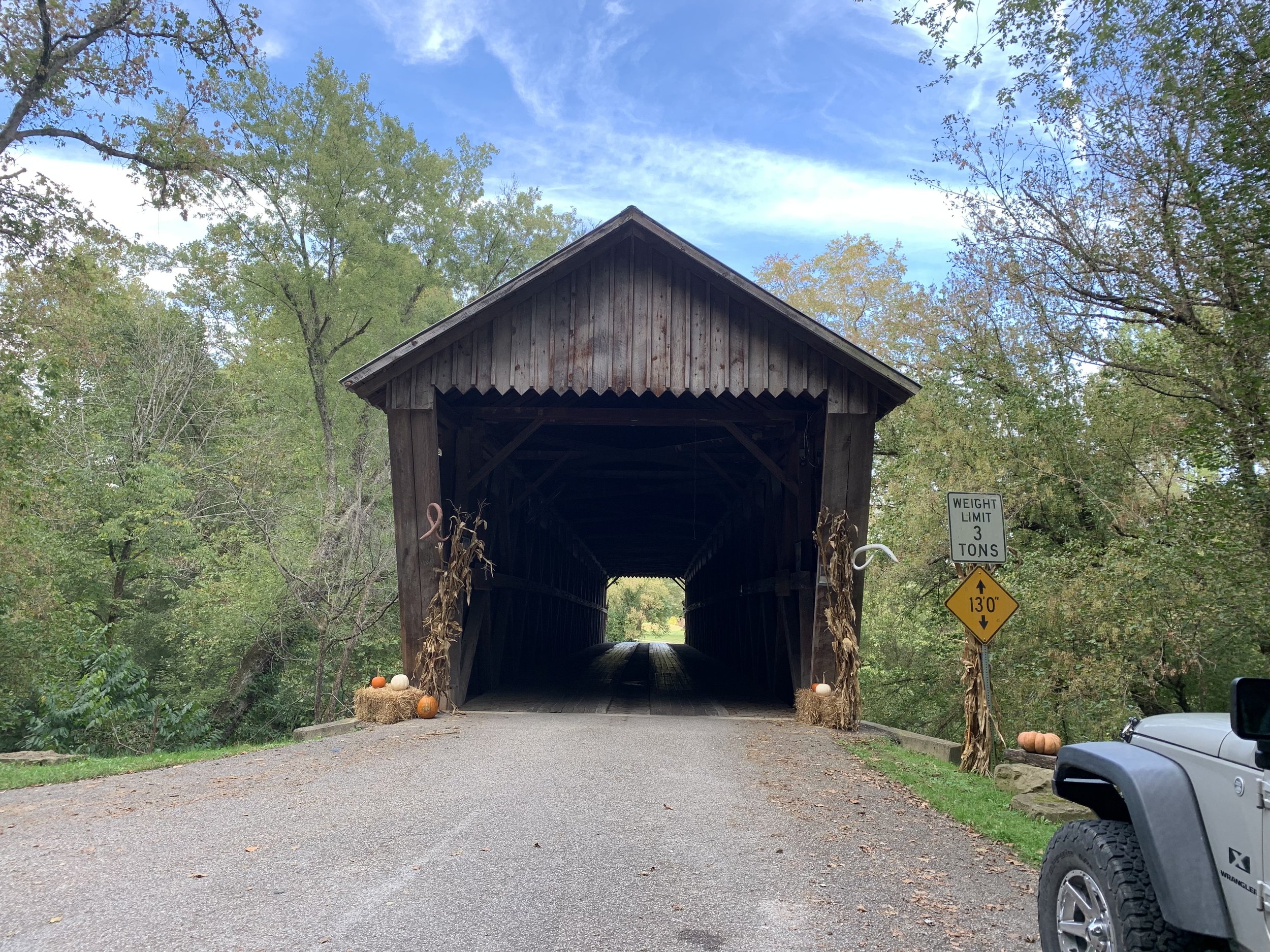
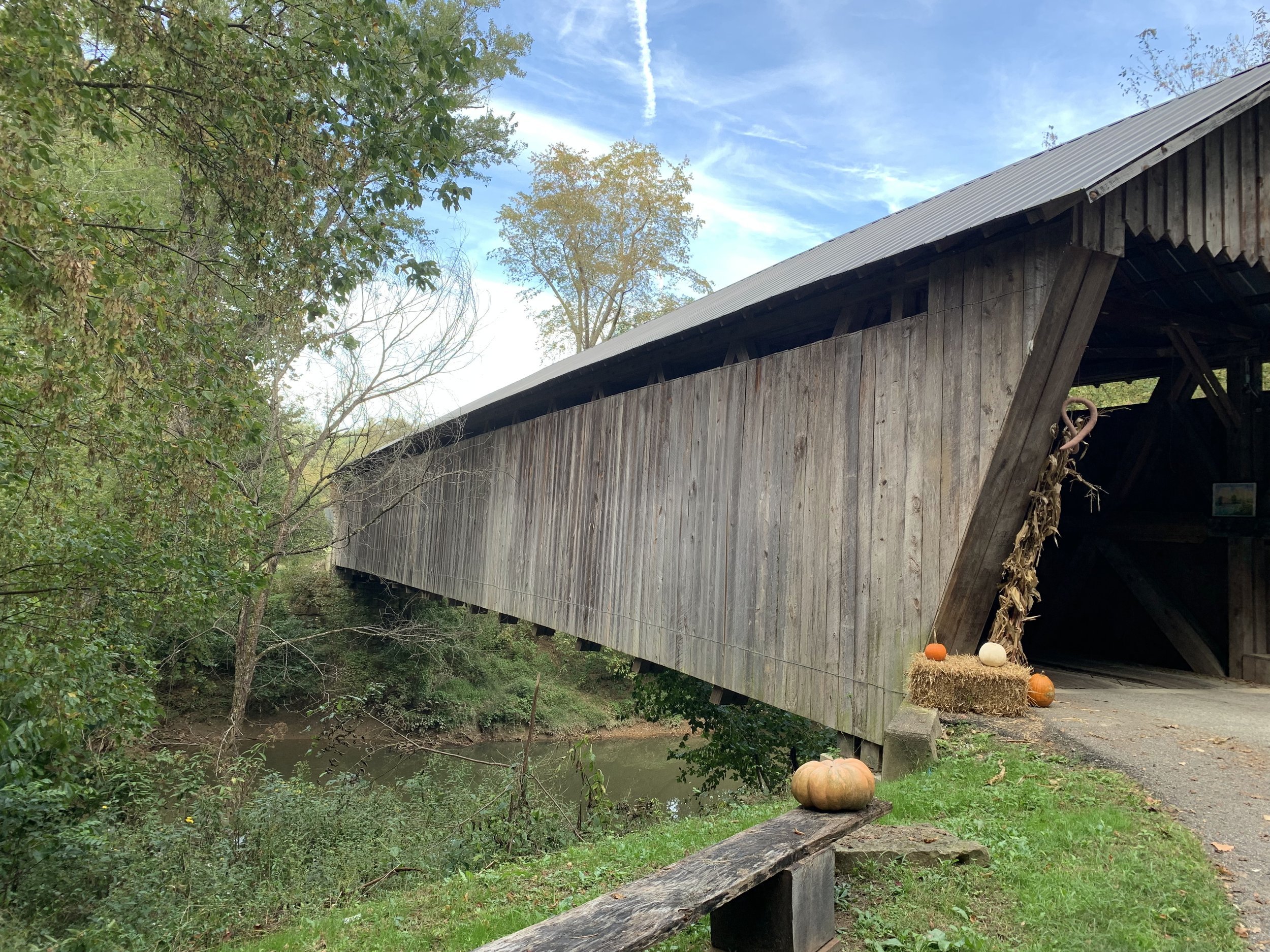
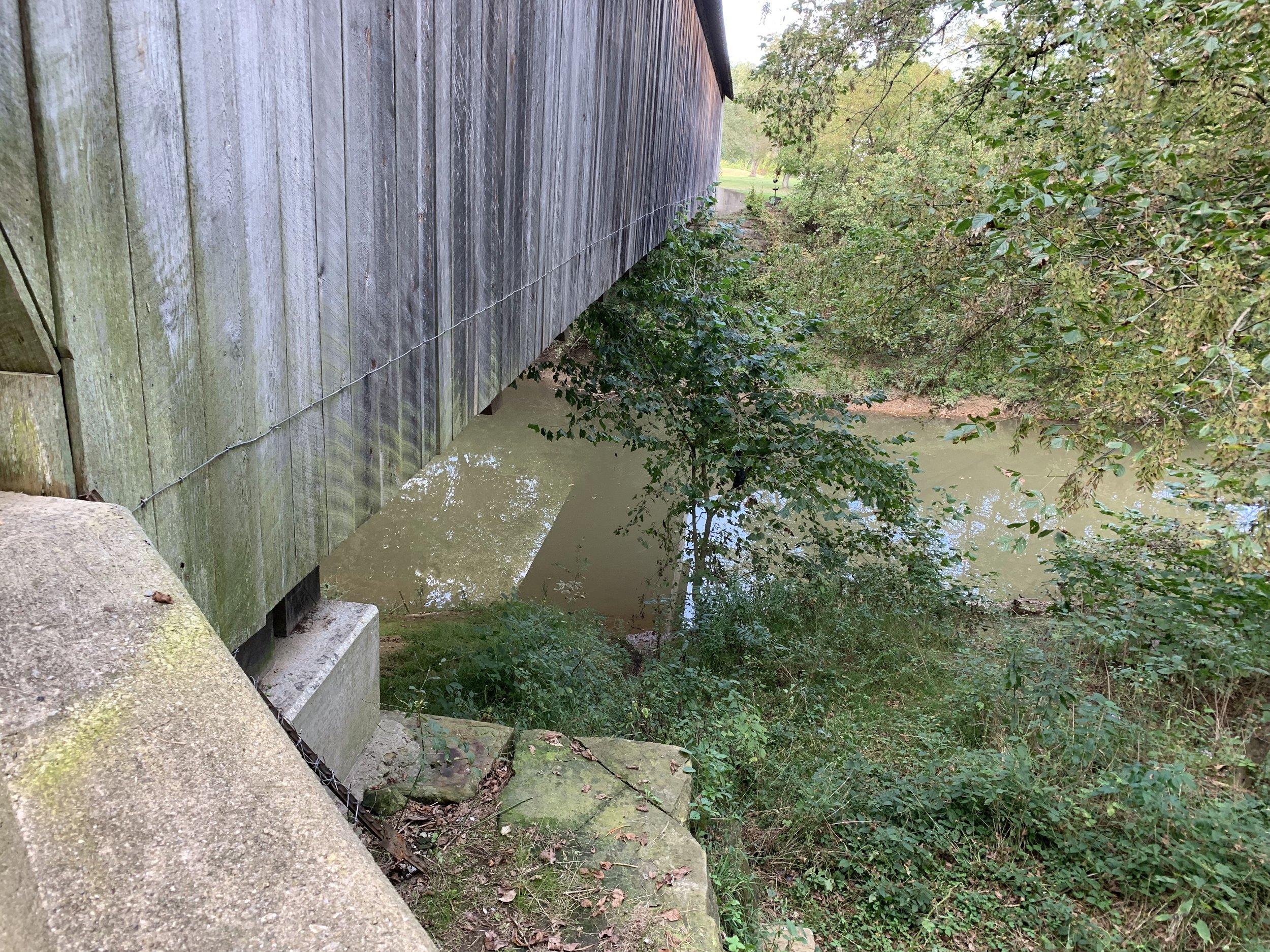
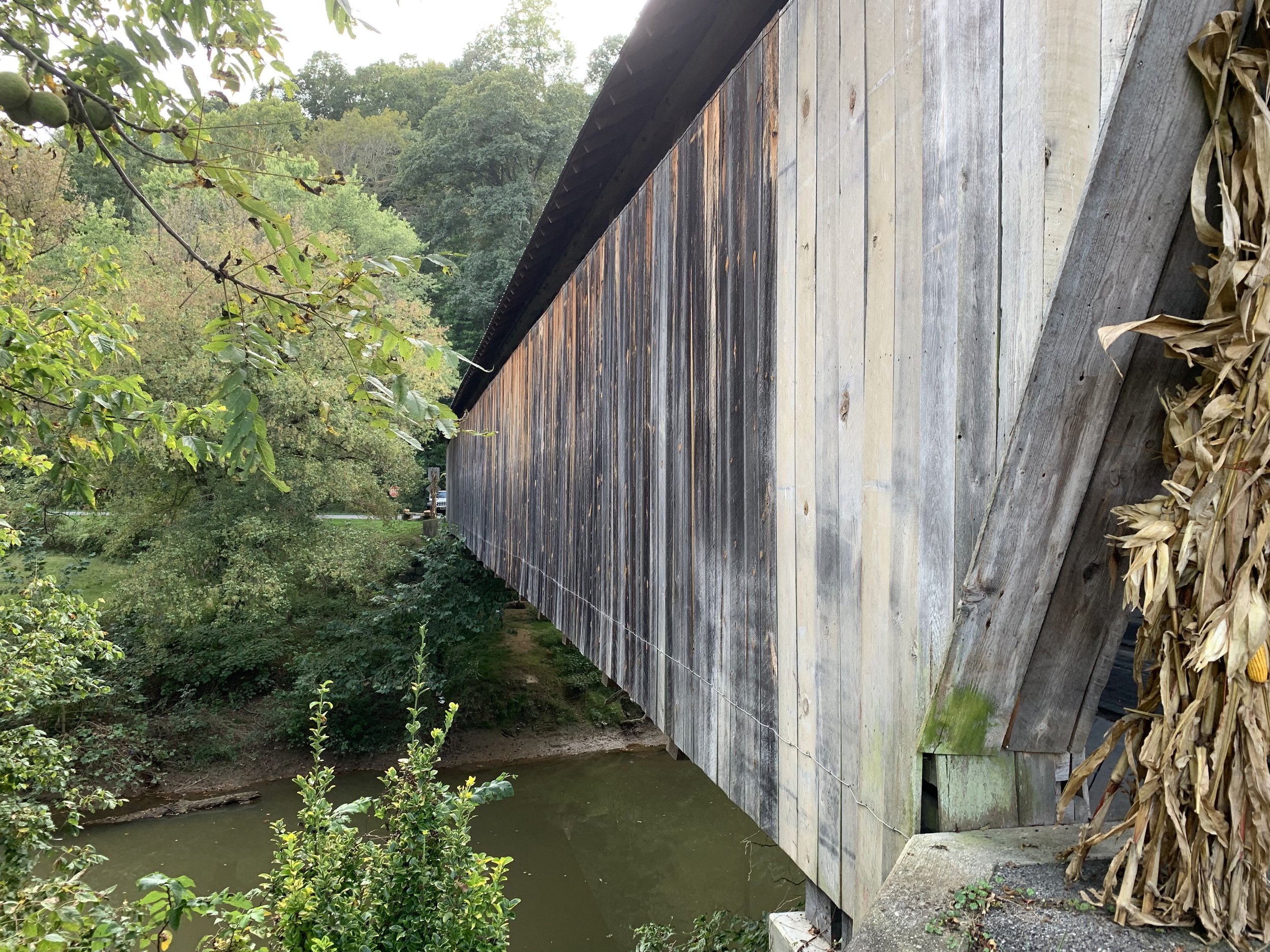
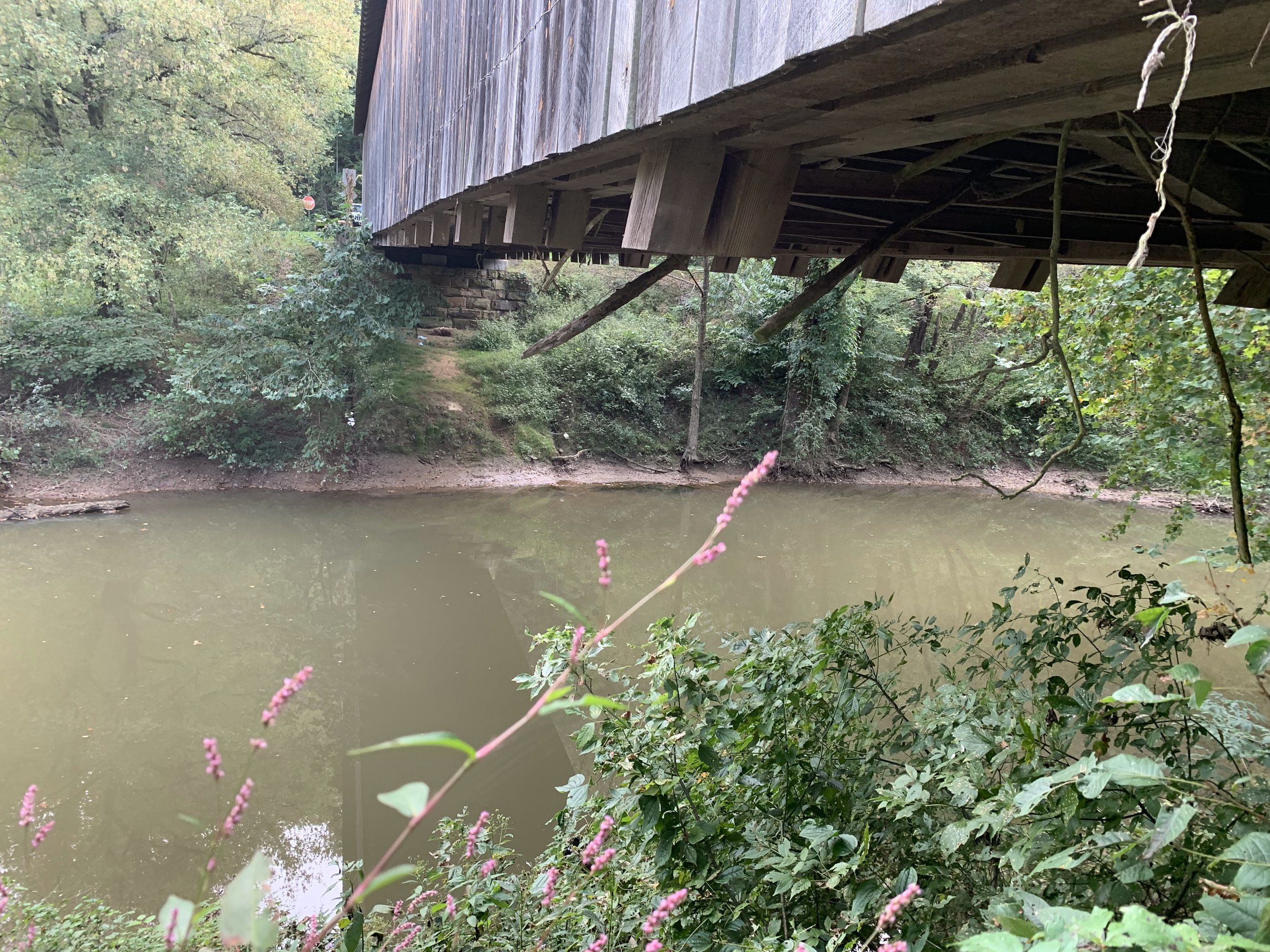
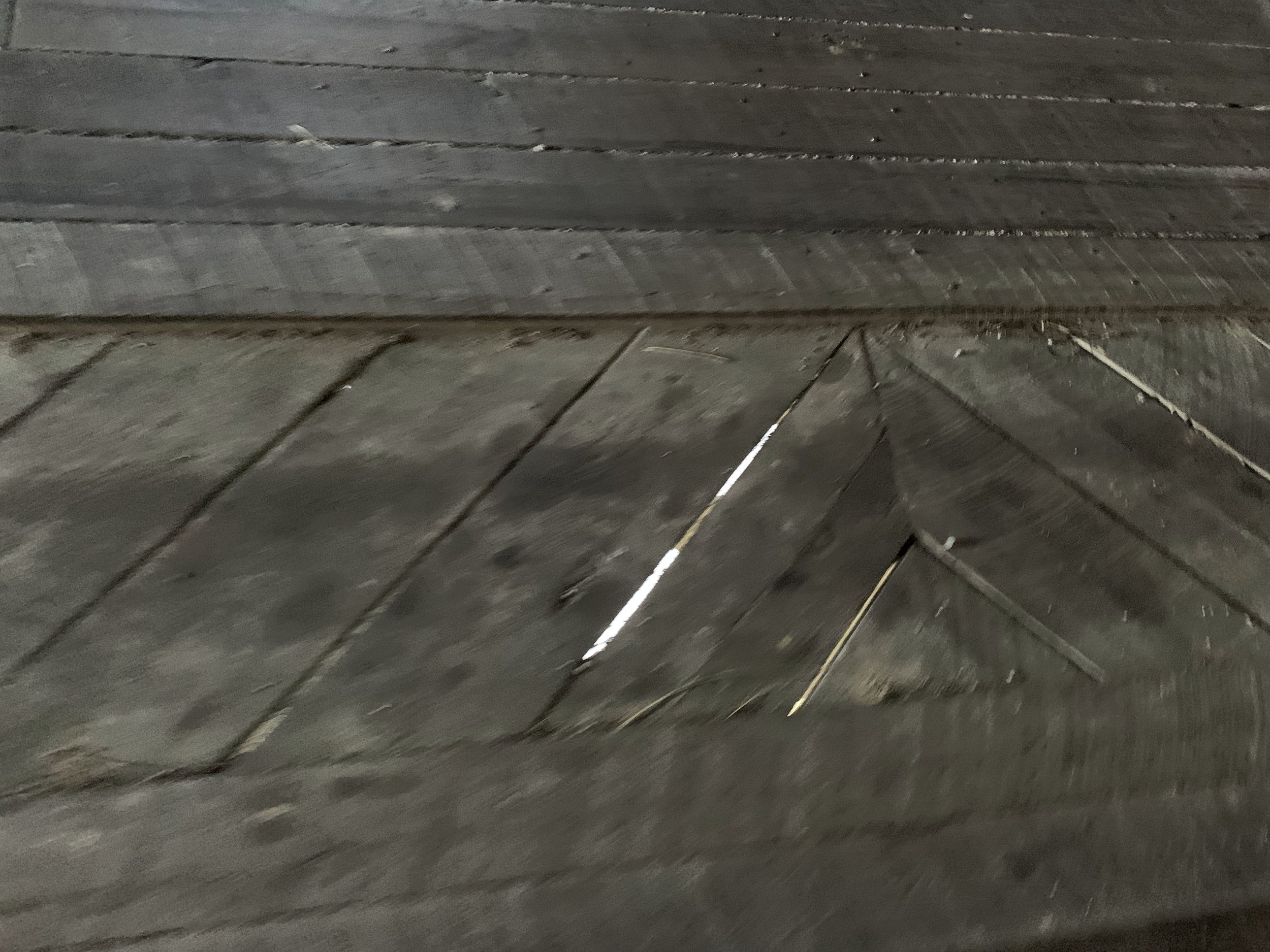
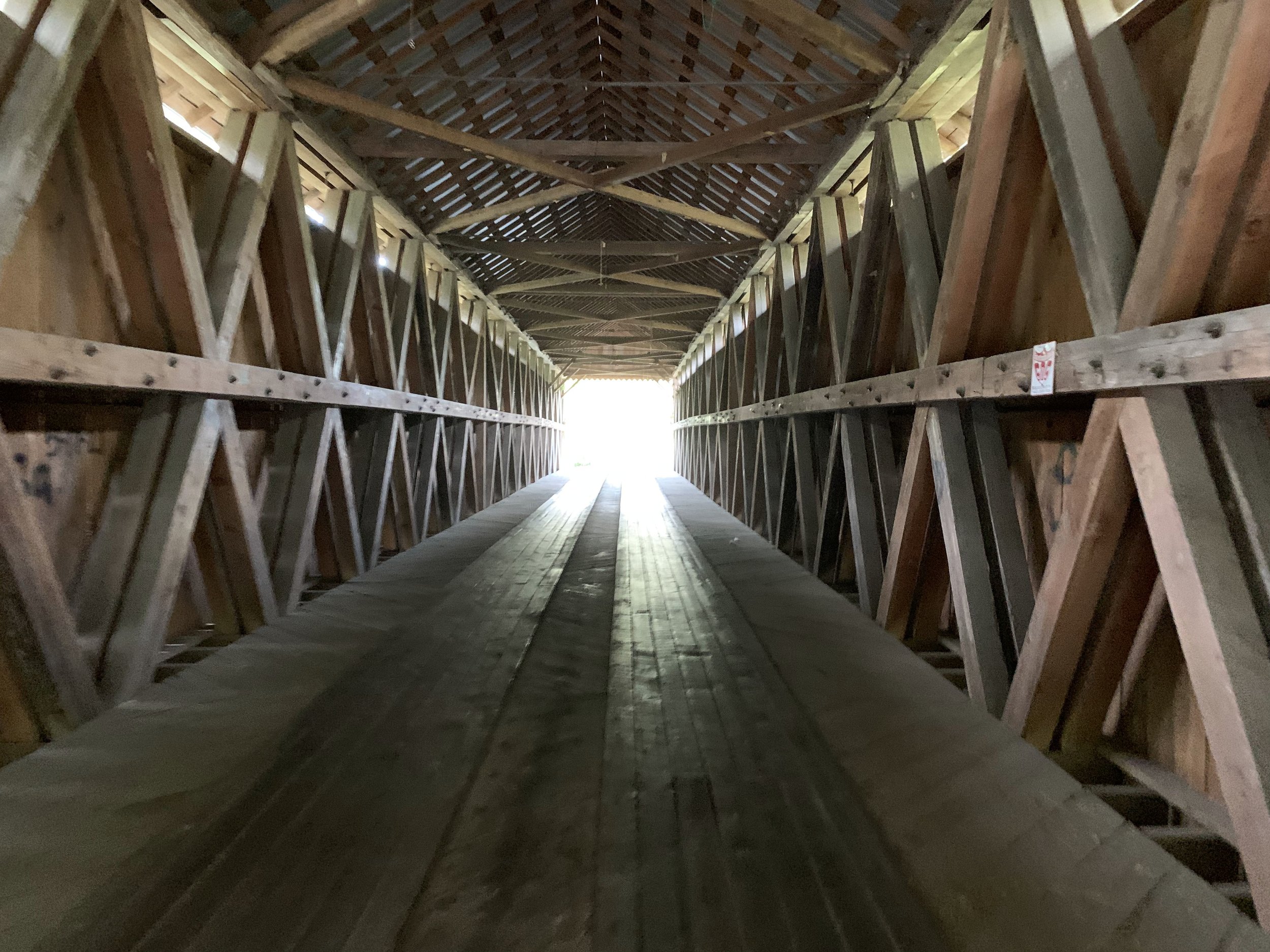
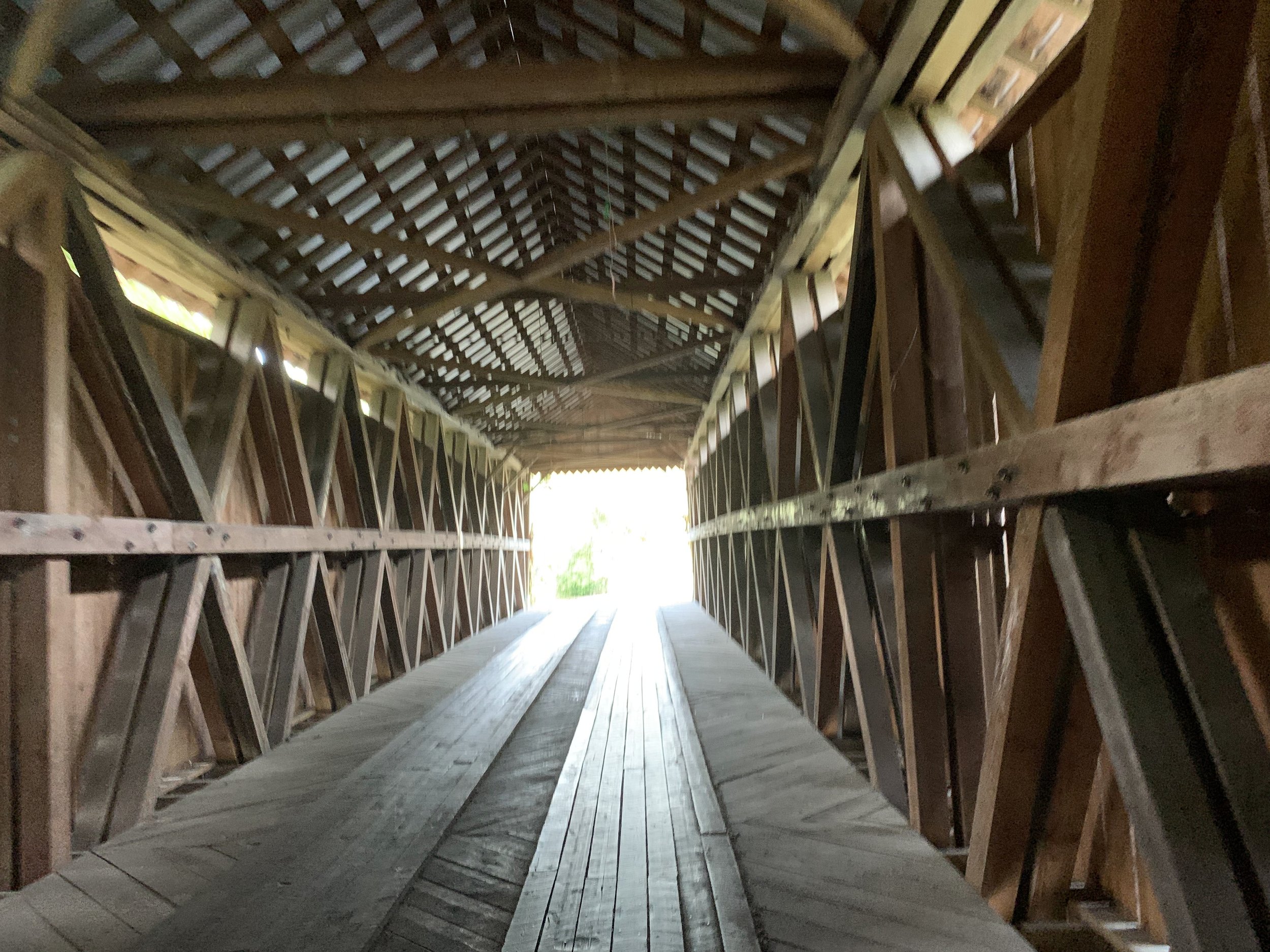
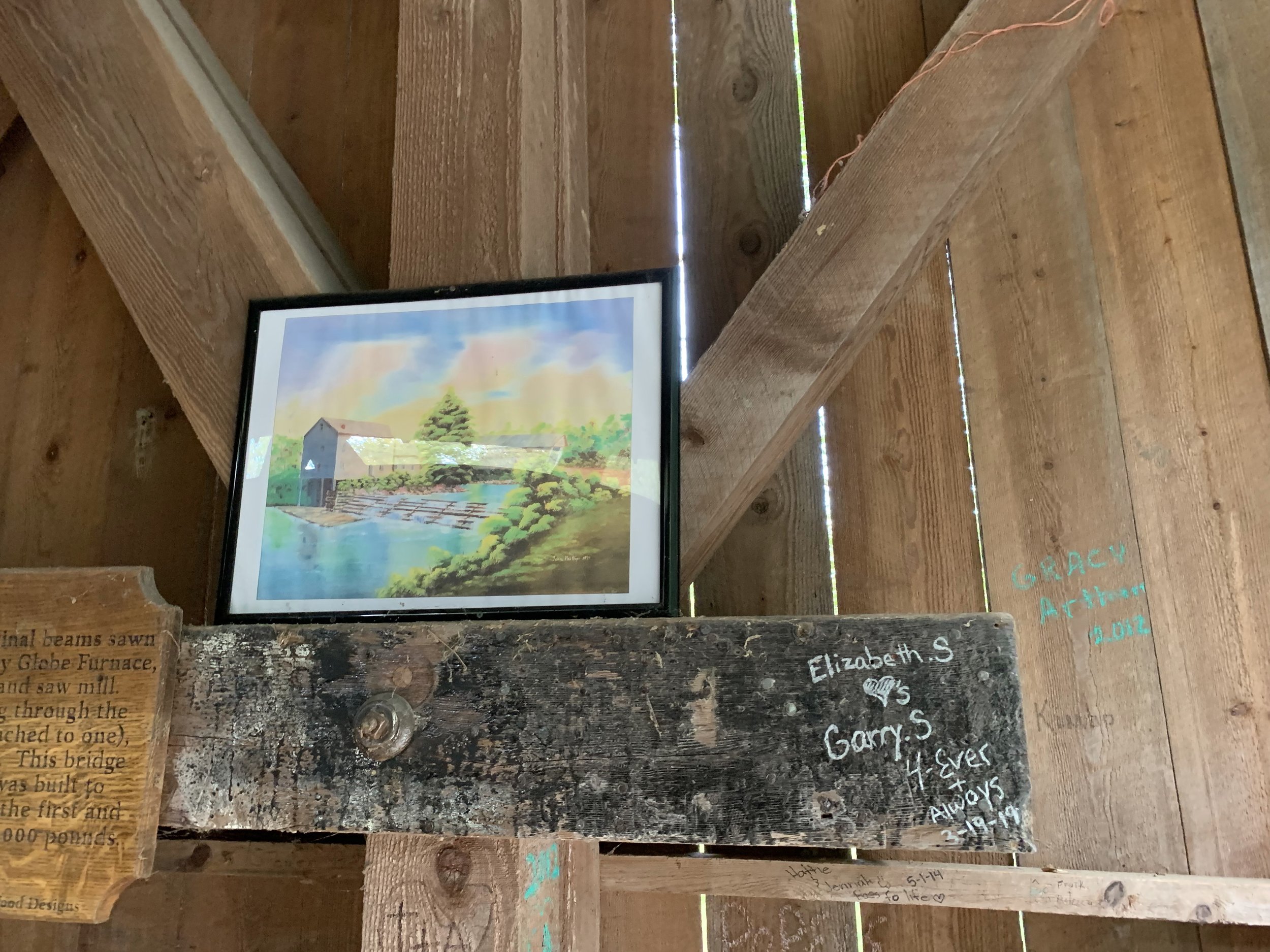

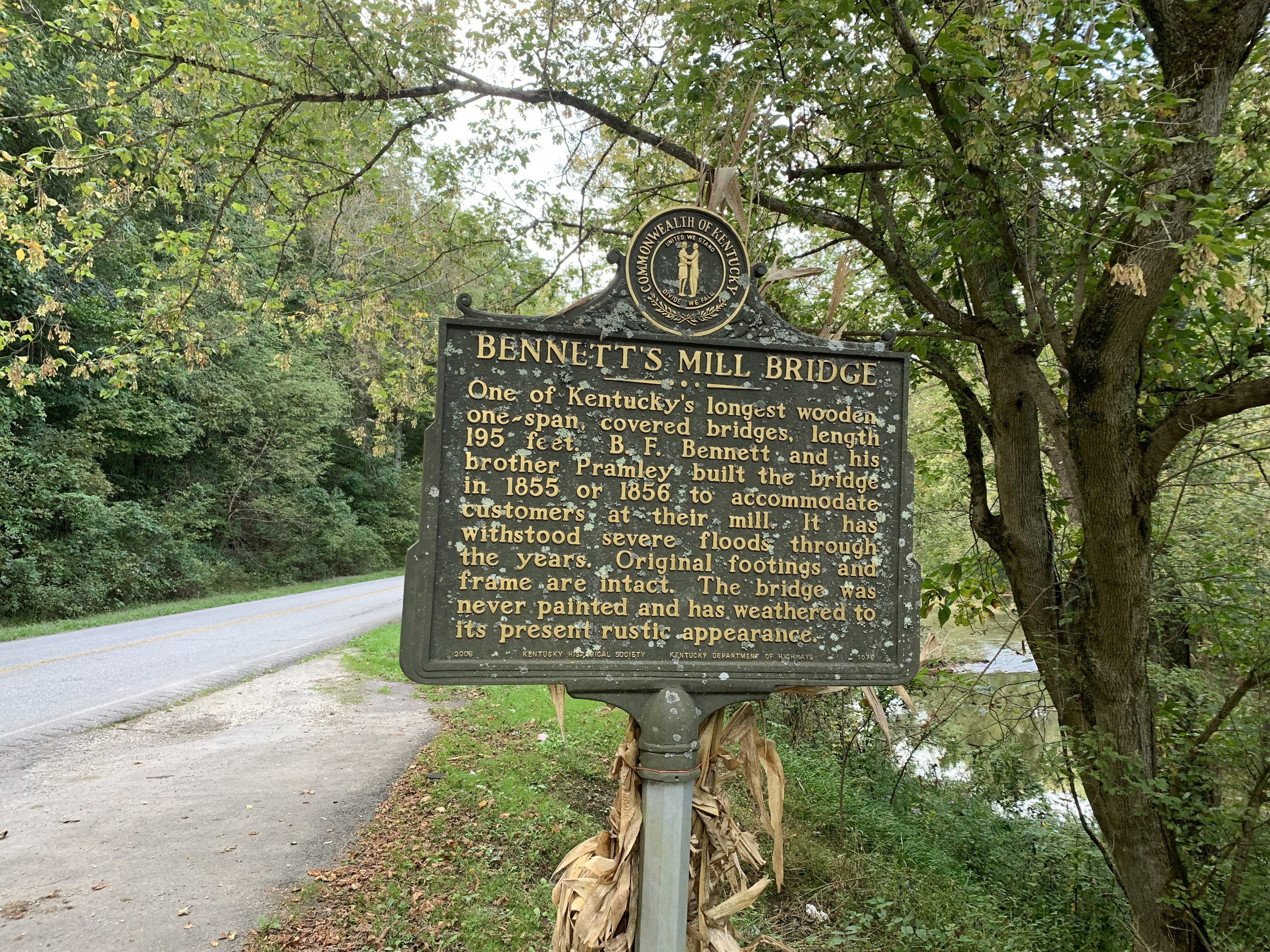
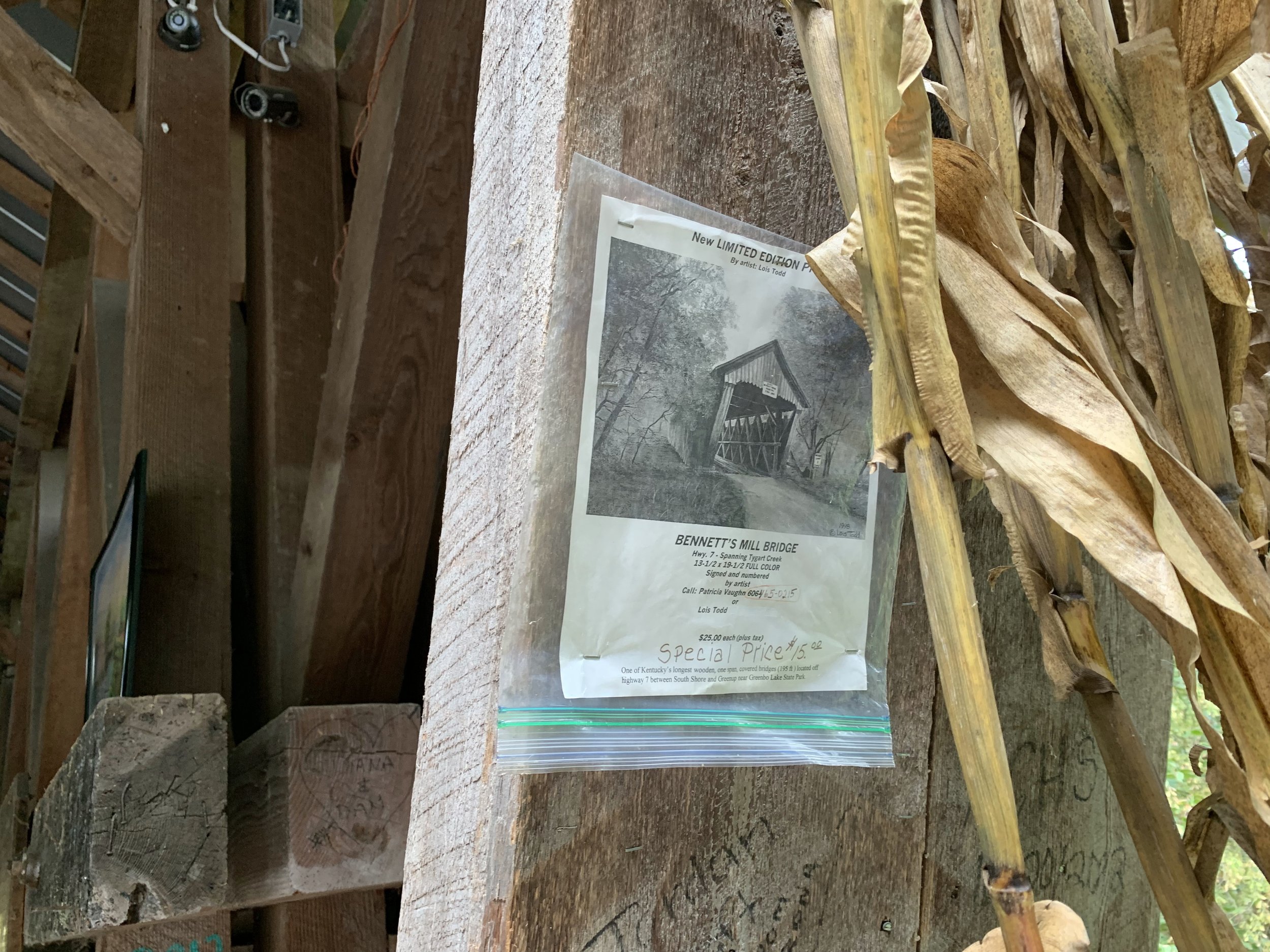
Somewhere along State Route 7 in a sleepy corner of Greenup County Kentucky sits a true treasure from the state’s past. Spanning Tygart Creek just a few miles south of where it flows into the Ohio River is the Bennett’s Mill Covered Bridge. Of Kentucky’s remaining covered bridges this one stands out in a number of ways, and is probably my favorite of the bunch.
Originally built in 1855 by brothers B.F. and Parmaly Bennet to help carry customers across the creek to access their commercial mill which ground flour and sawed lumber. Prior to this endeavor of running a mill the brothers had successfully operated the nearby Globe iron furnace, and actually dismantled part of the furnace to build the stone foundations of the bridge (I know, they combined two of my favorite historic attractions in the state). The bridge was reconfigured in 1874 as a Wheeler Truss design, and these structural improvements allow it to continue in operation today serving vehicular traffic, which is a rarity for these bridges.
Allegedly the bridge currently stands at the oldest, longest, single space covered bridge in the world, but that record isn’t what makes it special. It was the subject of a recent restoration project with a price tag of upwards of $1 million dollars, and its abundantly clear that the local community embraces the bridge and the treasure that it truly is. Not only is it in the best shape of any of Kentucky’s covered bridges, but during my late September visit it had been decorated appropriately for fall. It also featured a few different plaques with info, and advertisements for prints of the historic bridge.
Although several communities in Kentucky show appreciation for their covered bridges, Greenup County really goes above and beyond celebrating this remarkable piece of history which they are blessed with. My only complaint about this attraction would have to be that it is quite a ways off of the beaten path. I detoured here on my way home from a work trip to Huntington West Virginia, and it added a good hour to the journey. That said, it is well worth the trip to see this bridge in all of its glory, with fall being the perfect time of year to visit.
Want to Experience This Adventure for Yourself?:
Saying a Prayer at the World’s Smallest Church


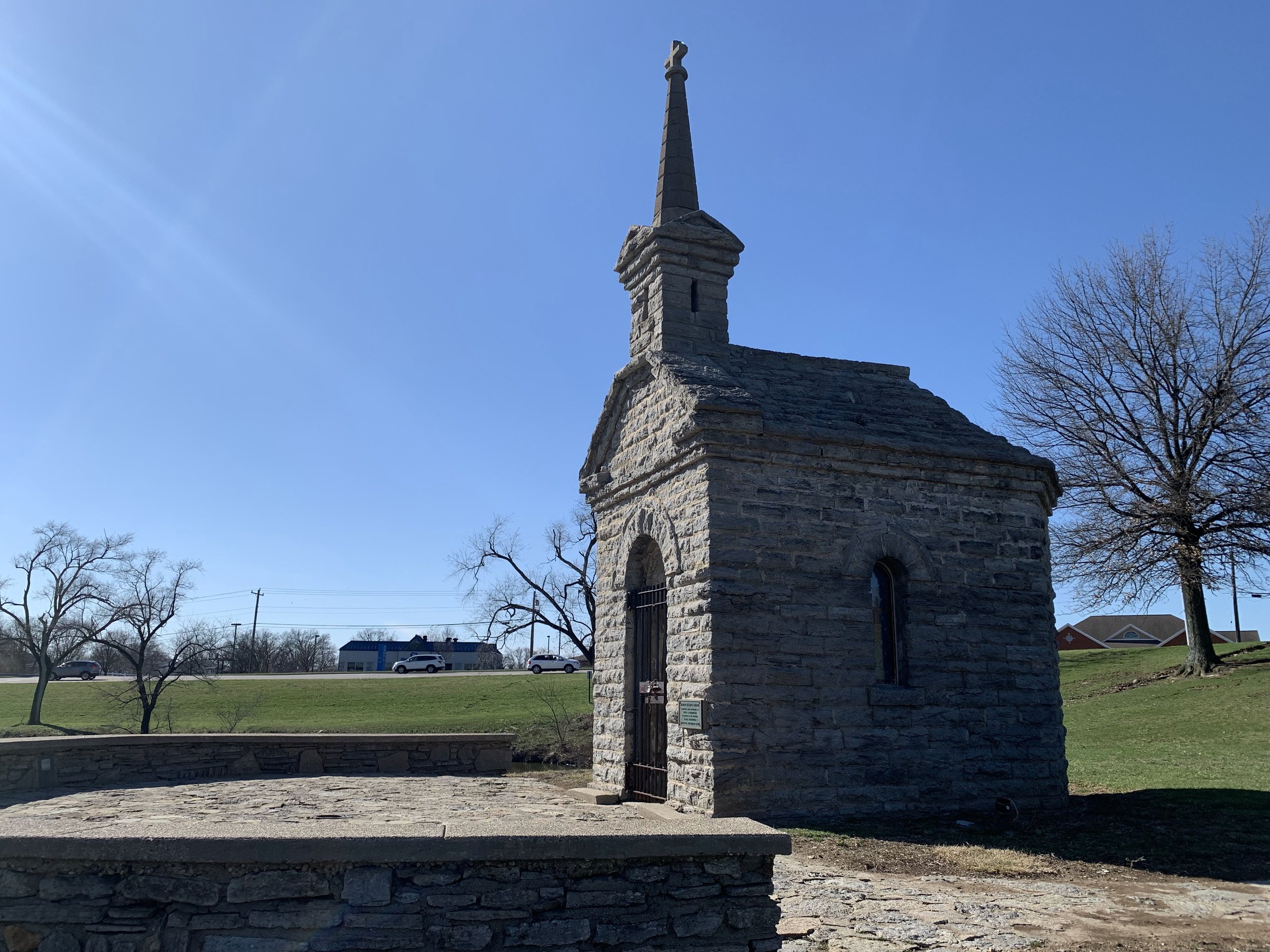
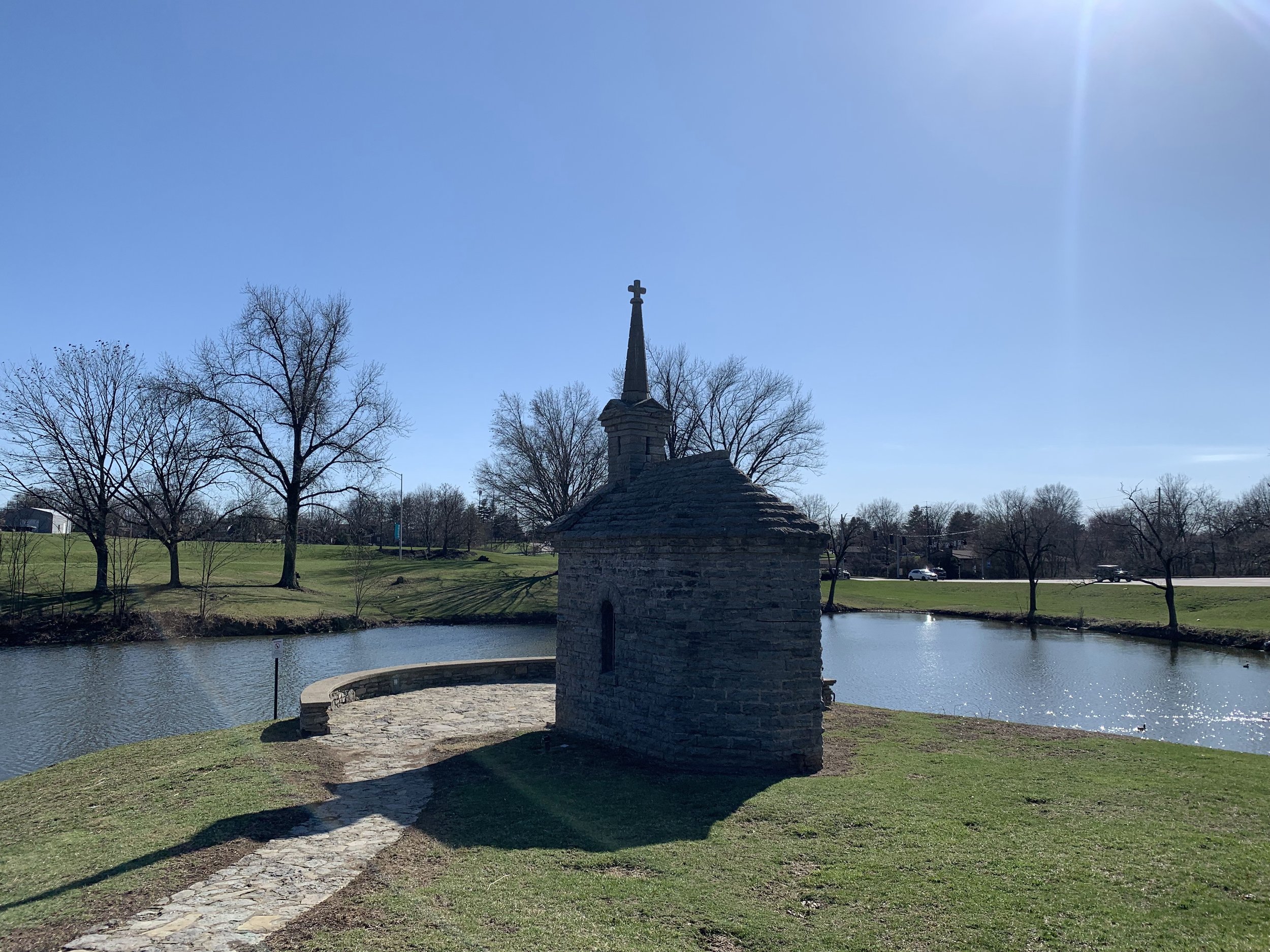
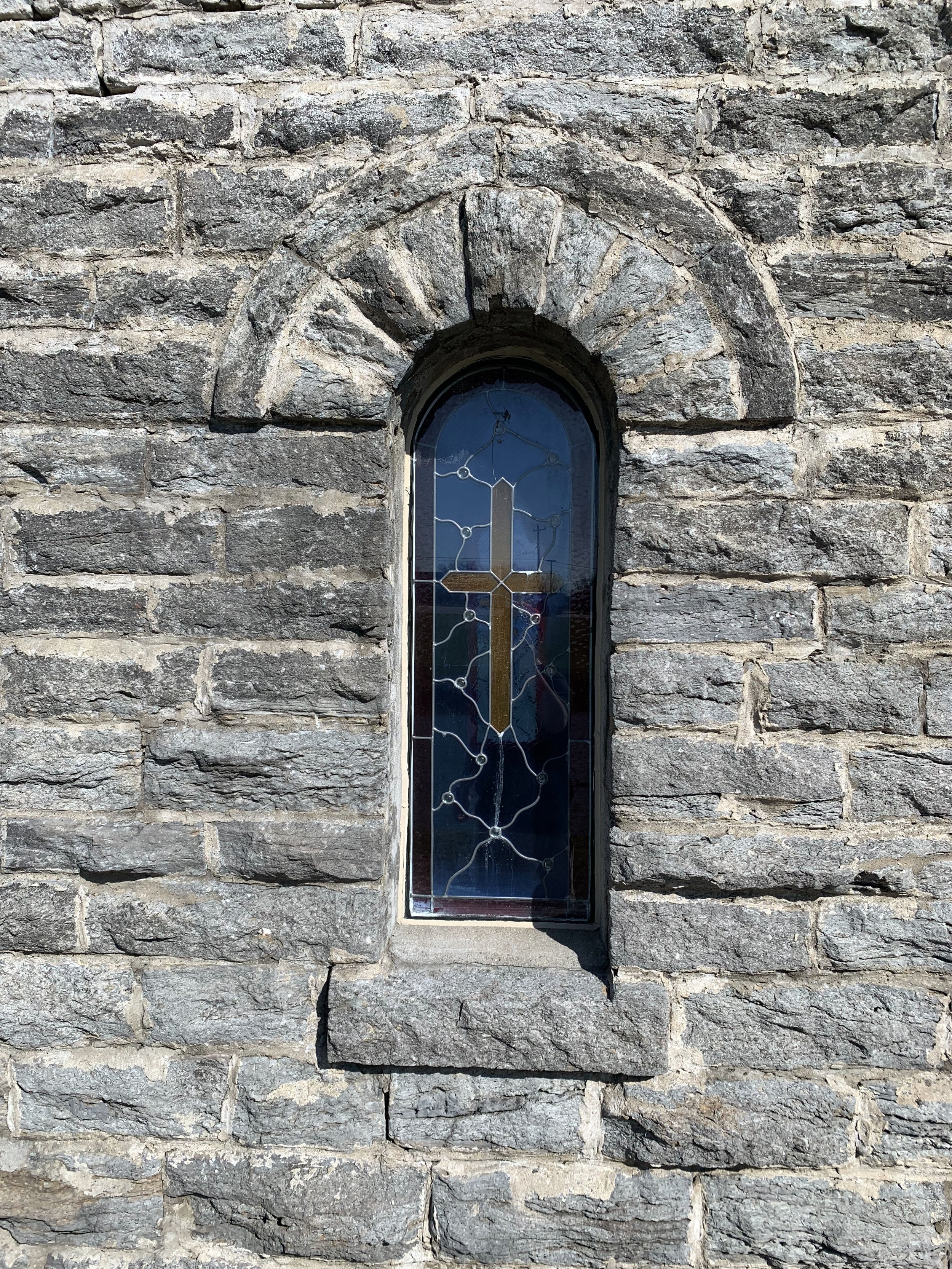
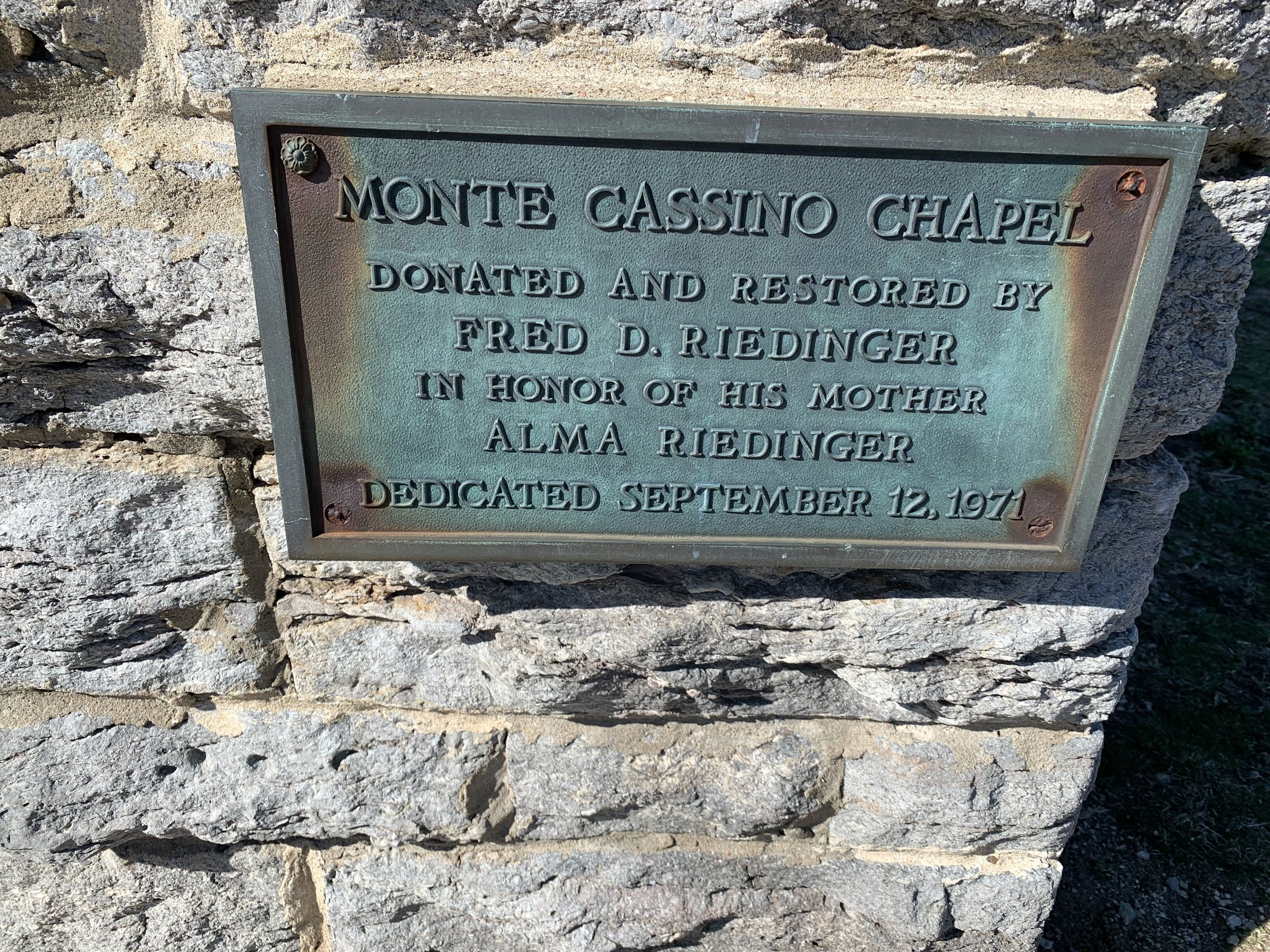
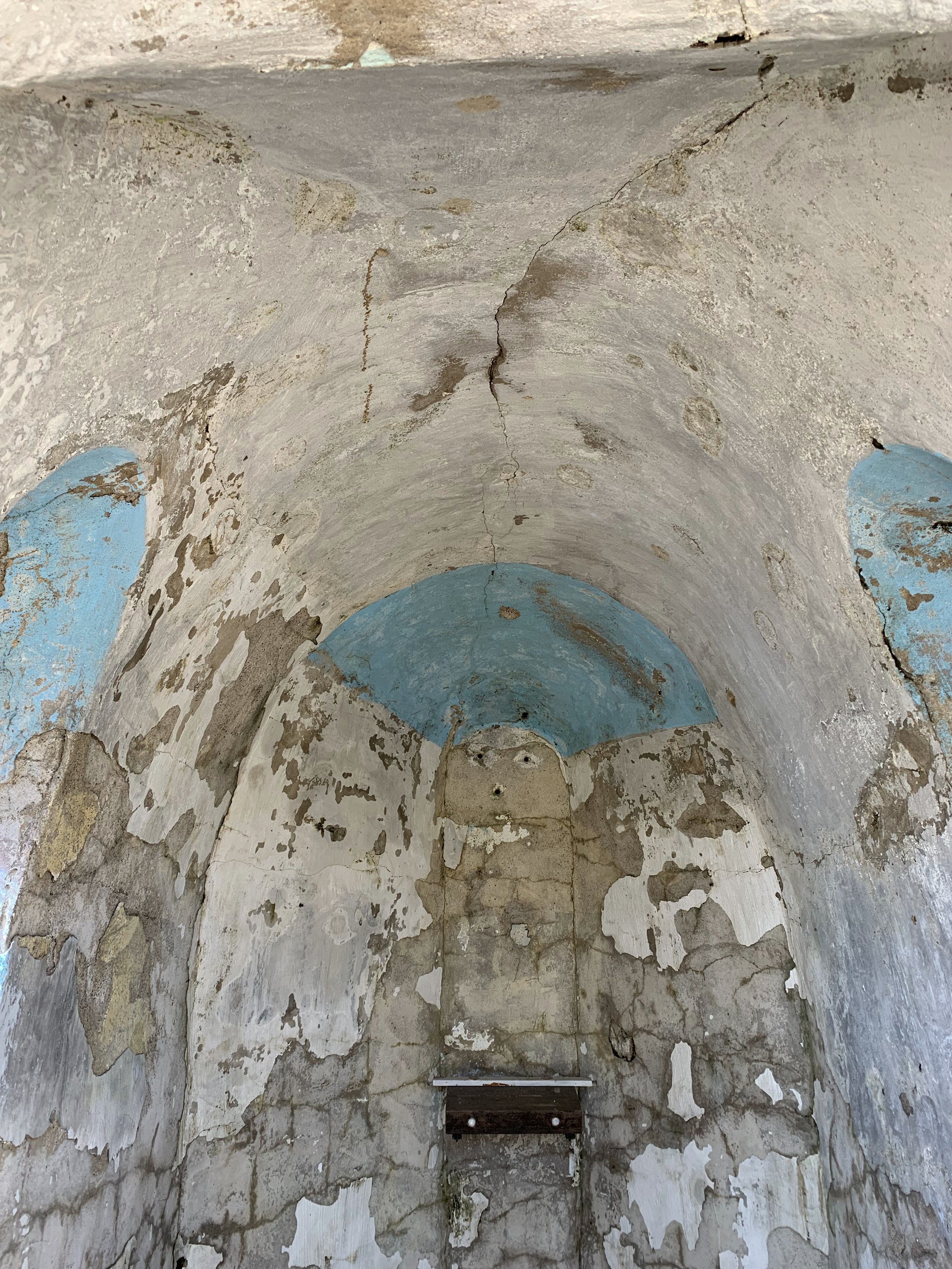
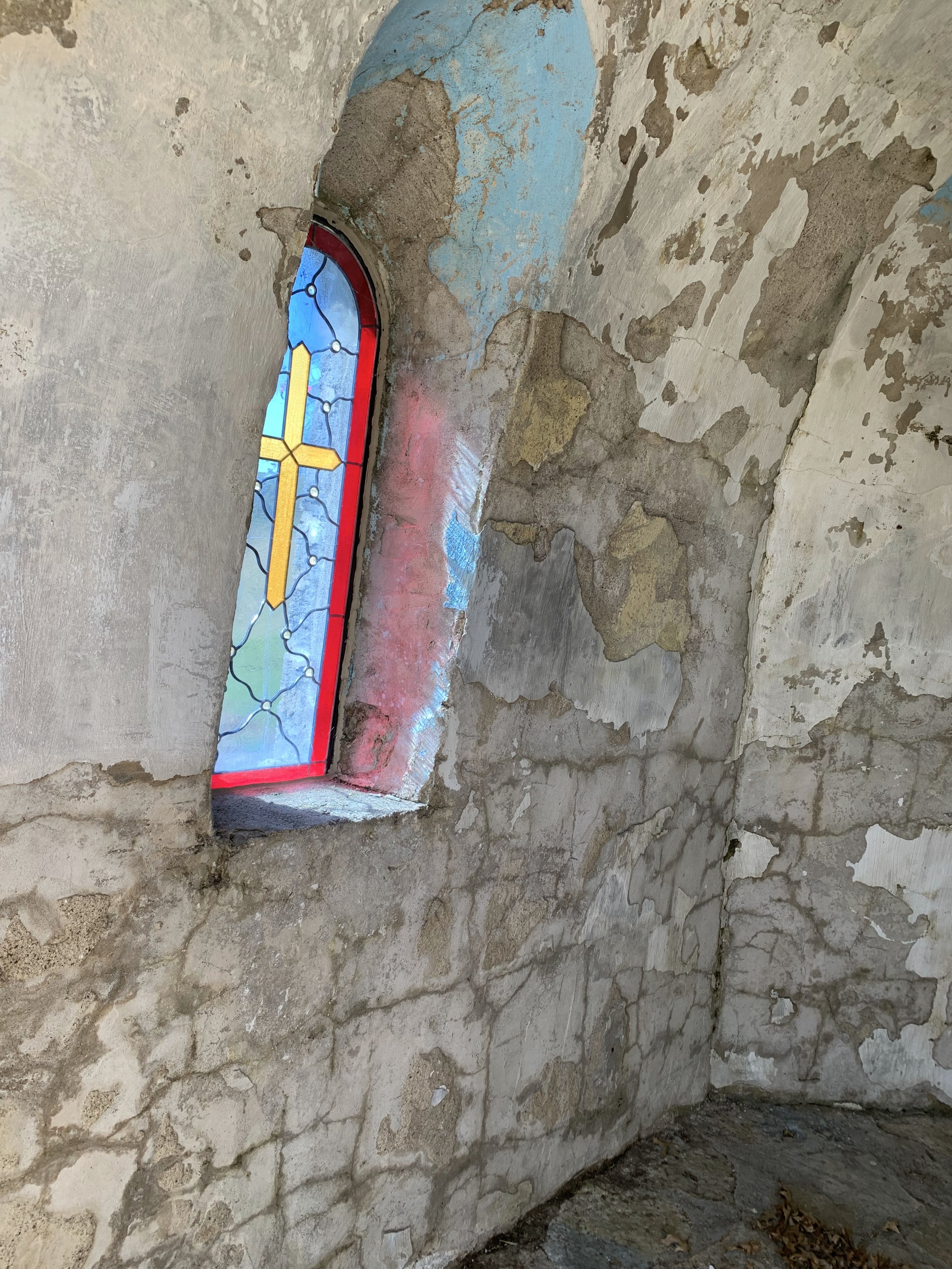
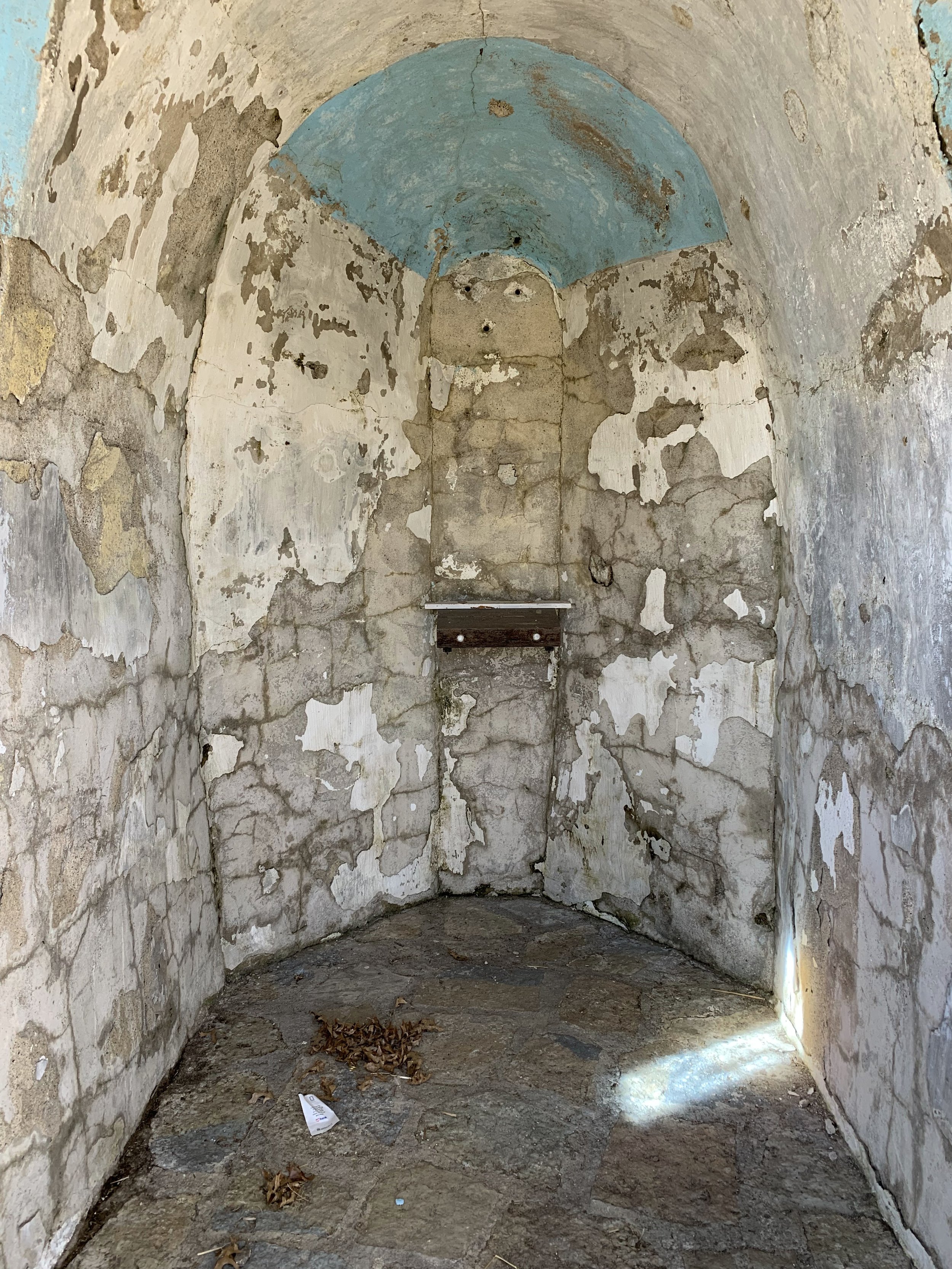
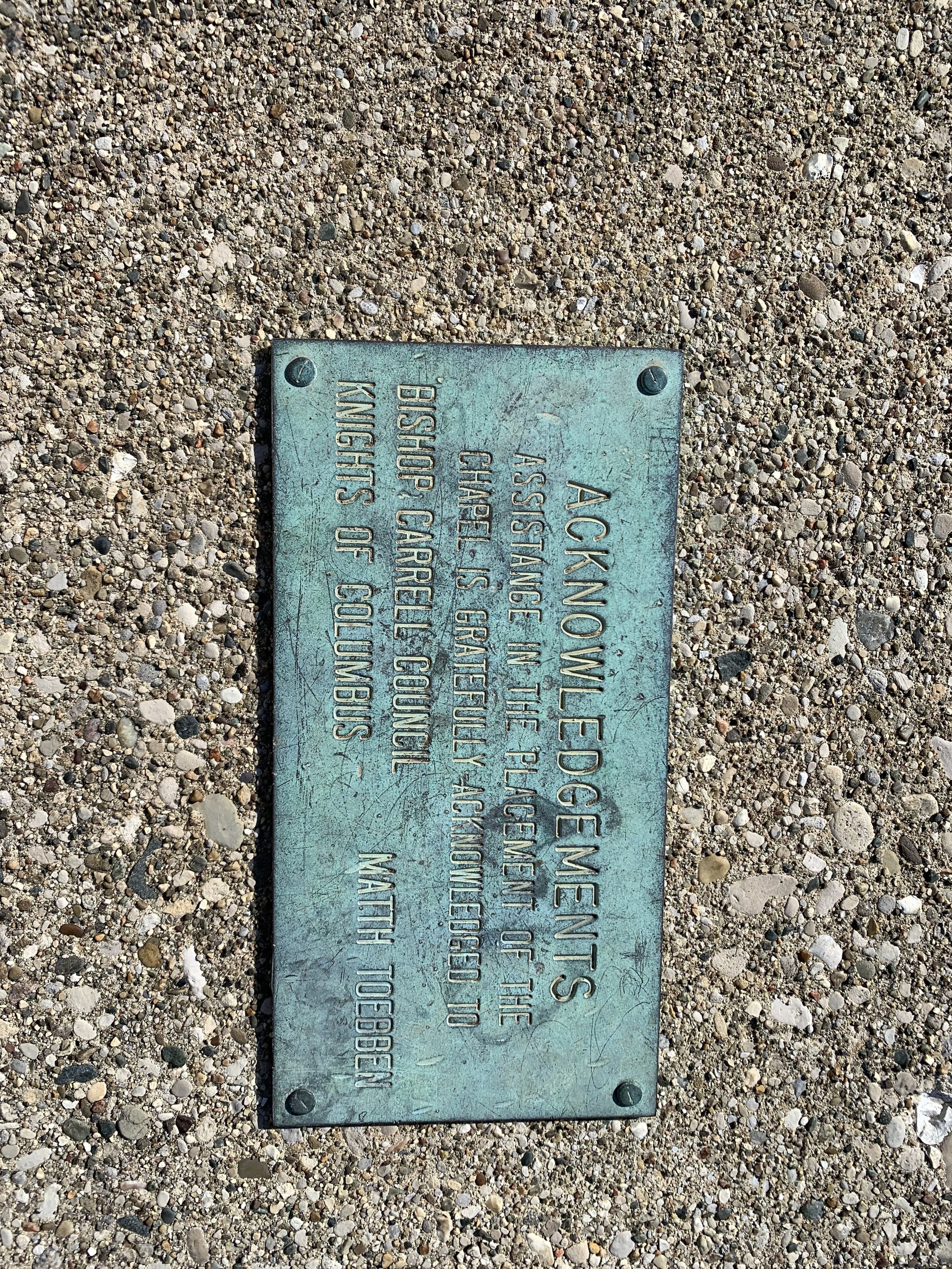
Everyone knows that the American south tends to lean in a religious direction. Every little town in Kentucky has at least a half dozen churches, and bigger cities like Lexington and Louisville are home to grand Mega Churches that can host thousands of worshipers. In a quiet little park in Covington though, at the corner of Turkey Foot Road & Thomas Moore Parkway sits a holy little structure of a very different nature.
The Monte Cassino Chapel was originally built in 1901 on a small winery near Covington to serve as a place of rest and prayer for the local monks who worked the grape fields. Initially prosperous and producing upwards of 5,000 gallons of sacramental wine per year, the winery was hit hard by the restrictions placed upon production by prohibition. The winery was completely abandoned by the mid 1920’s, and by the 1950’s this once sacred little chapel had been completely ransacked by vandals.
Following a series of articles by Chester F. Geaslen featured in the Cincinnati Enquirer and Kentucky Post in the 1950’s the new owner of the land decided to donate this humble structure to the Villa Madonna College in the Crestview Hills neighborhood. In April 1965 the building was relocated to the college property and renovated with a new roof.
Today the structure stands on the edge of a small pond which is heavily populated by ducks and geese. Its entrance is barred by an iron gate, but even so it is very easy to see the entirety of the tiny structure through the bars. The building is positioned so that both the rising and setting sun will brilliantly illuminate one of the stained glass windows that adorn either side of the structure creating a beautiful rainbow pattern within.
In an age of gilded mega churches and millionaire pastors, the incredibly humble inner sanctum of this chapel really is a site to behold. It features a bare stone floor and walls, and small wooden altar at the back of the structure. I don’t consider myself religious, but you can’t help but feel in awe of the humble devotion of the monks that once sought refuge and rejuvenation in this minimalist house of god.
If you’re religiously inclined, stopping by this neat little building that was certified by Guinness in 1922 as the world’s smallest church really is a pilgrimage worth the journey. Even if you’re not though, this beautiful little structure and its accompanying park makes for a great rest stop on any trip through the area. Stop and admire the church, and watch the ducks play for an hour. It’s a great opportunity to stretch your legs and relax a little.
Want to Experience this Adventure for Yourself?:
The Dover Covered Bridge
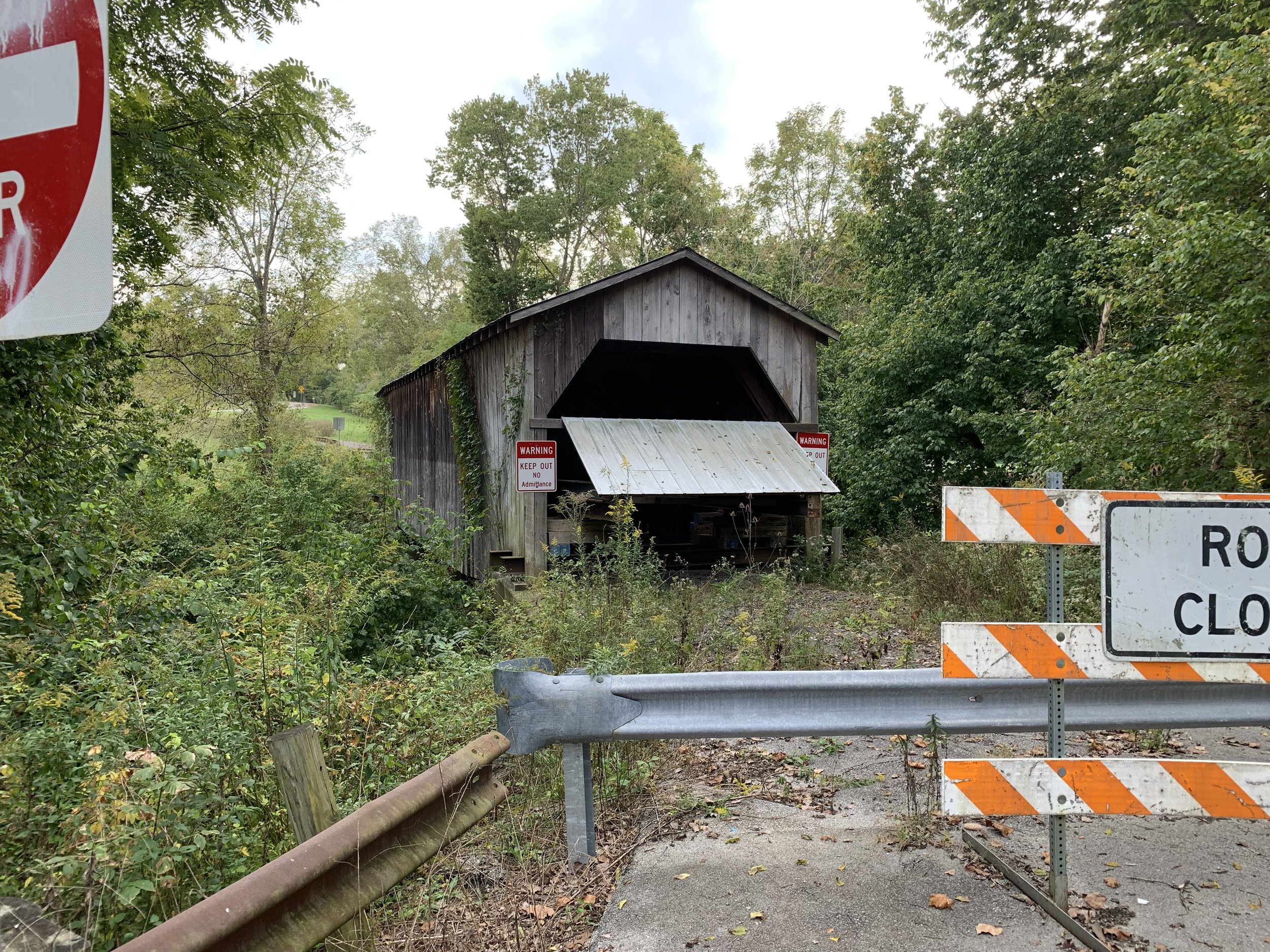
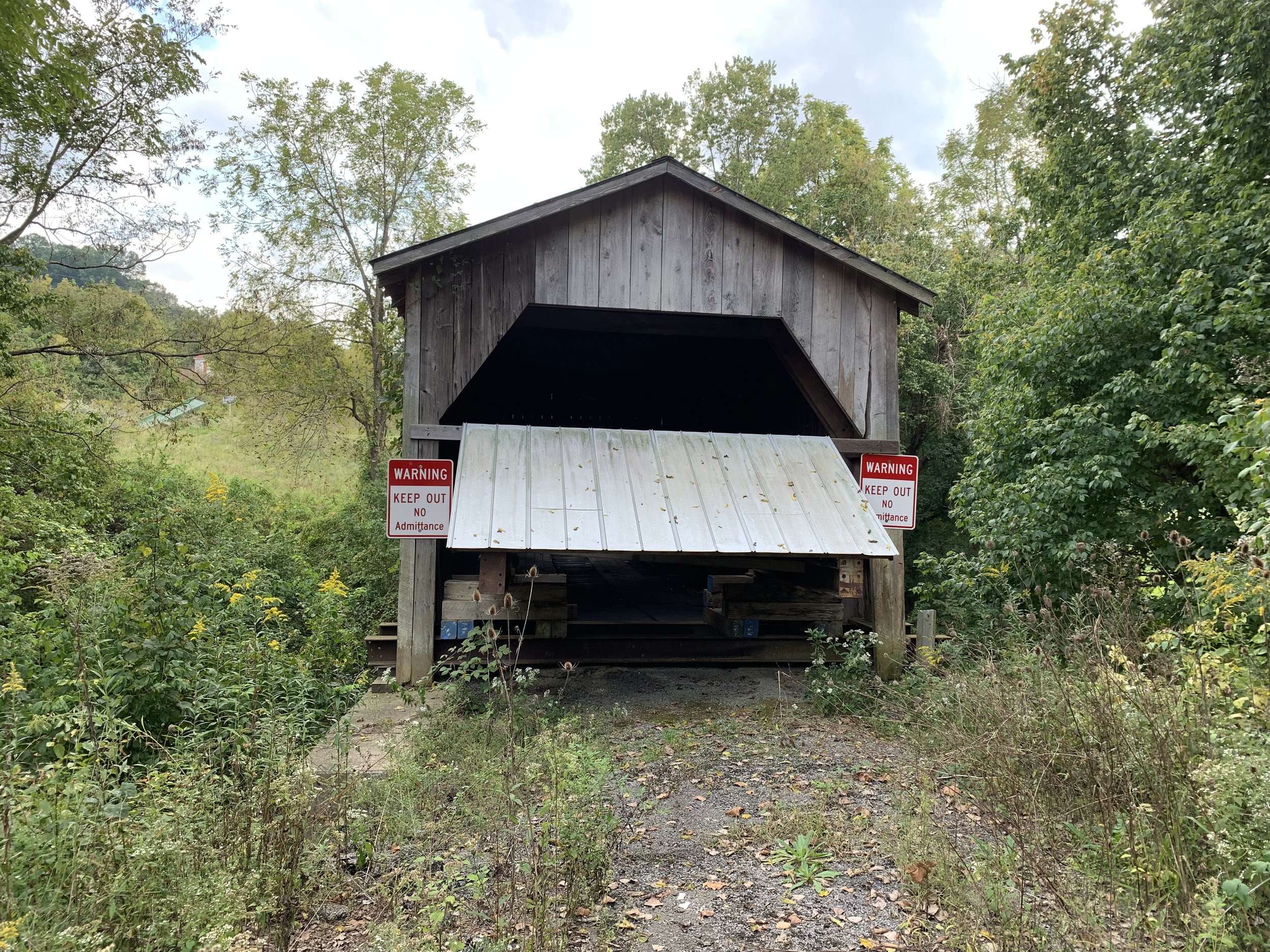
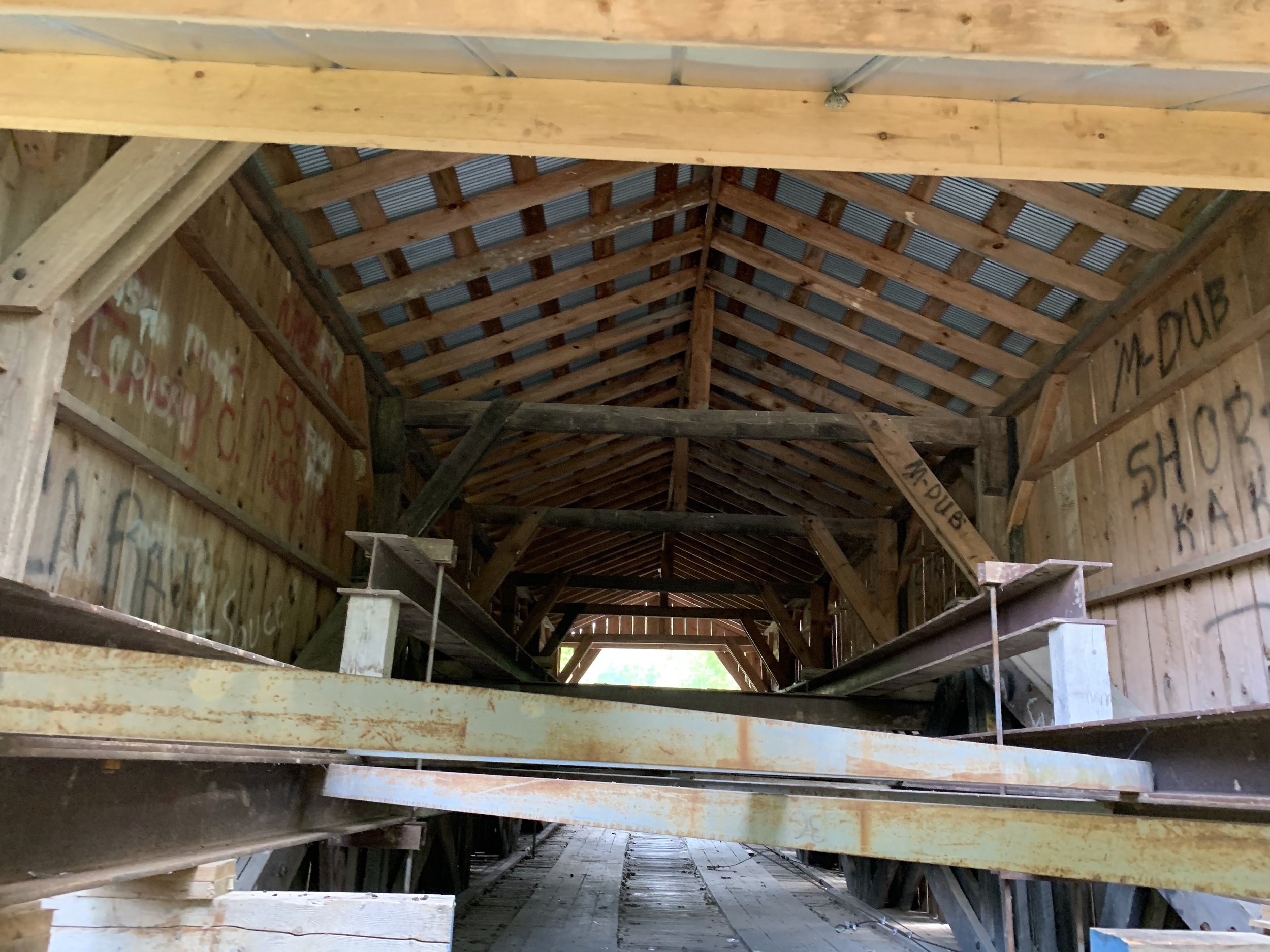
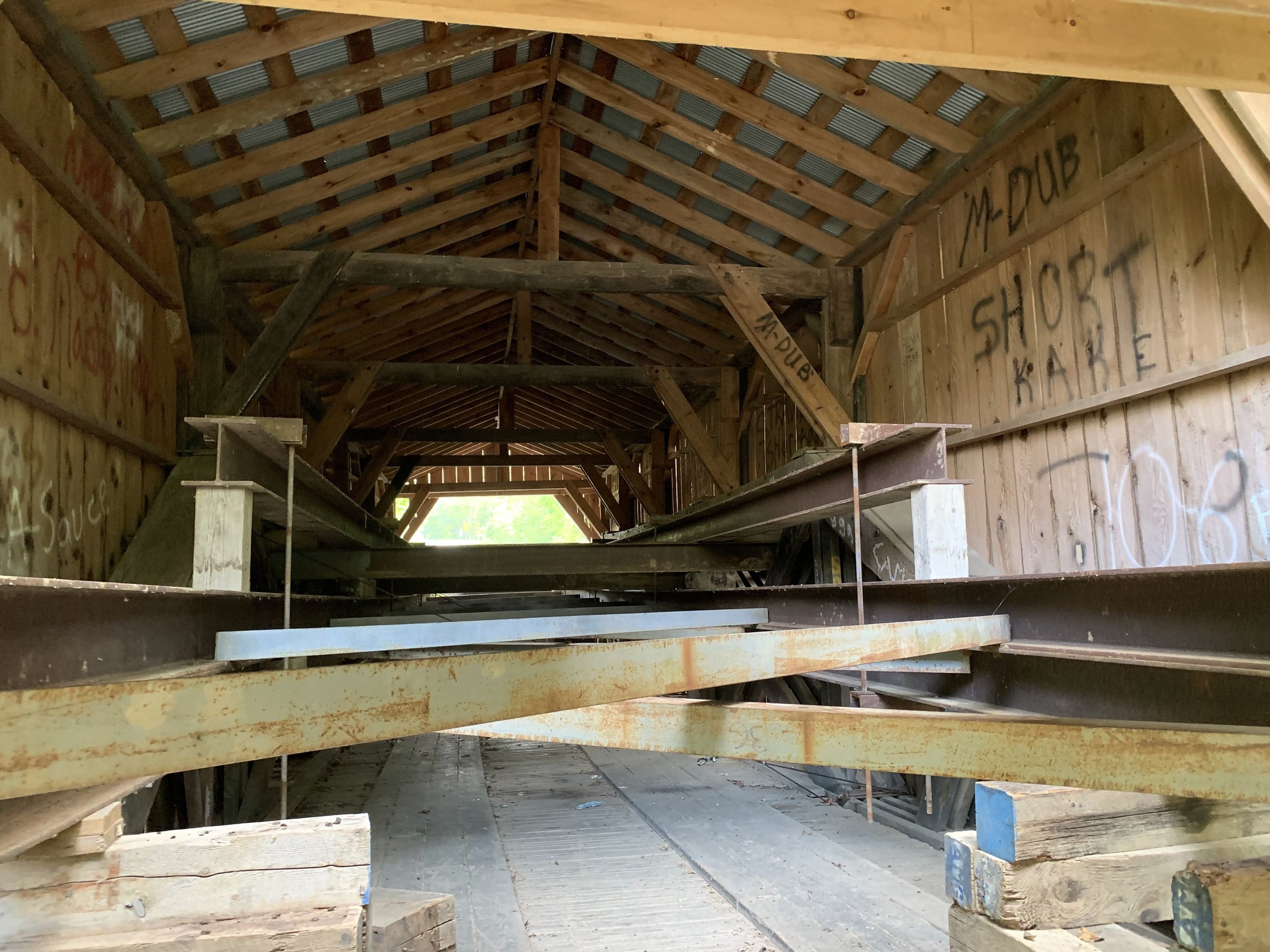
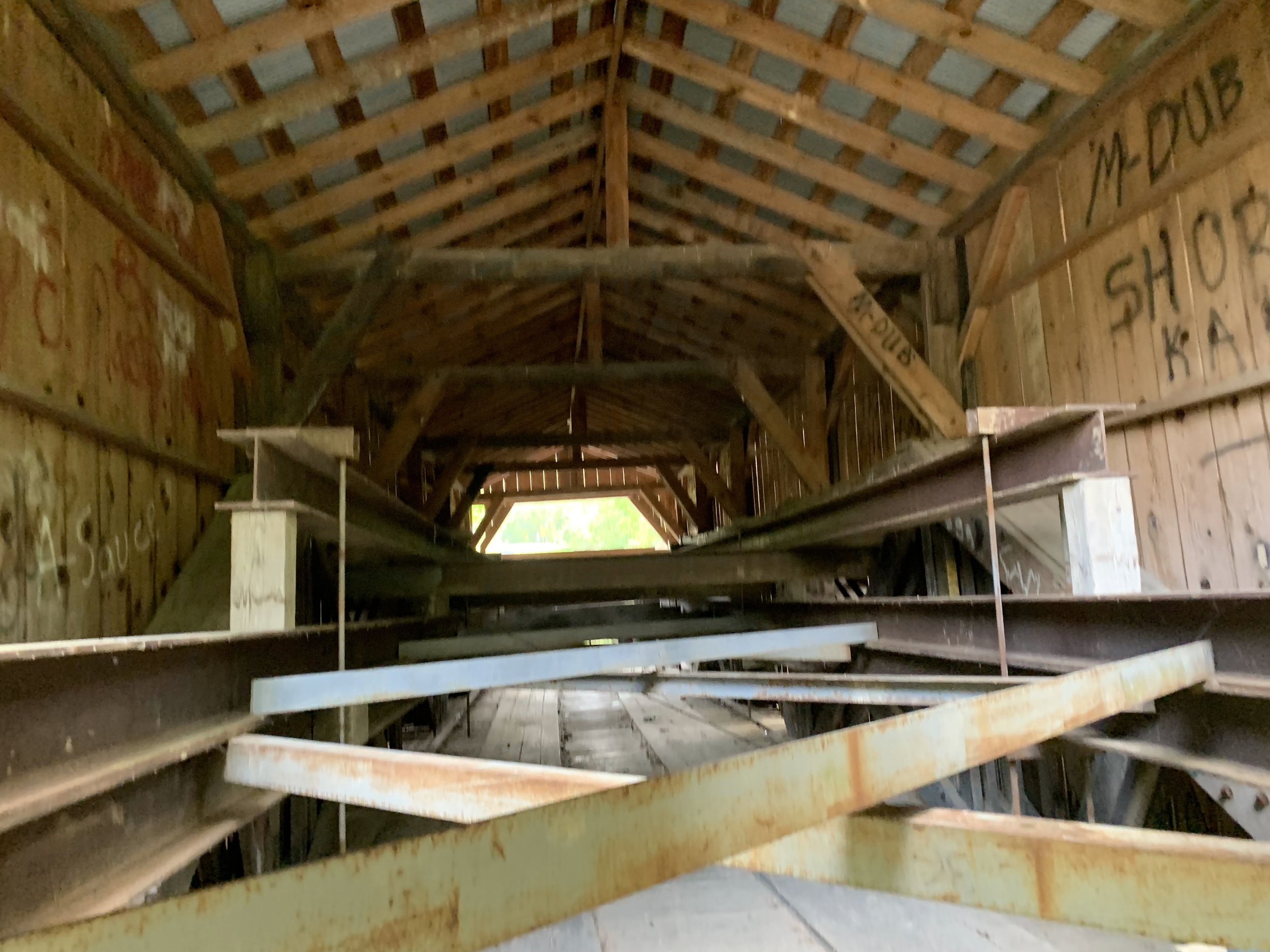
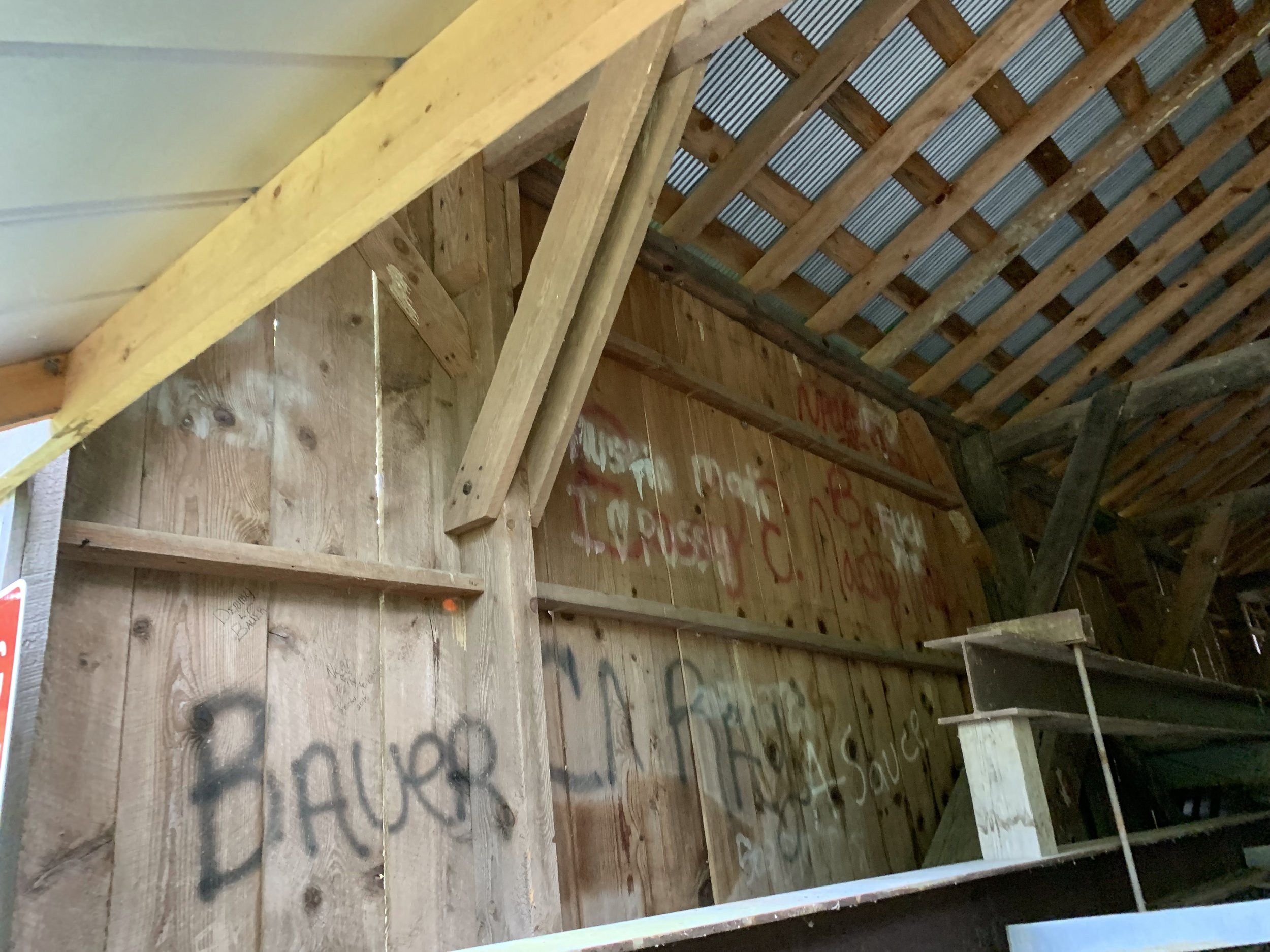


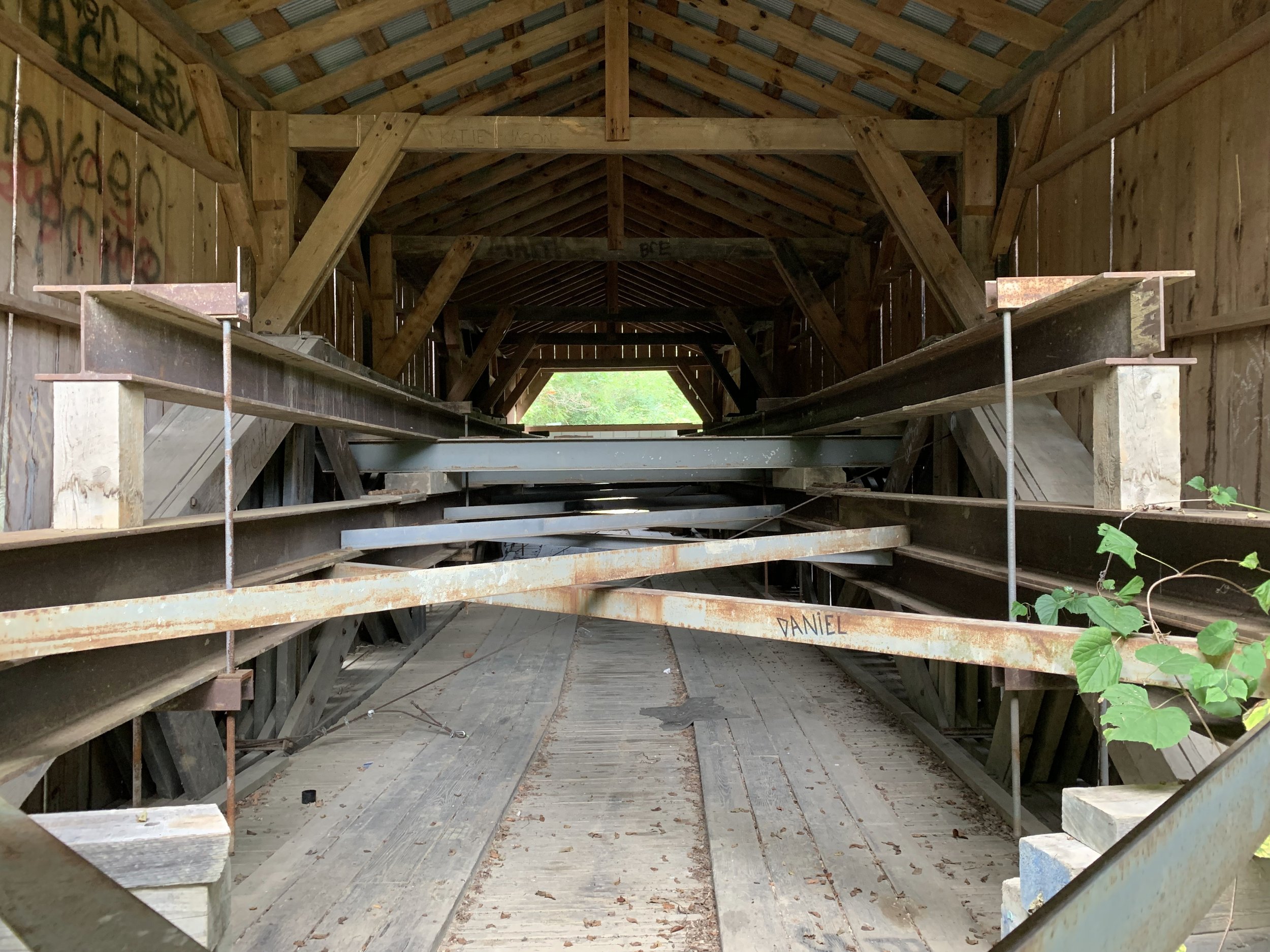
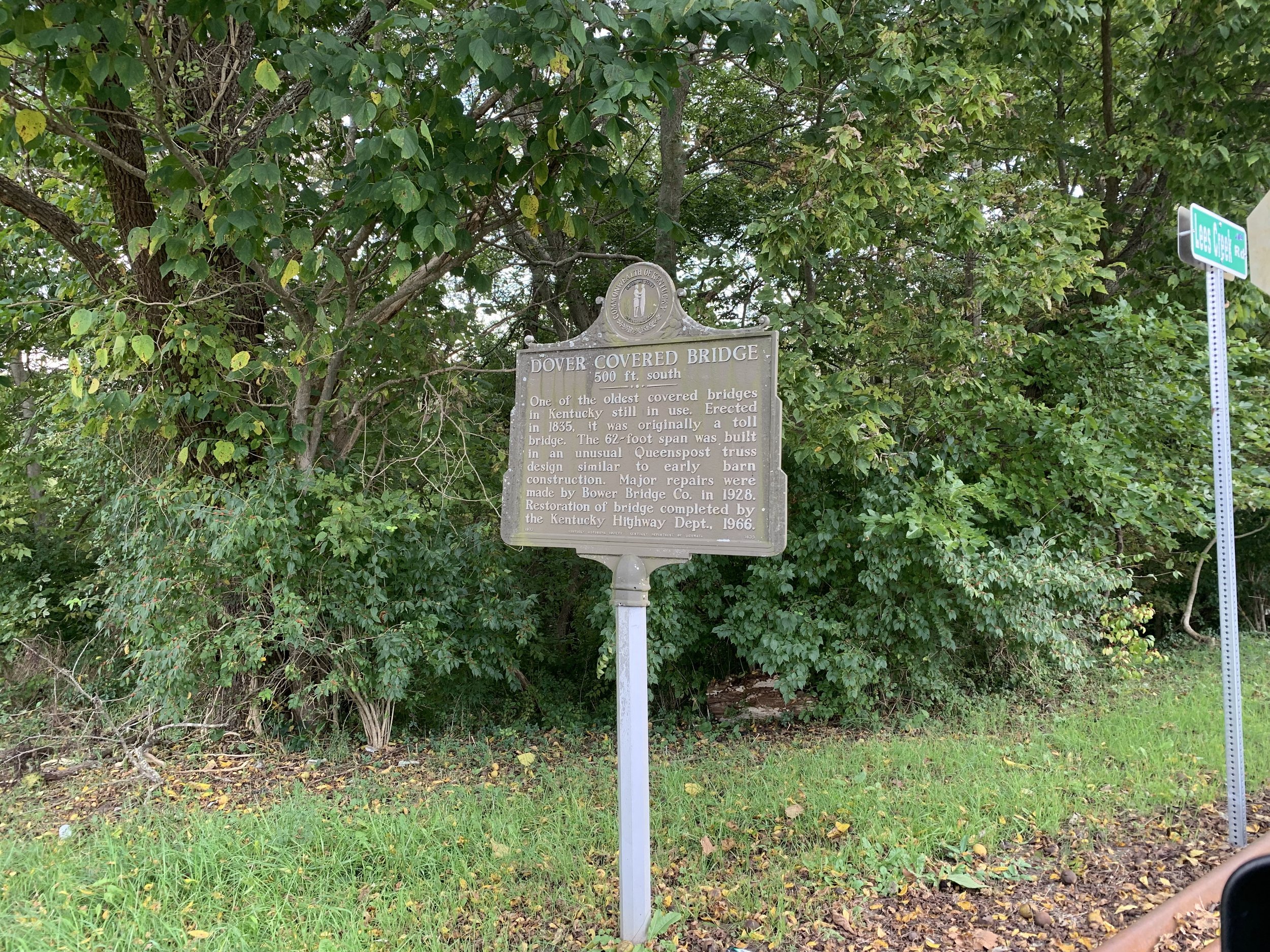
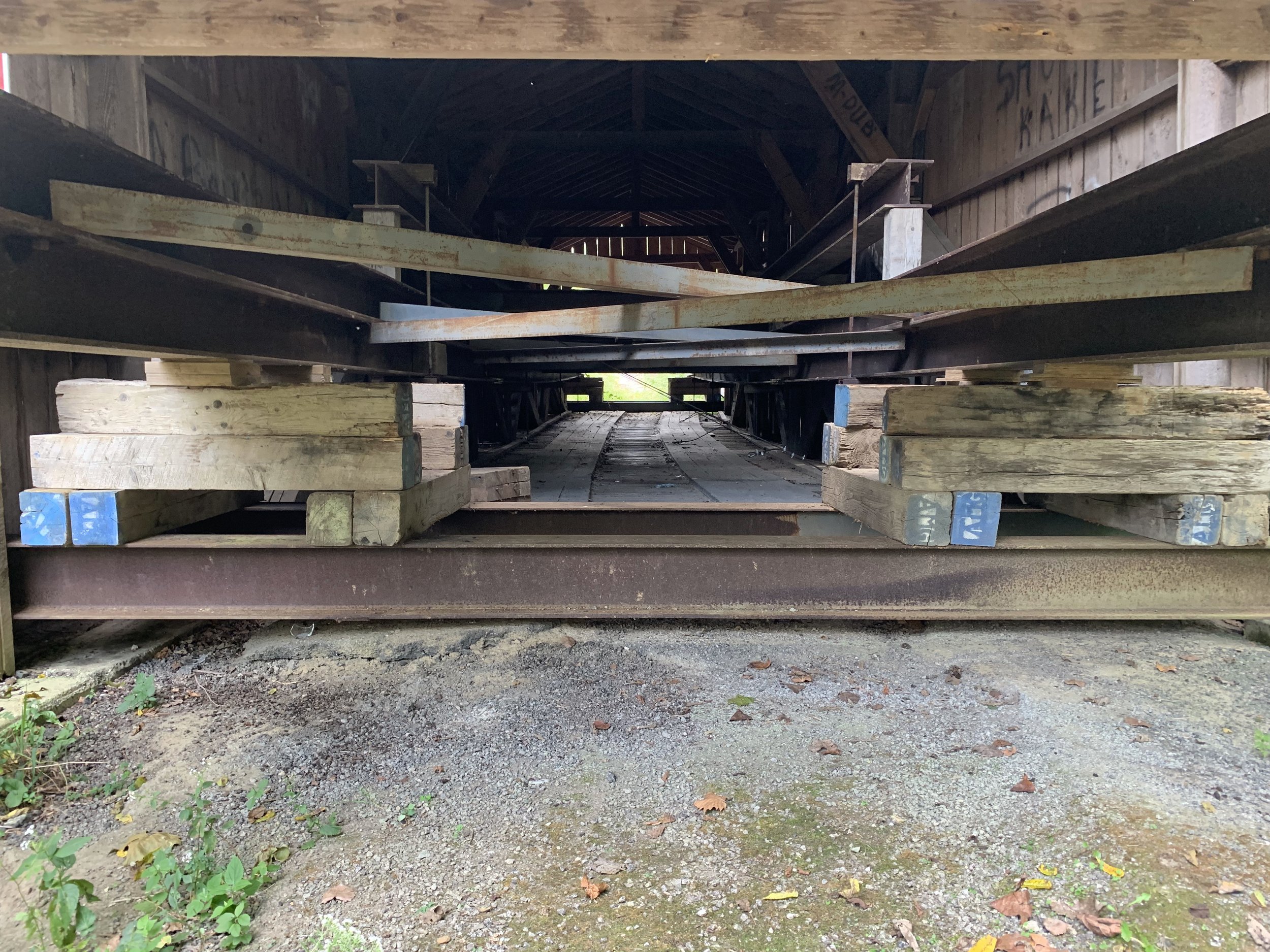
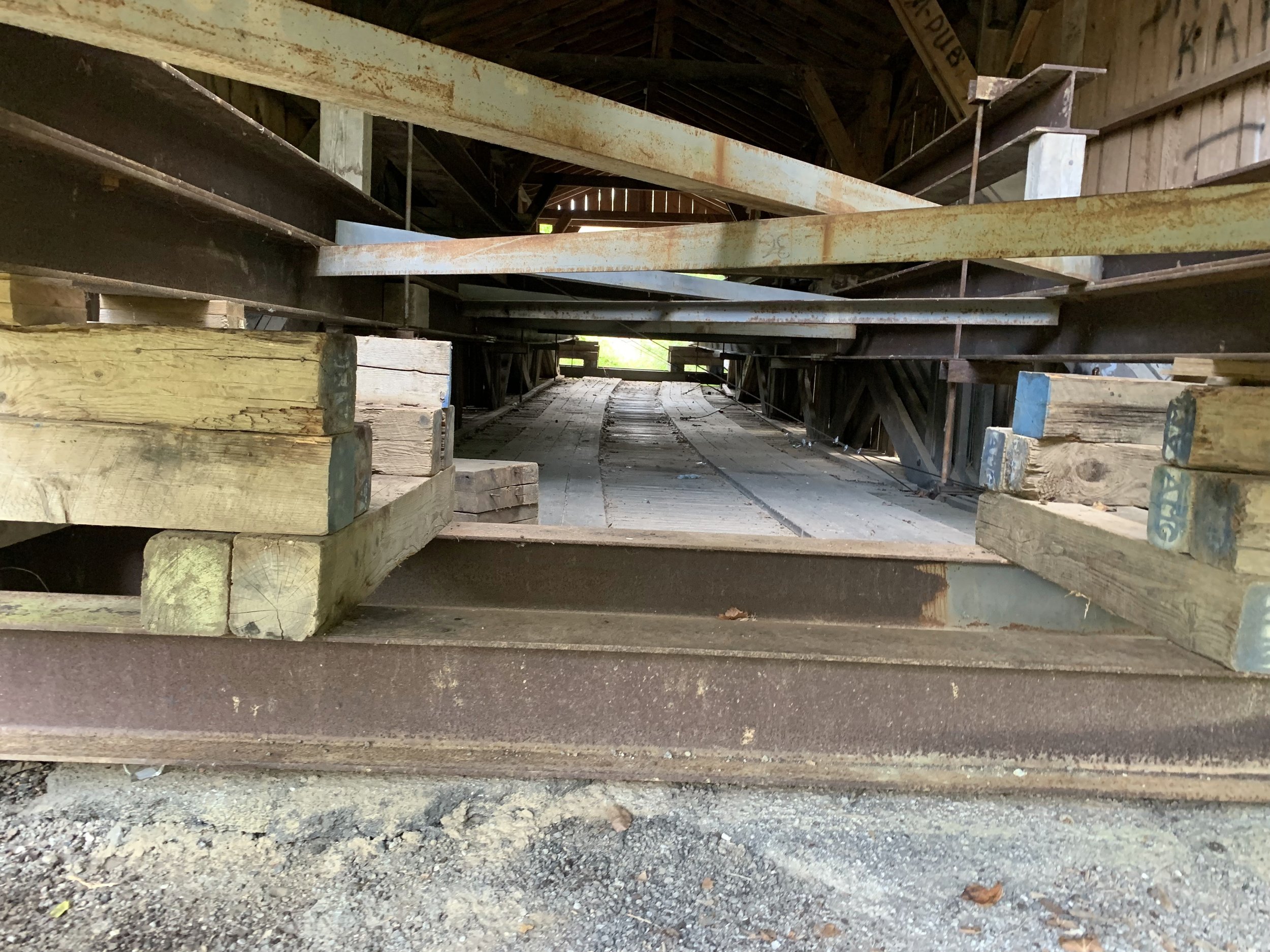
20 miles west of Maysville just off of State Route 8 sits a beautiful but dilapidated relic of Kentucky history. Built in 1835, this 60ft Queen Post Truss bridge is the oldest left in the state. Named for the nearby town of Dover, she underwent major renovations in 1926, 1966, and 2001, before being bypassed by a modern bridge in 2005.
Although many relatively modern pictures exist showing the bridge in good condition, during my October 2021 visit I found her in a complete state of disrepair. The short detour route to reach her is heavily overgrown on both sides, and the bridge itself is shuttered to even foot traffic. I was however brave enough to at least peer under the metal awning, I found a bridge that seemed to be slowly crumbling and help up only by some still beams that have been added to keep it from collapsing into Lee’s Creek below.
Although I hope the steel reinforcements are a temporary solution to shore up the bridge pending repairs, the overall appearance of the area gave the strong impression that improvements to the bridge are not a high priority. The metal awning was showing dirt and rust that indicated that it had been there for a while, and the approach roads on both sides were significantly overgrown.
I would definitely consider this bridge on the endangered list. If like me, you hope to visit all of the remaining covered bridges that the Bluegrass state has to offer, I would highly recommend that you start with this one. It’s not the longest or grandest, but it might just be in the worst shape. Visit now, while it’s still there.
Want to Experience This Adventure for Yourself?:
Apollo 12: Sometimes Lightening Does Strike Twice
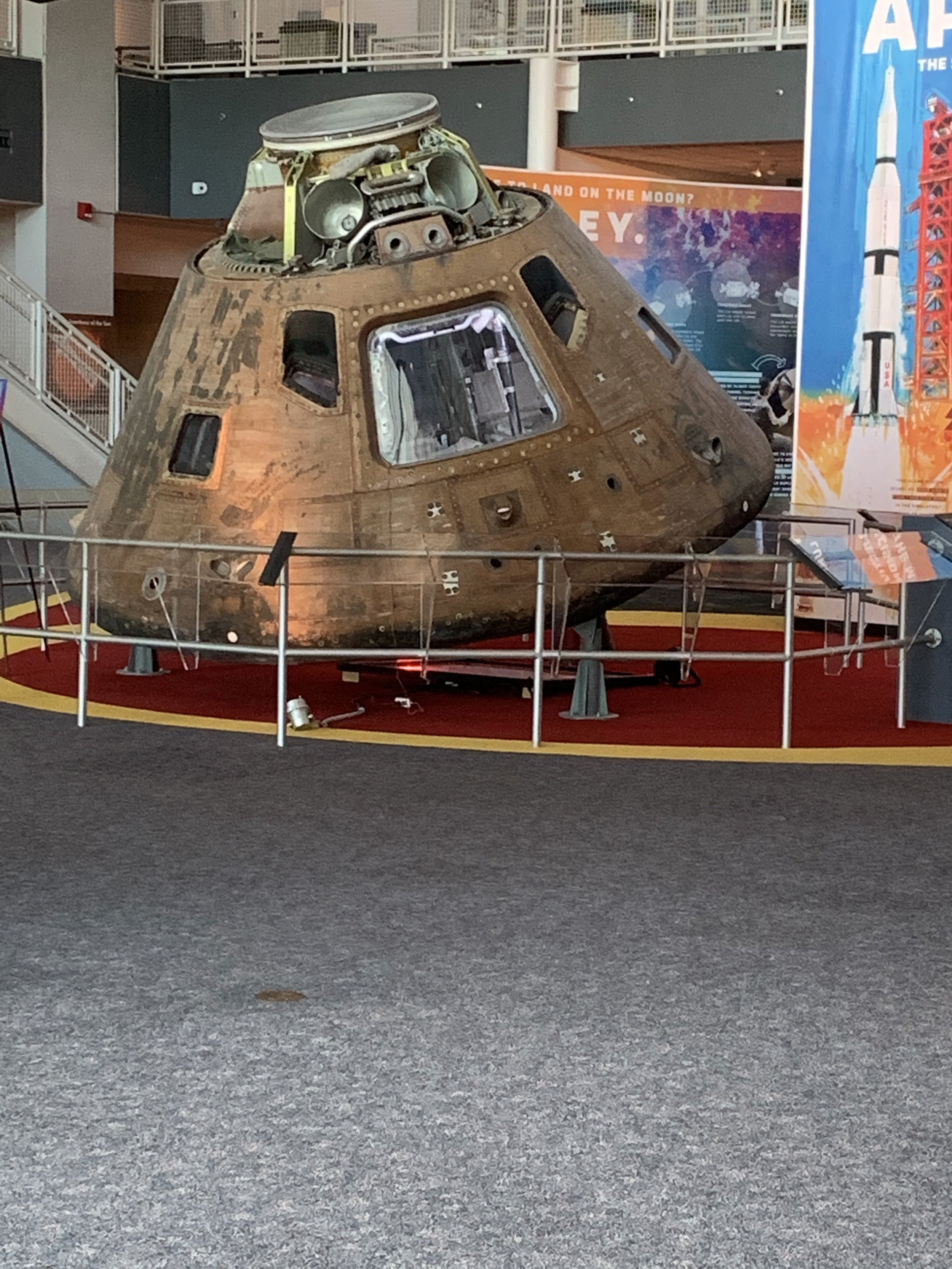
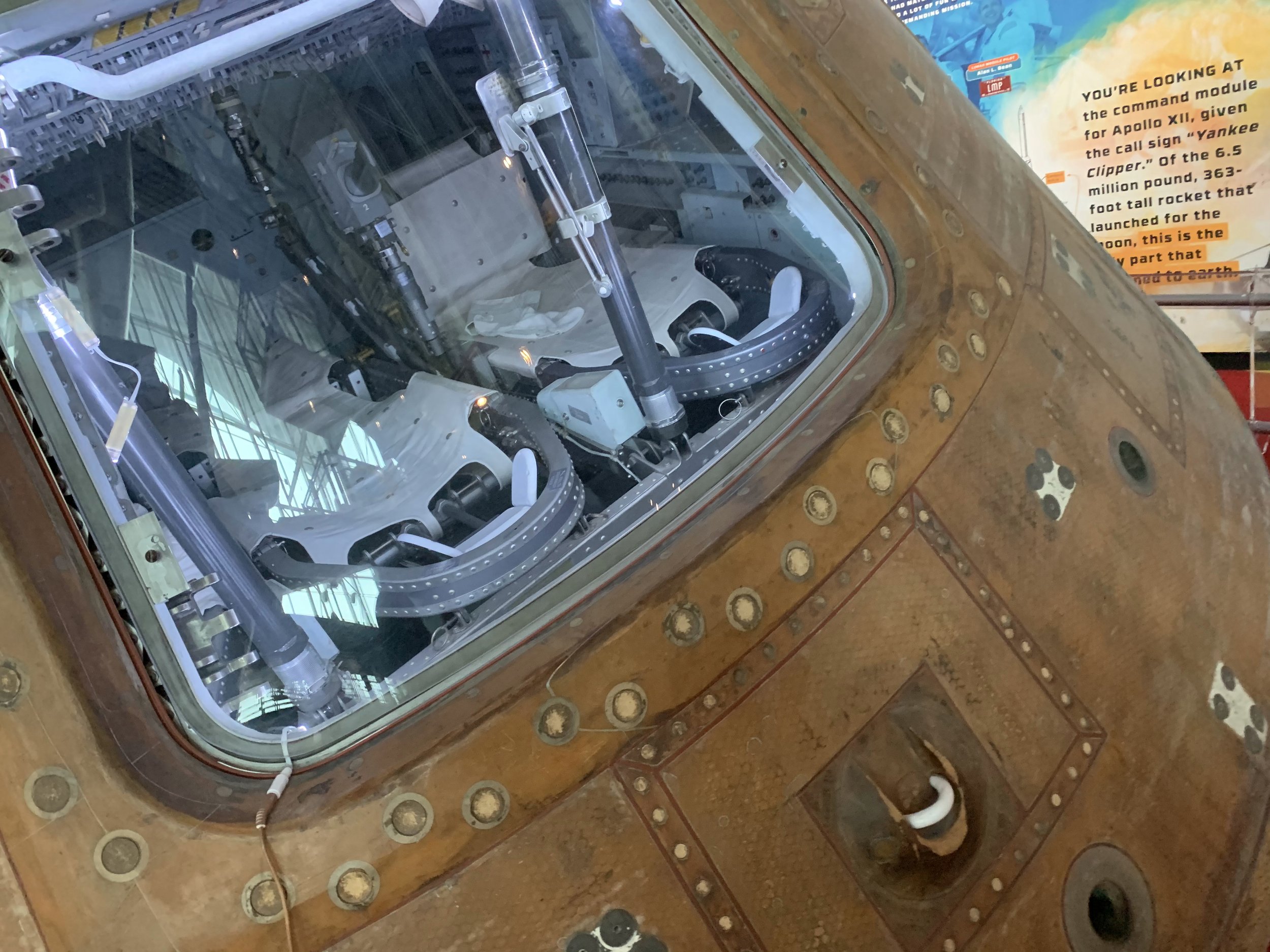

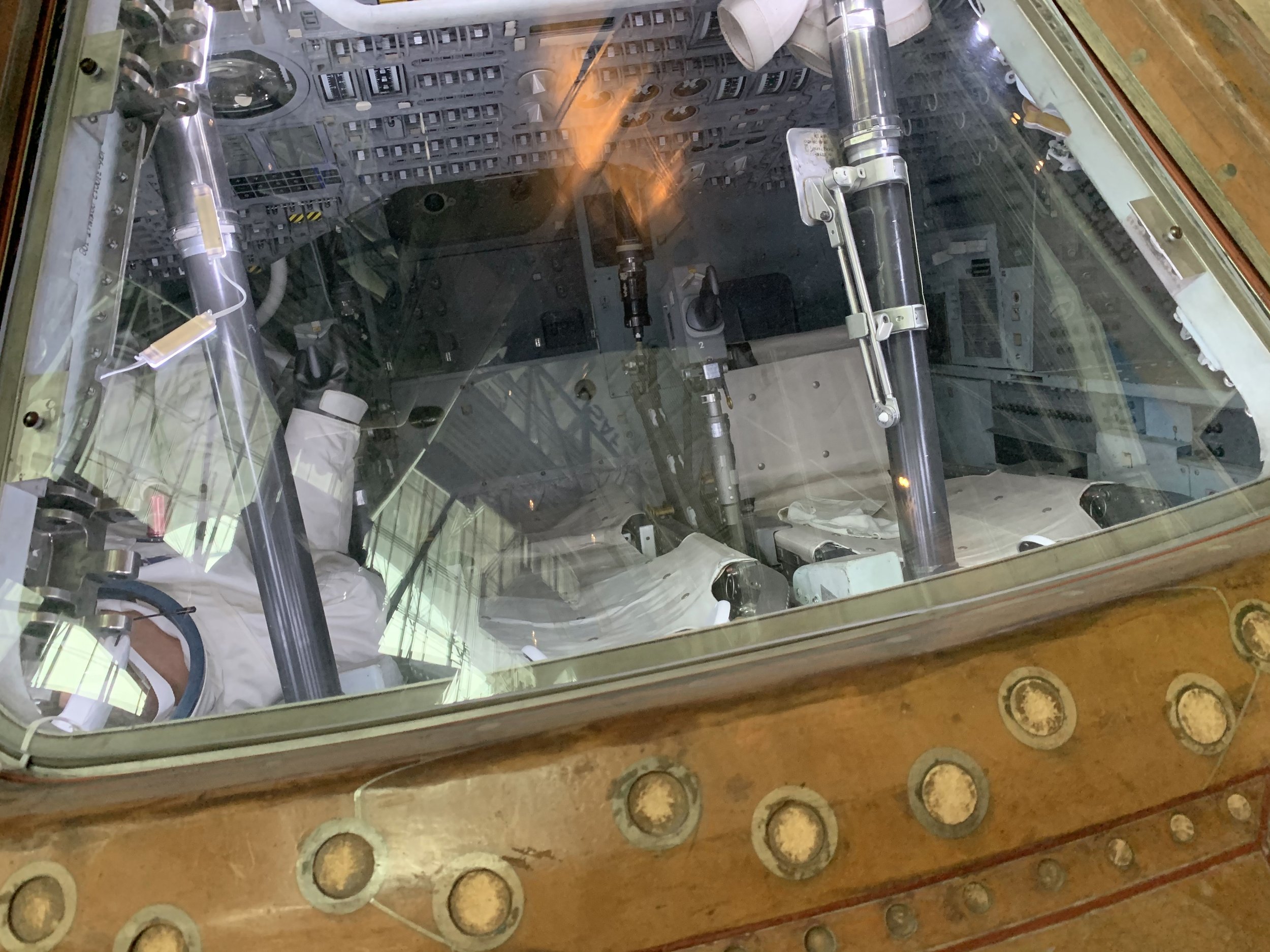
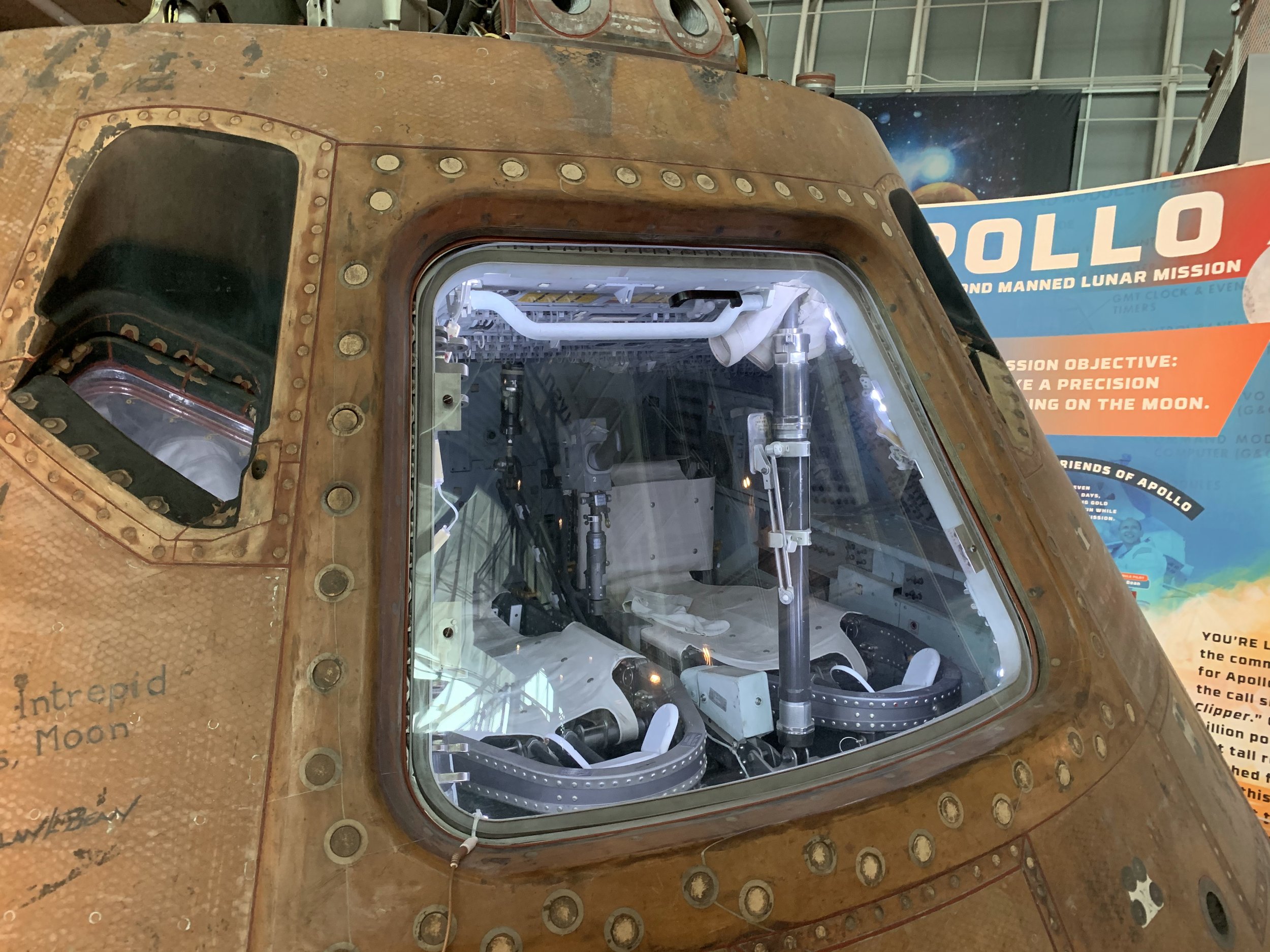
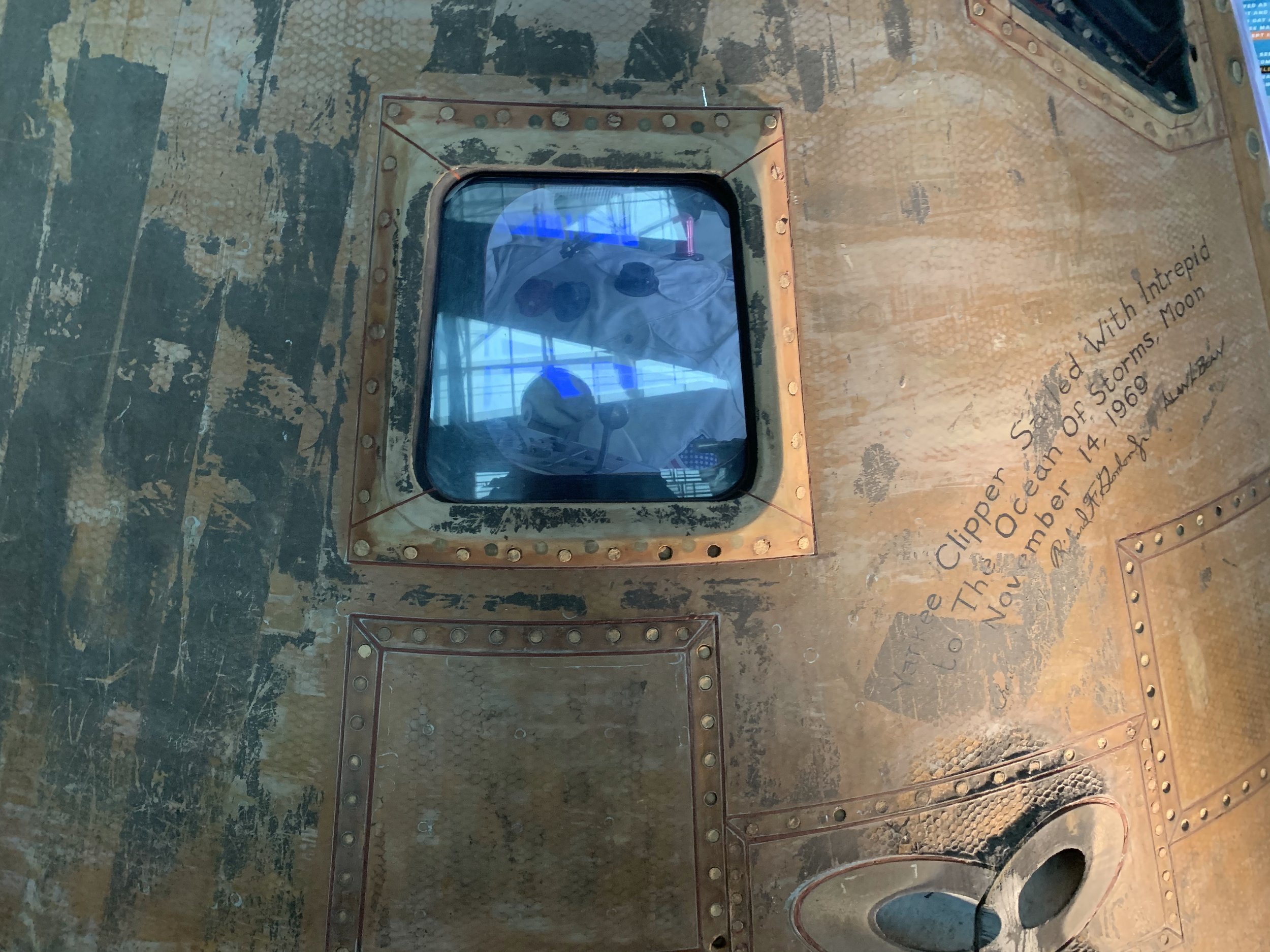
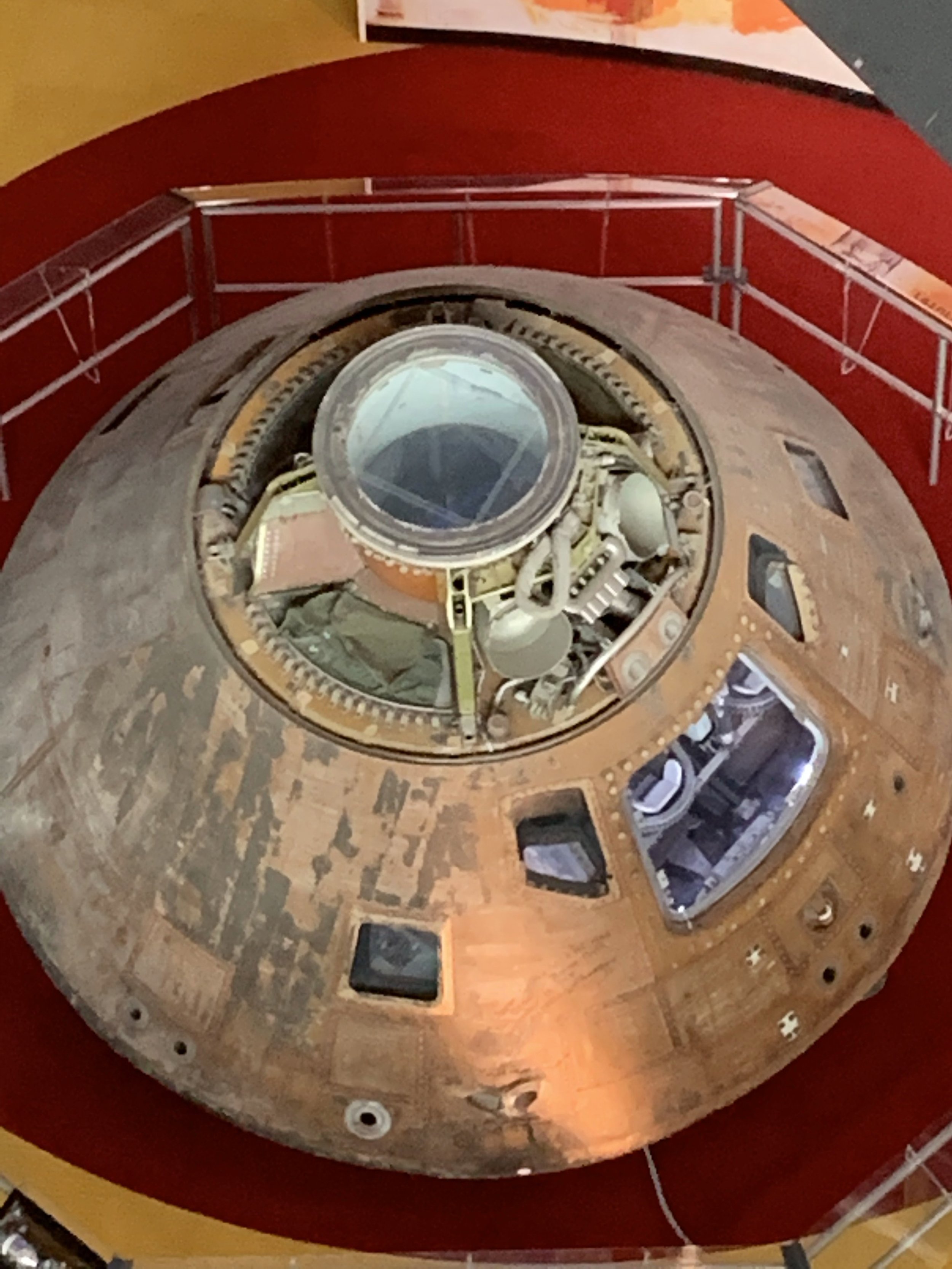
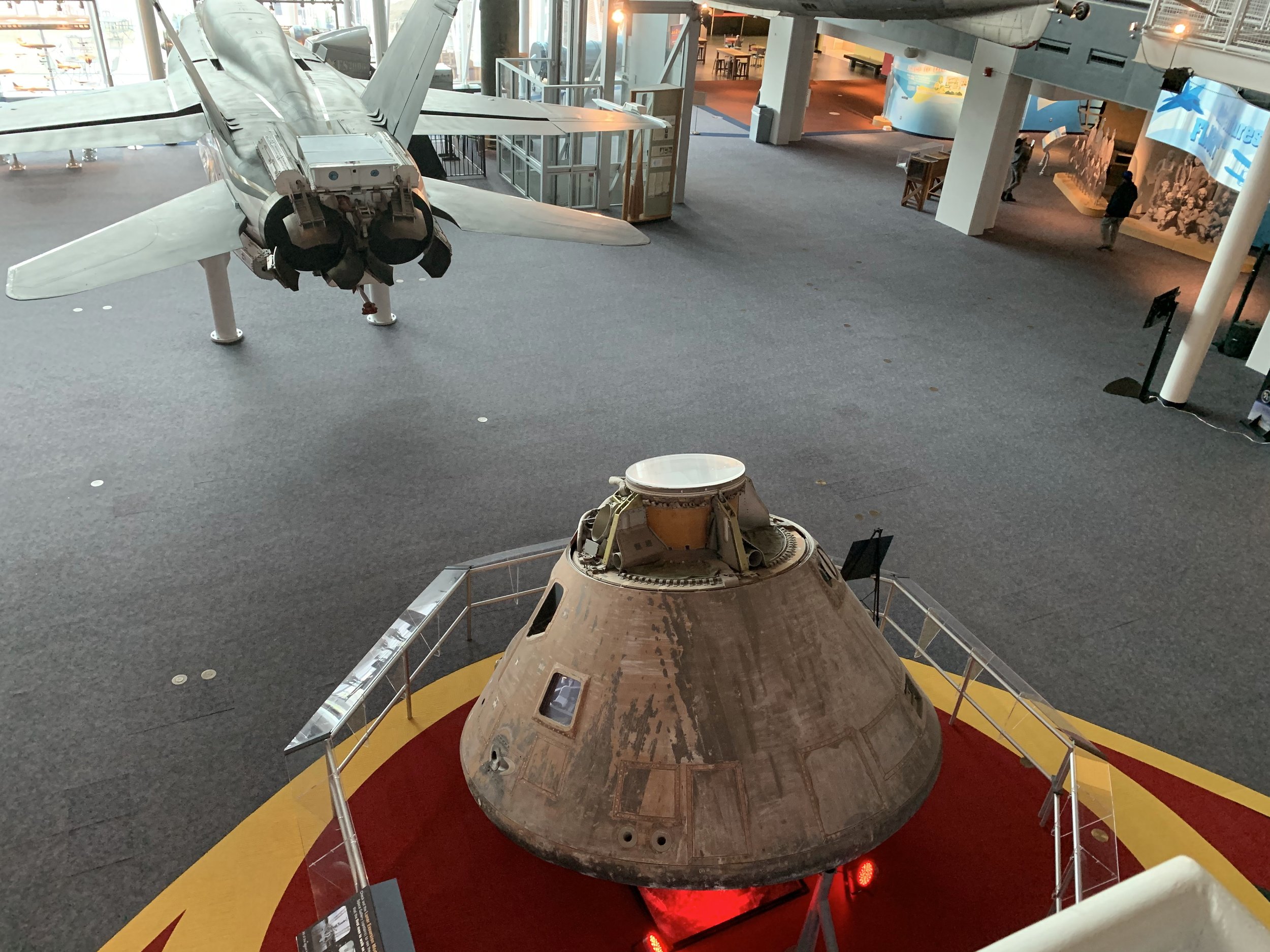
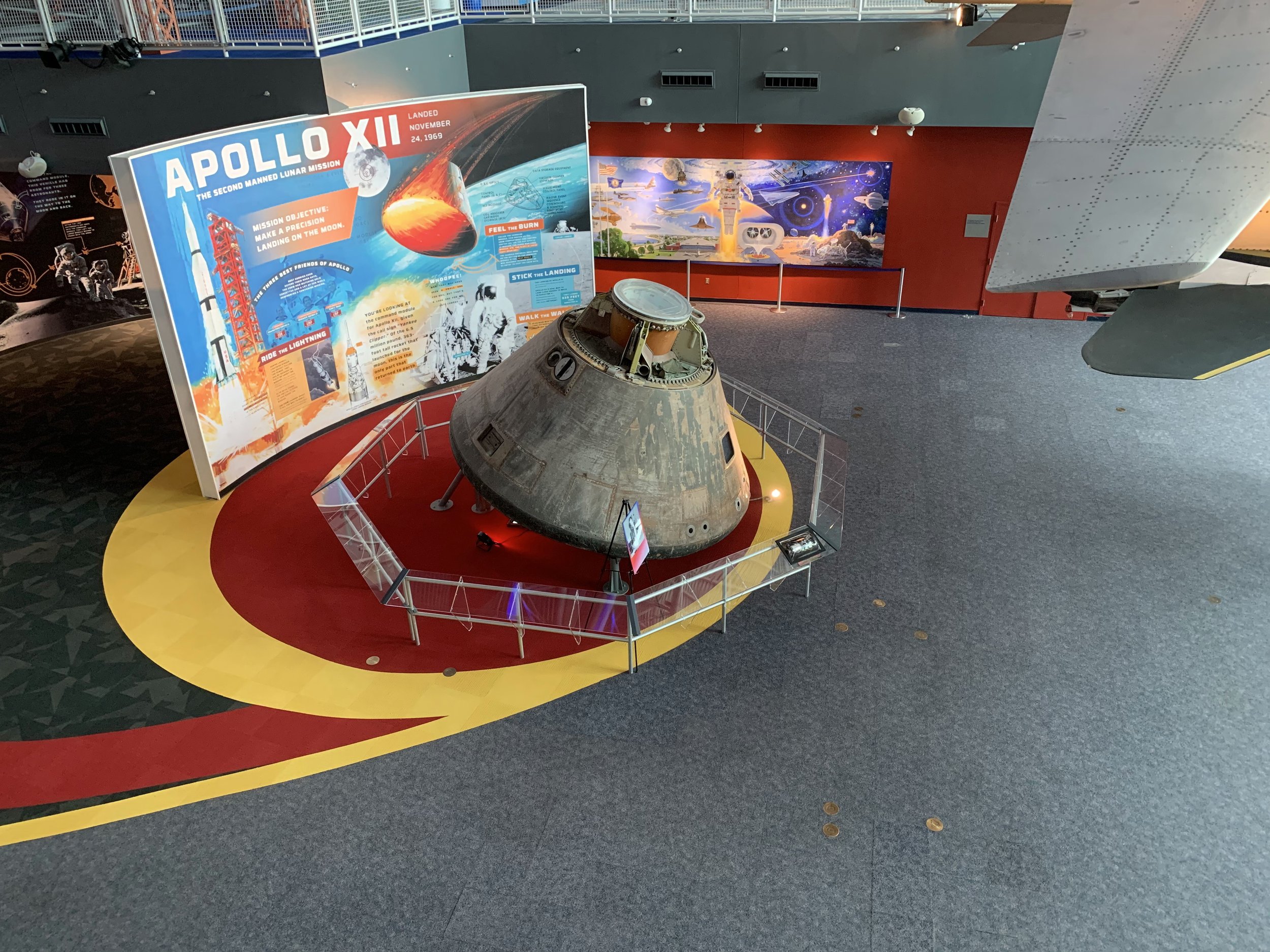
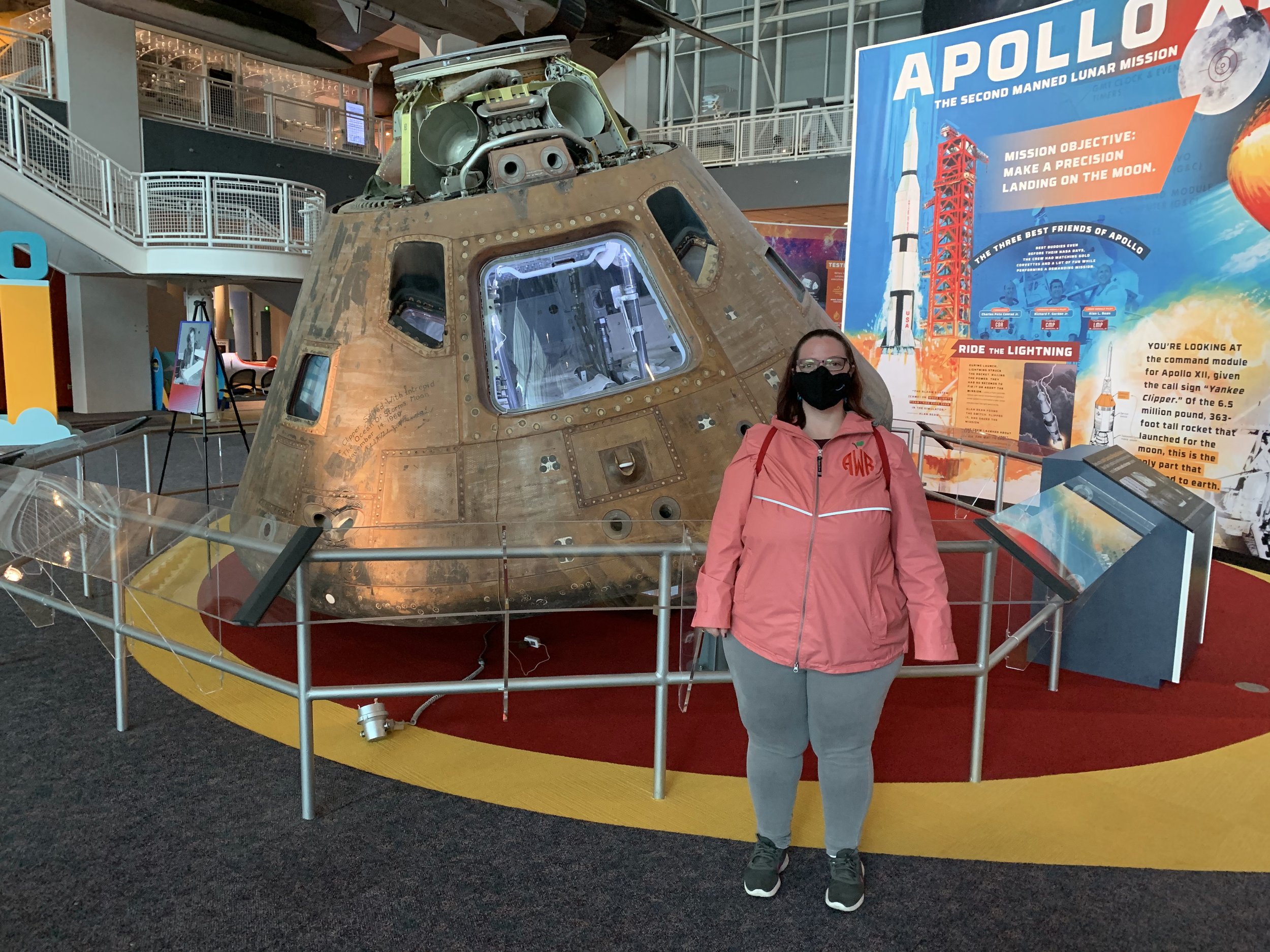
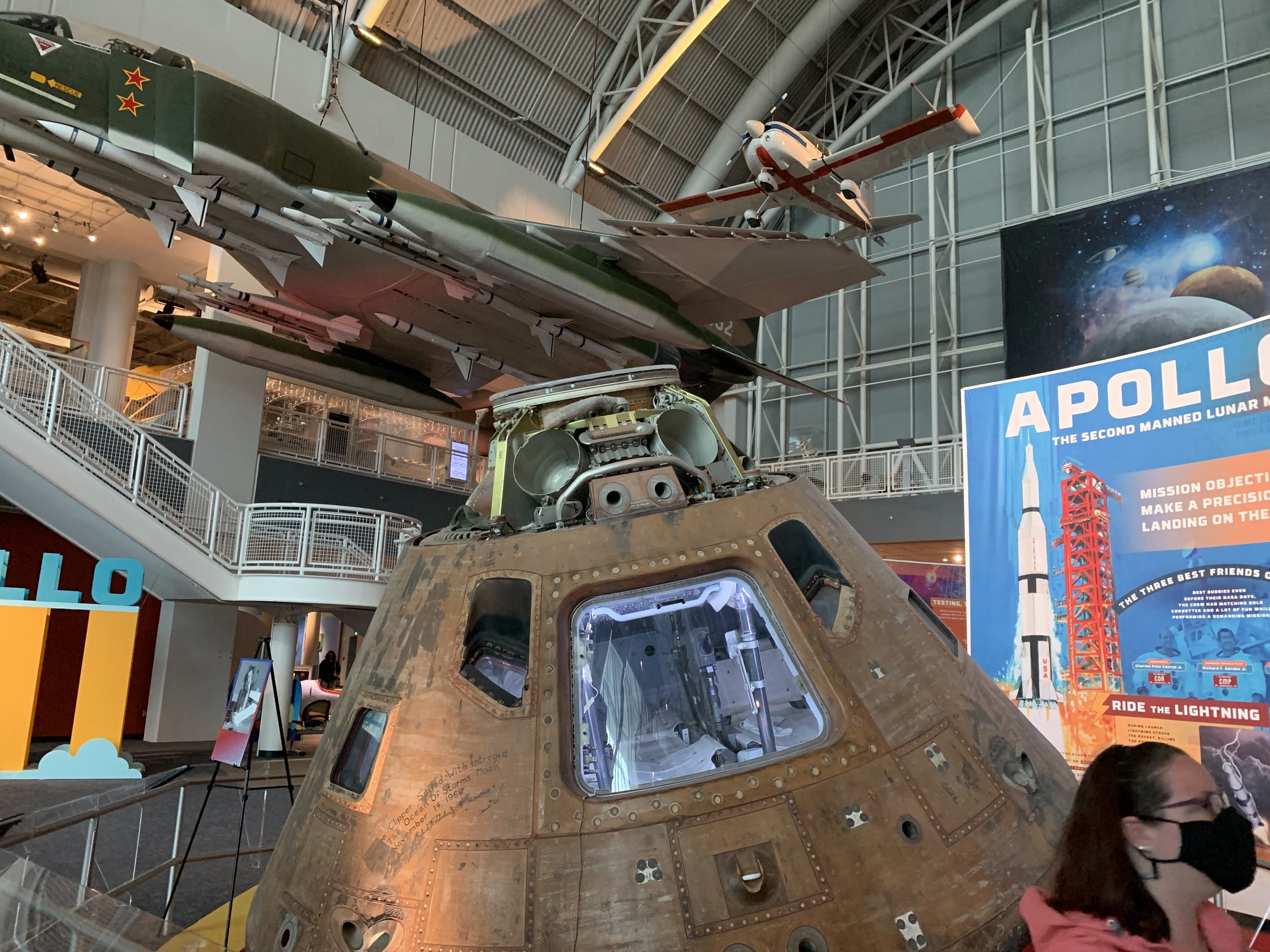
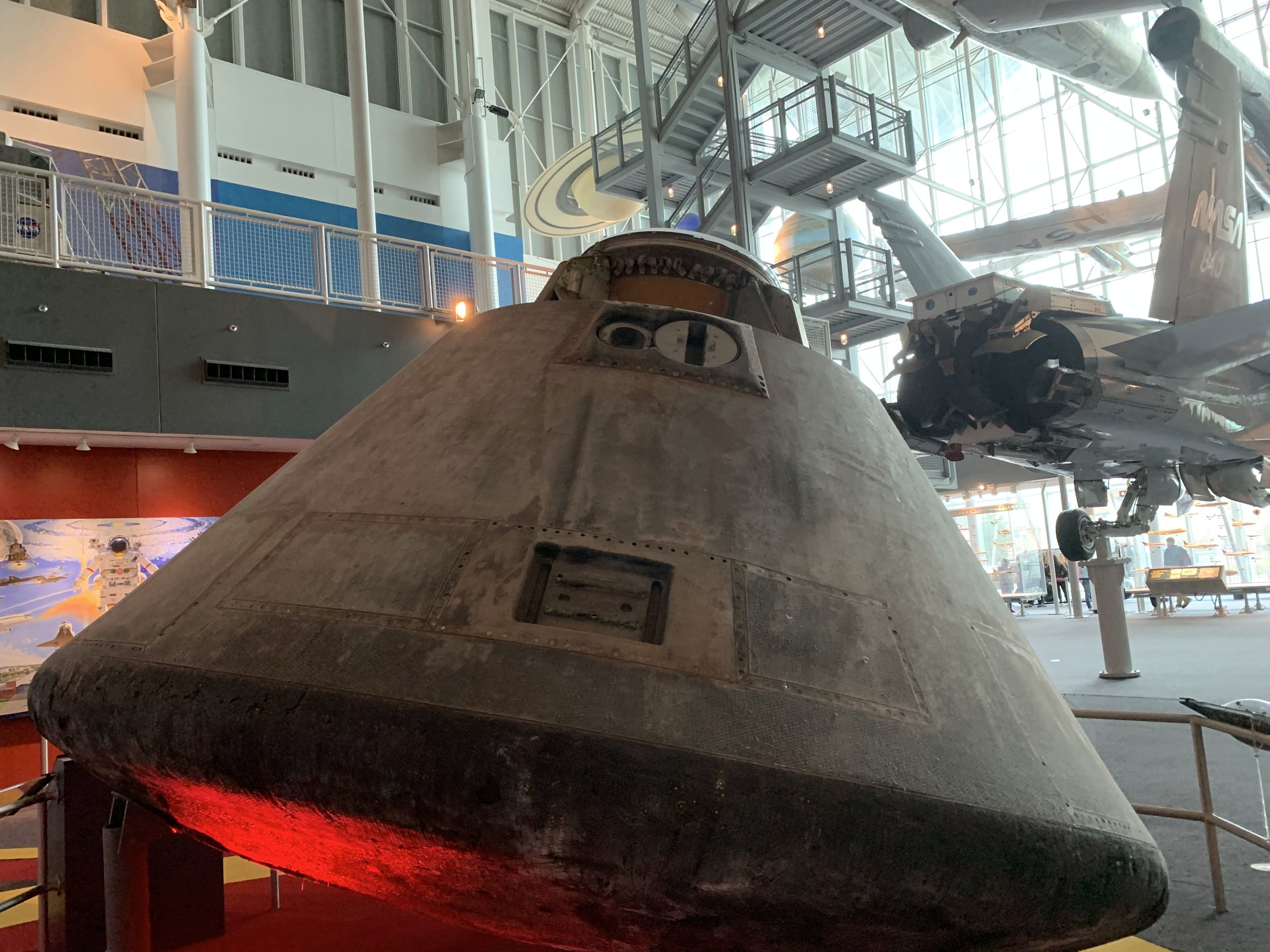
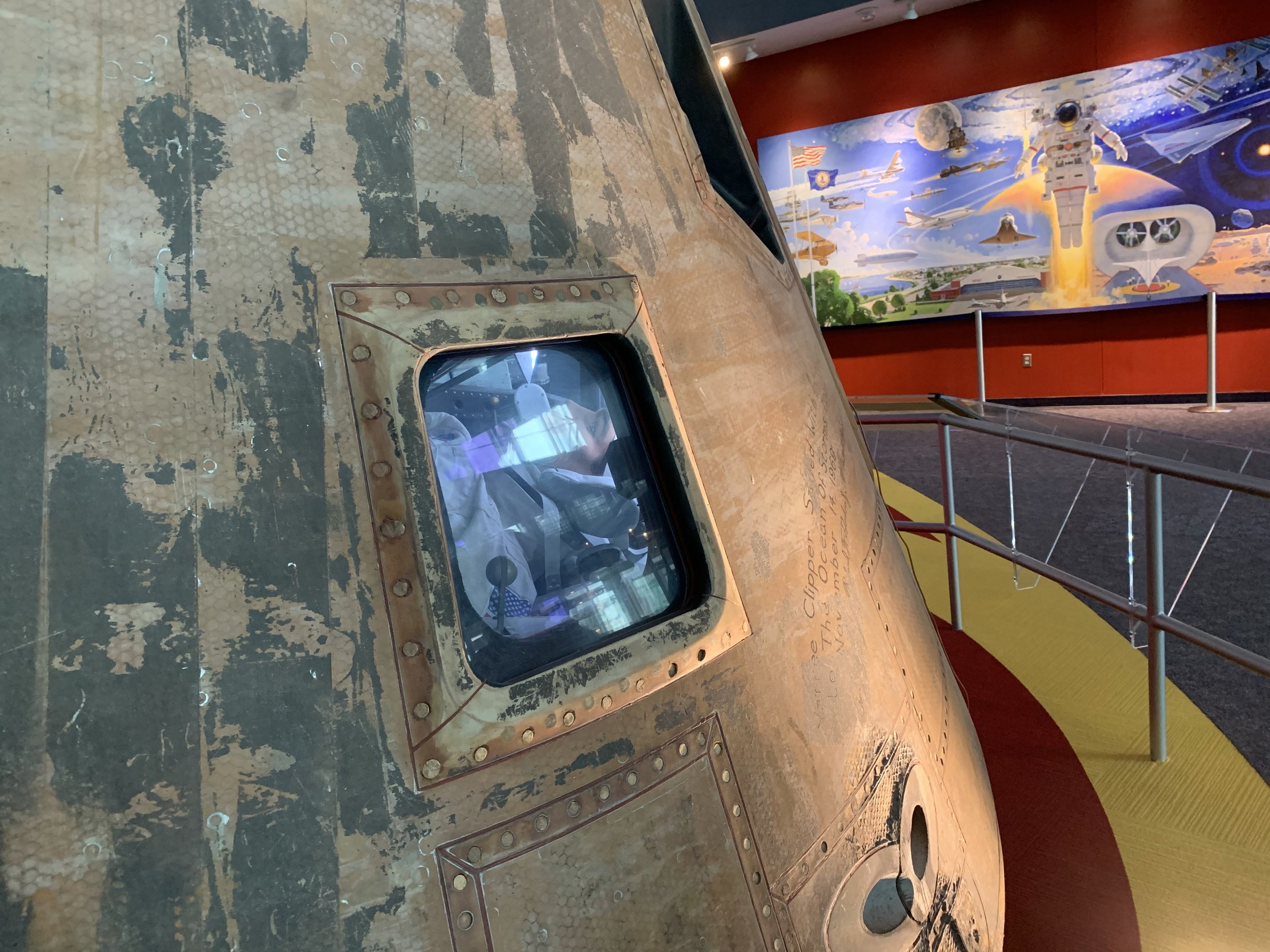
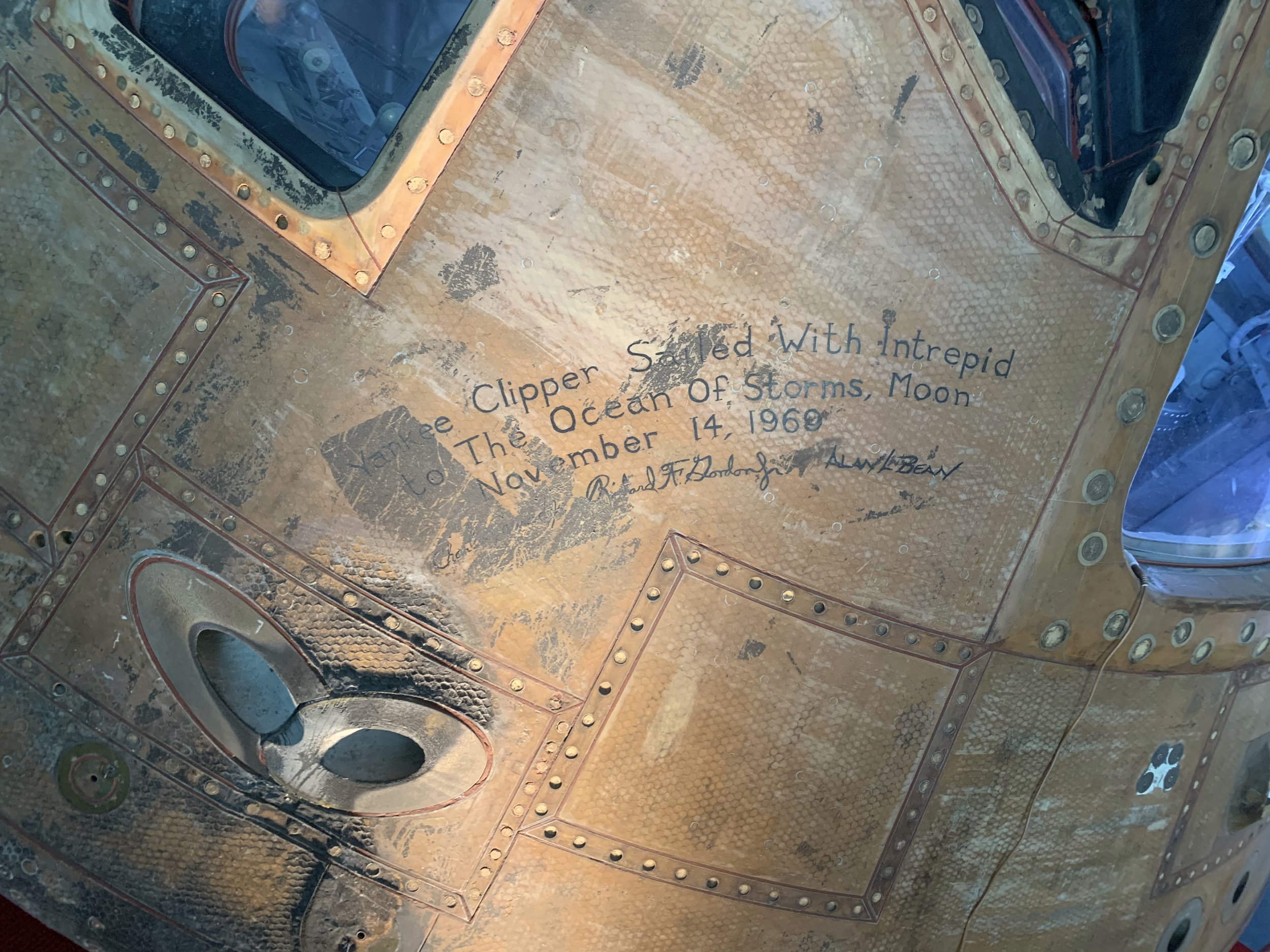
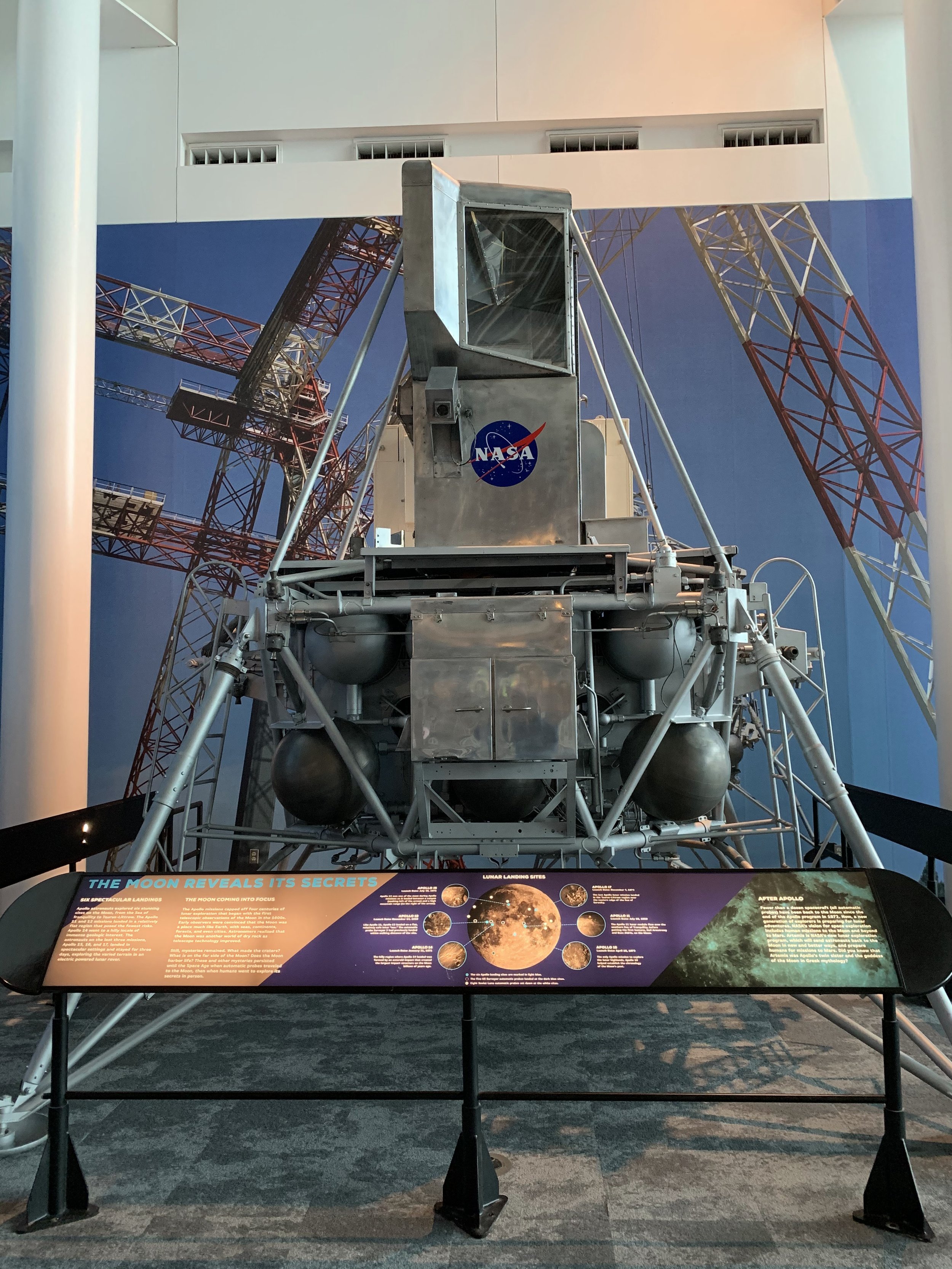
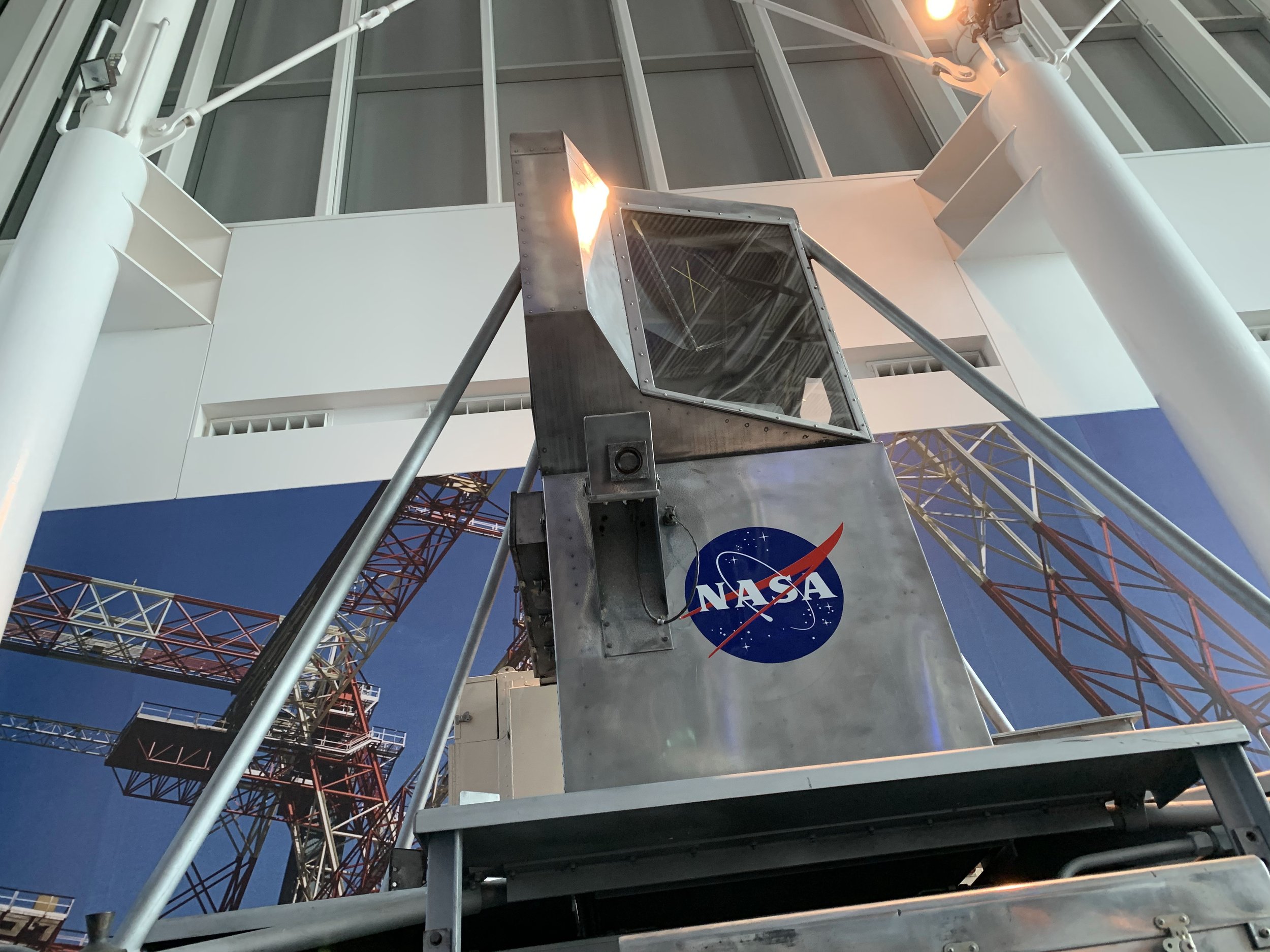
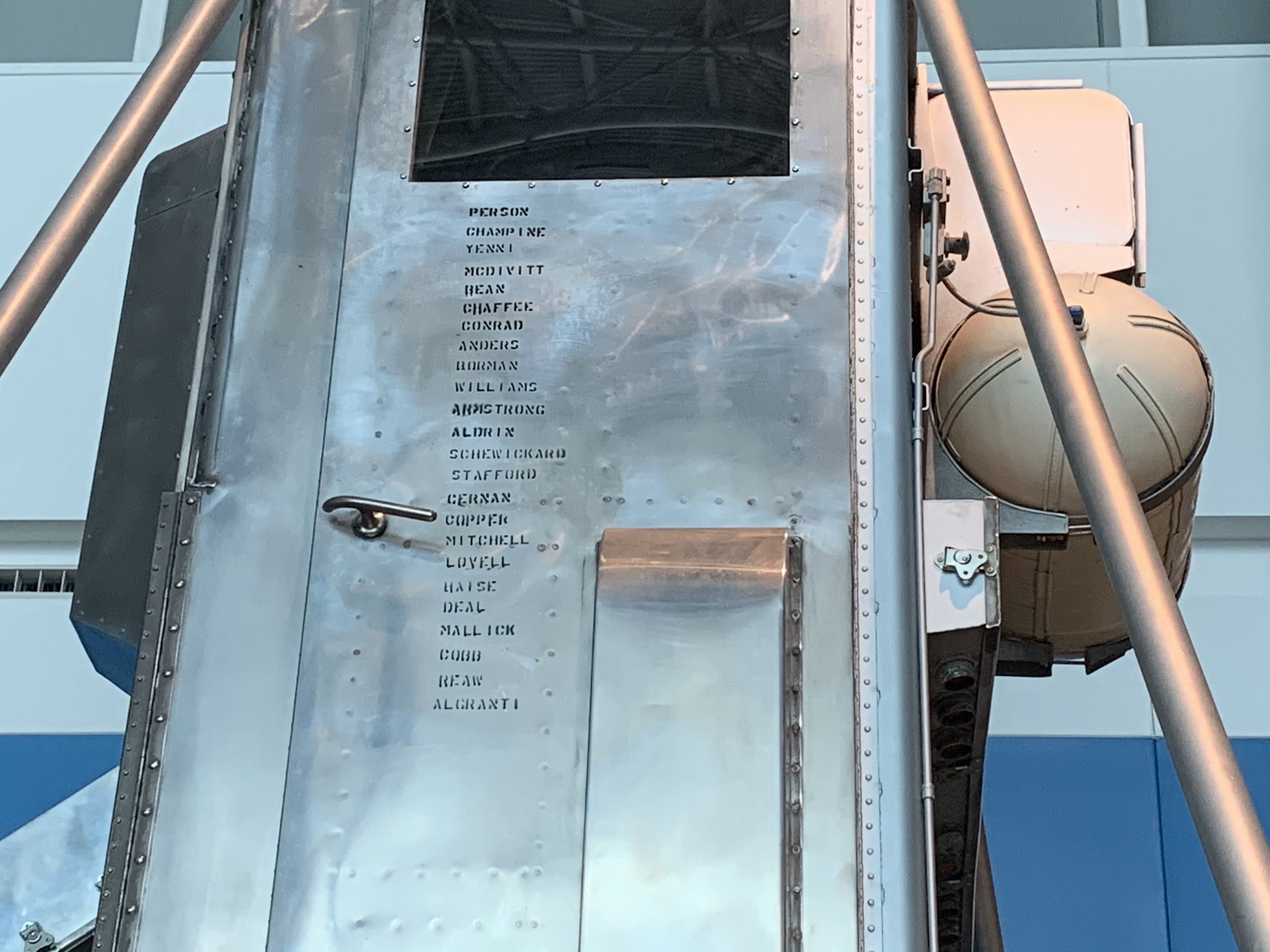
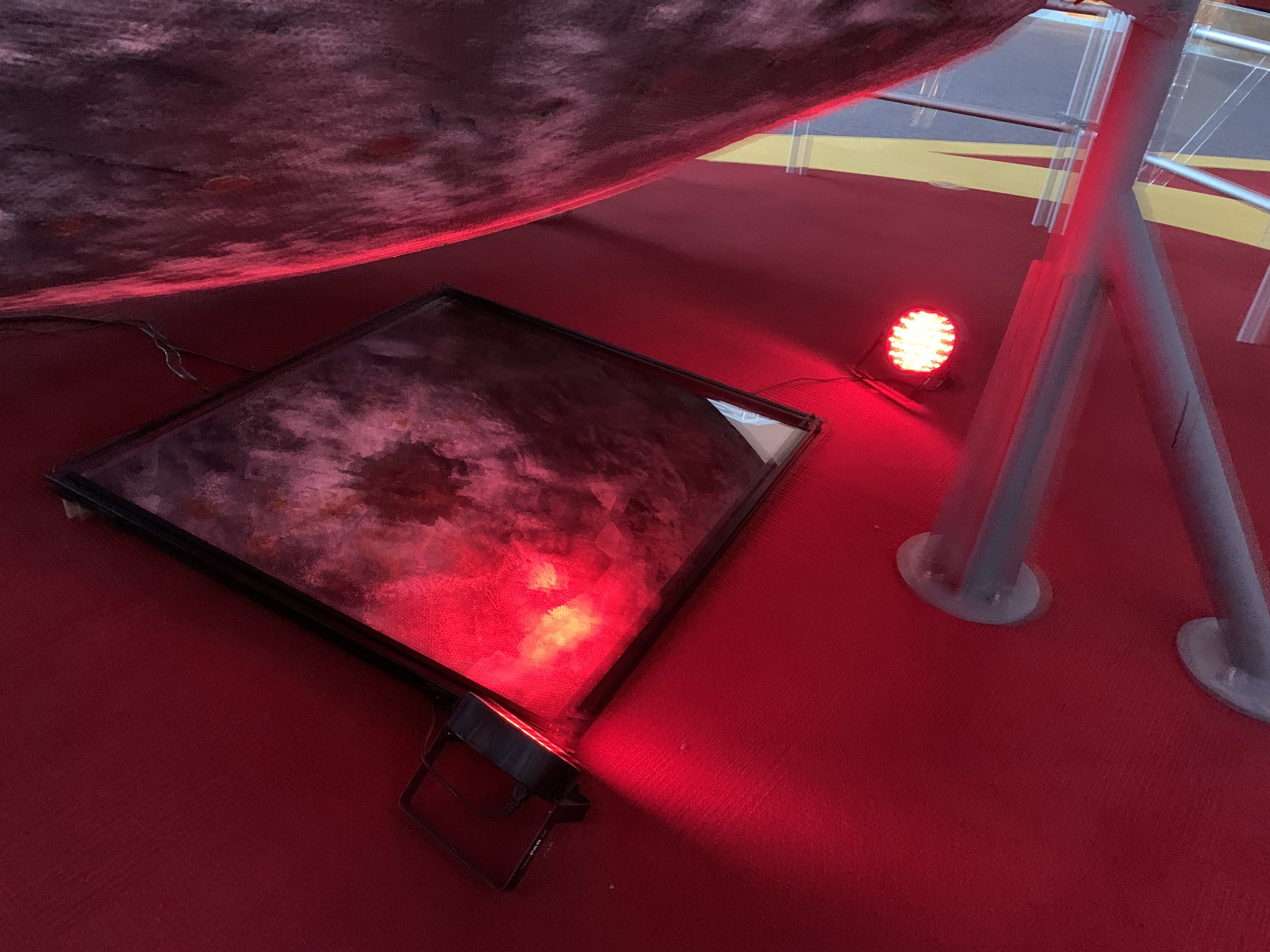
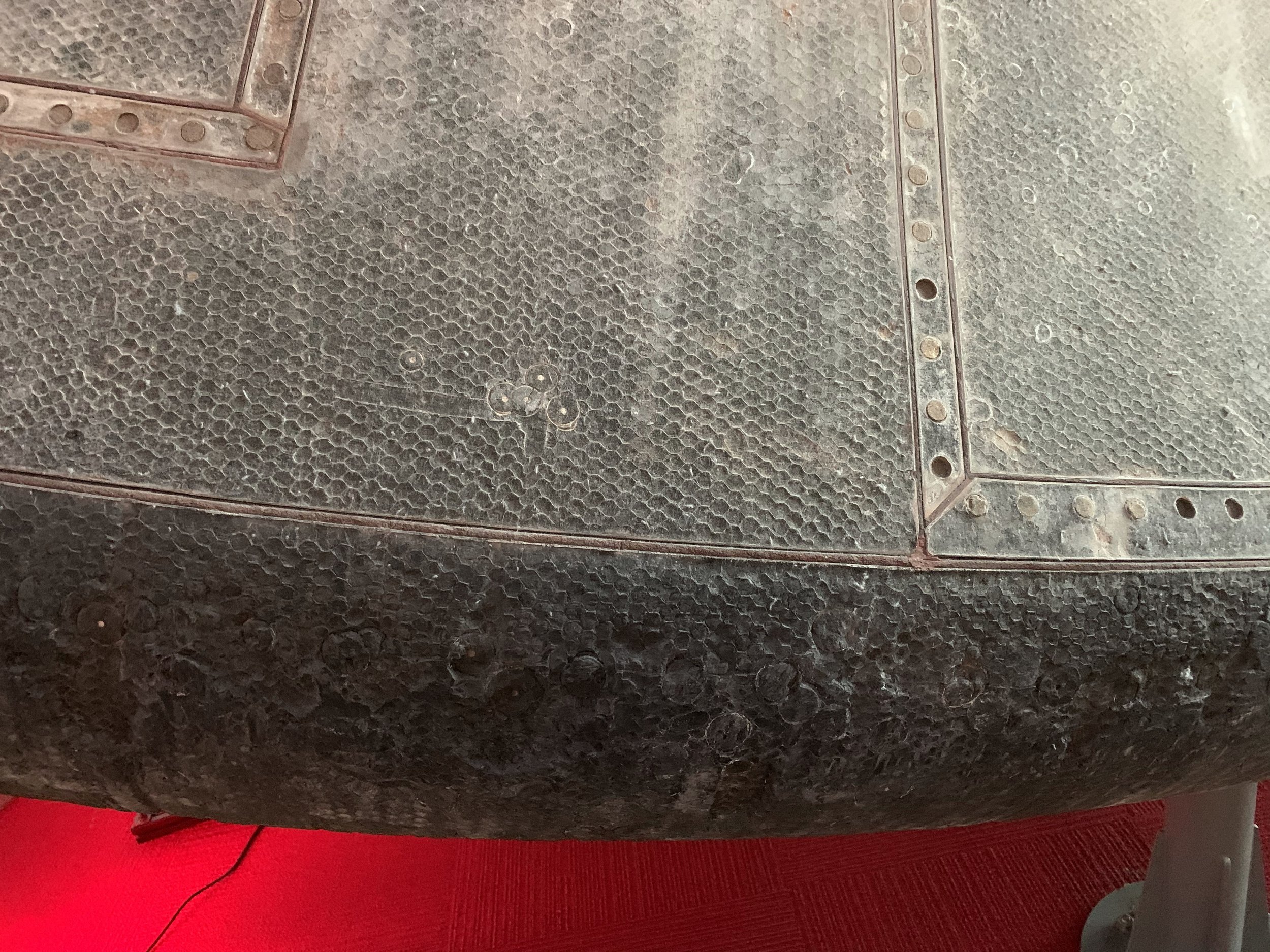

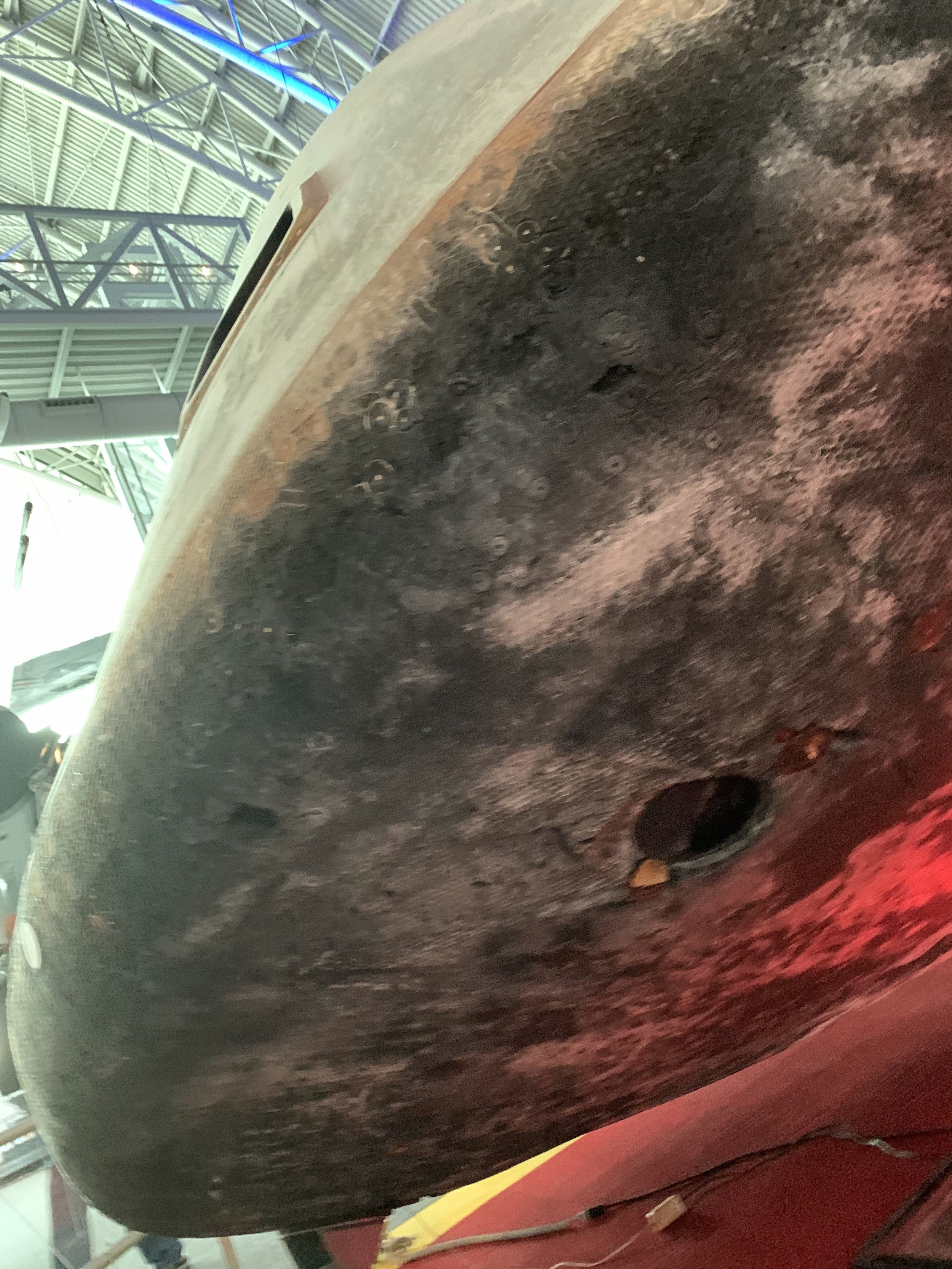
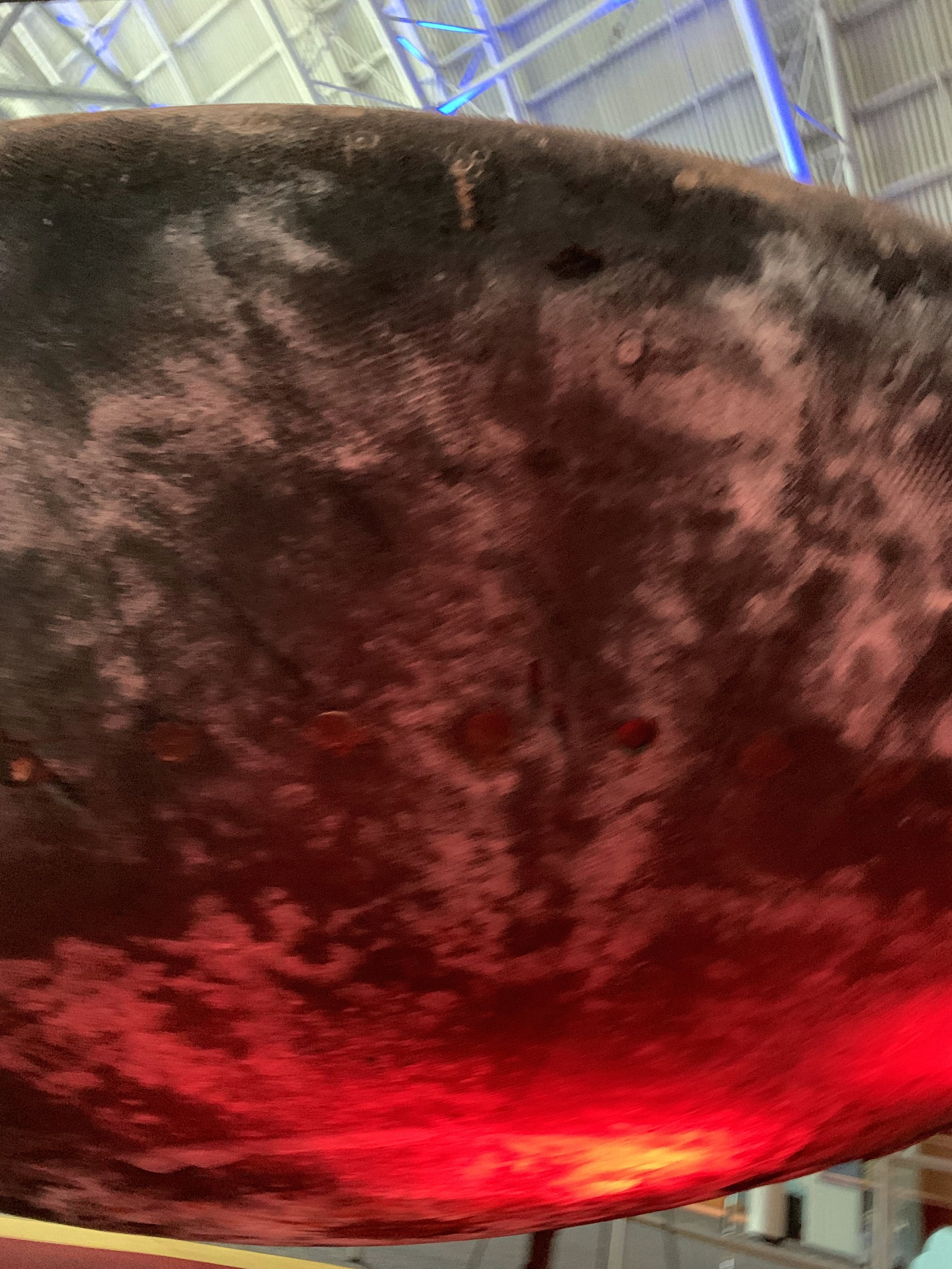
Between December 1968 and December 1972 mankind took our first tentative steps into the cosmos via 9 manned voyages to the moon. 7 of these were intended to land on the moon, 6 succeeded. Apollo 11 may have made history with its historic first steps, but it’s astronauts also spent the shortest time on the lunar surface. Each of the 5 successful missions that followed it increased the duration of their lunar stay, pushing the boundaries of technology and weaving their own incredible tales of discovery. This is the story of Apollo 12.
Although Apollo 11’s historic moon landing seems fated to have happened, NASA gave it a 50/50 shot at best. Leading up to the mission it was considered the first real attempt at a moon landing, but the crew of Apollo 12 was also preparing to take that place in history if Neil Armstrong had failed. After Neil and Buzz effectively “won” the space race NASA slowed down their lunar schedule in order to provide more training and increase the scope of scientific exercises to be carried out by the astronauts, specifically pushing back Apollo 12 by 2 months.
On a rainy November 14th 1969 a Saturn V rocket launched from The Kennedy Space Center carrying the Apollo 12 craft along with astronauts Charles Conrad J. (Mission Commander), Richard F. Gordon Jr. (Command Module Pilot), and Alan L. Bean (Lunar Module Pilot). The rocket nearly suffered a catastrophe when it was struck twice by lightning, knocking out both it’s primary power source for the Command Module and its ability to send telemetry data back to the ground. Quick thinking by the mission’s Electrical, Environmental and Consumables Manager (EECOM) John Aaron and Lunar Module Pilot Bean enabled them to switch to back-up and salvage the mission. Once in orbit the astronauts conducted a thorough check of their craft, and then made the necessary maneuvers to begin their journey to the moon.
Apollo 12’s greatest claim to fame might just be the precision of it’s landing. Apollo 11 had encountered rougher than expected terrain putting the craft down quite a bit off course. Ultimately Pete Conrad was able to put the craft down just a little over 500 feet away from their primary objective, the Surveyor 3 space probe. America had sent it to the moon 2 years earlier, and Conrad and Bean were tasked with cutting parts of it off to bring back with them so that NASA could study the long term effects the lunar environment might have on their gear.
Commander Armstrong may have provided the most memorable quote in human history as he took his mission’s first steps onto the moon, but Pete Conrad was a bit more jovial on Apollo 12. The shortest of the Apollo astronauts he proclaimed "Whoopie! Man, that may have been a small one for Neil, but that's a long one for me.” The mission was also the first mission to bring with it a color TV camera, but it would ultimately produce very little footage. During setup Alan Bean accidentally pointed the camera directly at the sun, completely destroying it.
While Conrad and Bean explored the lunar surface, Gordon remained in orbit conducting light-spectrum experiments that aimed to reveal more info about the moon’s composition. He also managed to capture a breathtaking solar eclipse from orbit. In addition to retrieving parts of Surveyor 3 and almost 80lbs of moon rocks, the astronauts on the lunar surface deployed multiple experiments, and traveled a few kilometers across the lunar surface.
After nearly 33 hours and 2 EVA’s on the lunar surface, Conrad and Bean blasted off from the moon and rejoined Gordon in orbit. They ejected their Lunar Excursion Module on a course that would see it crash back into the lunar surface, and then began the long journey back home. As they neared the Earth and began preparations to de-orbit, they had no idea that NASA engineers genuinely feared that the lightning strikes experienced during take-off might have destroyed the craft’s parachutes. NASA had declined to inform the astronauts as they were too far into orbit to safely return to Earth by the time the damage had occurred.
Thankfully NASA’s fears proved unfounded, and the parachutes deployed perfectly, landing the craft into the ocean on November 24th. NASA had not yet proven the moon devoid of life, and so the astronauts and their command module were placed in quarantine until December 10th, after which they emerged as heroes to the American people. Conrad and Bean would later transfer to NASA’s Skylab program in hopes of flying in space once again, but Gordon would remain with Apollo hoping for his own chance to walk on the moon. He would make it as far as back-up command for Apollo 15 and was the NASA favorite to command Apollo 18, which was ultimately canceled due to changing budgets at NASA.
Today the Apollo 12 Command Module, named “Yankee Clipper” is on display at the Virginia Air and Space Center in Hampton Virginia. Its among the most accessible of the craft, with no glass enclosure separating visitors from the craft (it’s still fenced off, but photos very well without the glass between you). Its door has been removed to allow for a great view into the craft, and its setup at an angle allowing you to get a great look at the ablative heat shield. It also features the autographs of the 3 men who once flew this noble craft on a journey to another world. In addition to this historic Apollo craft the museum also features a Gemini craft, an Apollo era Lunar Excursion Module Trainer, and numerous aircraft on loan from NASA and the military. The museum is very close to historic Jamestown, Colonial Williamsburg, and Virginia Beach. We stayed at the museum probably 3 hours, but this included a good hour of me just staring at this historic craft and drinking in as much of it as I could.
Want to Experience This Adventure for Yourself?:
Flat Lick Falls
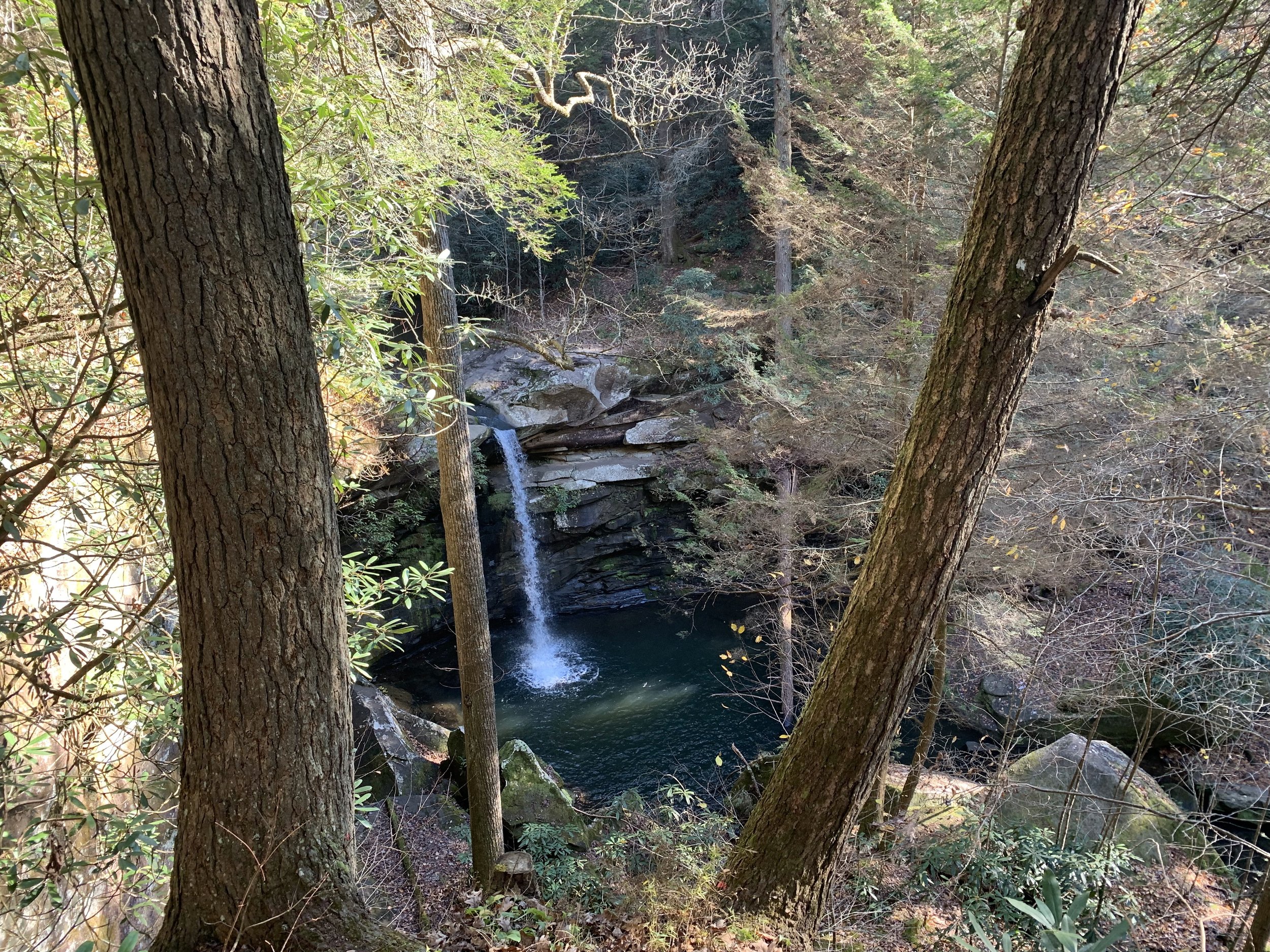
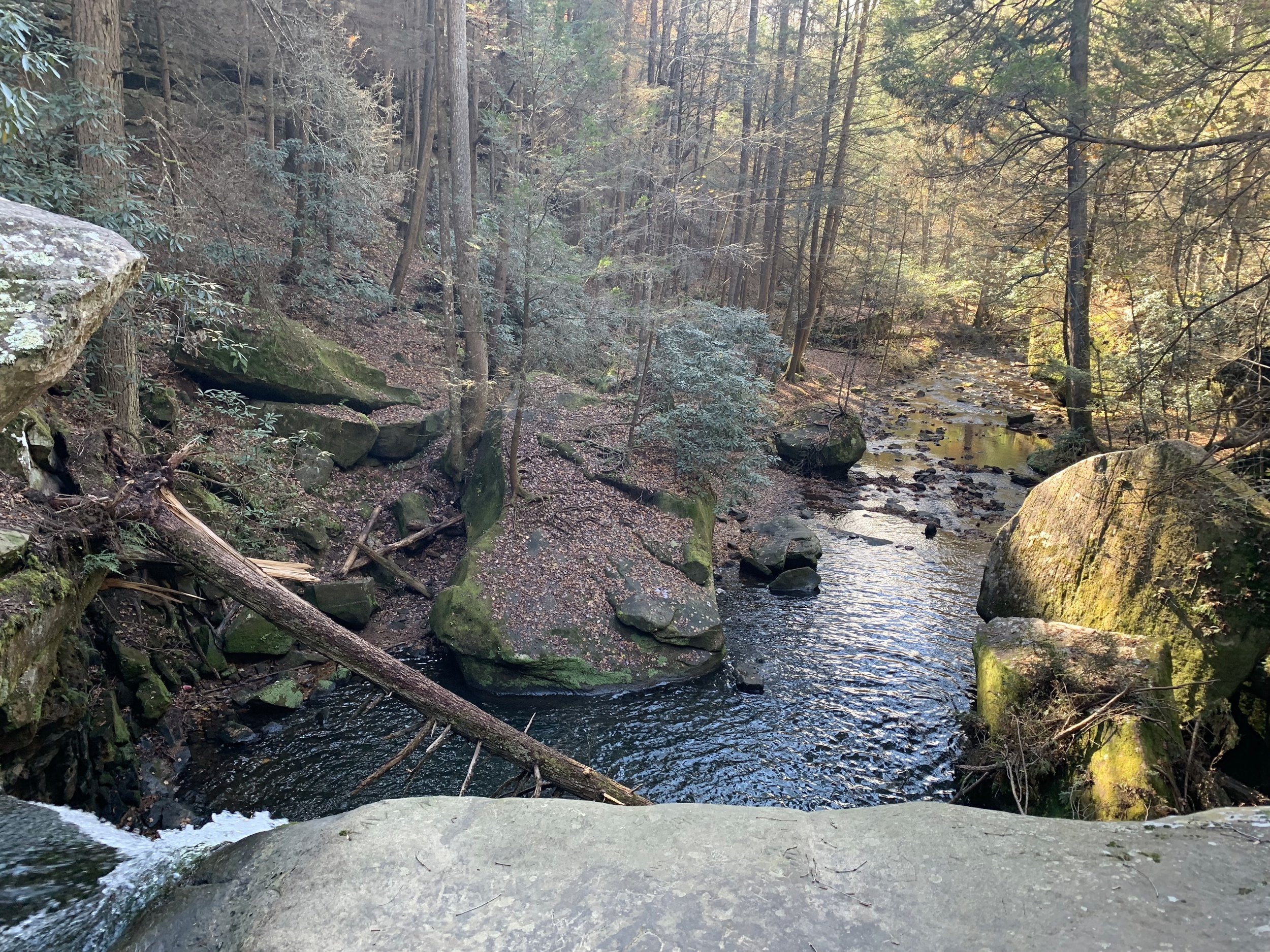
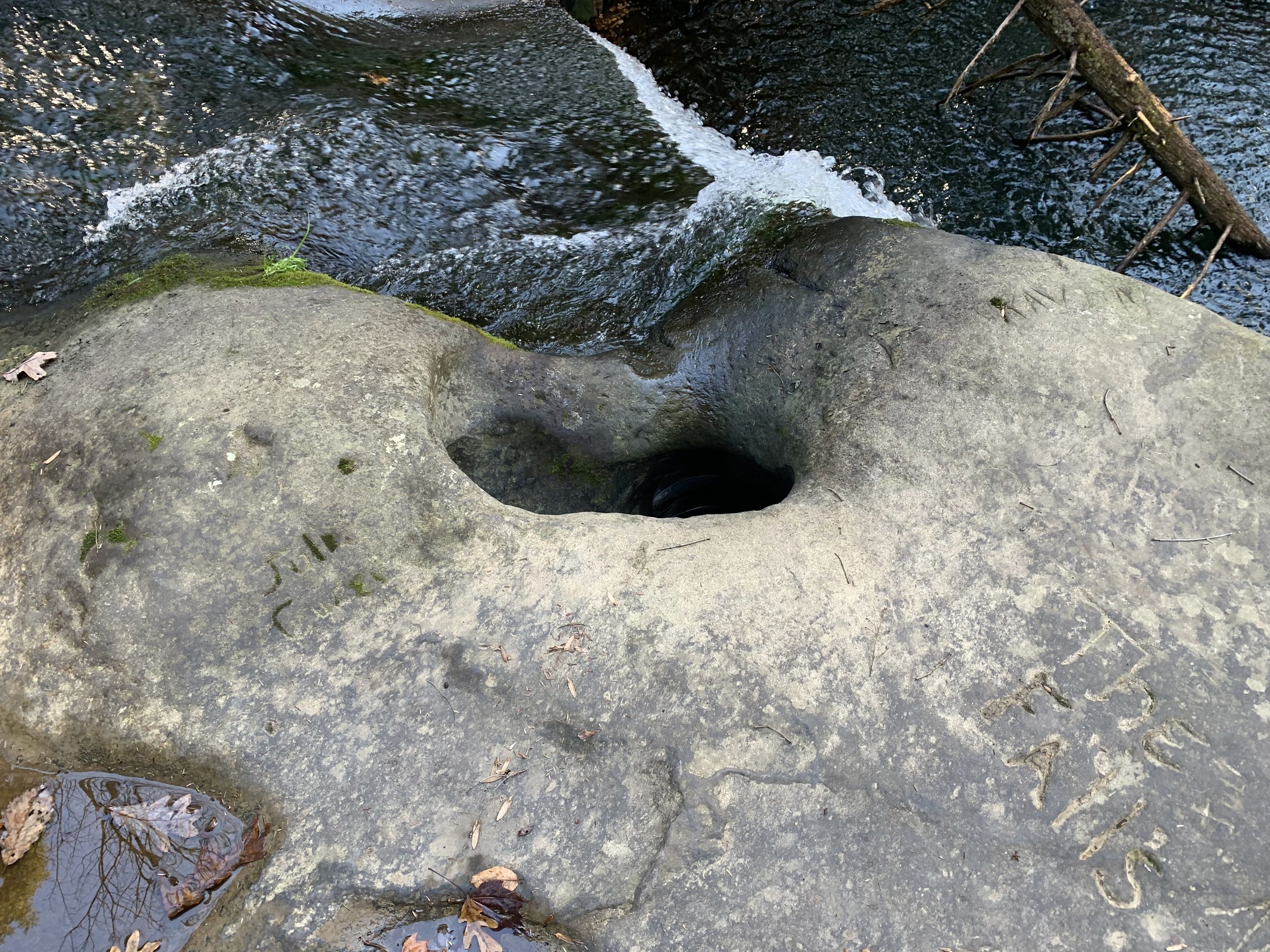
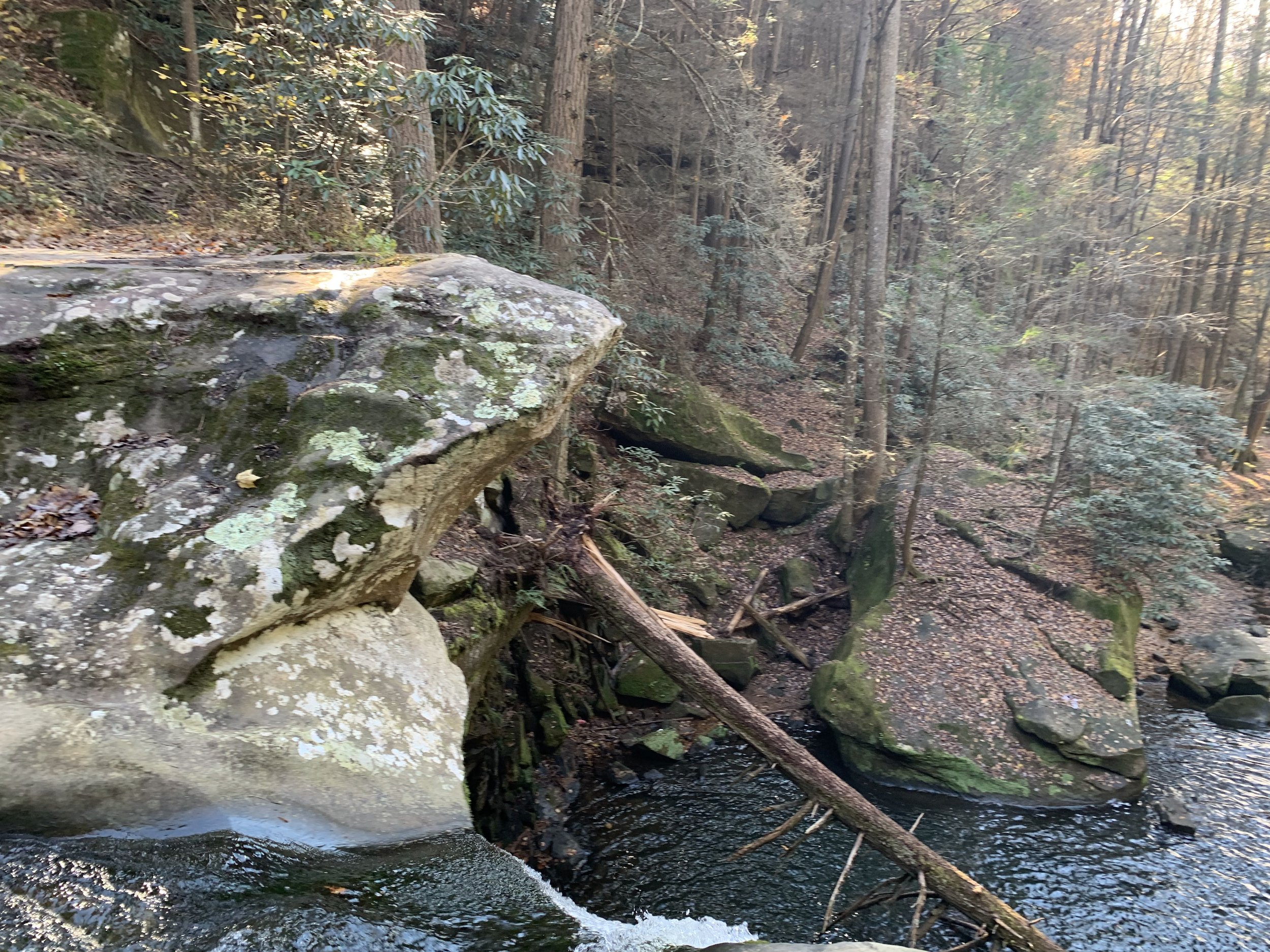
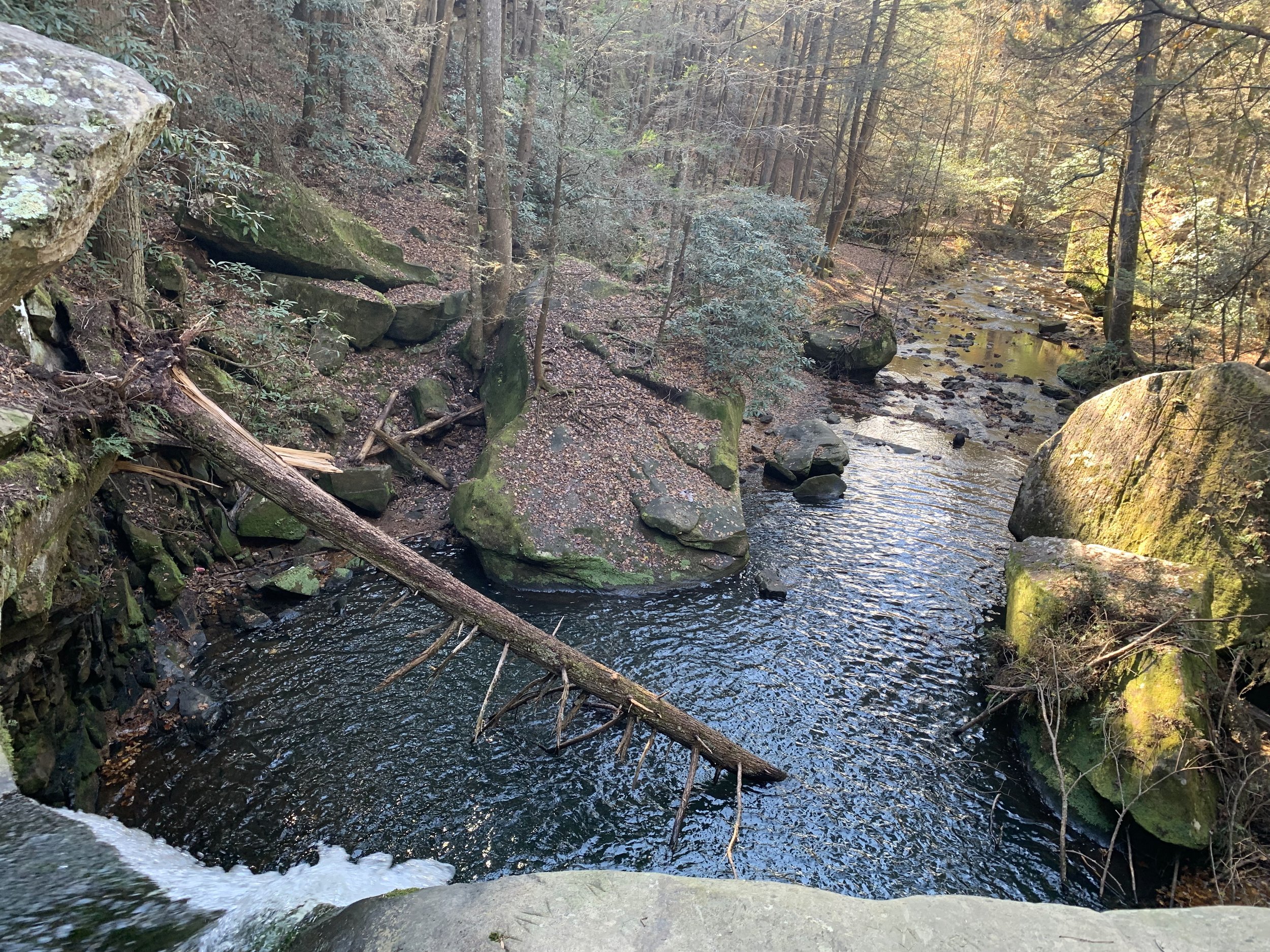
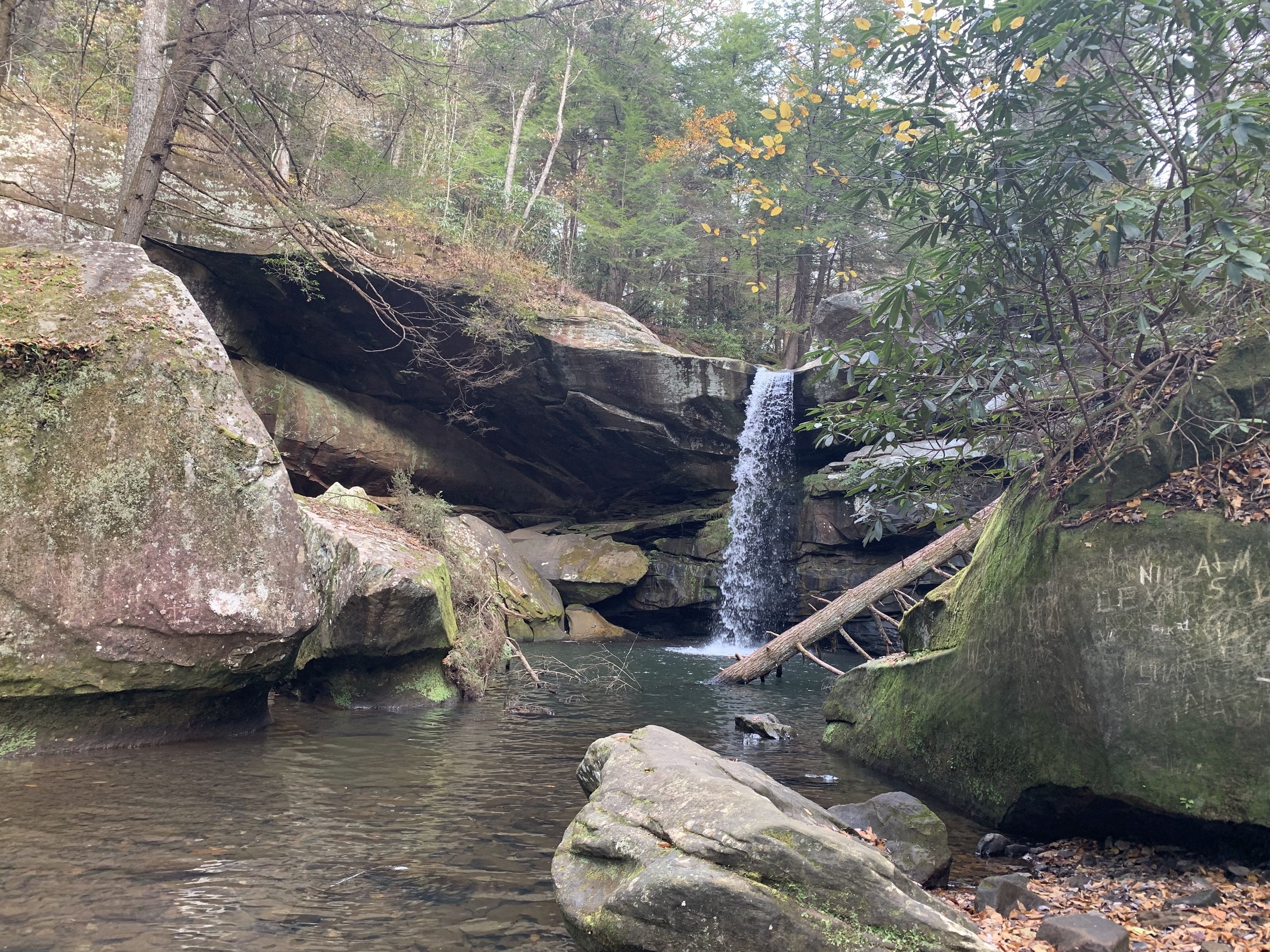
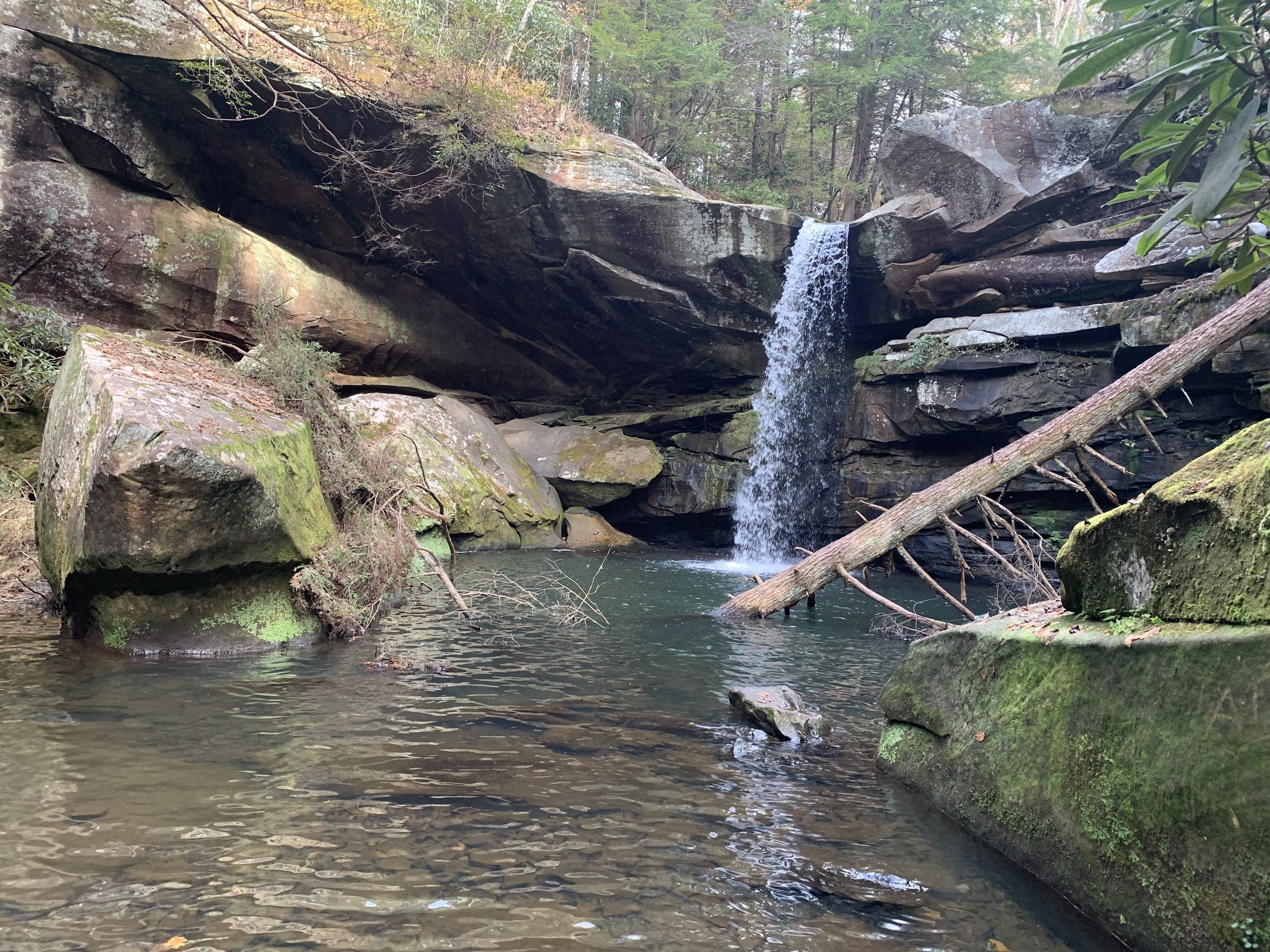

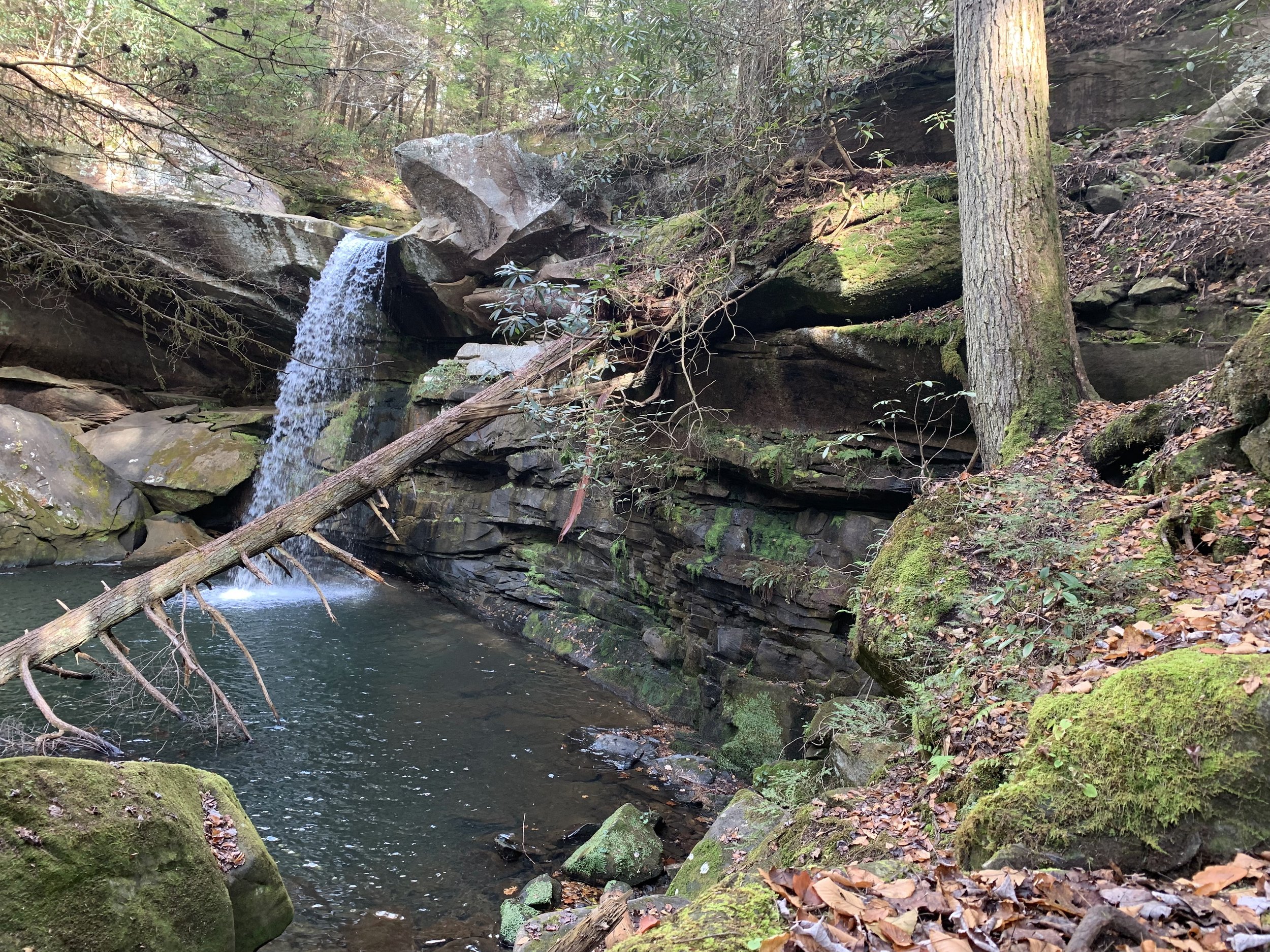
Eastern Kentucky is home to some of the most breathtaking wilderness on Earth. The Red River Gorge area alone offers a lifetime worth of opportunities to hike and see nature at her finest. This concentration of geologic wonders can make for large crowds though, often times spoiling the very solitude that one seeks in nature. For those willing to look for it though, the Bluegrass state has tons of other scenic natural areas that offer a bit more seclusion. One such spot can be found off of State Route 421 in McKee Kentucky.
The Flat Lick Falls recreation area is a perfectly sized little campground centered around the titular waterfalls. It offers ample parking, multiple primitive campsites, and requires only a short walk from both to reach the falls. The path to the primary observation area of the falls is even paved, making it handicap accessible.
For those who can handle a very mild scramble you can also climb down to the top of the falls and get a magnificent view of the creek as it rushes over the rocks. In drier times you can even step into the creek at the falls edge without fear of being swept over. Although the site features multiple warning signs against diving from the falls, I’m told that locals very frequently ignore these warnings.
For those wanting to reach the bottom of the falls WITHOUT jumping, there is a very mild hiking trail that will carry you to the creek below, after which it’s only a short hike along the creek to reach the base of the falls. Fair warning, although the creek is shallow and there is a makeshift rock bridge across the creek, you should 100% expect to get your feet wet in crossing the creek. Once at the base of the creek there are several large boulders you can scramble up, and a large swimming/fishing hole at the base of the falls.
During my early fall visit the park was almost completely deserted. Using the rockbridge I was able to cross the creek and stay dry in my hiking boots, but my sandal wearing companion had to stay behind (it was cool enough that the water was very chilly). The crossing itself was a bit sketchy though on wet and slippery rocks, and if the water temp had not been so chilled I would probably have just stepped off into the creek and been safer.
Flat Lick Falls is a perfect destination whether you’re looking for a place to let the kids play in a creek, take your romantic partner on a nice hike, or just immerse yourself into nature all alone. Its greatest strength is also its greatest weakness though, as it’s at least 45 minutes away from anything else of interest, or any place to eat. If you’re looking for a nice getaway spot though, it’s well worth the trip.
Want to Experience This Adventure for Yourself?:
The Lost Mount Zion Covered Bridge

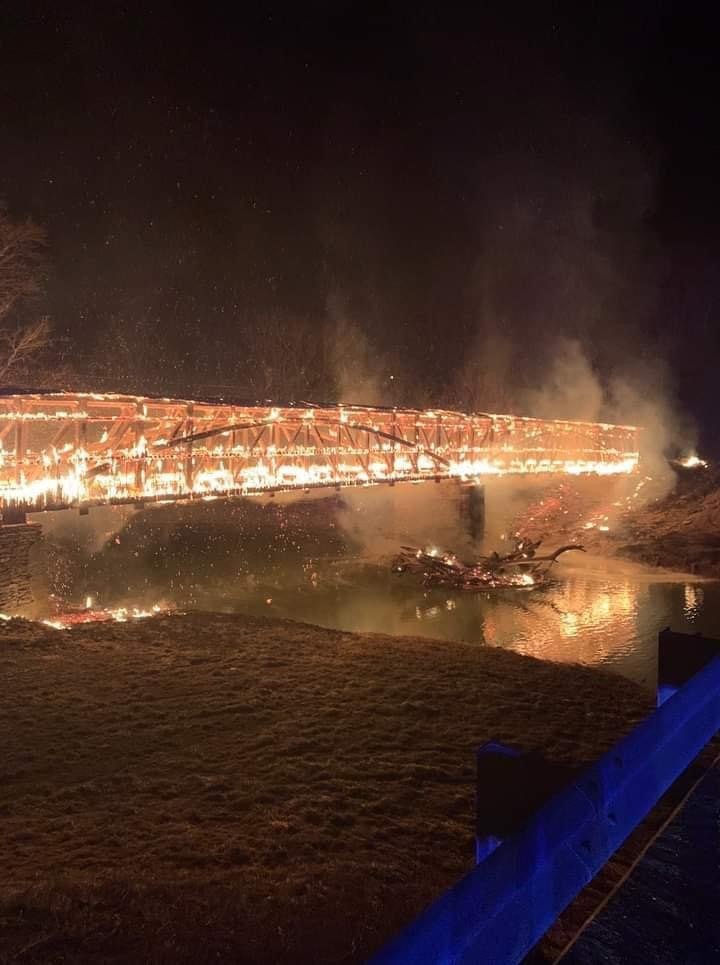
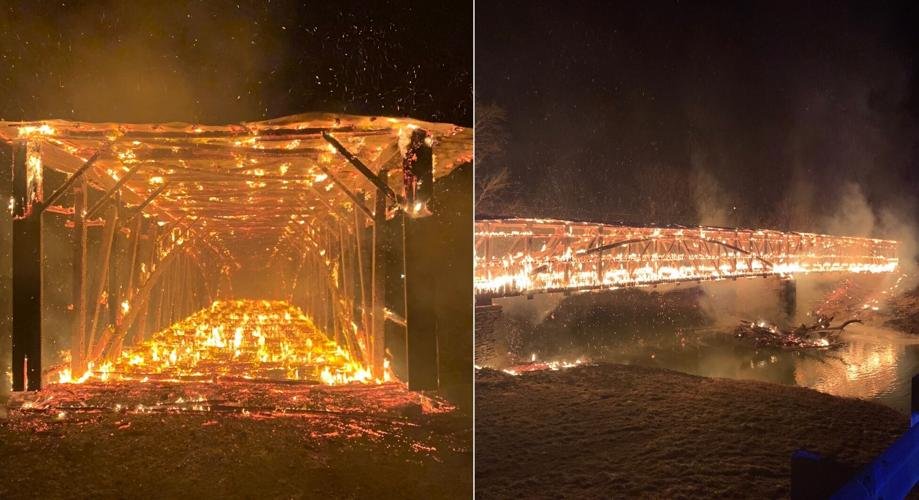
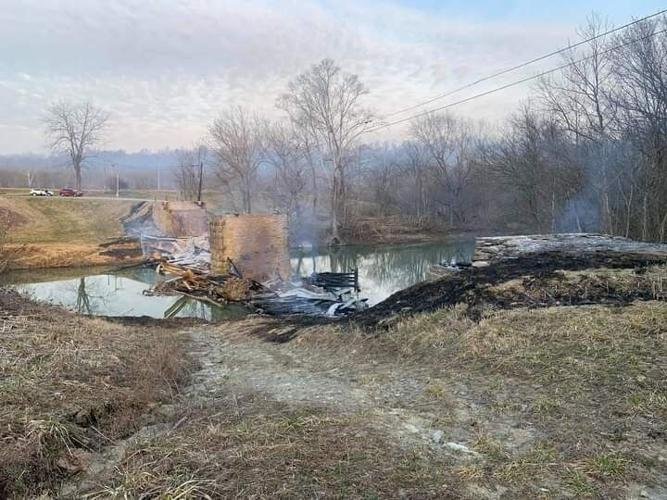
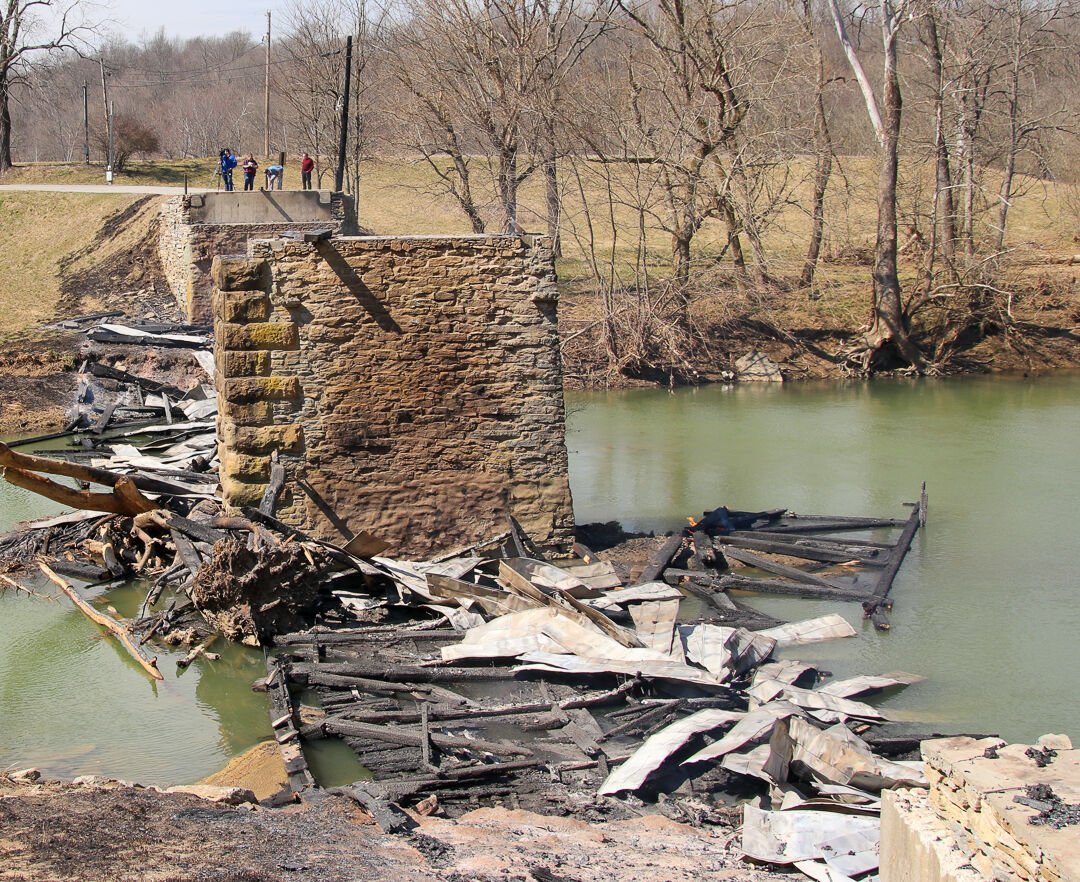
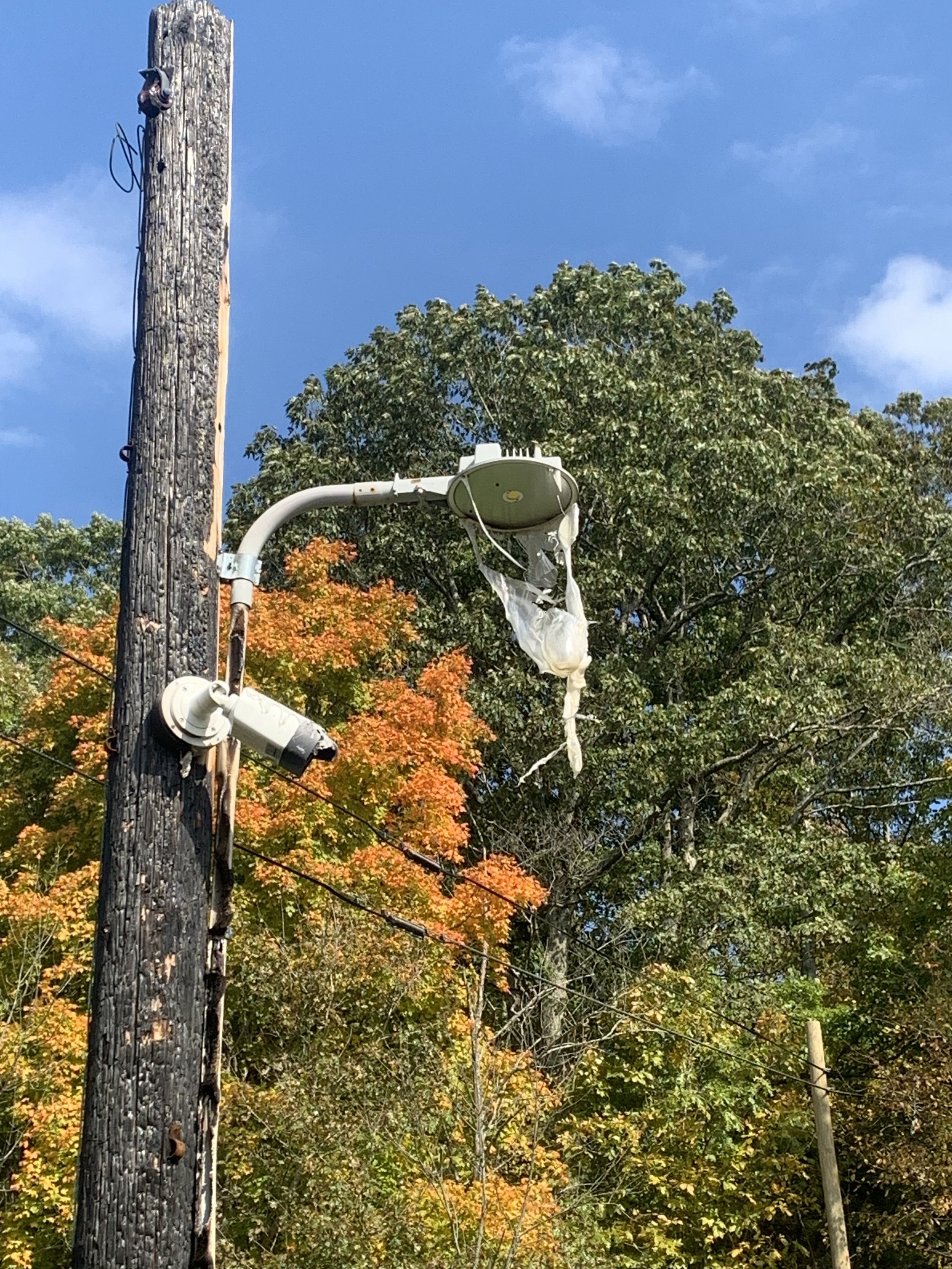
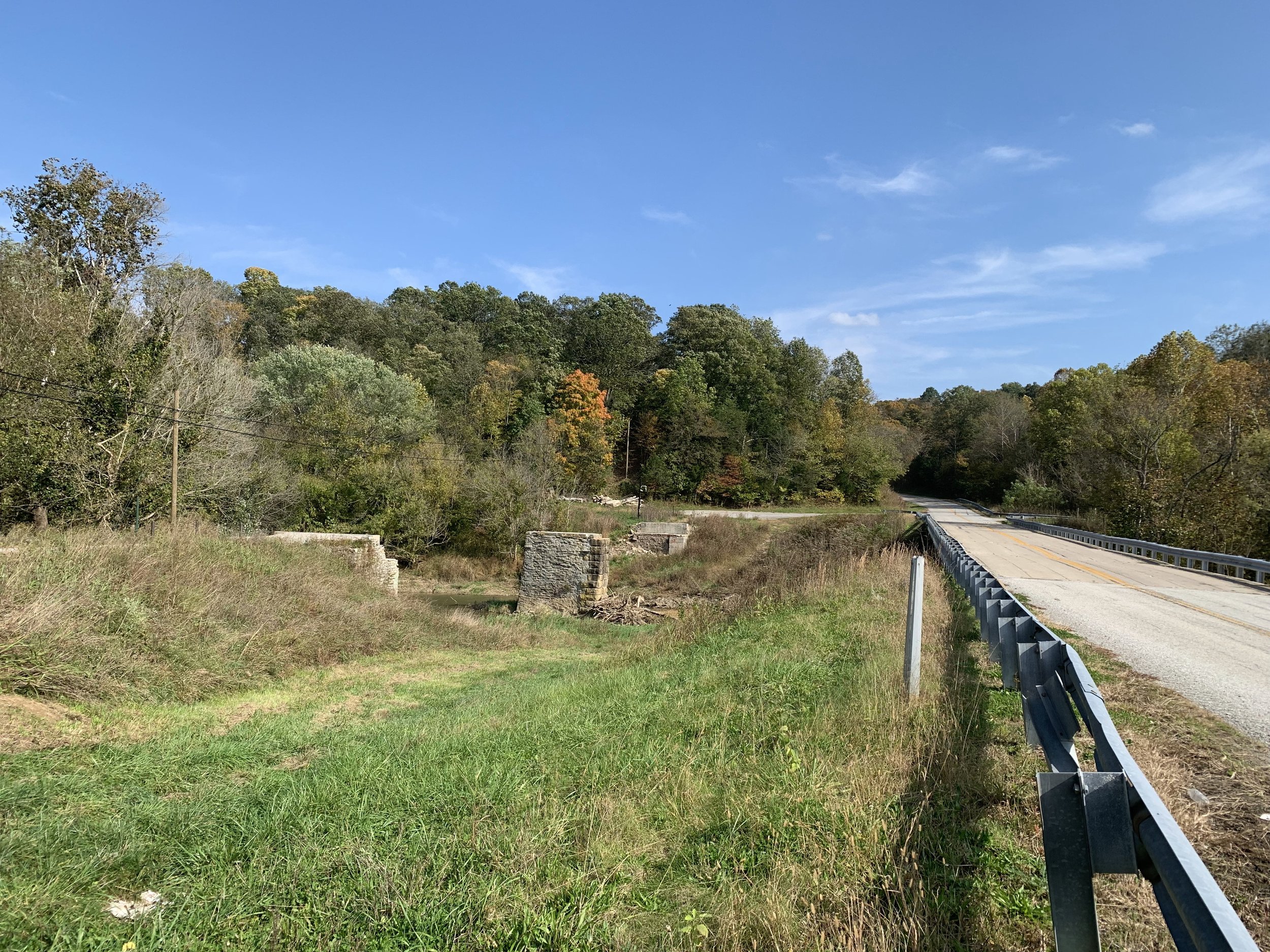
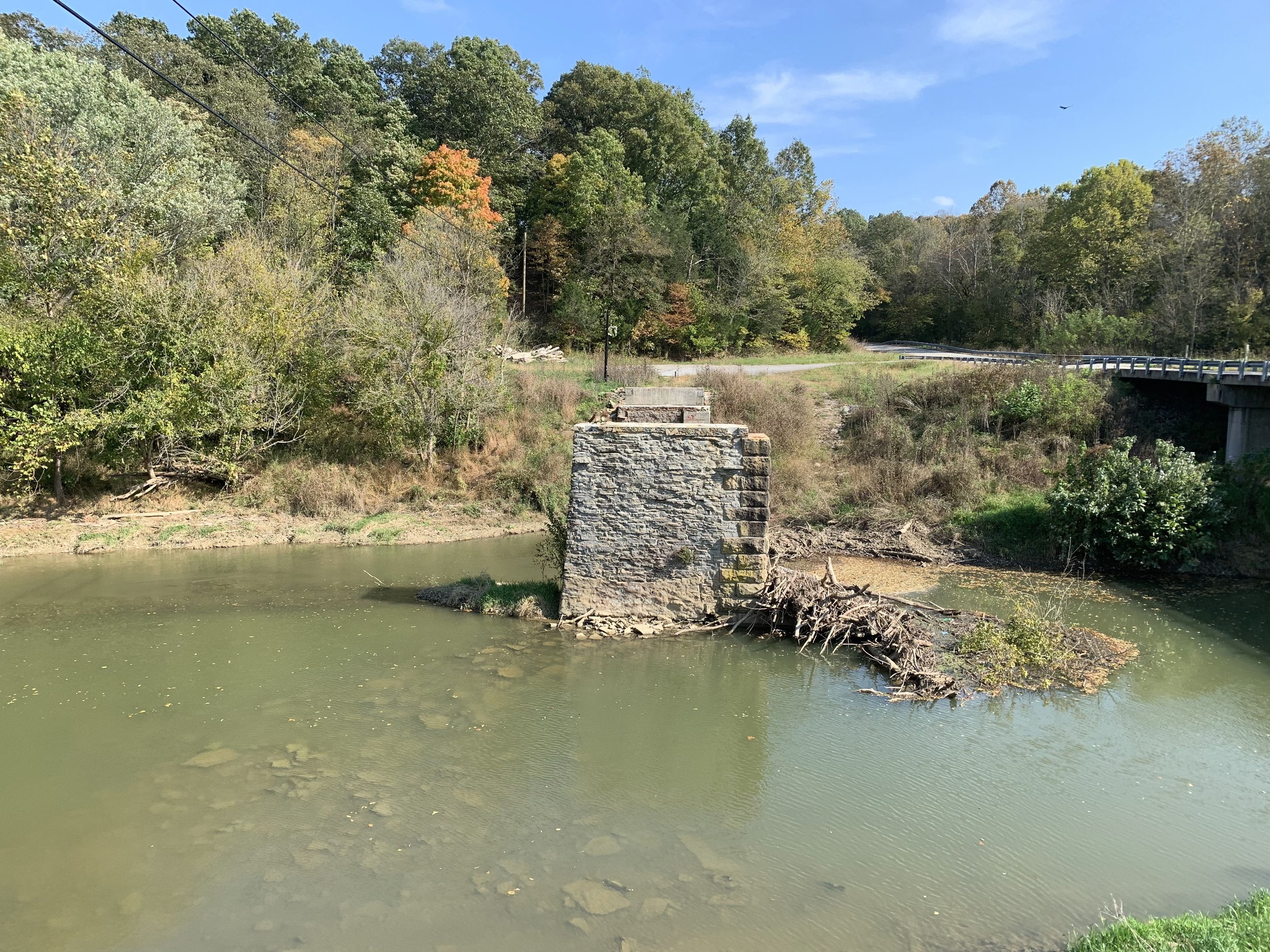
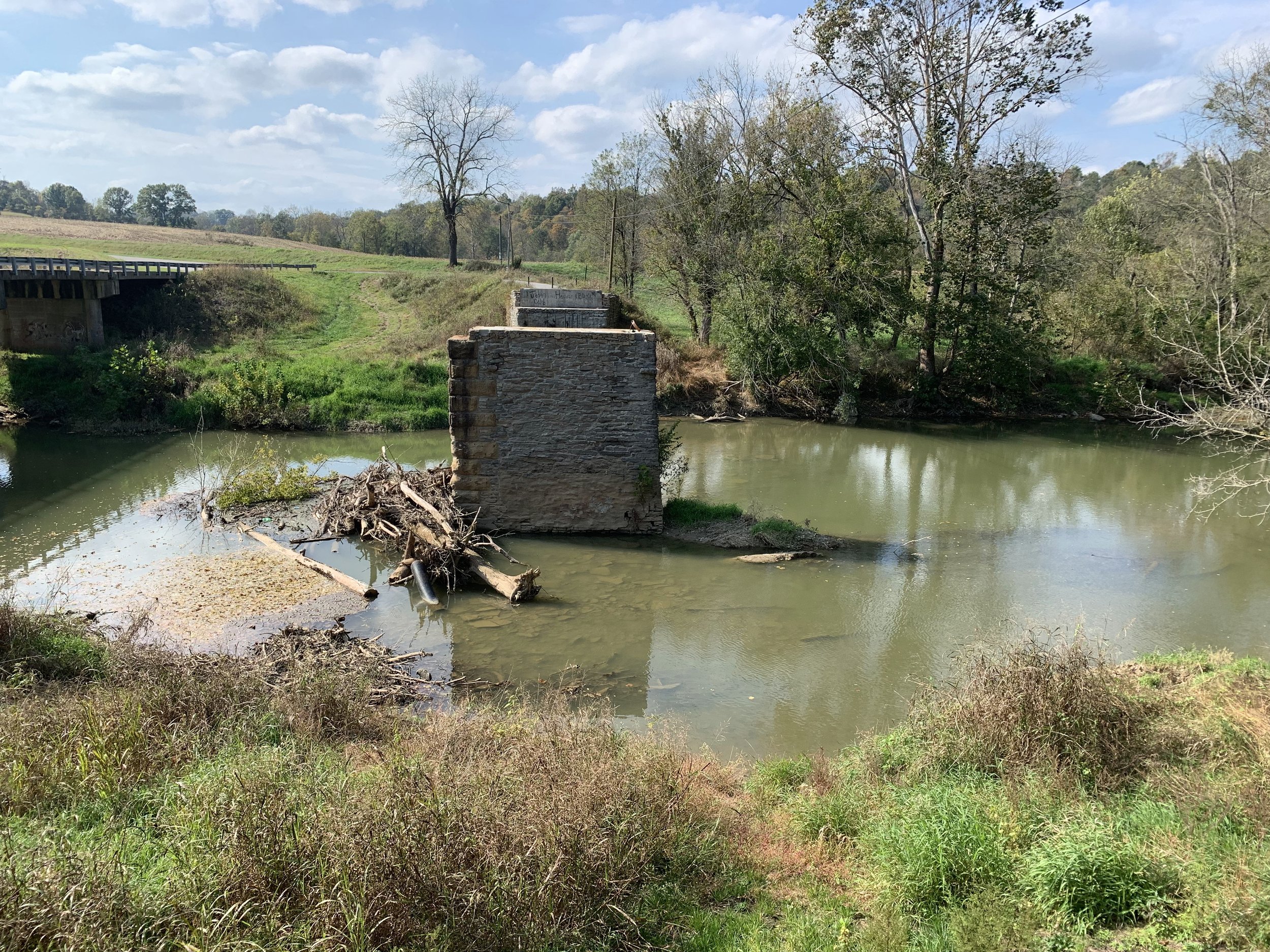

In December 2020 I set out to see all 13 remaining covered bridges in Kentucky. I started with the ones closest to home, figuring that none of these bridges that stood for over a century would be going anywhere anytime soon. Unfortunately on the night of March 9th 2021 the Bluegrass State lost its longest covered, the Mt. Zion Bridge, to arson. In October 2021 I made the pilgrimage to see where she once stood.
The Mount Zion Covered Bridge was 280ft Multiple Kingpost Truss bridge spanning the Little Beech Fork Creek near Mooresville, Kentucky. Originally built in 1871, it was replaced by a more modern bridge right next to it in the late 20th century, but remained a popular tourist attraction in the area. Added to the National Register of Historic Places in 1976, it underwent an extensive renovation between 2015 and 2017 to restore it to its former glory.
During my visit 7 months after the devastating fire, all that remained of the bridge was it’s concrete supports. Even just standing on the shore of one side looking across, the span that was once occupied by the bridge is still impressive. One remnant of the bridge does remain in large quantities. Practically every surface in the area was covered with charred and rusted nails that survived the fire. After scouting around through the grass on one side I also found a small chunk of charred wood. These few simple relics are all that remain of this once beautiful architectural wonder.
The former site of the Mt. Zion Bridge is perfectly situated between Frankfort and Bardstown. If you want to pay your respects to this lost piece of Kentucky history, trip would sandwich very well with a tour of the numerous historic sites in those cities. On my particular journey we started with a tour of the Old State Capitol in Frankfort, hit a few of the local museums, saw the bridge, and then capped it all off with dinner at the historic Old Talbott Tavern in Bardstown.
Want to Experience This Adventure for Yourself?:
The Redbird Petroglyphs
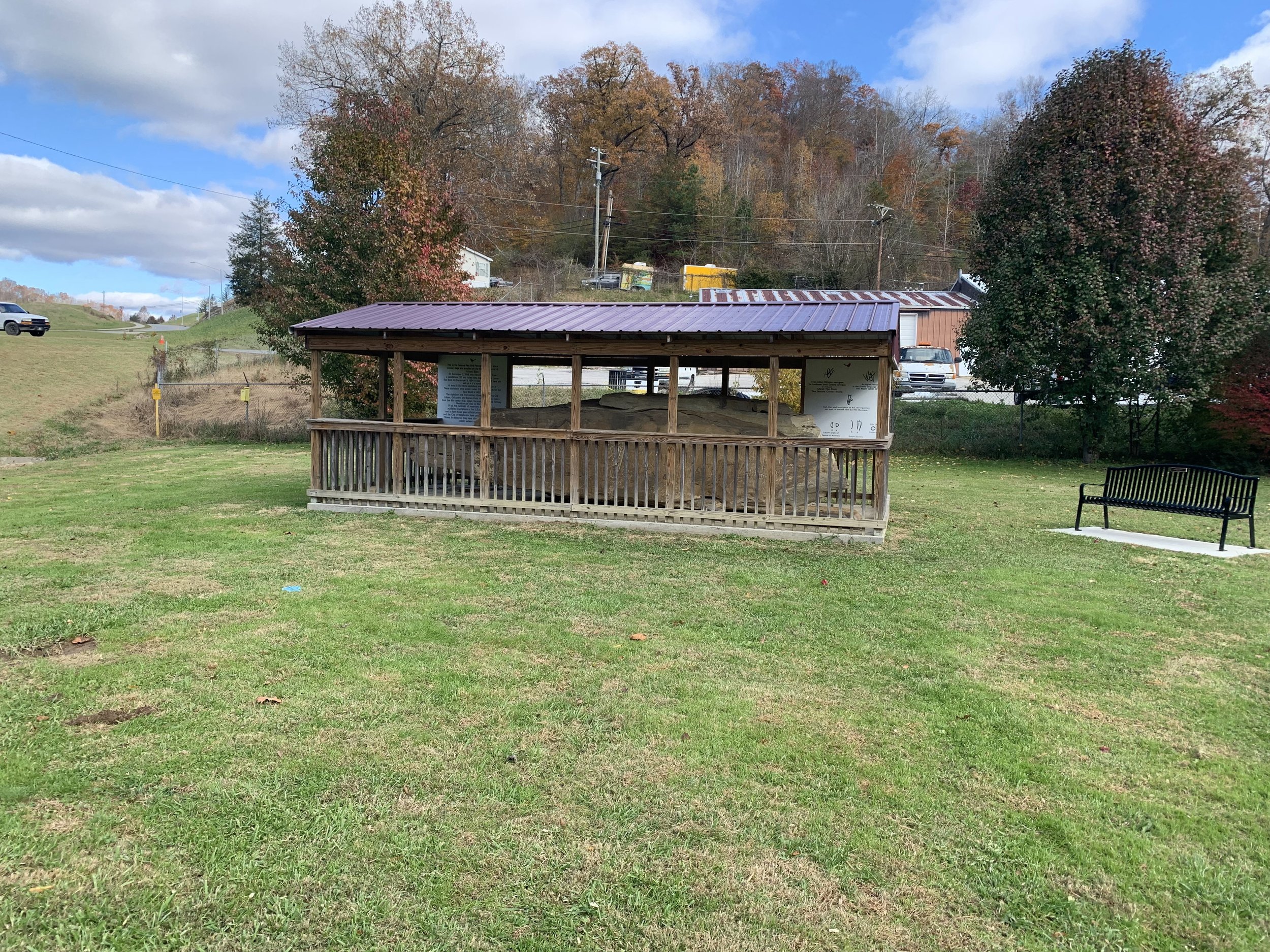
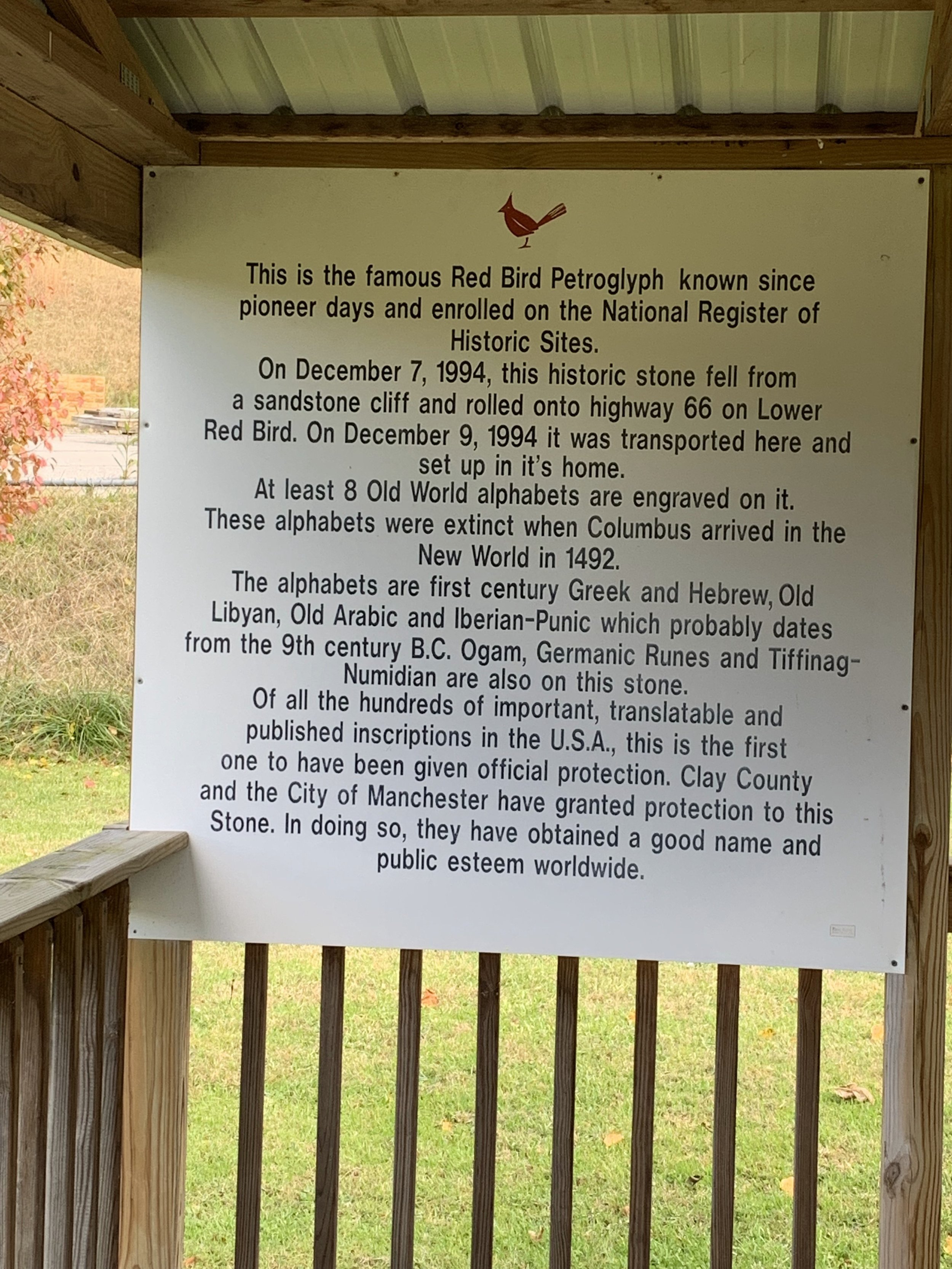
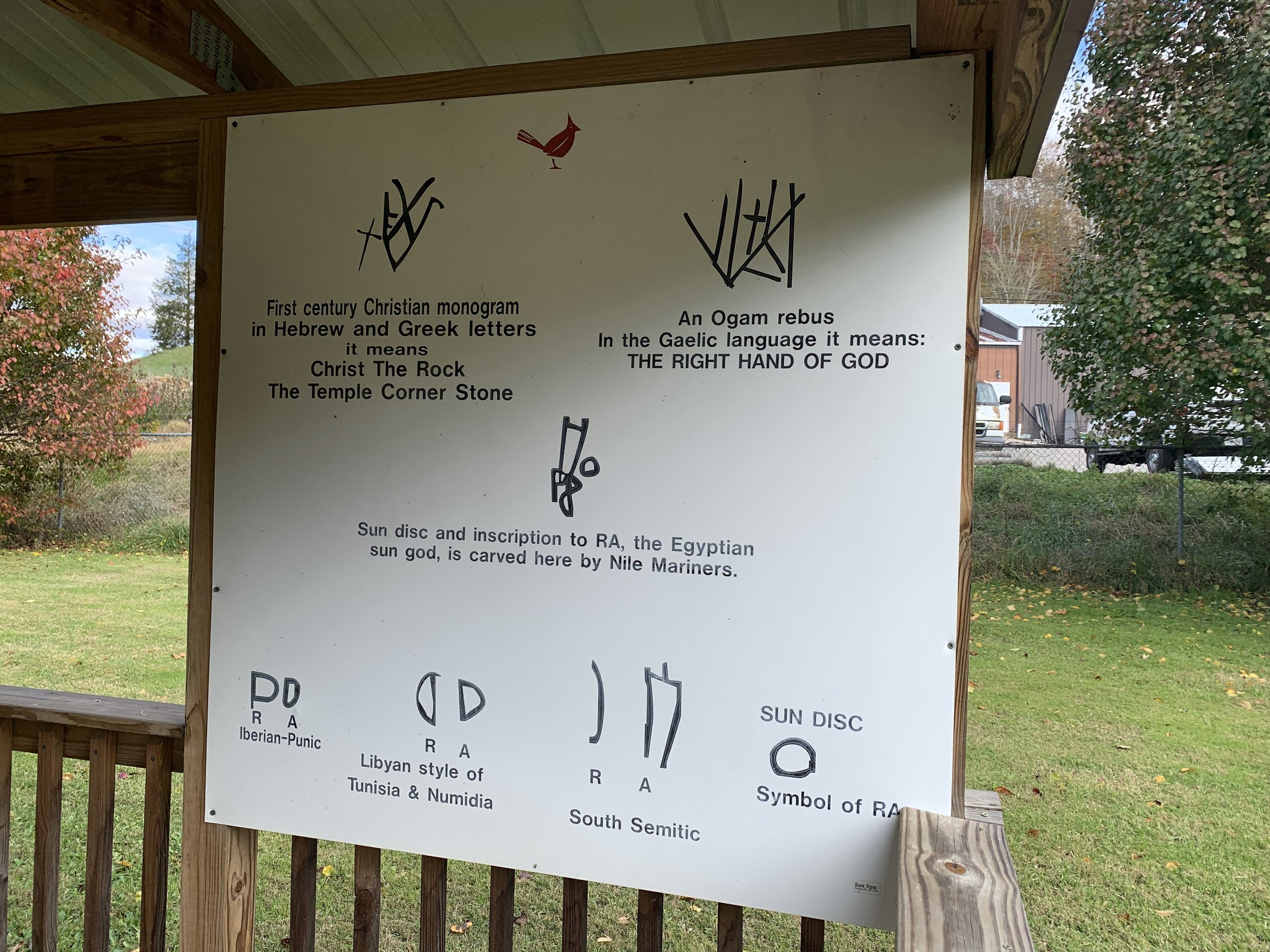
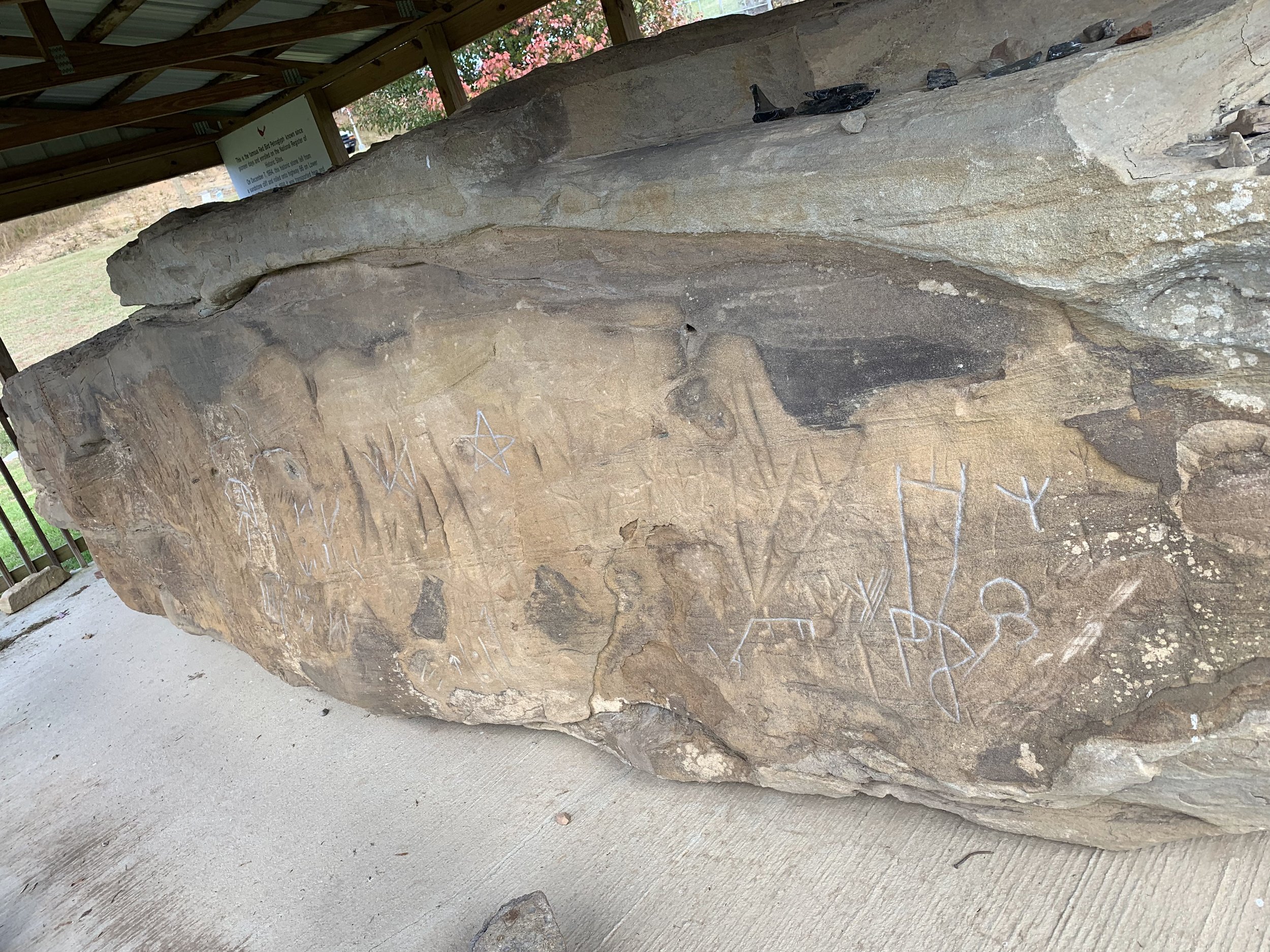
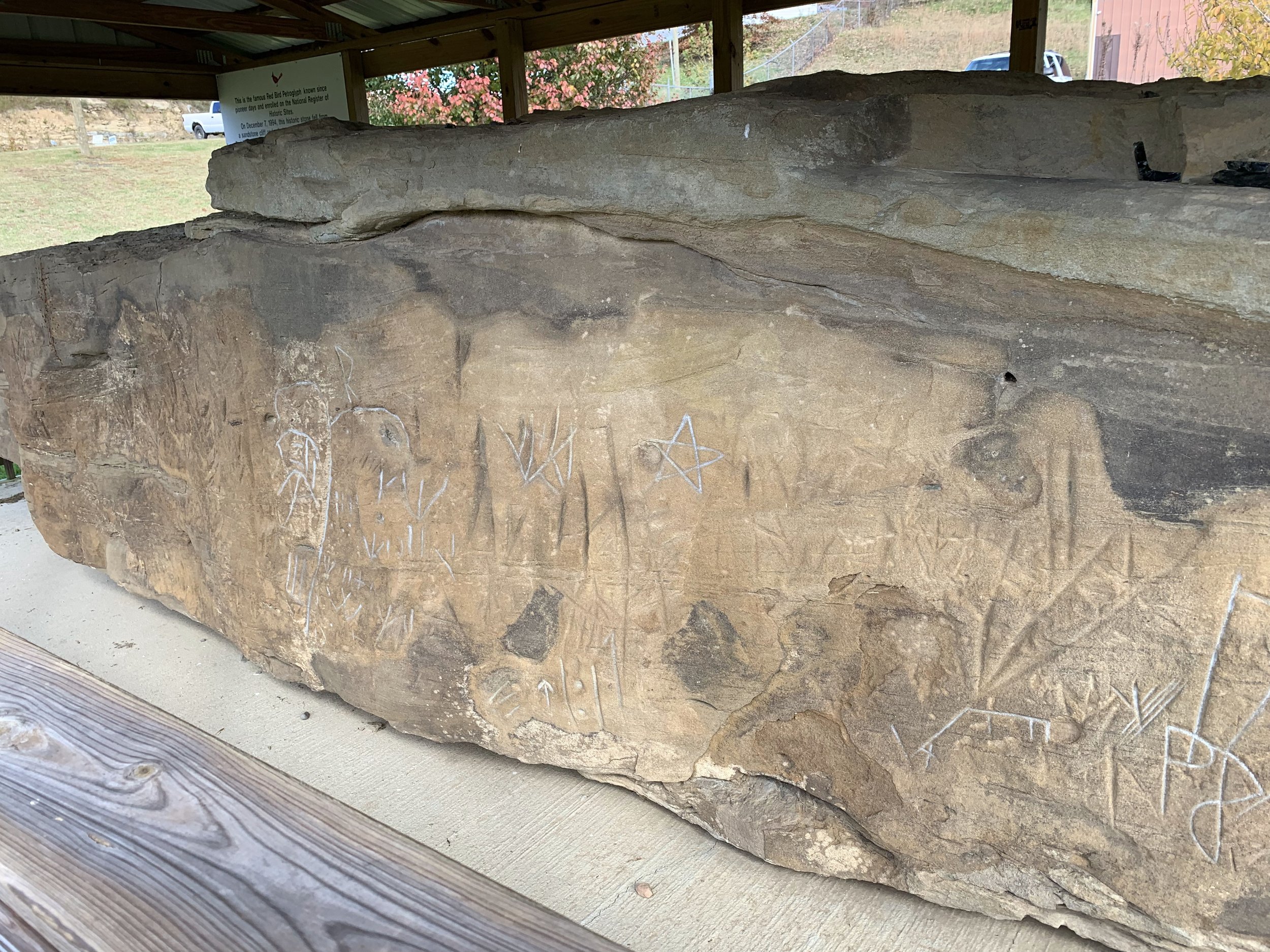
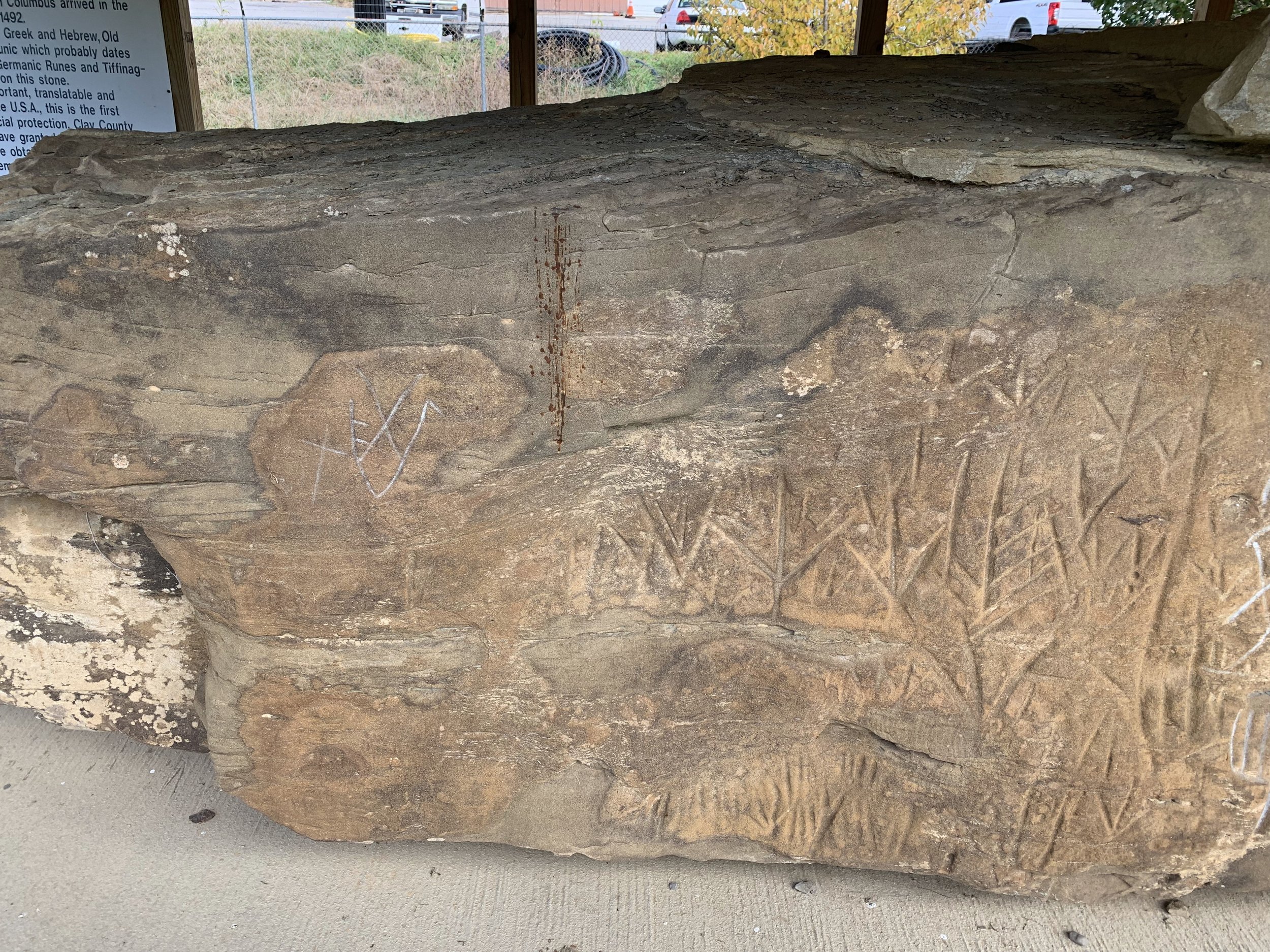
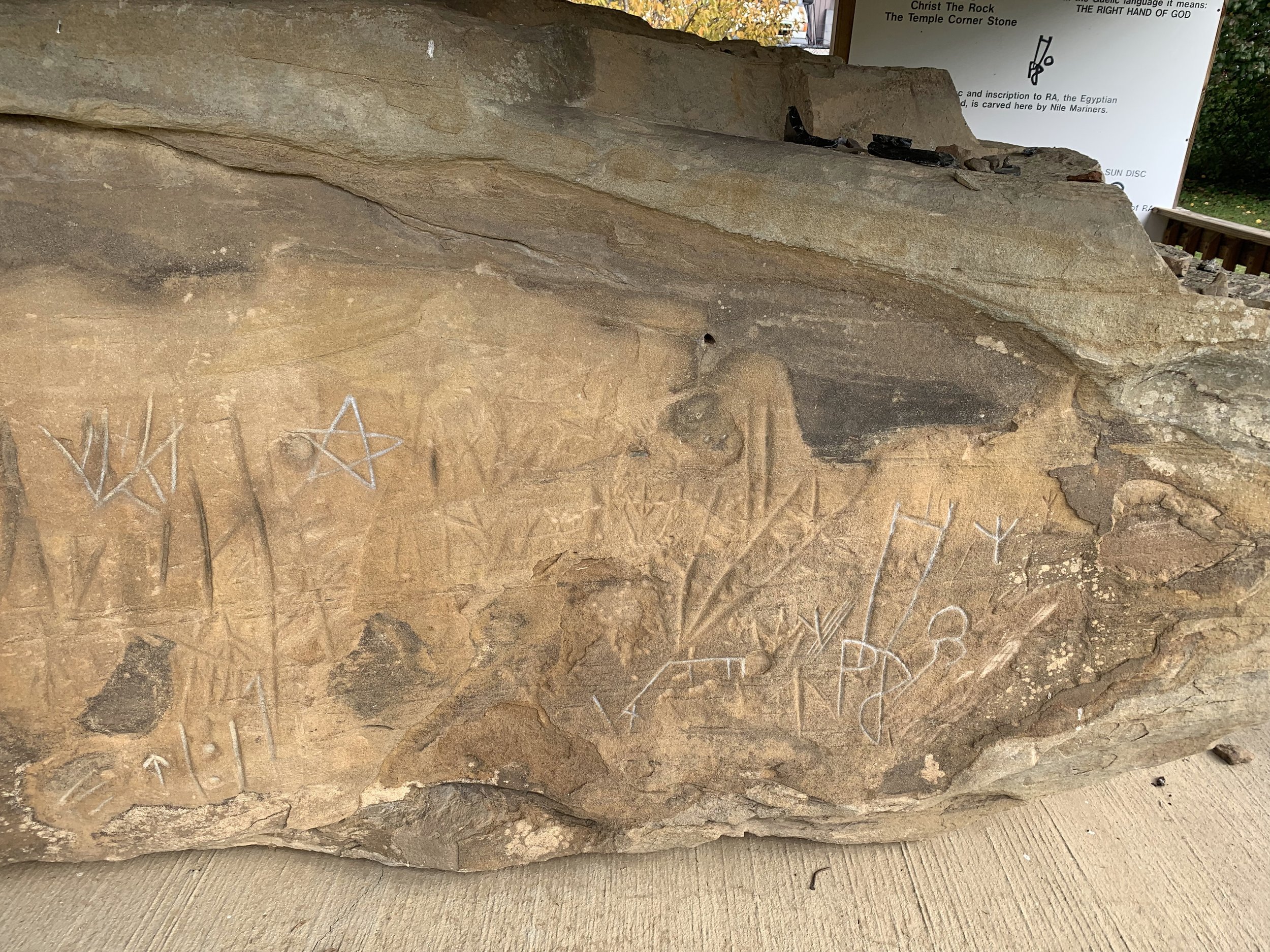
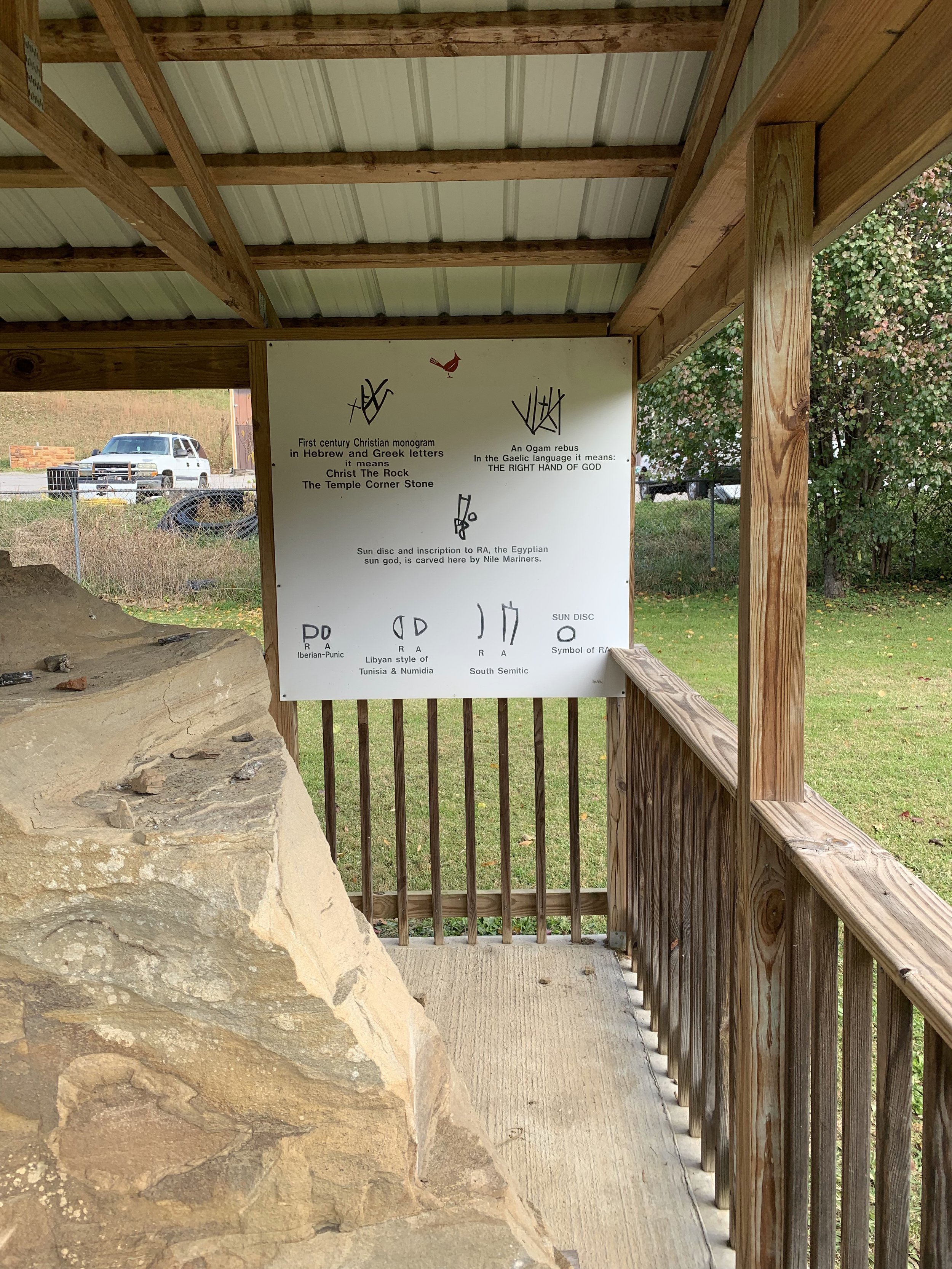
From mummified remains in the grand and gloomy depths of Mammoth Cave, to the massive remains of a Shawnee village at the “Indian Old Fields”, Kentucky is filled with pre-Columbian artifacts. One of the most unique, and perhaps cryptic examples of Native American history in the Bluegrass can be found sitting under a humble park shelter in downtown Manchester Kentucky at the Rawlings Stinson Park.
This small shelter consists of a lumber frame and a roof. It houses a 5.5ft x 20ft, 50 ton hunk of rock. This massive chunk of stone once hung on a bluff overlooking the Redbird River, until December 7th 1994 when it broke free from the bluff and crashed down onto Kentucky Route 66 below. On December 9th it was transported to its present location, and the shelter was built around it.
The reason this rock slide merited such extensive preservation efforts? The front face of this stone contains the Redbird Petroglyphs. The petroglyphs are a large collection of deeply etched symbols covering the majority of the stone face. Proponents of the idea that the Americas were visited prior to Columbus “discovering the new world”, claim that the petroglyphs feature 8 distinct old world languages including first century Greek and Hebrew, Old Libyan, Old Arabic and Iberian-Punic, Germanic runes and Tiffinag-Numidian. Of course even though they claim to clearly recognize the languages, no one has yet to offer up a translation of the writing.
Even though signage displayed at the park highlights this theory and attempts to showcase the alleged ancient languages, most serious scholars contend that the writings have a much less world changing explanation. It is most likely either some random scribblings left behind by the Cherokee when they inhabited the lands, or even the works of a colonial era American who was perhaps practicing writing in Greek or Hebrew (it was common for learned men of the day to be well versed in certain older languages).
Whether you see the petroglyphs as a grand clue in proving an ancient invasion of the Americas by Europeans, or simply as the colonial era doodlings of a bored settler, the undisputed fact seems to be that they’re at least a couple of centuries old and an interesting chapter in Kentucky history. Meanwhile the town of Manchester is relatively close to Corbin (home of the first KFC, and close to the Laurel River Lake), and not too far from Cumberland Falls State Park. This unique little attraction could easily be paired with one of these bigger locations to make for a great weekend getaway.
Want to Experience This Adventure for Yourself?:
The Cabin Creek Covered Bridge
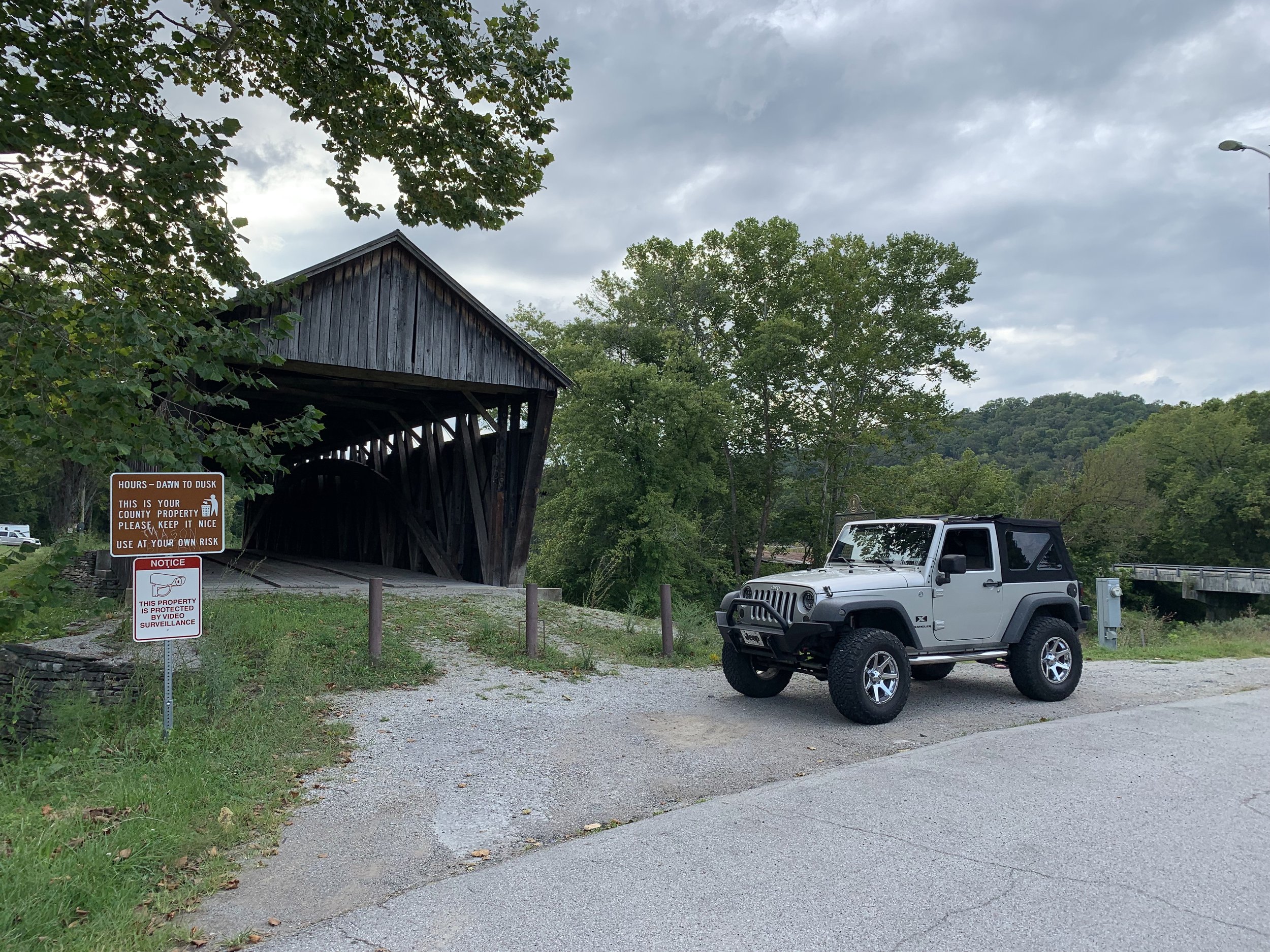
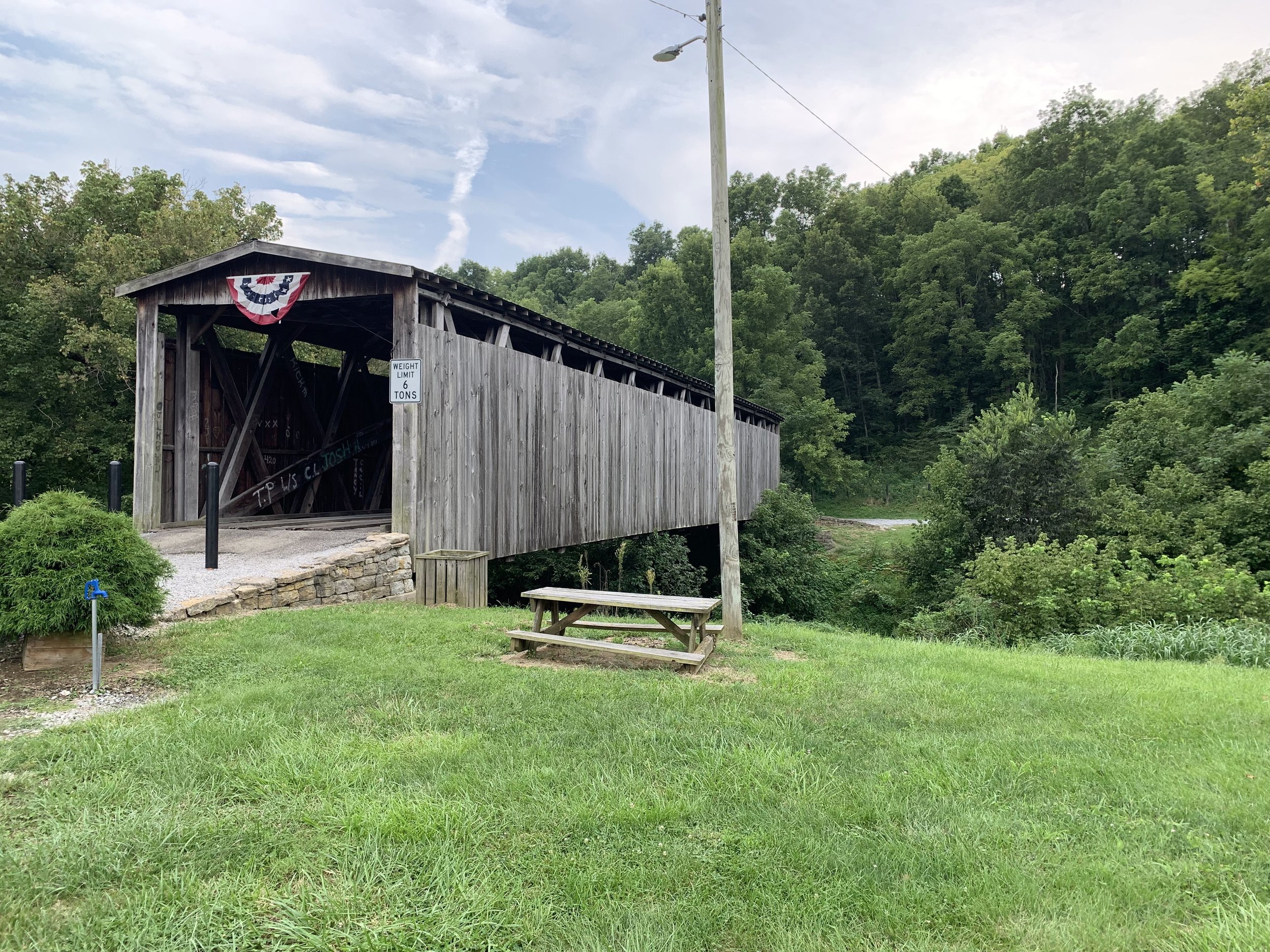
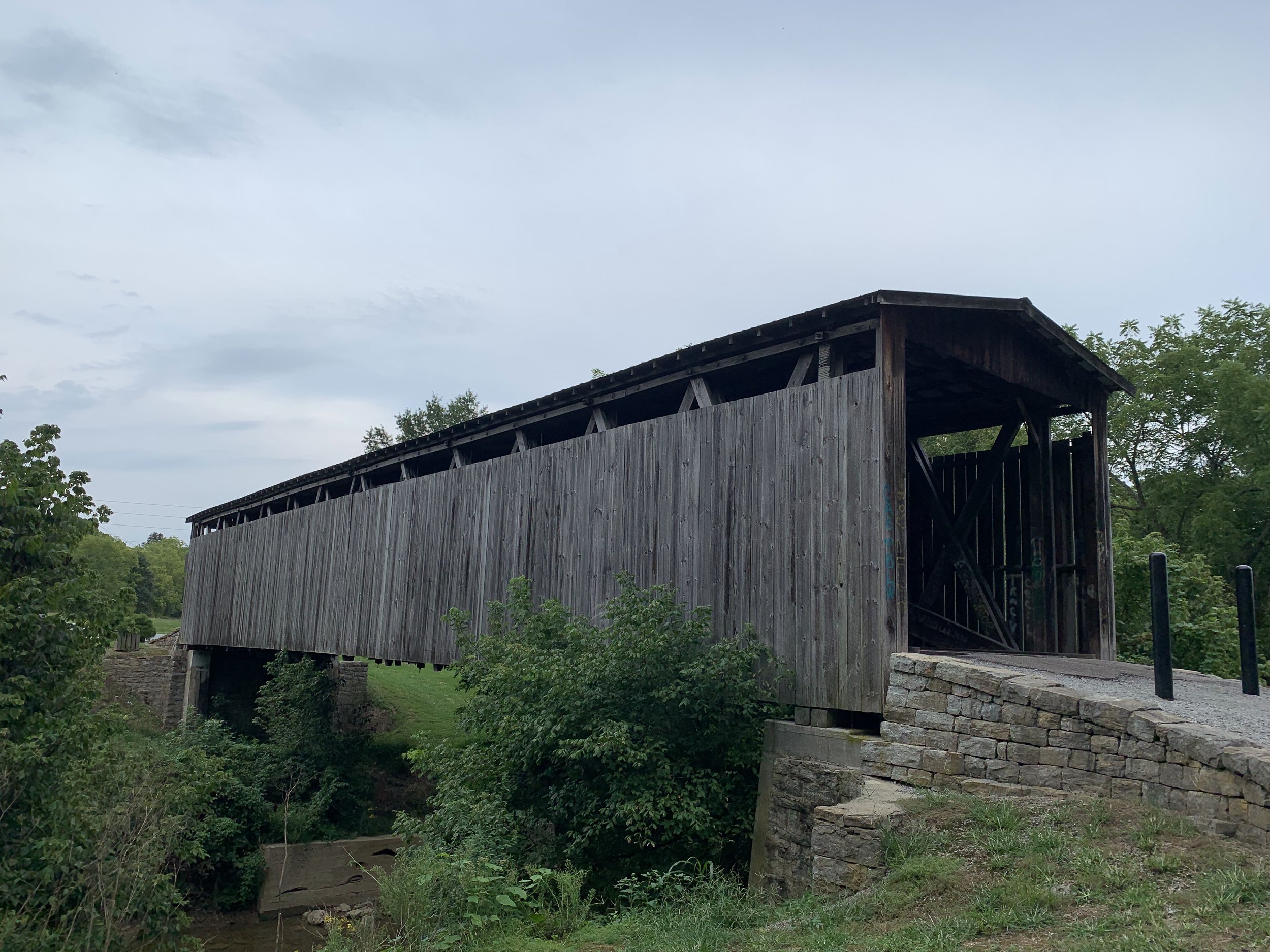
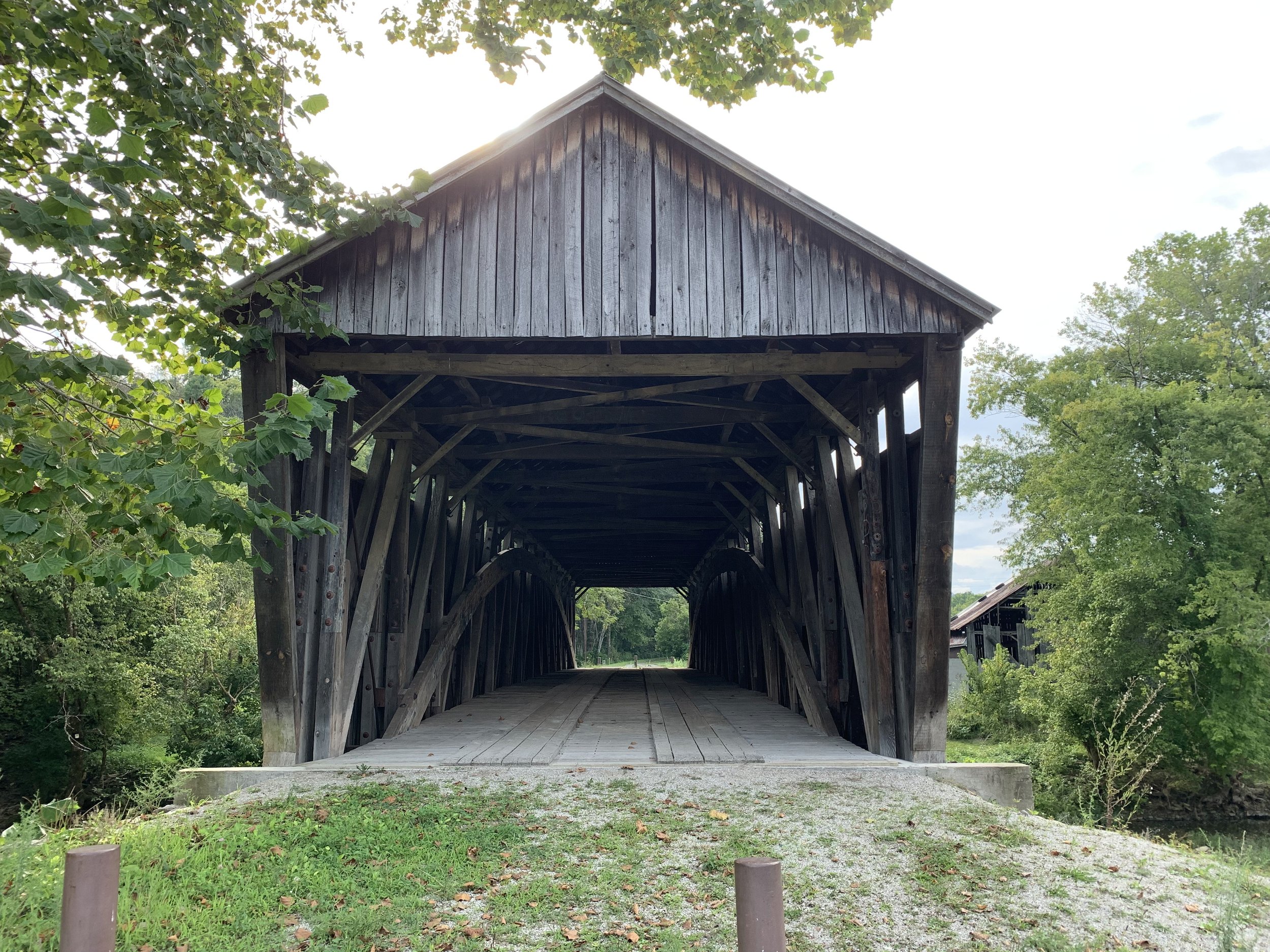
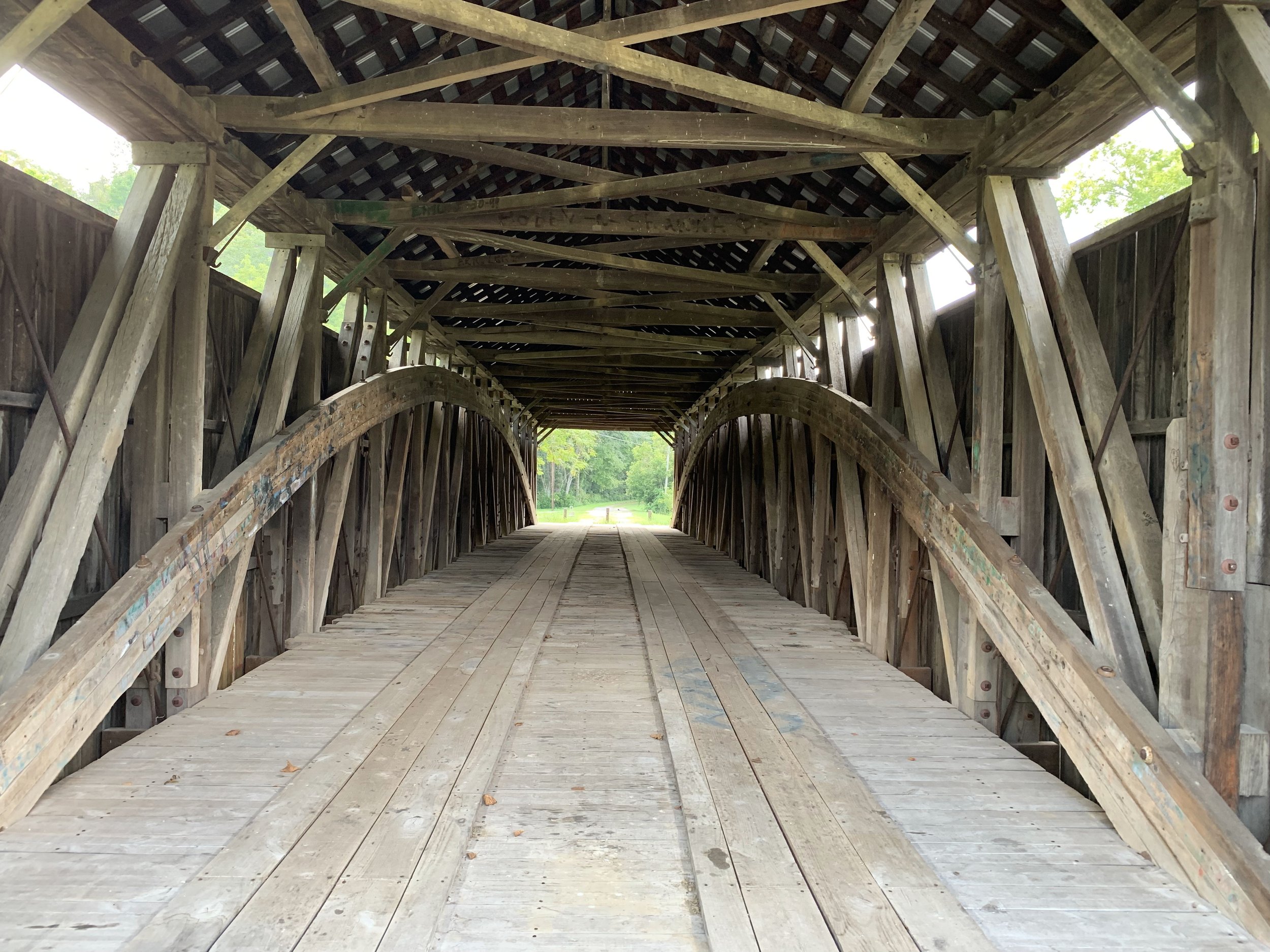
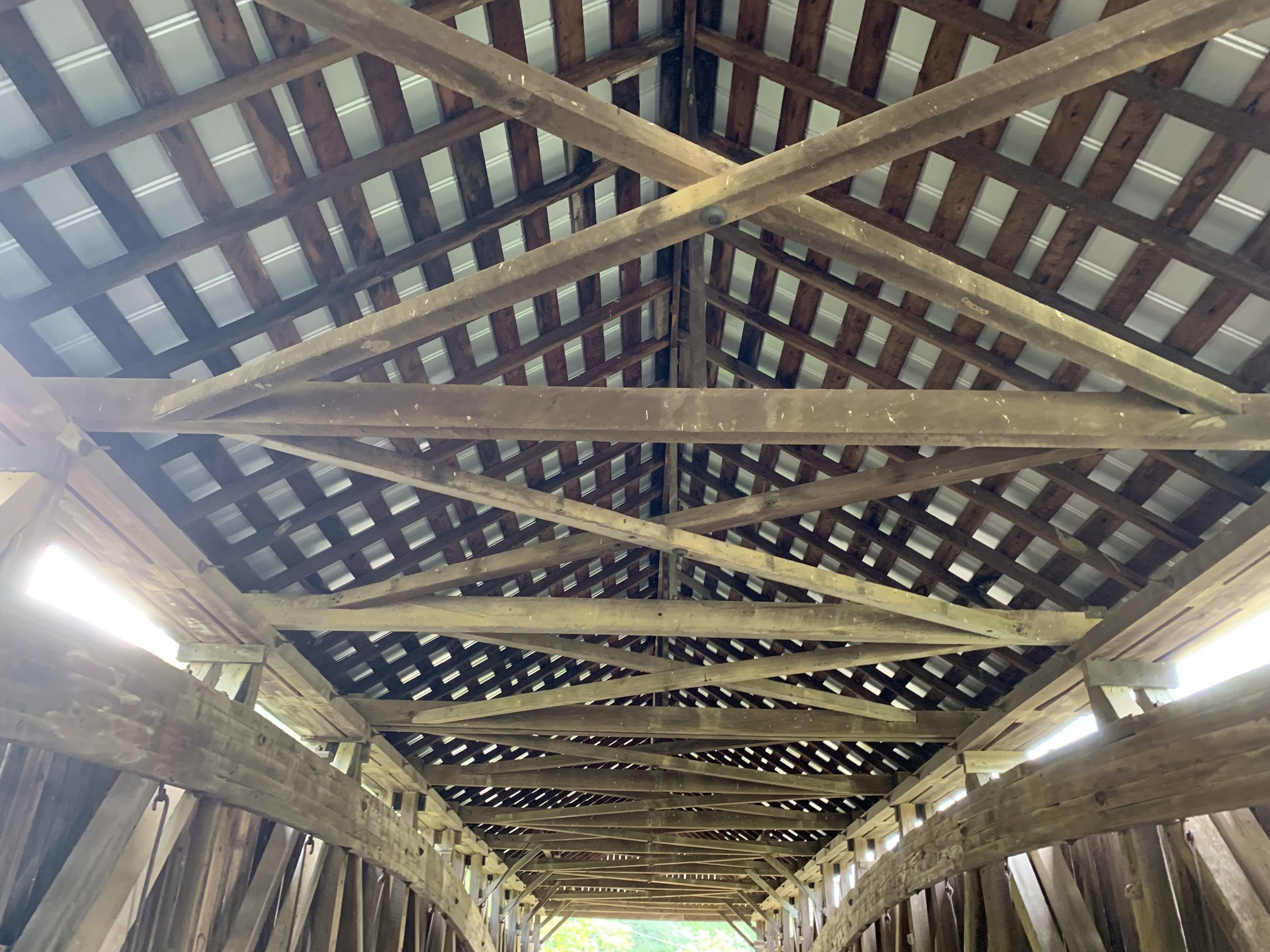
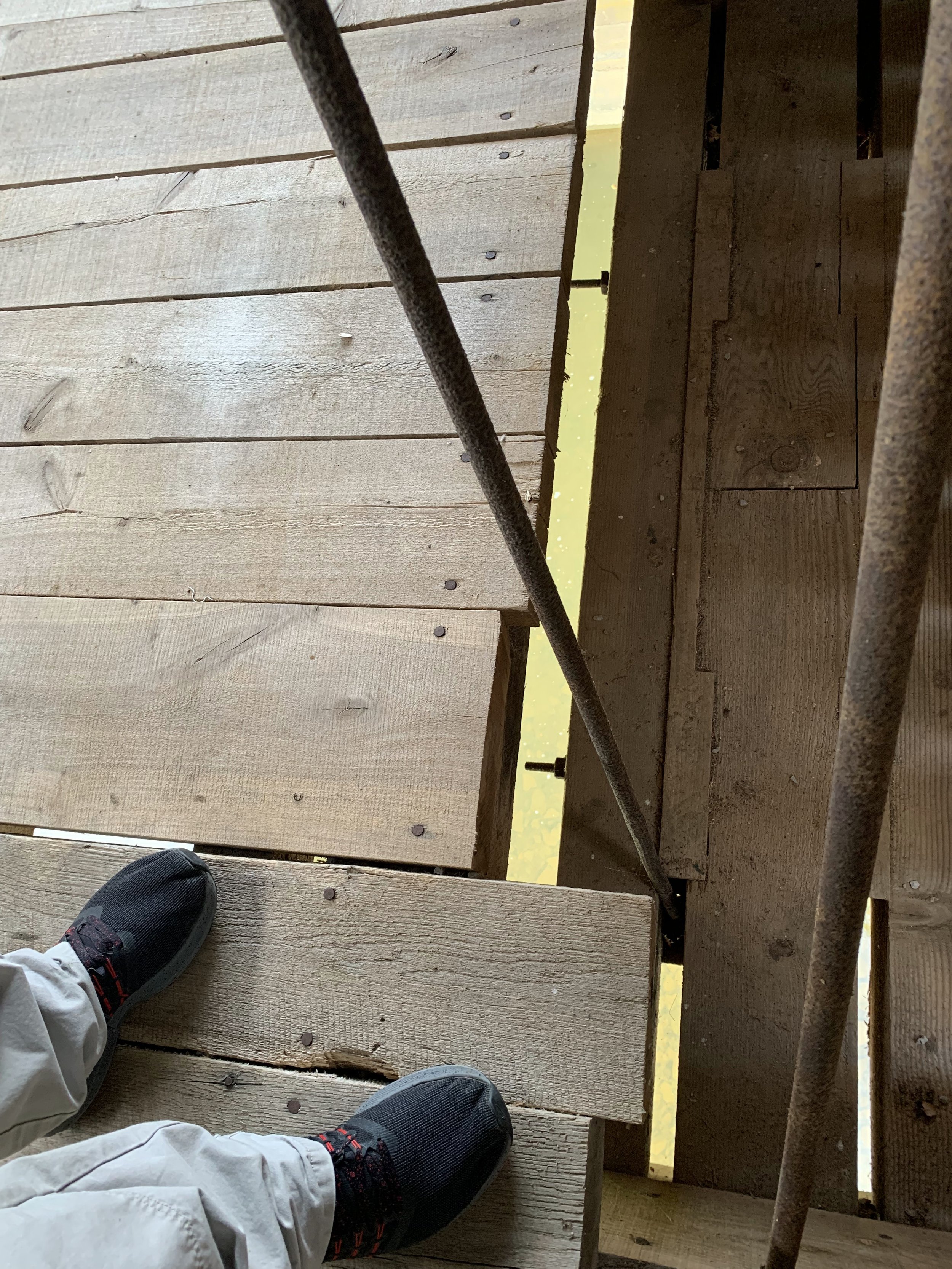
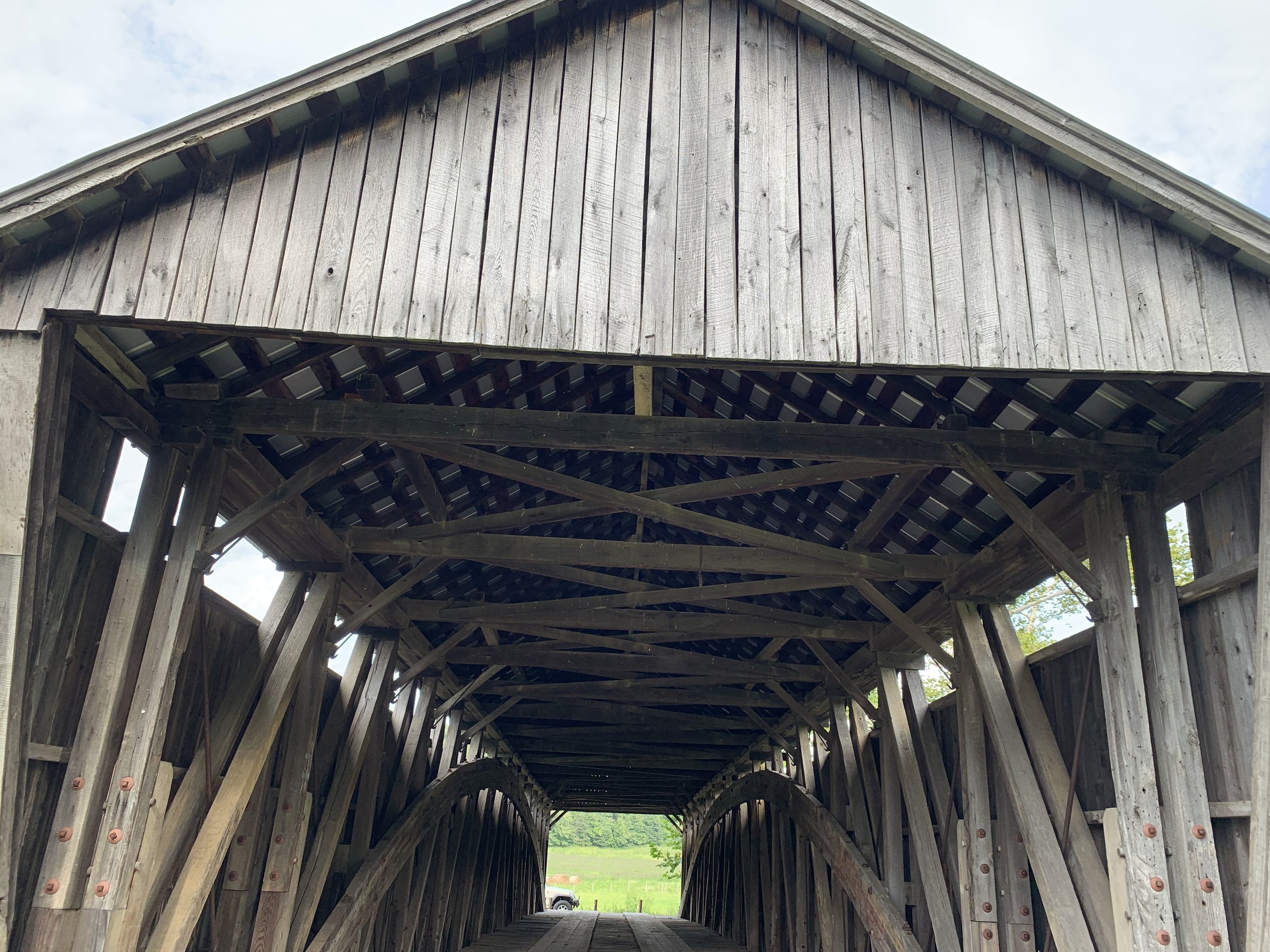
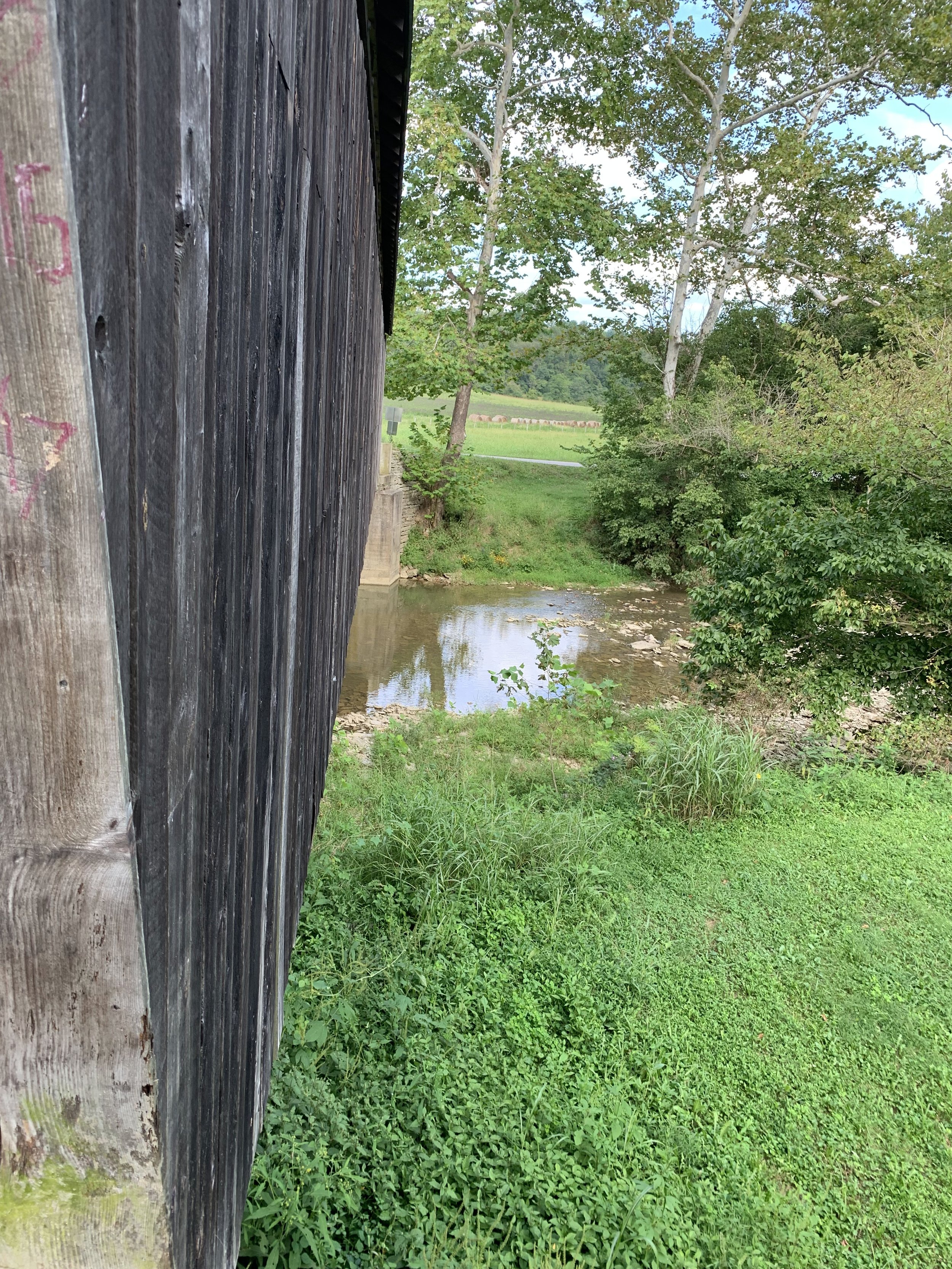
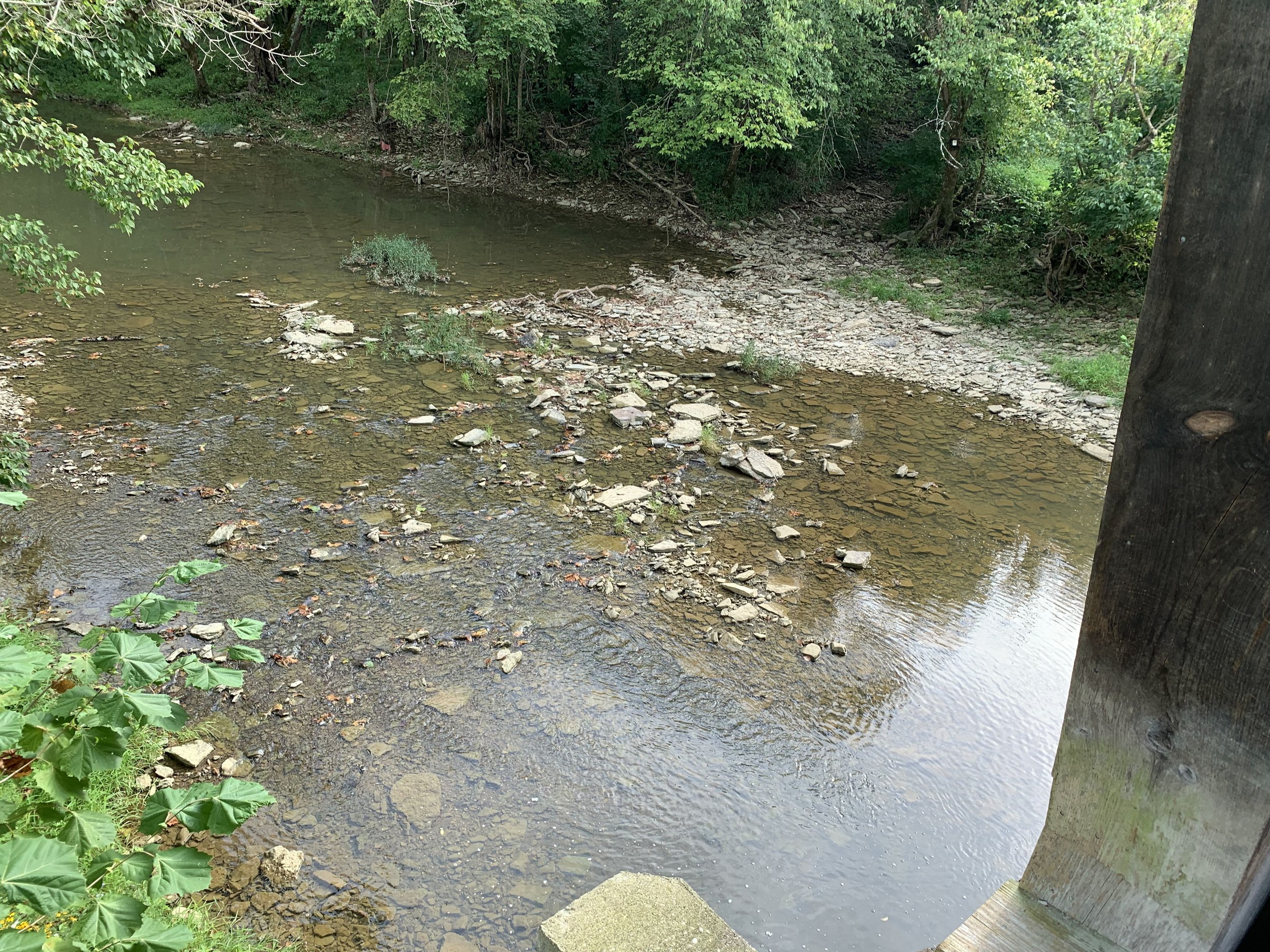
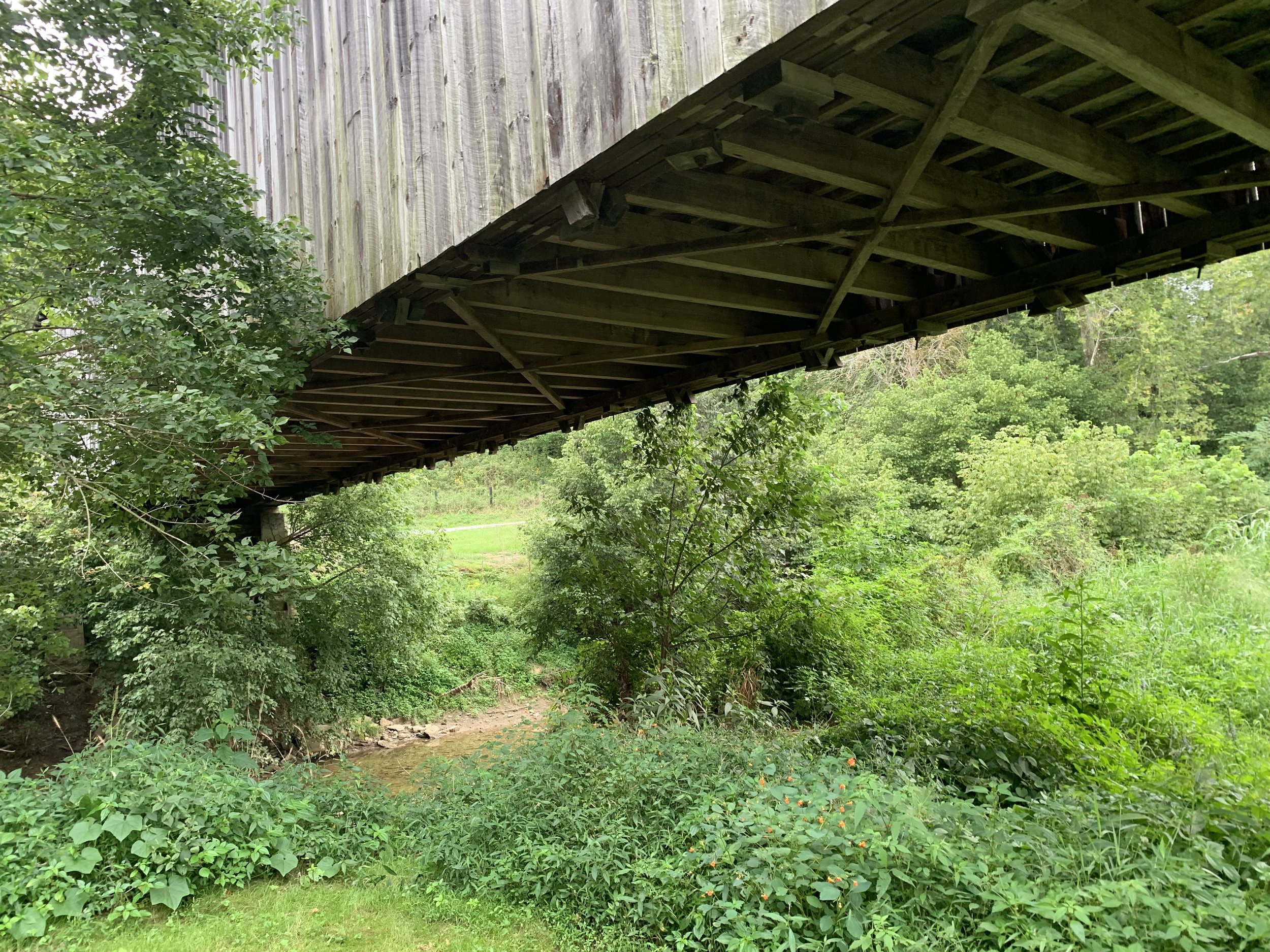
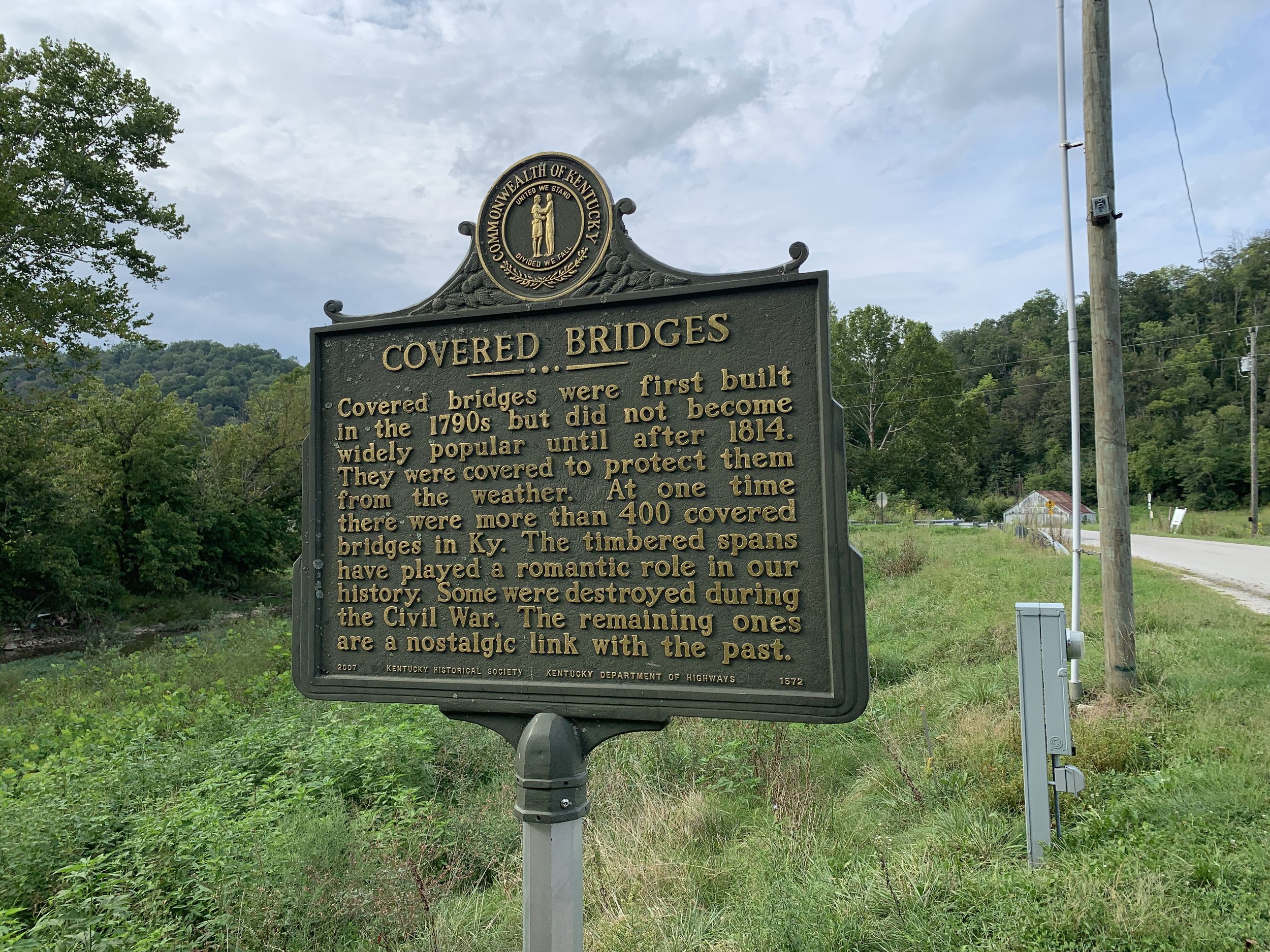

North-Eastern Kentucky is home to an unusual concentration of the state’s remaining classic covered bridges. So much so that Flemming County is home to the state’s official “Covered Bridge Museum''. Just a few miles north of there, right off of Highway 984 near the town of Tollesboro sits one of the most serene and lovingly restored of the remaining bridges.
Built sometime around 1870, the Cabin Creek Covered Bridge is a 114ft span across the titular Cabin Creek. Originally built as a “Burr Truss” design, it was reinforced with arches in 1914, adding considerable strength to the bridge. Although modern road signage at the site still advertises a 6 ton weight limit, the bridge has been closed to vehicular traffic since 1983.
Visitors to the site today will find a bridge that is still in its prime, owing to recent renovation that was done between 2012 and 2014. You can walk the full length of the bridge, and enjoy a unique view of the surrounding country due to the lack of siding immediately under the eaves of the roof. You can also step down off of the roadway onto the support beams of the bridge, and get a nice open view of the creek below.
Although it’s a bit off of the beaten path, this bridge is well worth the drive. It features a great little park with picnic benches, trash cans (that seem to be emptied regularly), and in general is the perfect setting for a family outing or fun date. The creek below is nice and shallow, with easy access, providing a great opportunity to cool off on a hot summer’s day and play in the water. It’s also within 30 minutes of a couple of other covered bridges, and very close to the city of Maysville, which has multiple historic attractions of its own.
Want to Experience This Adventure for Yourself?:
The Cabin Creek Covered Bridge
Montgomery Bus #2857
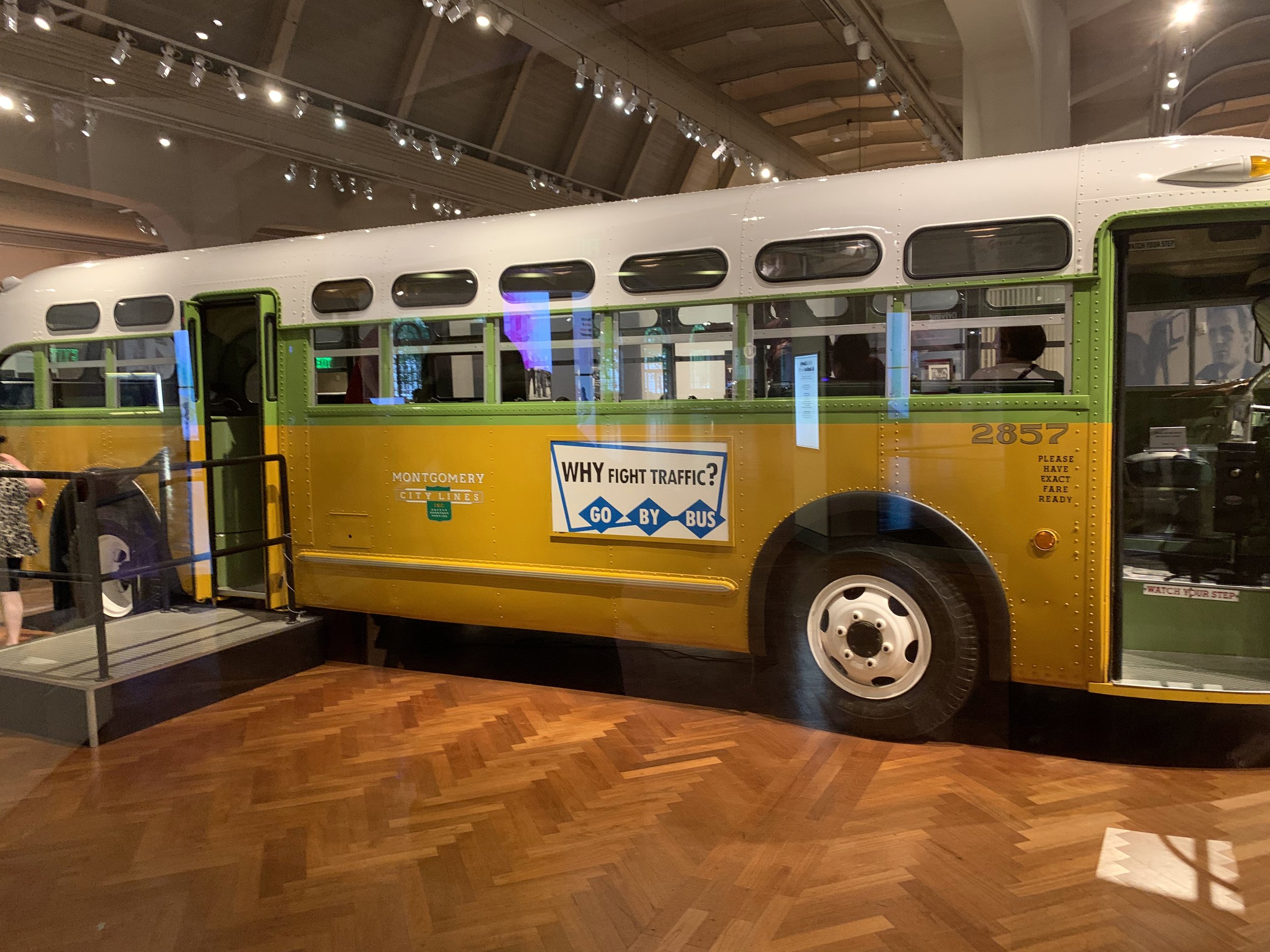
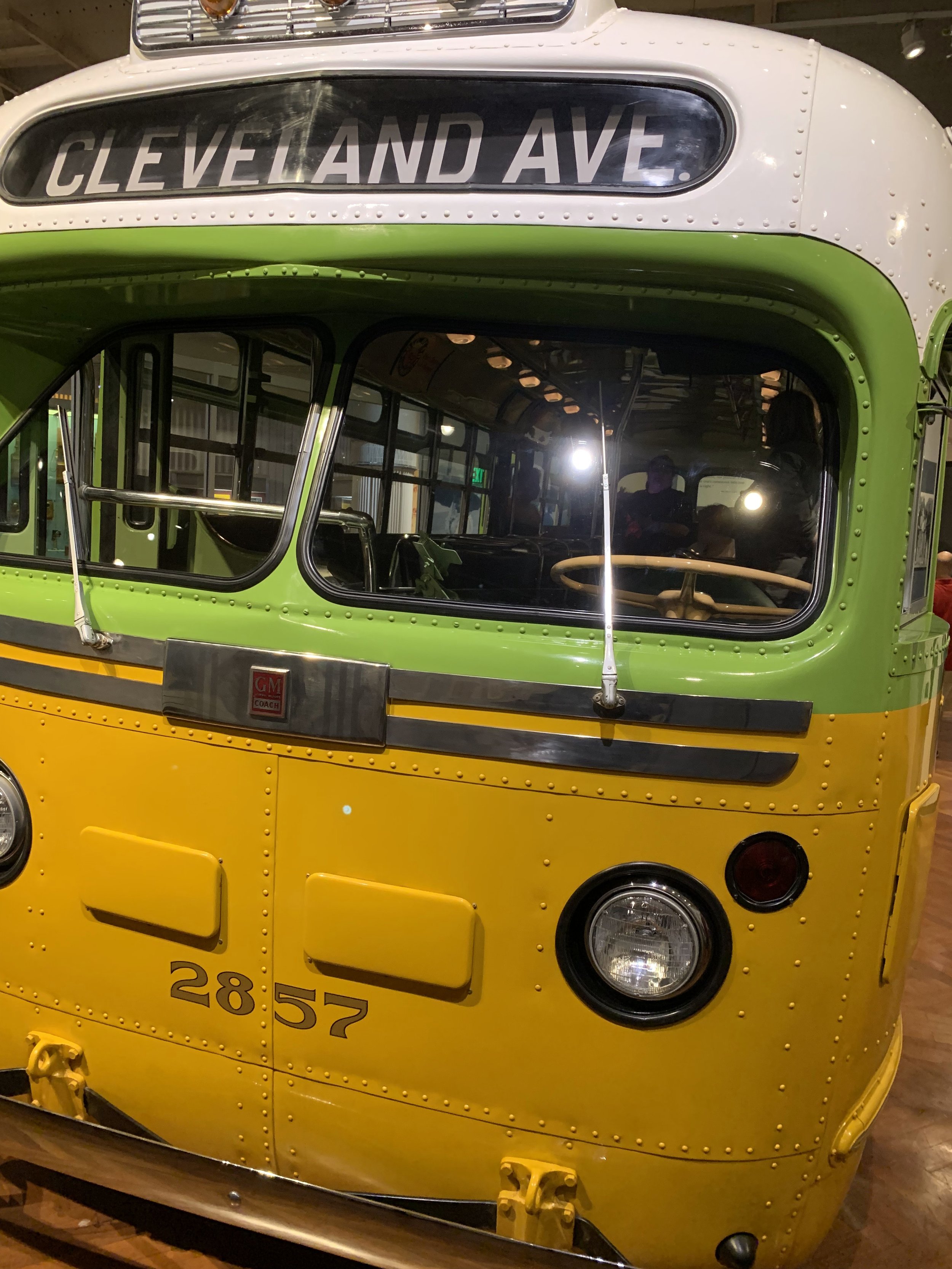
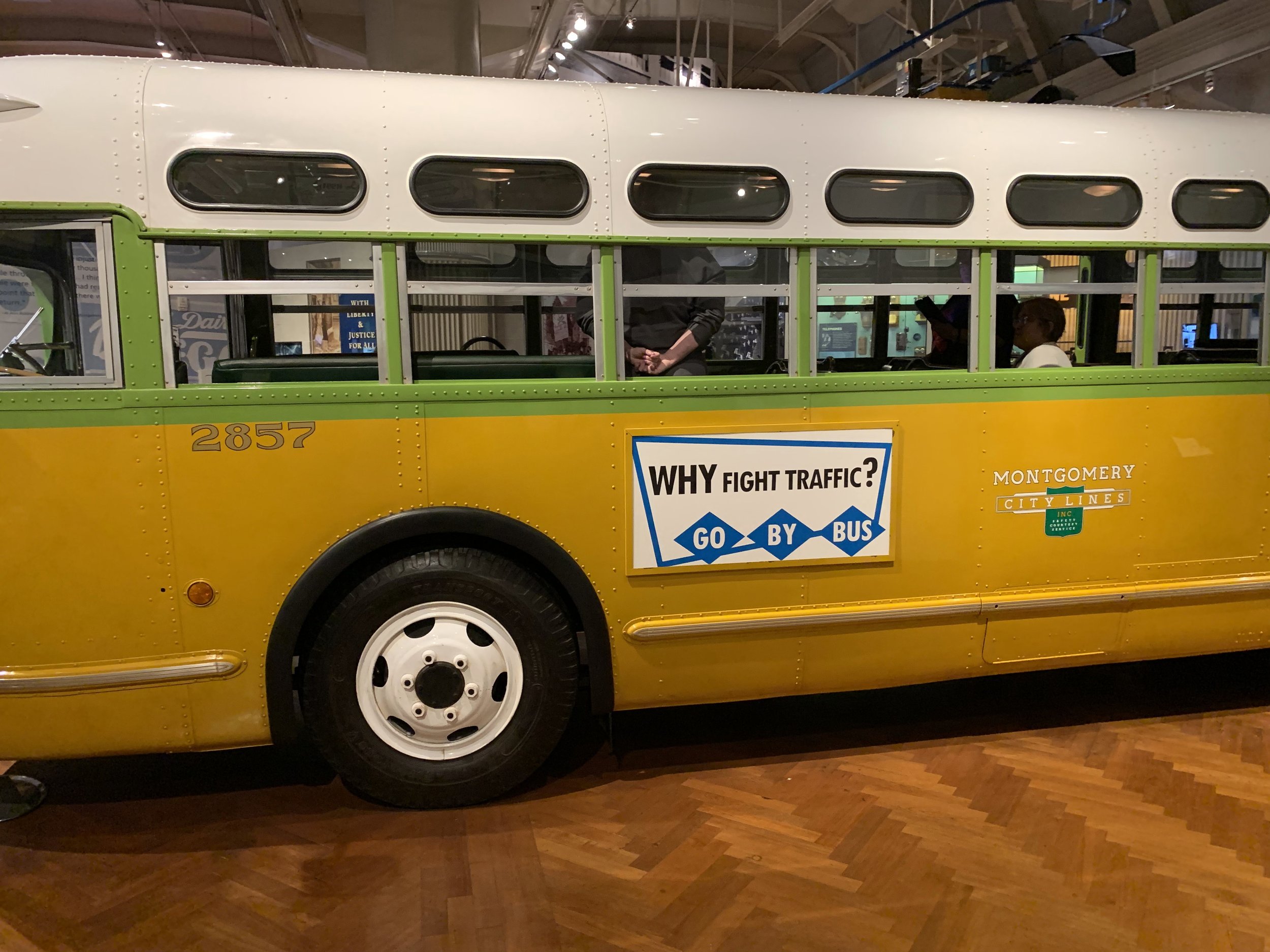
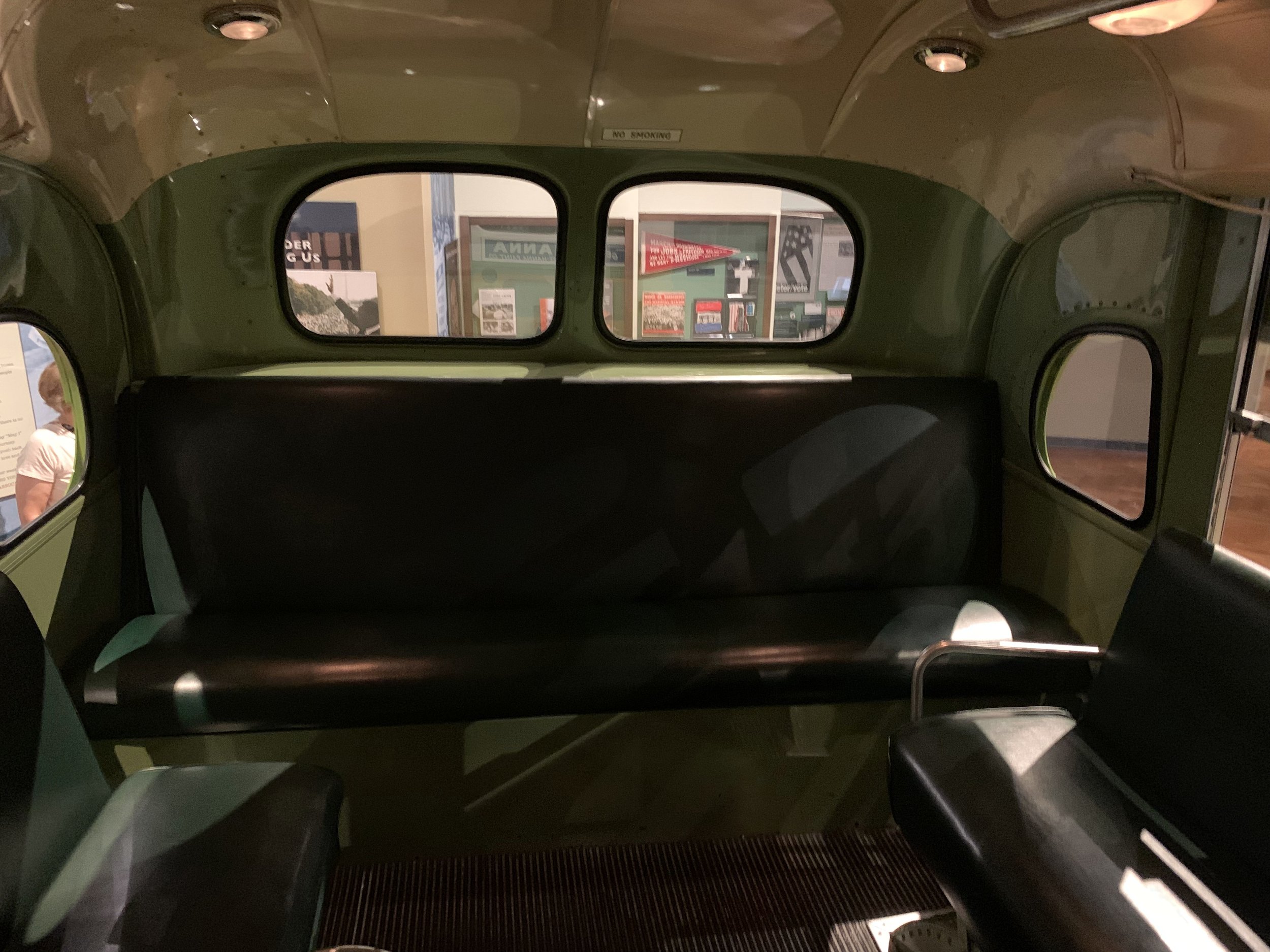
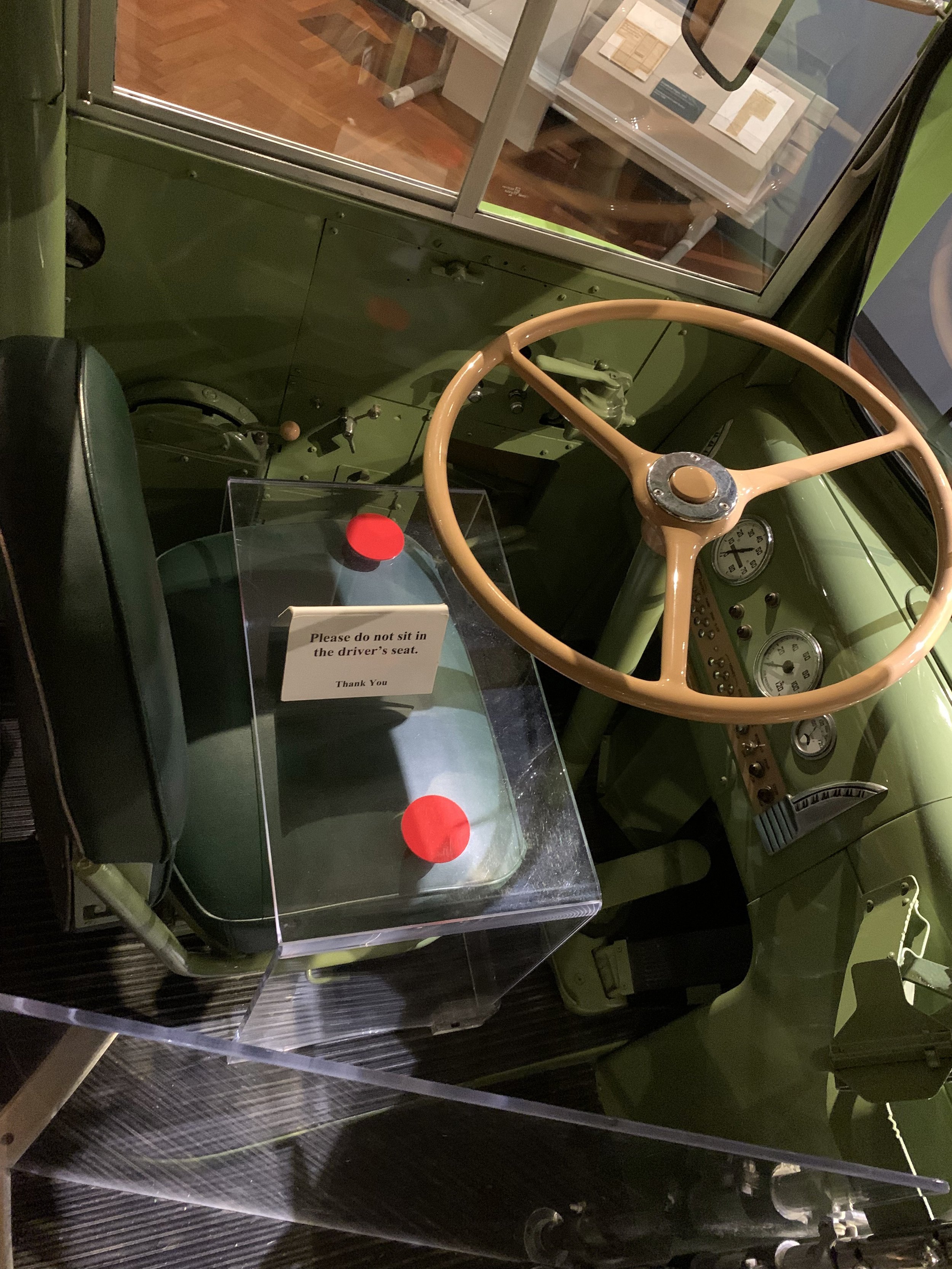
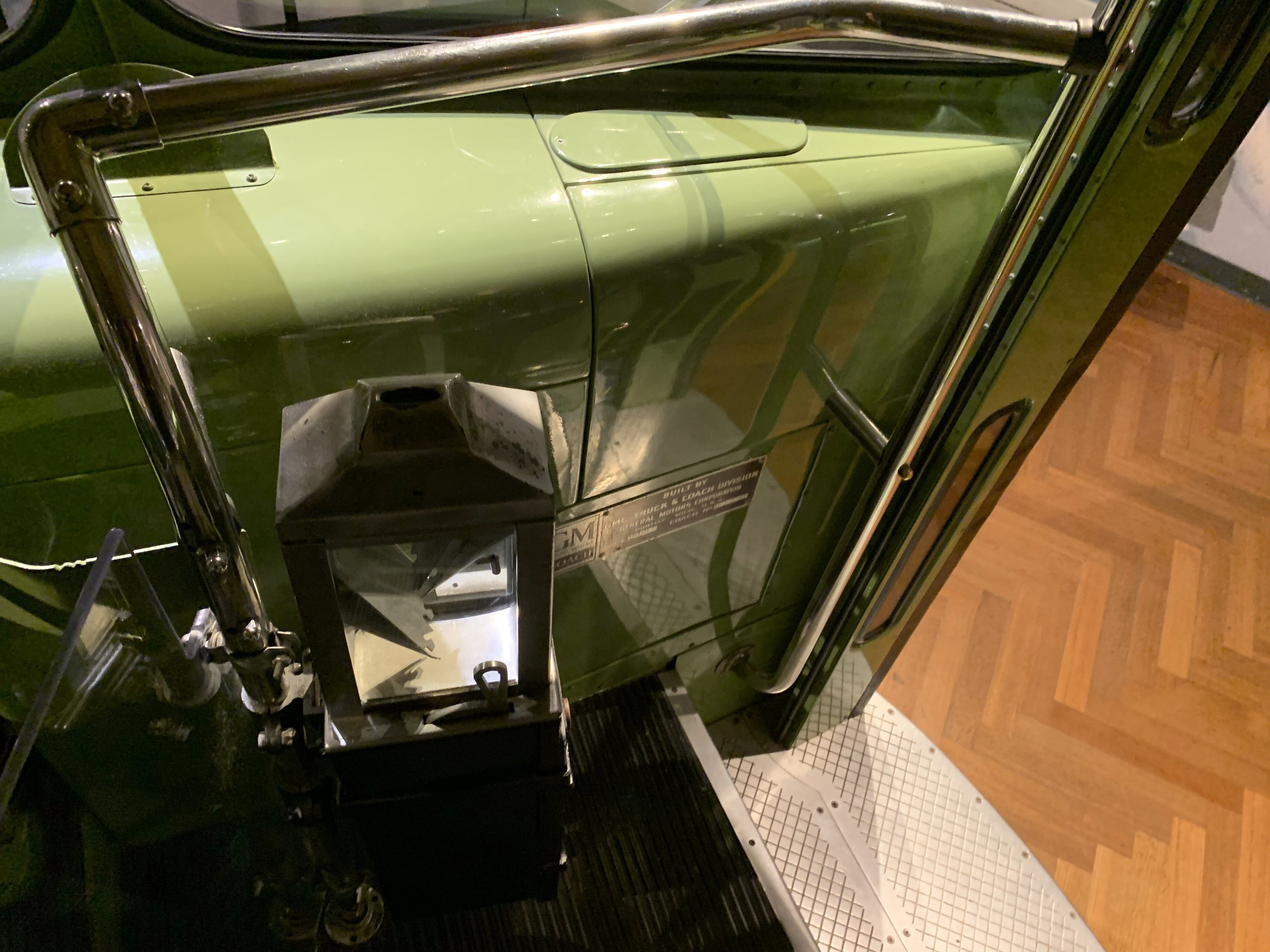
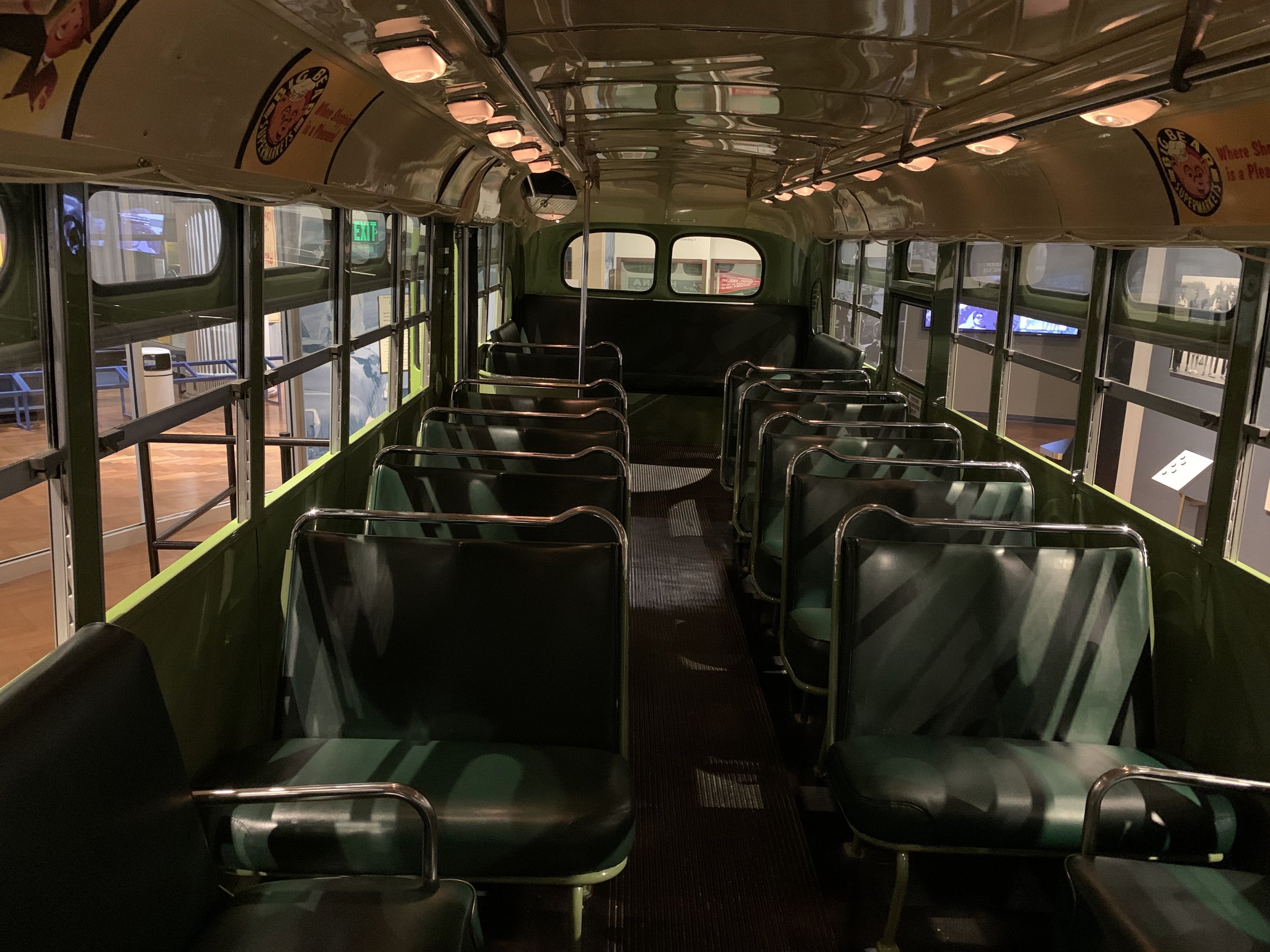
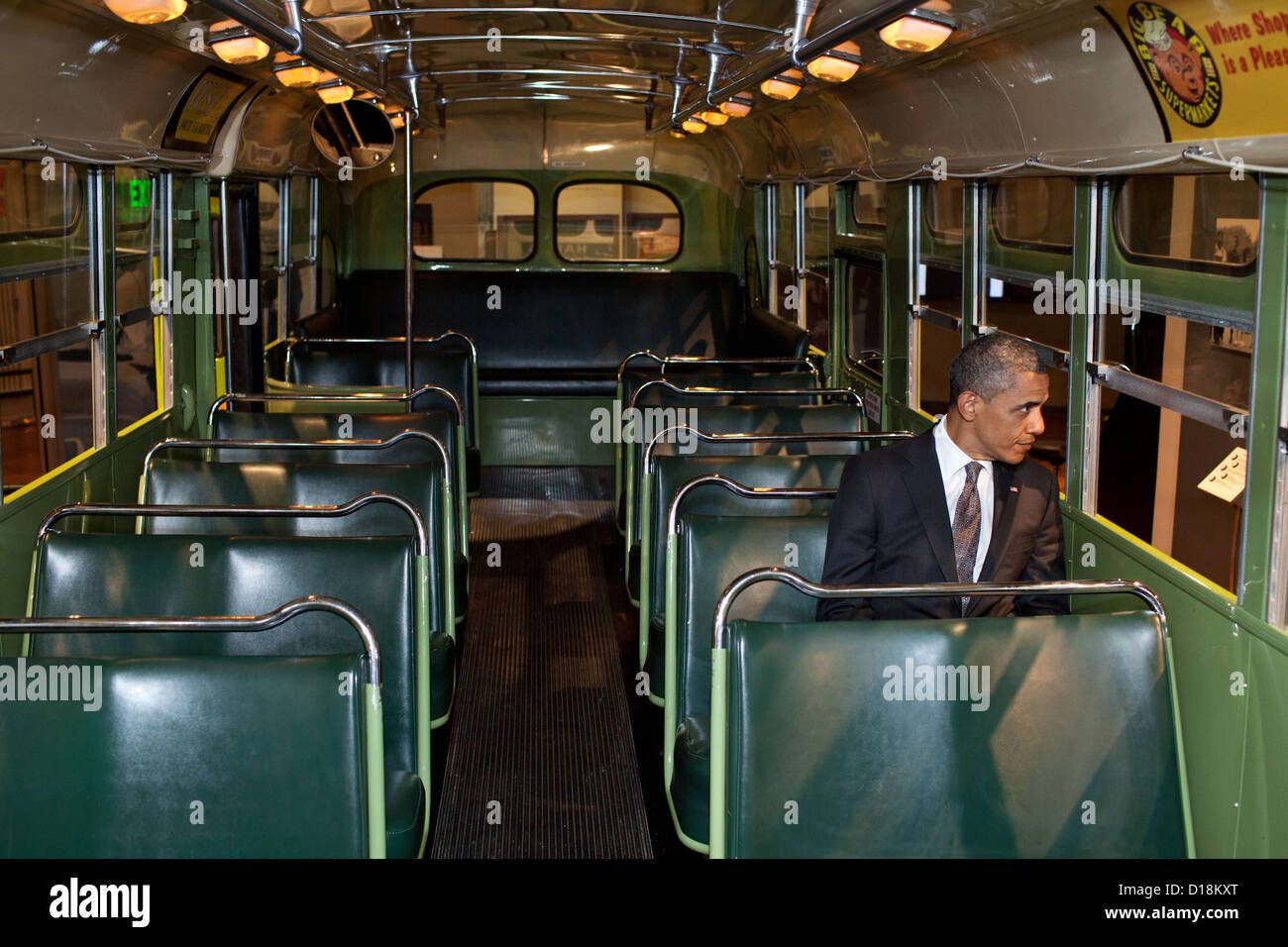
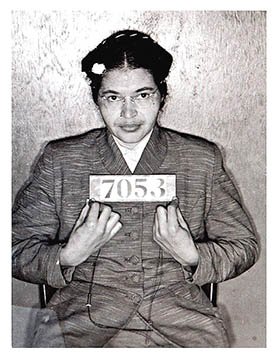


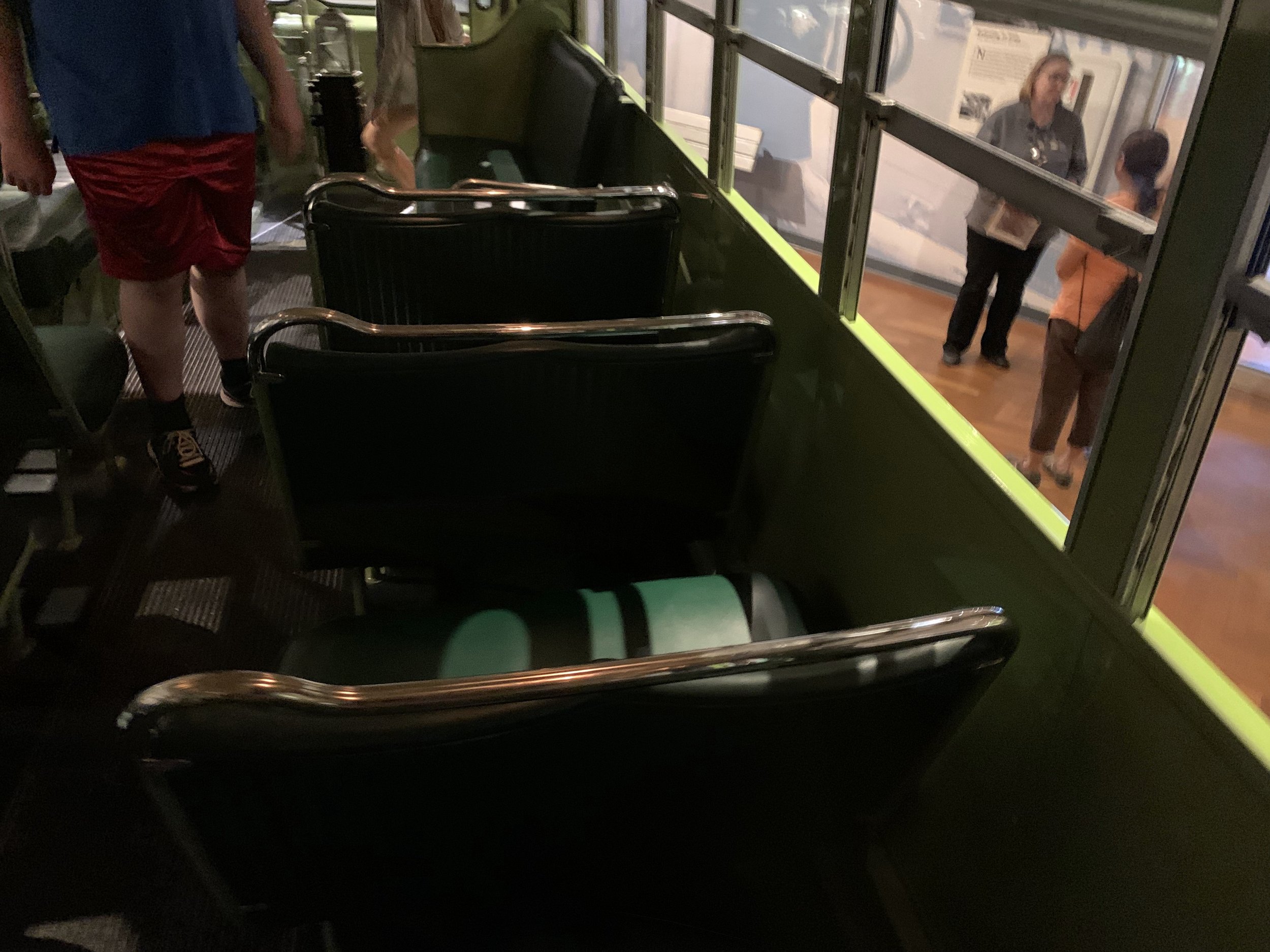

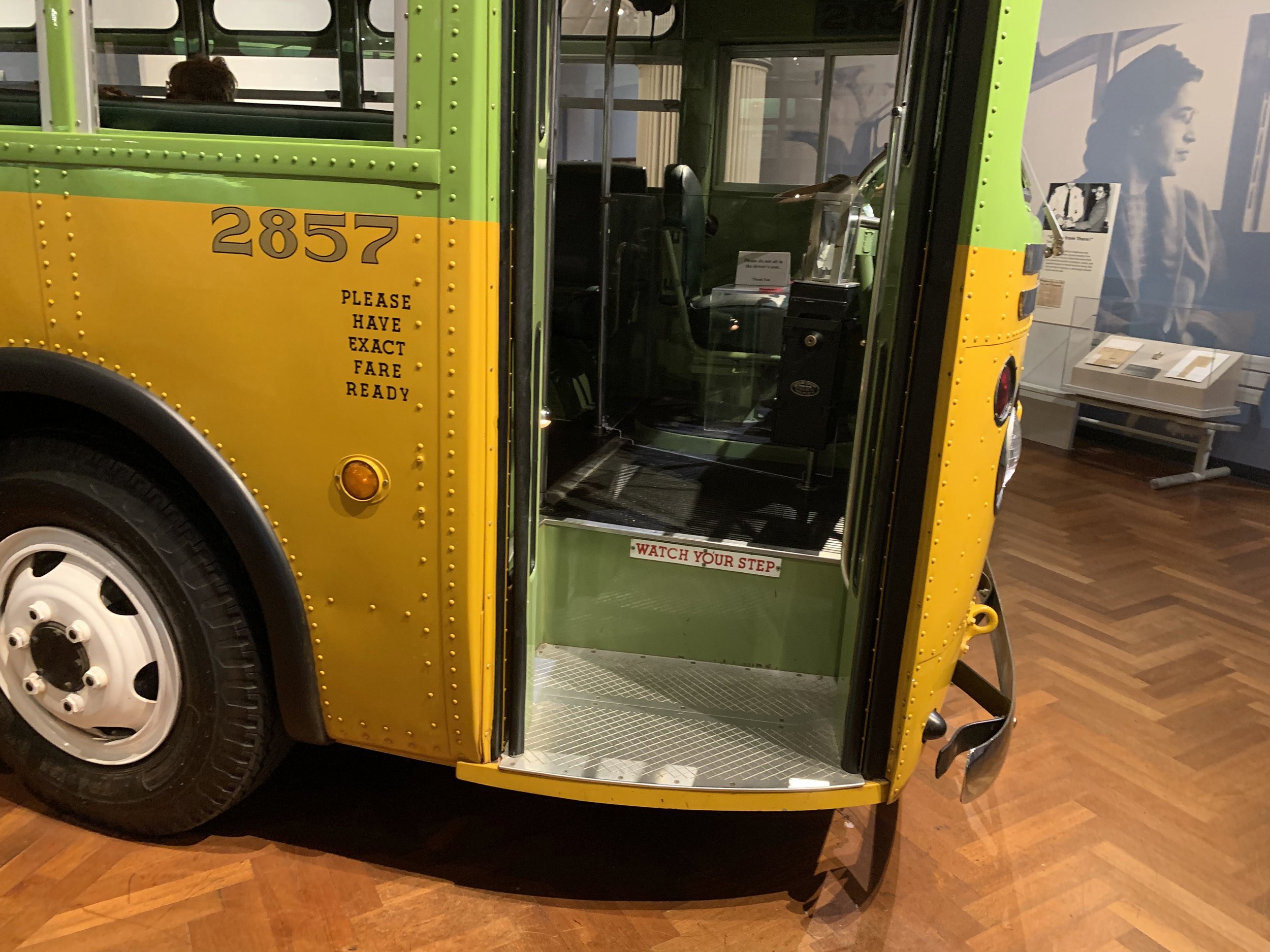
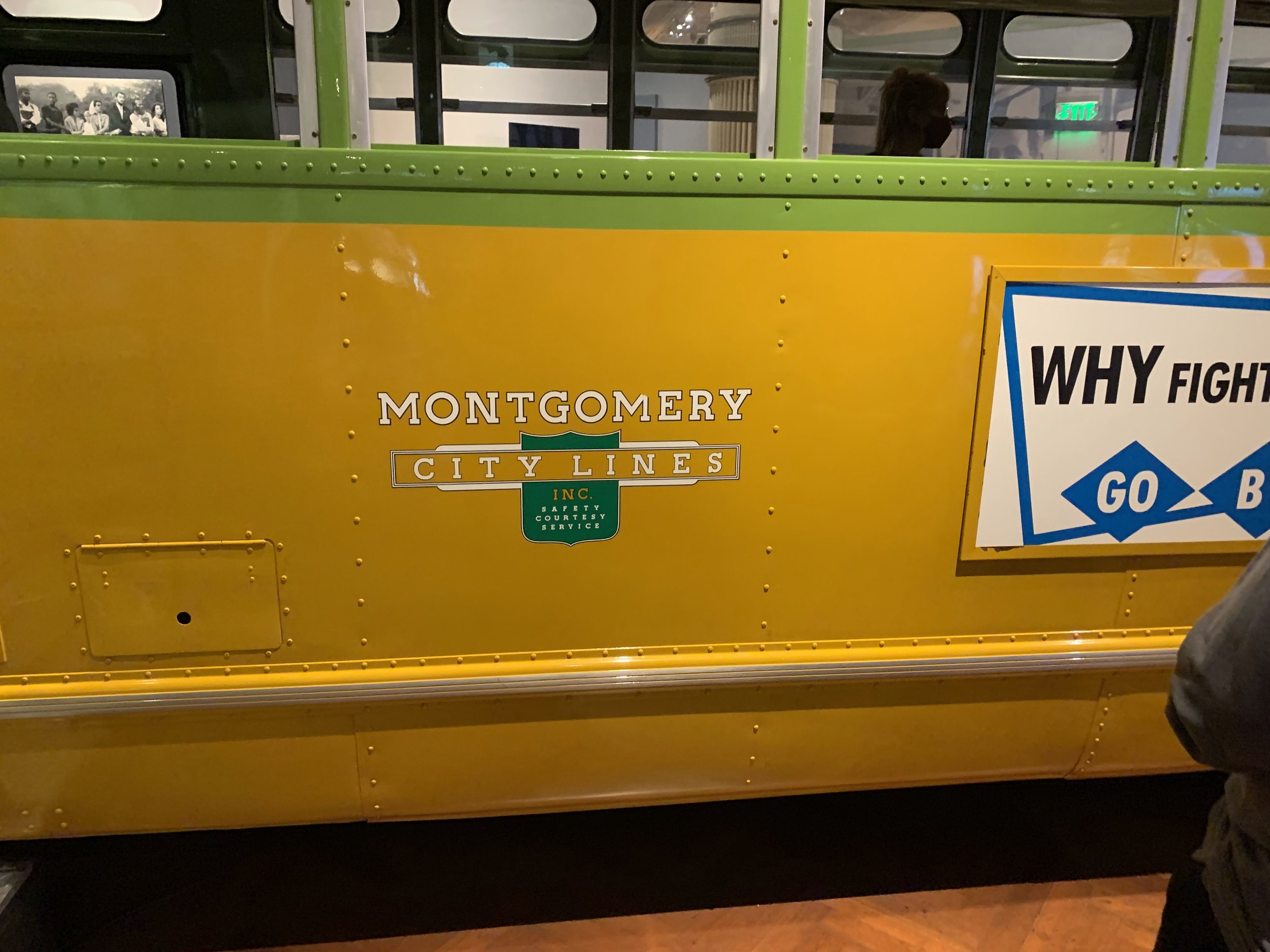
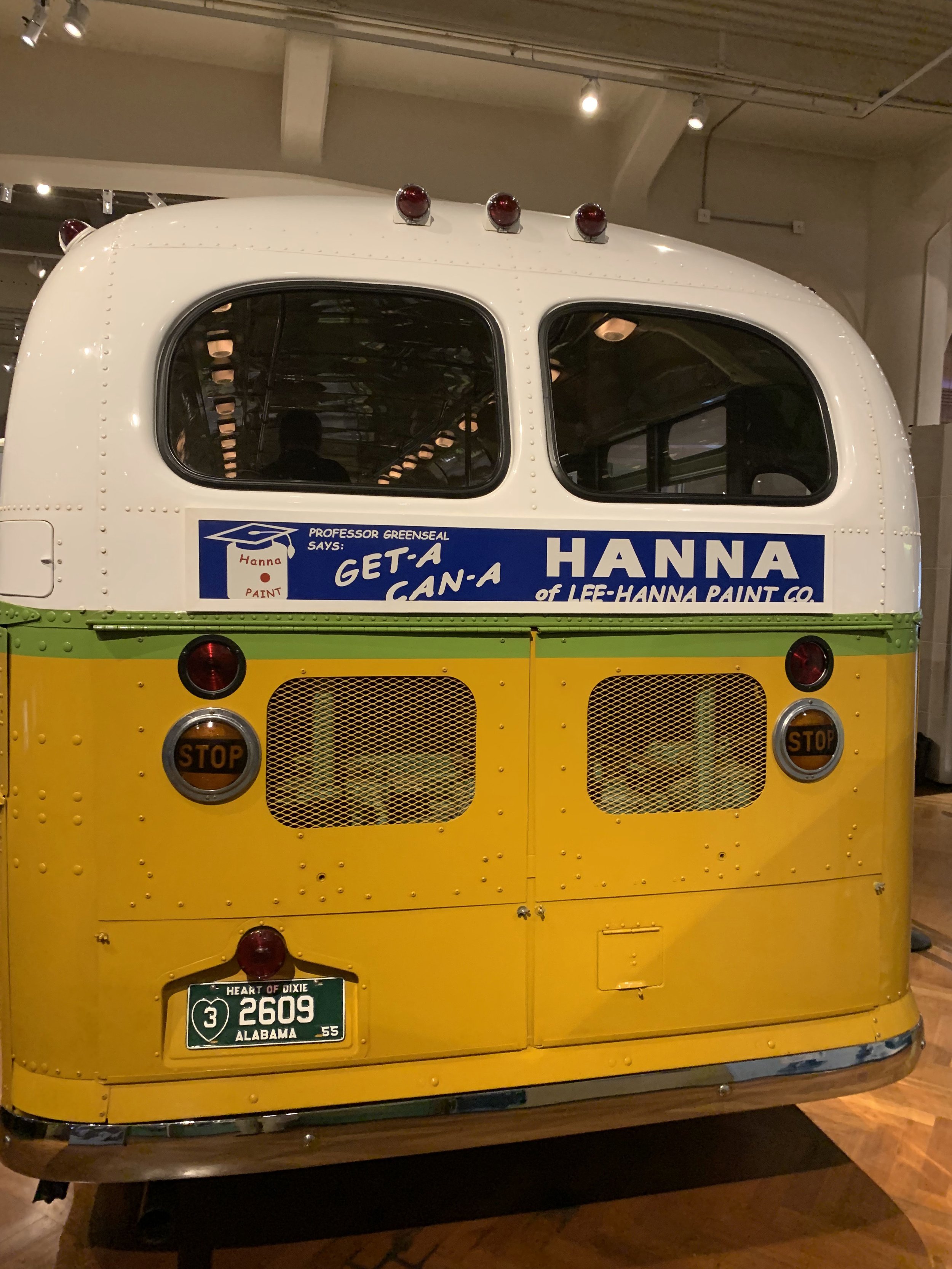
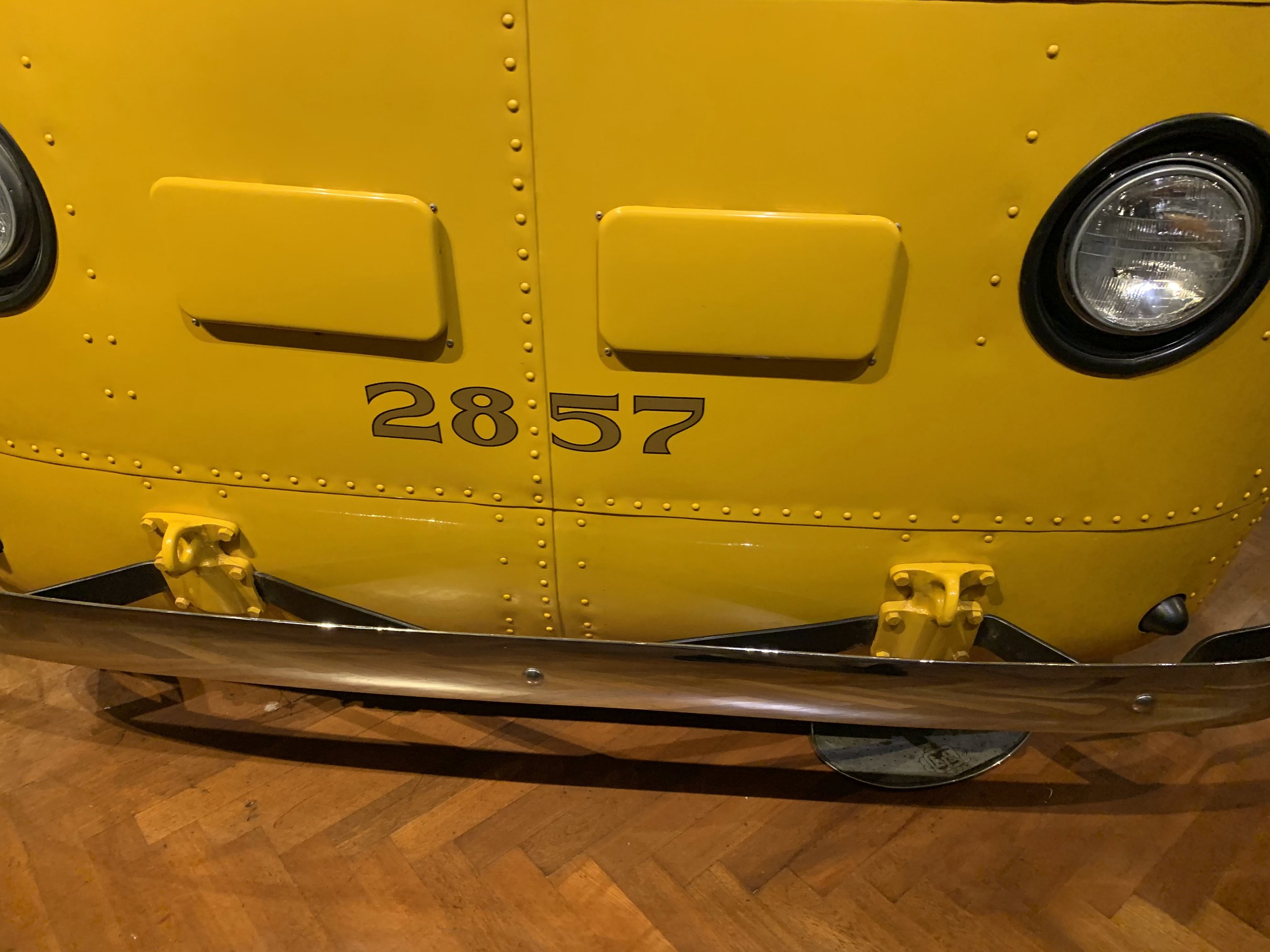
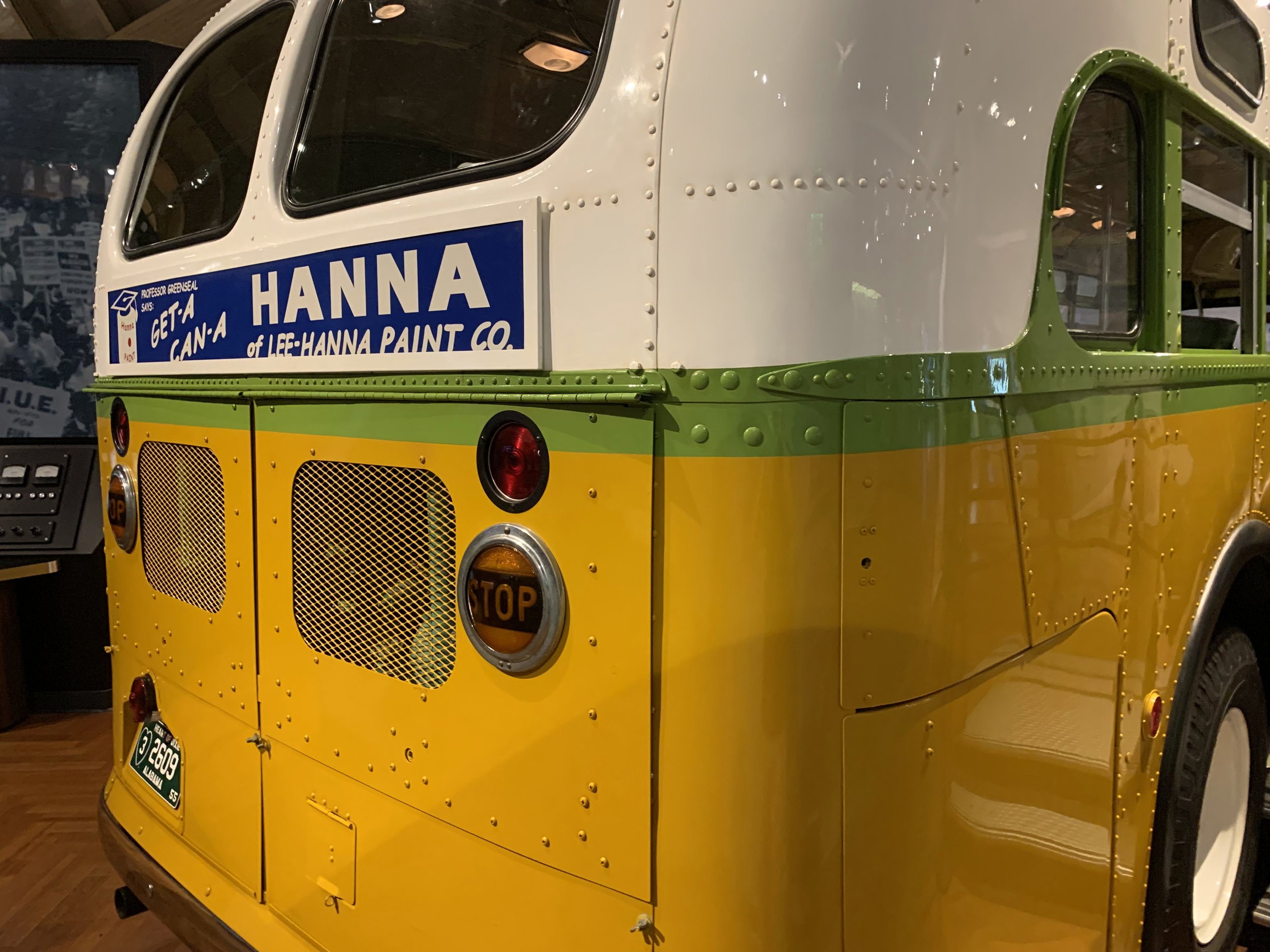
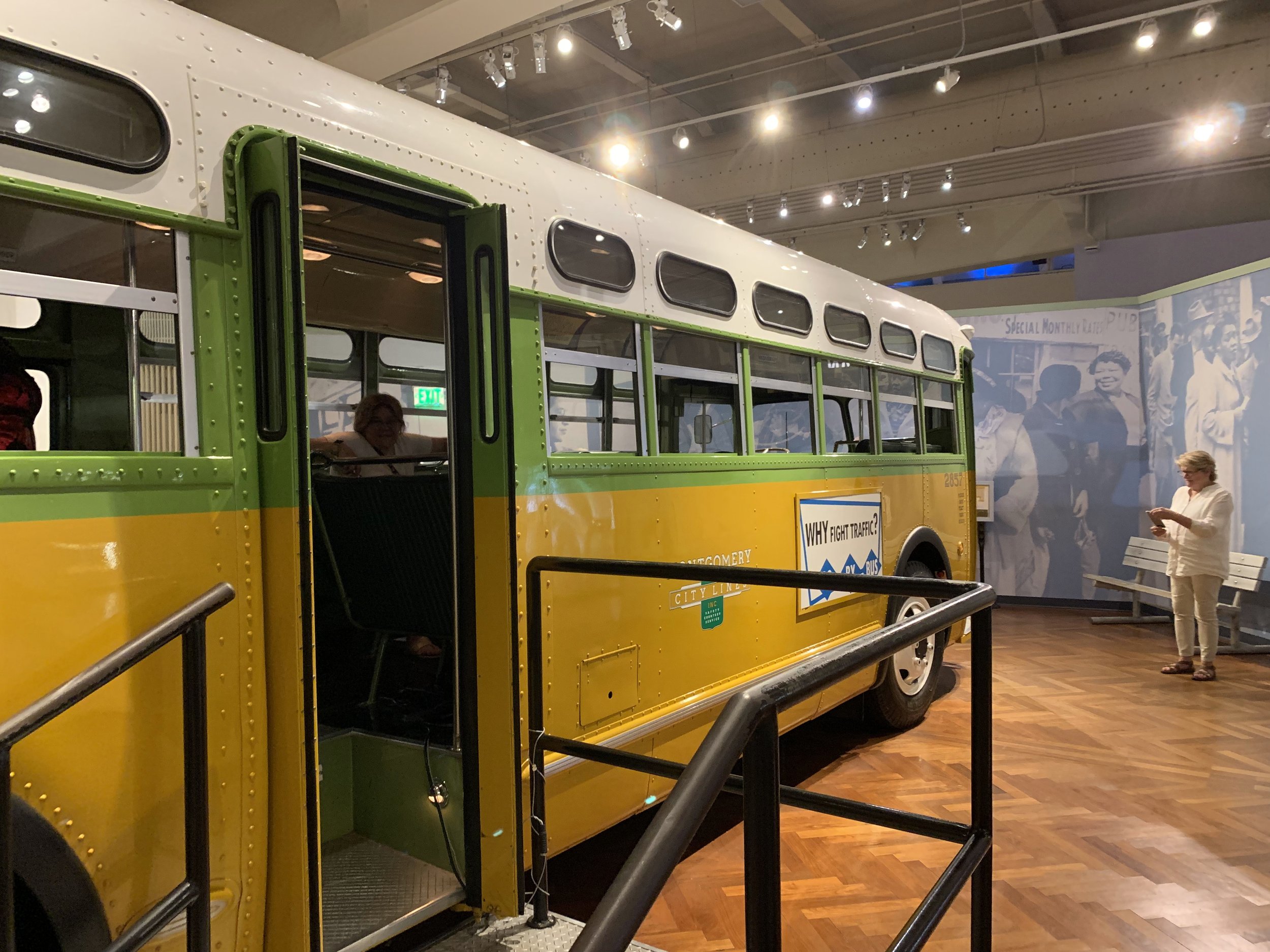
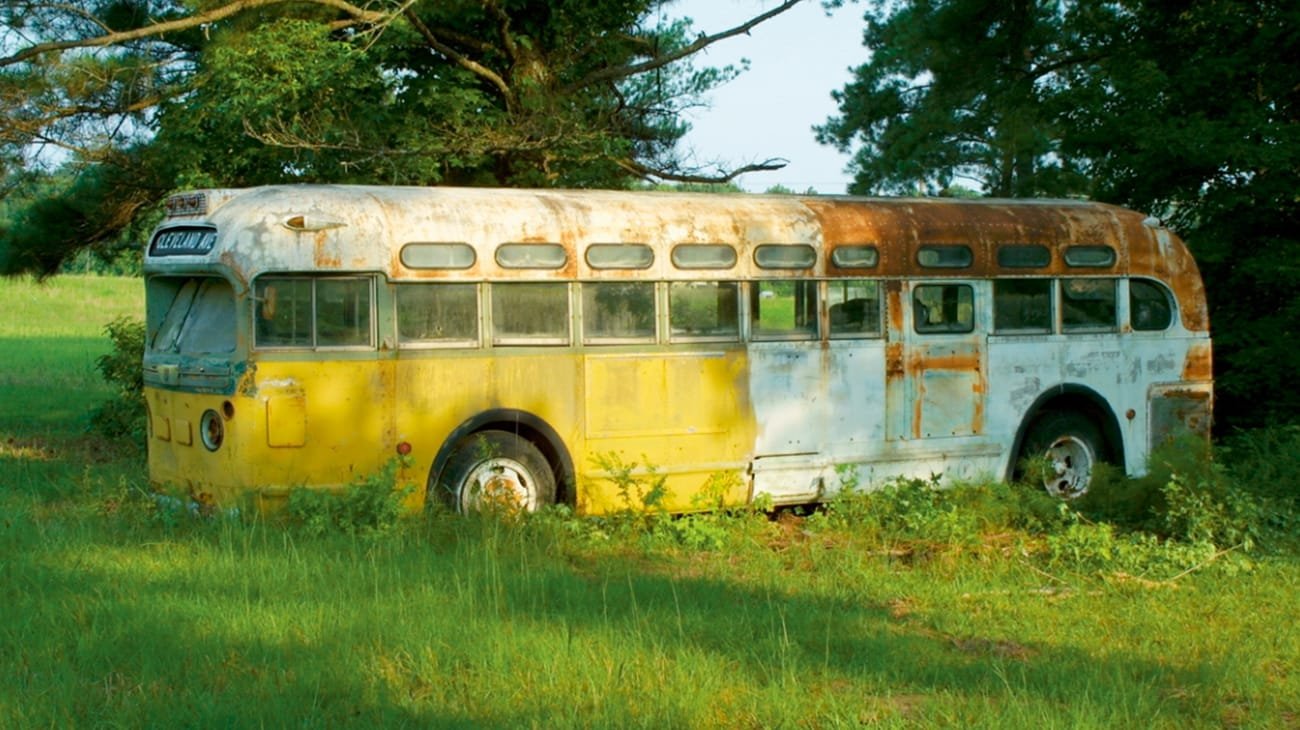
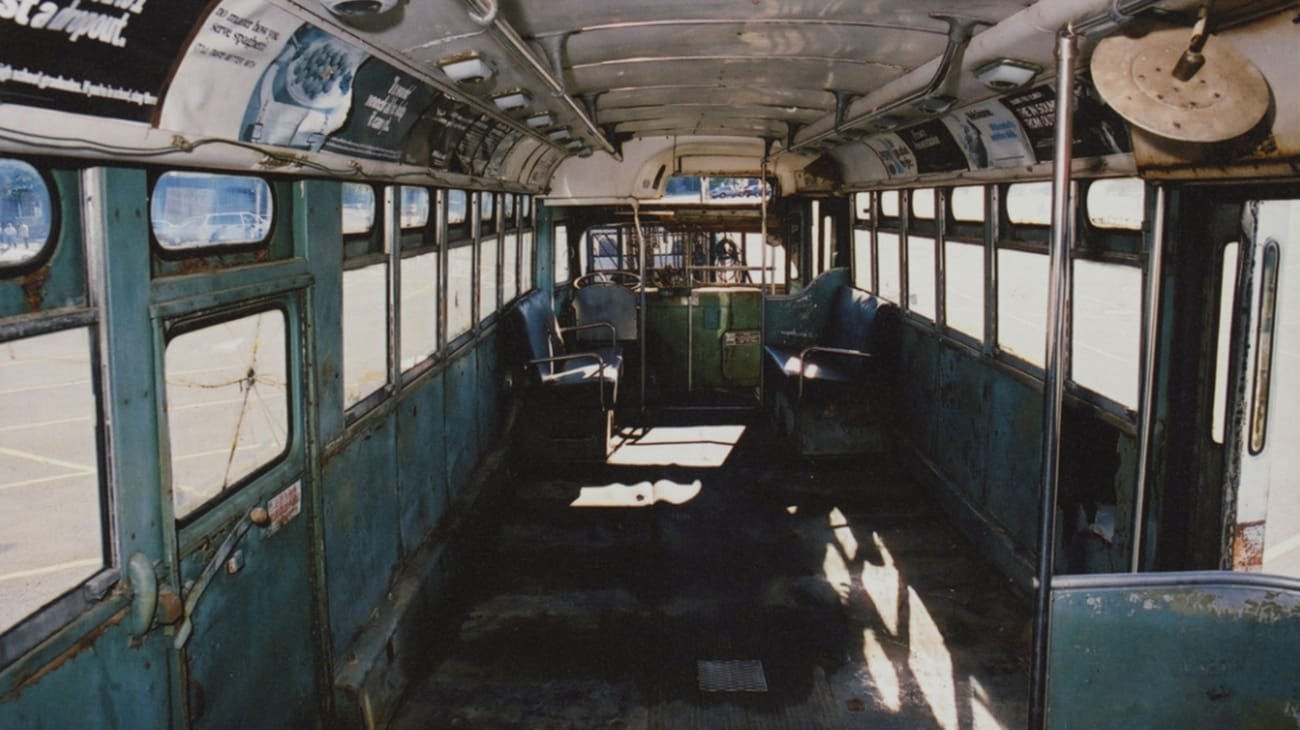
The Henry Ford Museum of American Innovation in Dearborn Michigan is home to one of the most eclectic and historically significant collections on Earth. Mr. Ford had an eye for history, and a lot of money to throw around at a time when money really could buy anything. From the Wright Brothers’ home, to the car that Kennedy died in, to the chair that Lincoln died in, every inch of this museum contains some relic of mind blowing importance. For today’s adventure though we’ll focus on one of their more recent acquisitions, Montgomery Bus #2857.
On October 25th 2001 The Ford Museum purchased this dilapidated bus from the family of Roy H. Summerford for $492,000. Mr. Summerford had acquired it at a public auction when the Montgomery Alabama City Line had retired it in the early 1970’s. For almost 30 years the bus set on Mr. Summerford’s rural property acting as a tool shed and lumber storage space. When he originally purchased the bus, employees from the City Line had shared a rumor with him that the bus might just be something special, but he never bothered to investigate further. Realizing the potential value of their father’s tool shed, his children set out to validate the rumor, and sell off this priceless piece of history.
On December 1st 1955 bus 2857 hosted an act of defiance that helped spark a revolution for equality. A tired young black woman on her way home from work refused to adhere to a local law requiring her to relinquish her seat on the crowded bus to a white passenger. Police were called, and Rosa Louise McCauley Parks was arrested.
The story as presented to us in grade school was that Rosa was simply a tired young woman fed up with unfair policies who decided to take a stand one day. The truth though is actually quite a bit more impressive. Rosa worked as a secretary for the local chapter of the NAACP, and was actively involved in the civil rights movement. She was part of a network of educated young African Americans who were specifically looking for a chance to challenge the law on bus segregation. A full 6 months before Rosa’s act of defiance, on March 2 1955 a young woman named Claudette Colvin was actually the first African American to challenge bus segregation. However Mrs. Colvin was 15 years old, unwed, and pregnant, which made her an easy target for segregationists looking to preserve the law. For this reason local leaders of the black community declined to support her, and instead waited for a case like Rosa’s to champion.
This often overlooked part of the story is key to understanding just how much of a fight the civil rights movement really was. This wasn’t just a case of a tired young woman having a bad day and accidentally changing the world, this was a massive network of people fighting tooth and nail for their basic human rights. What happened to Claudette Colvin was a tragedy, but people at the time refused to see it. Any perceived weakness in her character invalidated her basic human dignity, and instead groups like those led by Dr. Martin Luther King had to wait for someone like Rosa, a well educated, morally upstanding, member of the community. With someone like Rosa, the only perceivable reason to view her as lesser was the color of her skin, and created the perfect challenge in a legal system where “all men are created equal”.
Although today the events of December 1st are looked upon as a triumphant moment for human rights, at the time her case was controversial and not exactly a proud moment for the city of Montgomery. Police reports at the time failed to even capture the bus’s identification number, and it continued service as a transit bus in the city for almost 20 years. When the Summerford family was looking to authenticate the bus's claim to history, they were ultimately only successful because a station manager with the bus system followed the case closely in his scrapbook, and took note of the bus number in honor of his job’s unique link to the news. With the bus's identity confirmed it was able to fetch that impressive price at auction, and following a $300,000 restoration effort that returned the bus to it’s 1955 state the museum had itself a truly one of a kind piece of history.
Given it’s incredible role in one of the most important moments of the 20th century you’d think that bus 2857 would be walled off behind glass, but the museum has brilliantly chosen to make this artifact a truly accessible piece of history. You can touch it, walk inside it, and even sit down in the exact spot where Mrs. Parks refused to vacate (the original seat is lost to history, but the current layout uses period correct seats installed in exactly the correct locations). A staff member is on hand to talk you through the history of the bus and that fateful day, but you’re also free to just sit there in silence and drink in the history.
During an April 2012 visit to the museum President Obama declined to sit in Rosa’s seat, saying that he didn’t want to overshadow her place in history (he chose instead to sit in the seat beside hers). Coming from America’s first black President, I fully respect that position. For me though, as a white man born into incredible privilege, I had to sit there to try and understand. It was a person sitting down in a chair, basically the most simple act imaginable. My legs and butt completed that action as easily as any white man in 1955, and it was no big deal. For Rosa Parks though, for no reason other than the color of her skin, taking that seat was one of the most controversial acts imaginable. Although it led to a breakthrough in civil rights for African Americans across the county, she would pay for this action by receiving death threats for years after the event. Imagine wanting to kill someone over a bus seat.
Sitting in that historic seat, in a meticulously restored bus, you know exactly what Rosa saw that day, which makes it very easy to think about what she felt that day. I’m a straight, white, cis-gendered, male, American. It’s impossible for me to ever truly know what it feels like to face that kind of discrimination. So during my time on the bus I found my thoughts first going to rage over the incredible acts of cruelty my forefathers committed, but rage is pointless, hate cannot solve hate. Thankfully the bus features a picture of Mr. Obama’s visit, and a quote from him about the experience. It pretty well sums up the very core of America, the idea of a people’s struggle for freedom.
"I just sat in there for a moment and pondered the courage and tenacity that is part of our very recent history, but is also part of that long line of folks who sometimes are nameless, oftentimes didn't make the history books, but who constantly insisted on their dignity, their share of the American dream."
Want to Experience This Adventure for Yourself?:
The Henry Ford Museum of American Innovation
20900 Oakwood Blvd, Dearborn, MI 48124, United States
Pilot Knob
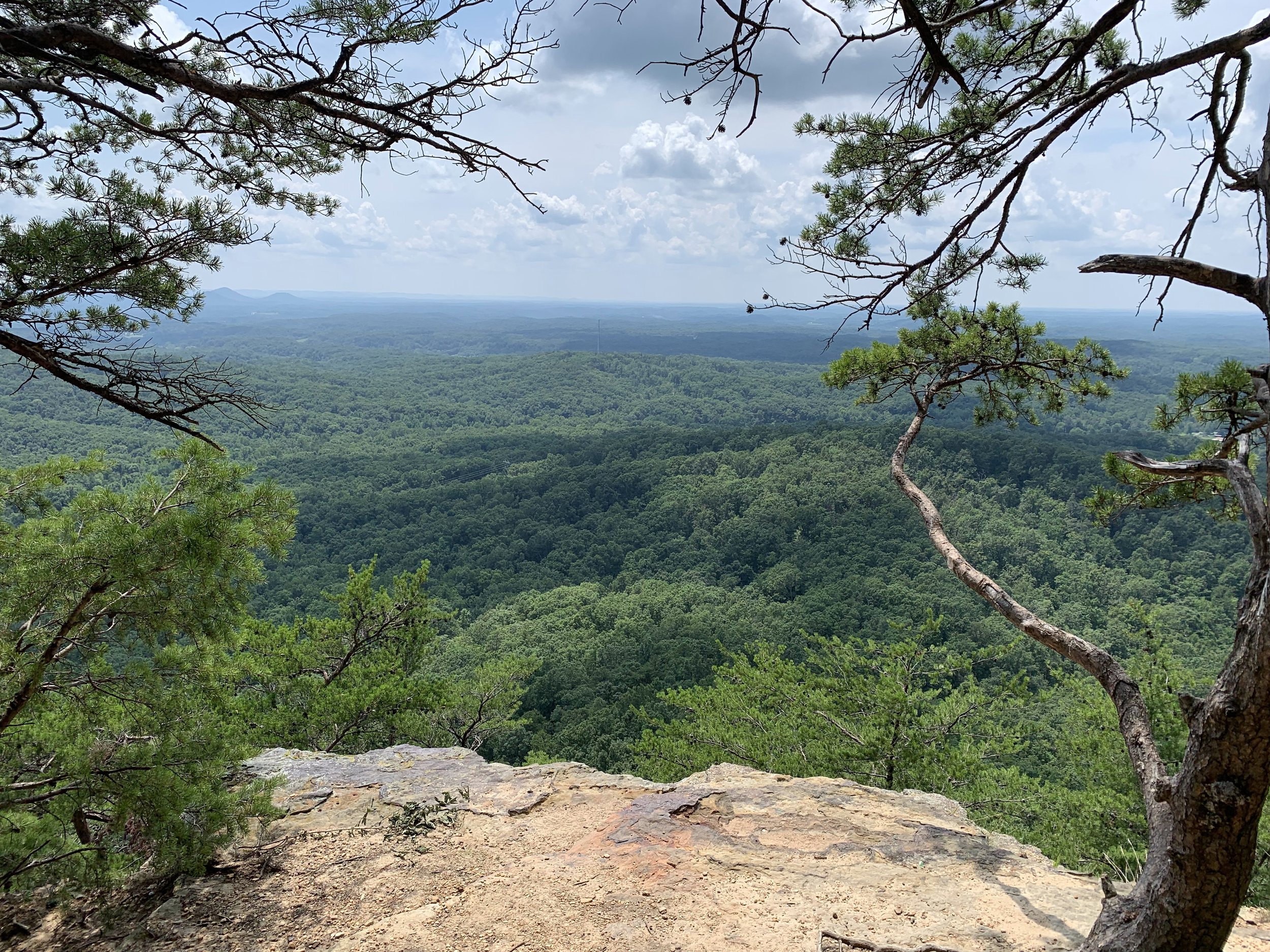
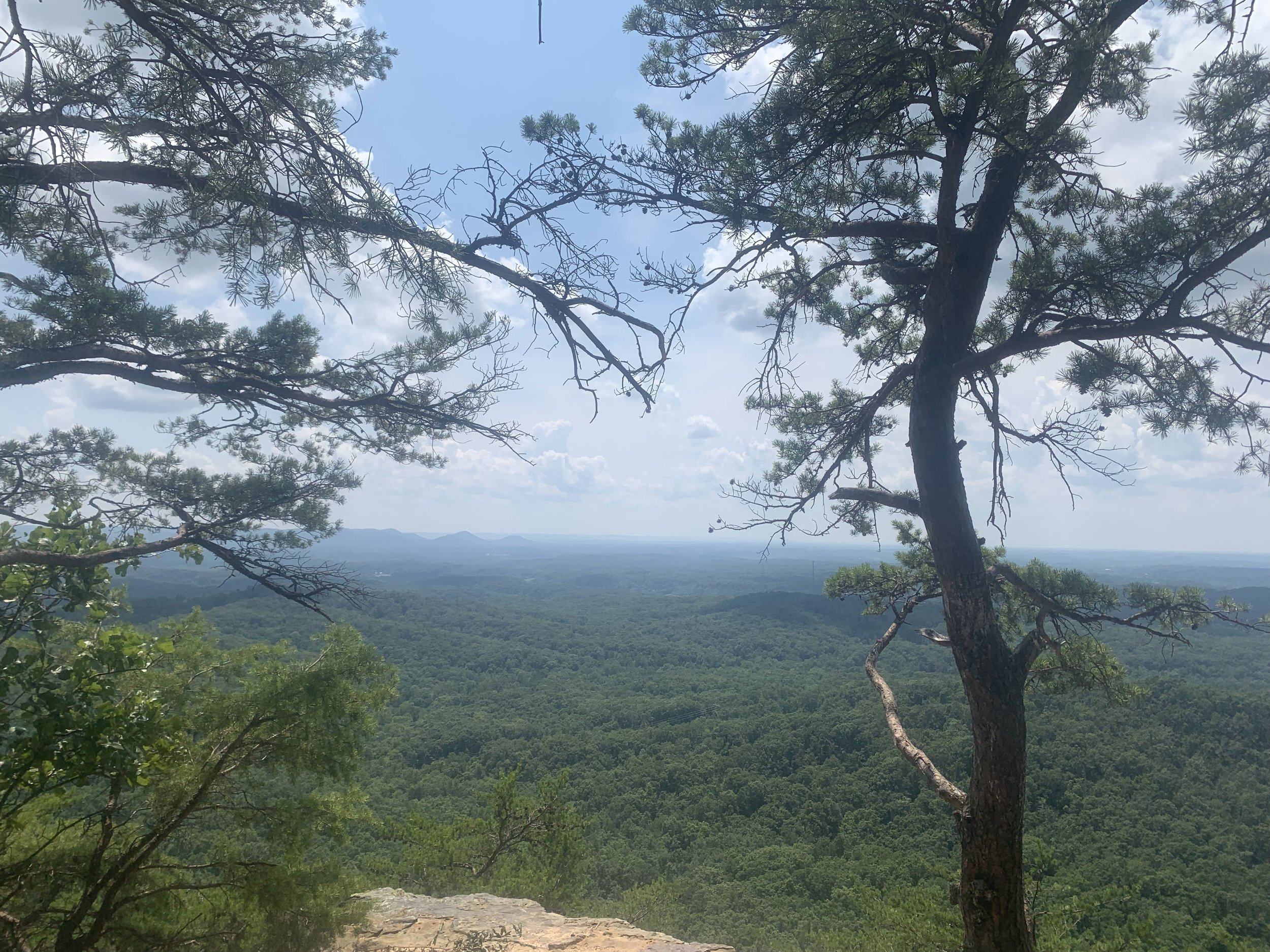
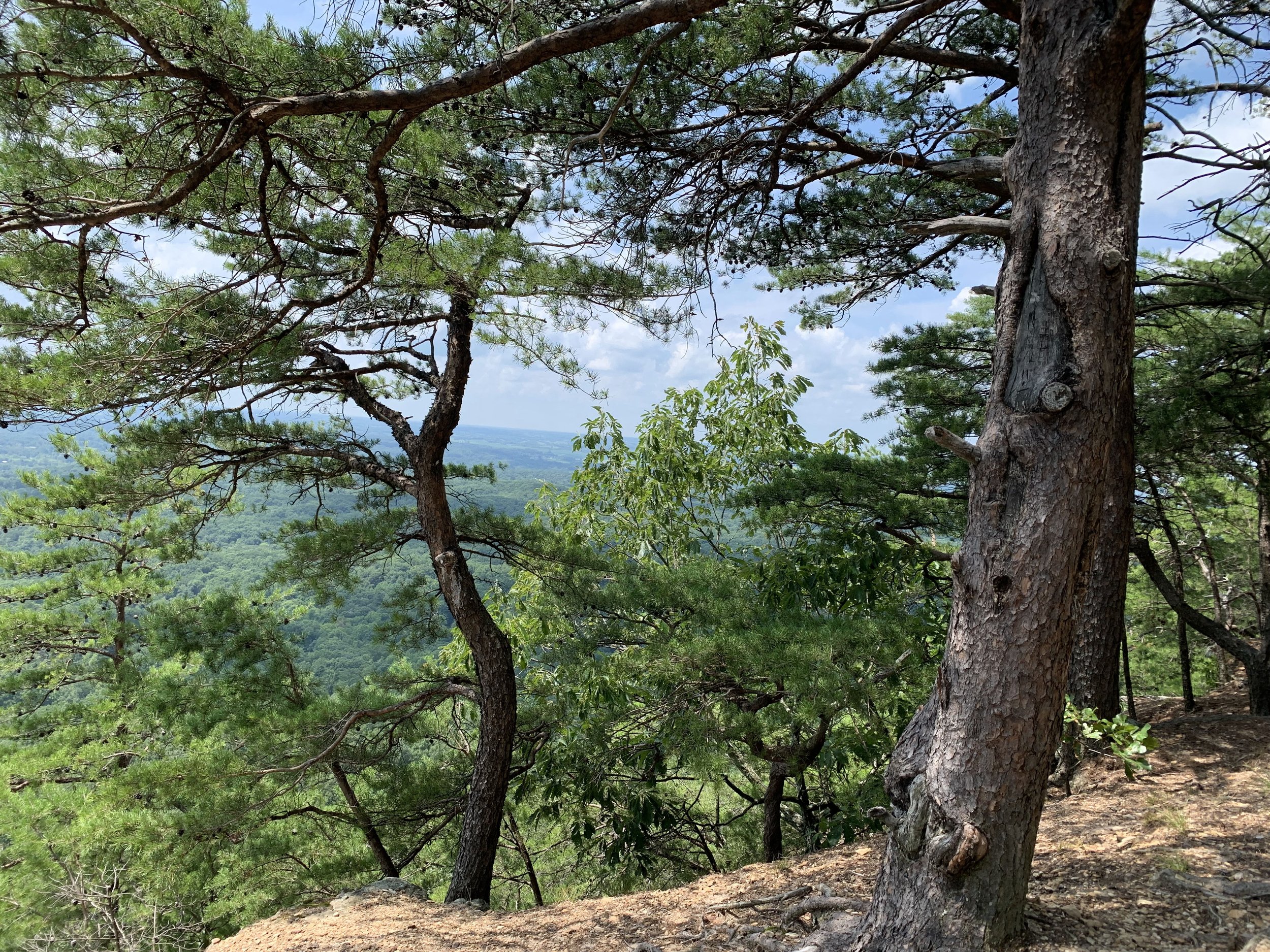
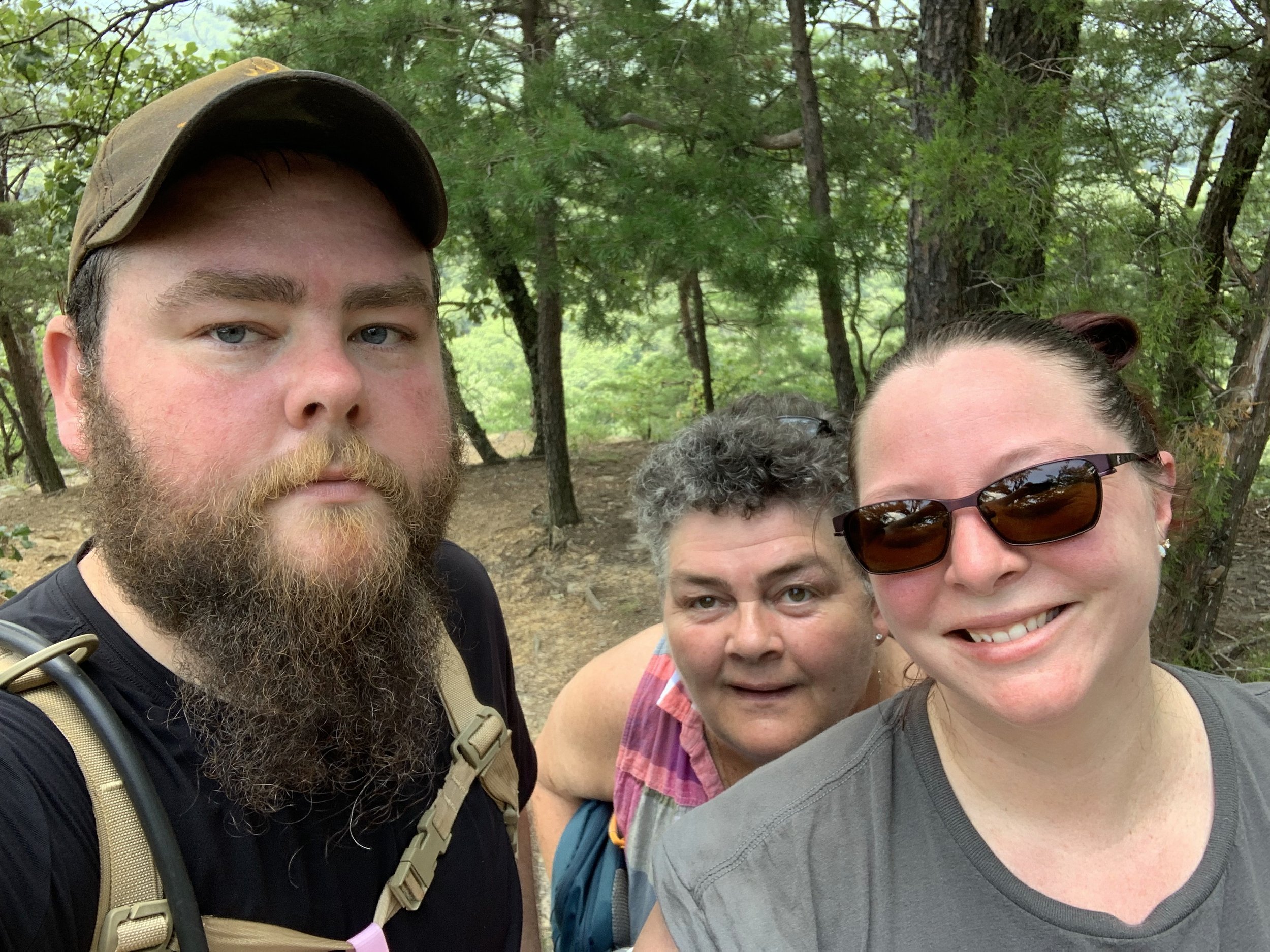
Powell County Kentucky is home to some of the most scenic hiking trails in the state, if not the nation. This beautiful area is the transition point where eastern Kentucky’s Appalachian hill country gives way to the flatlands of the Bluegrass region. On June 7th 1769 this unique transitional terrain made for a historic moment for one of Kentucky’s most famous explorers.
Throughout the Spring and Summer of 1769 explorers Daniel Boone and John Finley had been scouting their way through Kentucky. On this fateful day in June they noticed an unusually high outcropping of rock which would make an excellent vantage point from which to survey the area. Following a rather strenuous hike they found themselves atop what is now known as Pilot Knob, where Mr. Boone was able to take his first grand glimpse of the Bluegrass region. According to his biographer John Filson, Boone is reported to have said “I had gained the summit of a commanding ridge, beheld the ample plains, the beatueous tracts below”. Boone would go on to explore much of the region he had beheld from this incredible viewpoint, naming many of the natural features such as the nearby Lulbegrud Creek.
Today the Pilot Knob is the centerpiece of a state nature preserve. It features 2 hiking trails, one of which takes you to that same breathtaking viewpoint where Boone once stood. Although it’s only a 2.4 mile hike, there is considerable elevation gain and the trail is rated as strenuous. At 730 feet the Knob offers a view of the Cumberland Plateau, the Knobs Region, and the Bluegrass Region. You can clearly see the nearby community of Trapp & Goff’s Corner, and supposedly on a clear day one can see the Lexington Financial Center from here (tallest building in Lexington), although I seriously doubt that claim.
If you’re a fan of history, or the outdoors, I highly recommend this hike. It’s right off of the Mountain Parkway, and does offer ample parking. Be warned though if you’re there during school hours, the parking lot is also the only viable turn-around for the local school buses, so parking is prohibited during certain times. The hike itself can be strenuous, especially in the humid Kentucky summer. Bring plenty of water, and be prepared for one of the finest views in the state.
Want to Experience This Adventure for Yourself?:
Edward Boone’s Grave

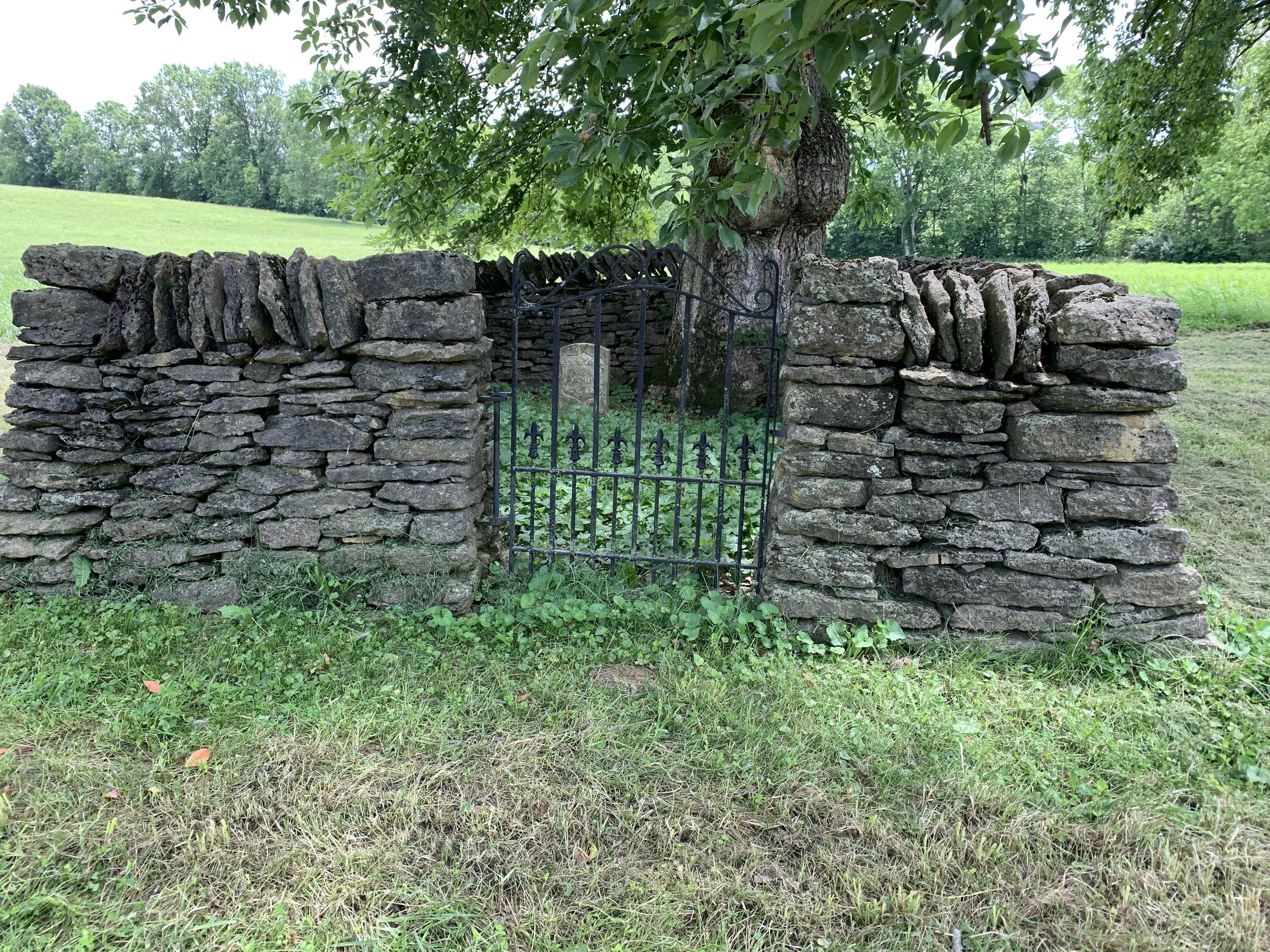
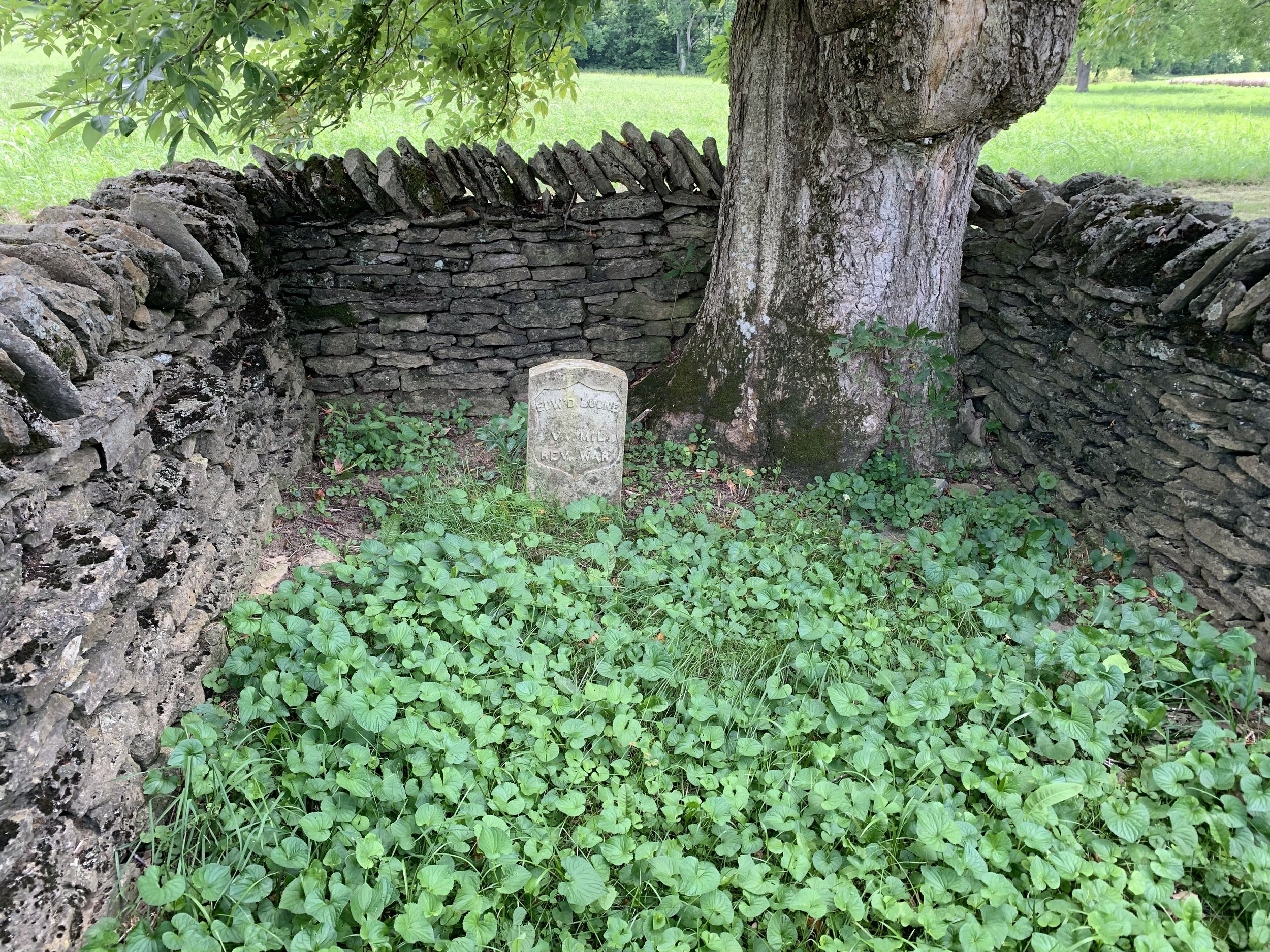
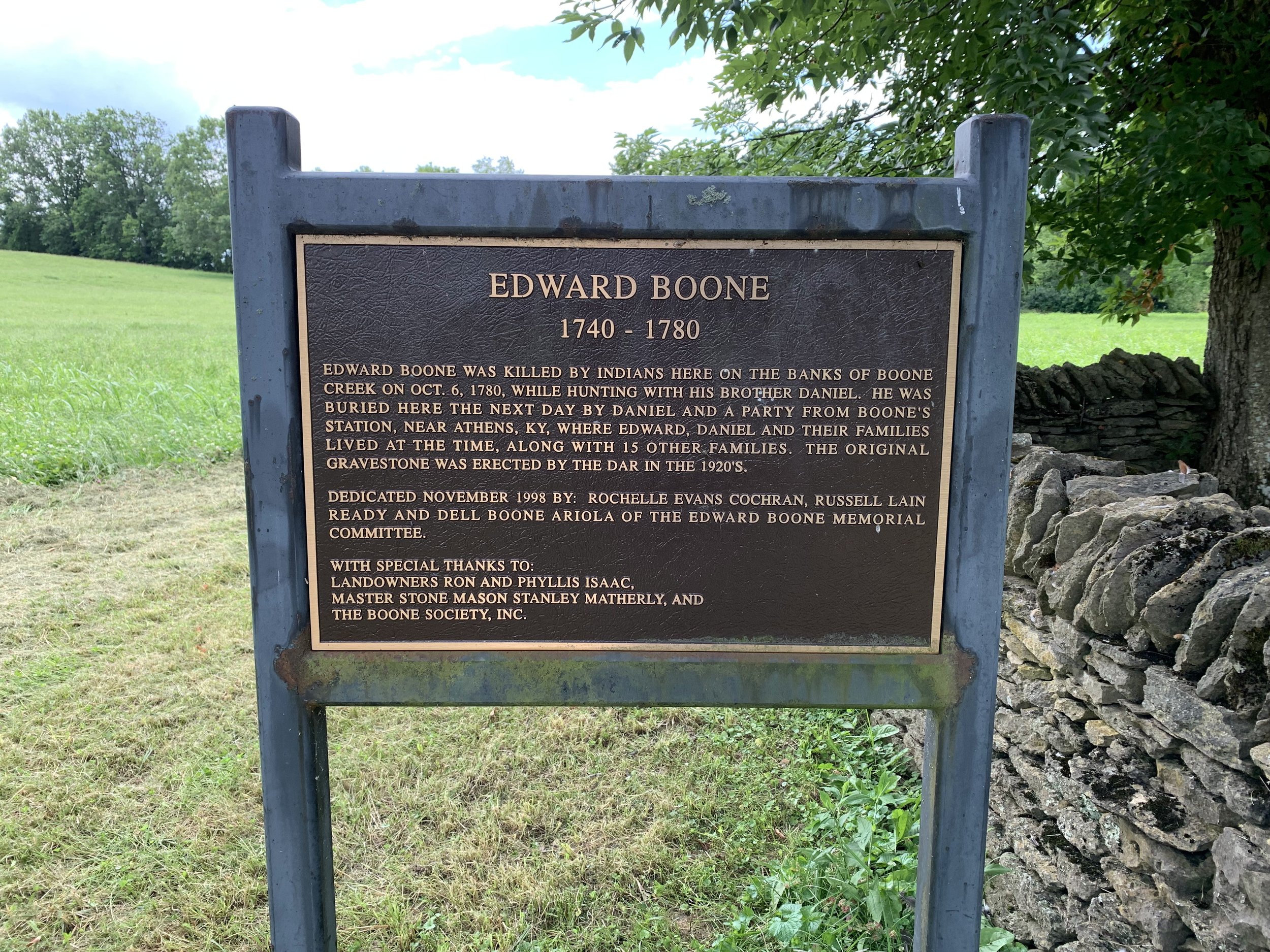
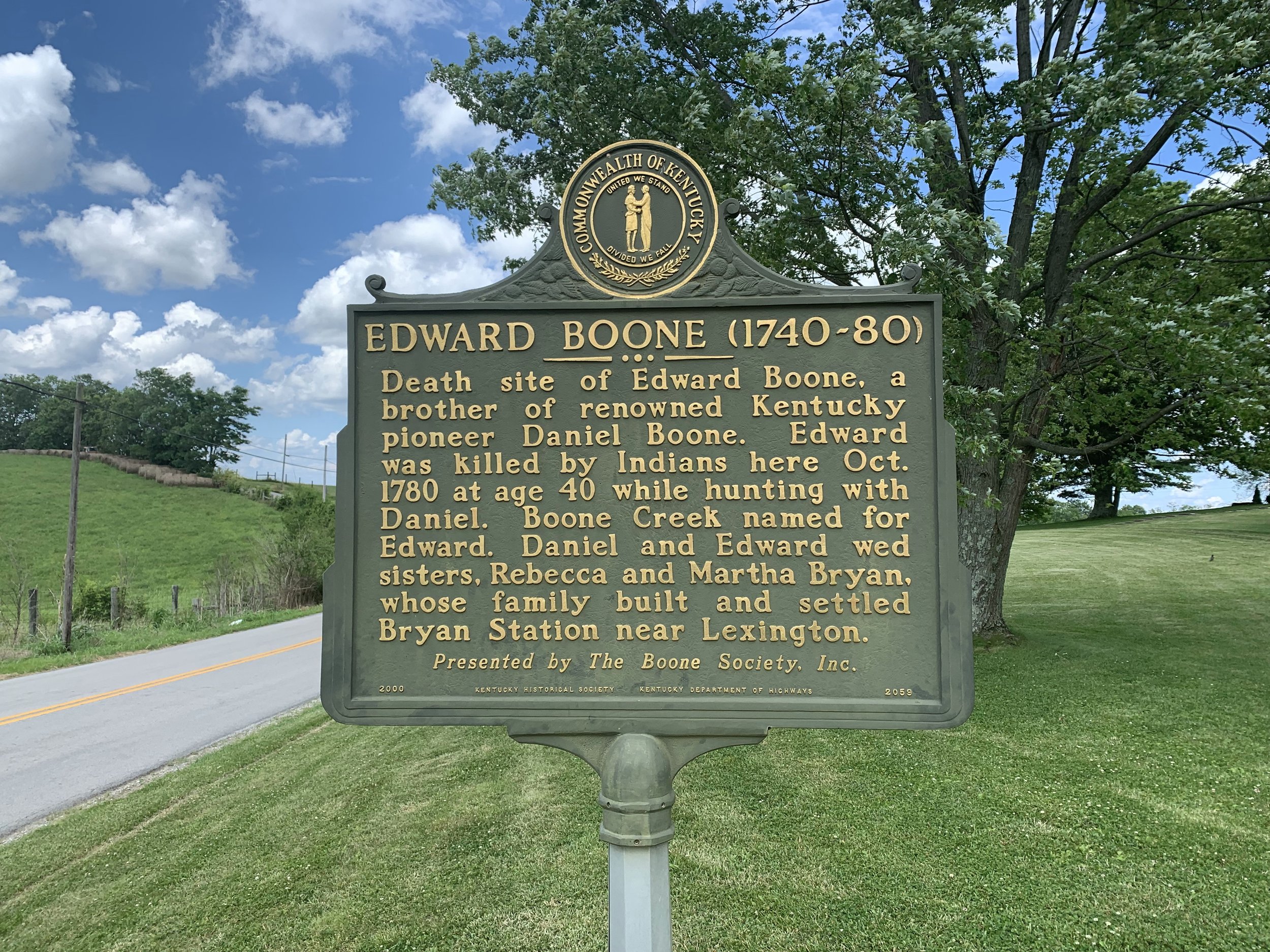
The name Daniel Boone is synonymous with the Bluegrass State. From Boonesborough to Boone County, and so much more, this pioneering frontiersman left his name across a wide variety of places across the area. The harsh realities of blazing a trail across wilderness territory meant that he also left many friends and loved ones in the ground across the region. Such is the case with his brother Edward Boone.
On October 6th 1780 the Boone brothers were hunting near the modern day Boone’s Creek in Bourbon County when they were beset upon by hostile natives. Following a brief skirmish Daniel was able to escape, but Edward was not so lucky. The next day Daniel returned with a small party from “Boone’s Station” near Athens Kentucky in Madison County. Rather than transport the body several miles through hostile terrain the party buried Edward’s remains in a picturesque spot along the creek.
In the 1920’s the Daughters of the American Revolution updated the site with a modern styled tombstone. Following extensive work by the Edward Boone Memorial Committee the current site was updated and dedicated in November 1998.
Today the site consists of a large tree next to Edward’s grave. The small area is enclosed by a rock fence of the style very common to the area. It features a memorial plaque, and about half an acre of maintained grounds with cut grass. Getting to the site is a relatively short walk, but does involve a bit of an adventure. You park along the side of See Road, and then have to cross the creek using a makeshift bridge that consists of large stones thrown into the creek. During my visit the water levels were fairly low, and so I just walked along the dry stones sticking out above the water. Following heavier rains though I could see the trip involve getting wet, if not also offering the risk of slipping.
Although Edward fell at the young age of 40, it’s hard to imagine a more serene place to be buried. The location is on the edge of a field, in one of the most beautiful areas of the Bluegrass region. Take away the historical plaques, and you’ll feel like Morgan Freeman searching for Andy Dufresne’s note at the end of The Shawshank Redemption. The area would be ideally suited to a picnic, and is well positioned near other attractions in Bourbon County. One important note though, the grave is on private property which the owners graciously allow to be visited. Please be mindful of this, and respect the area during your visit.
Want to Experience This Adventure for Yourself?:
Paying Respects to an Iwo Jima Flag Raiser
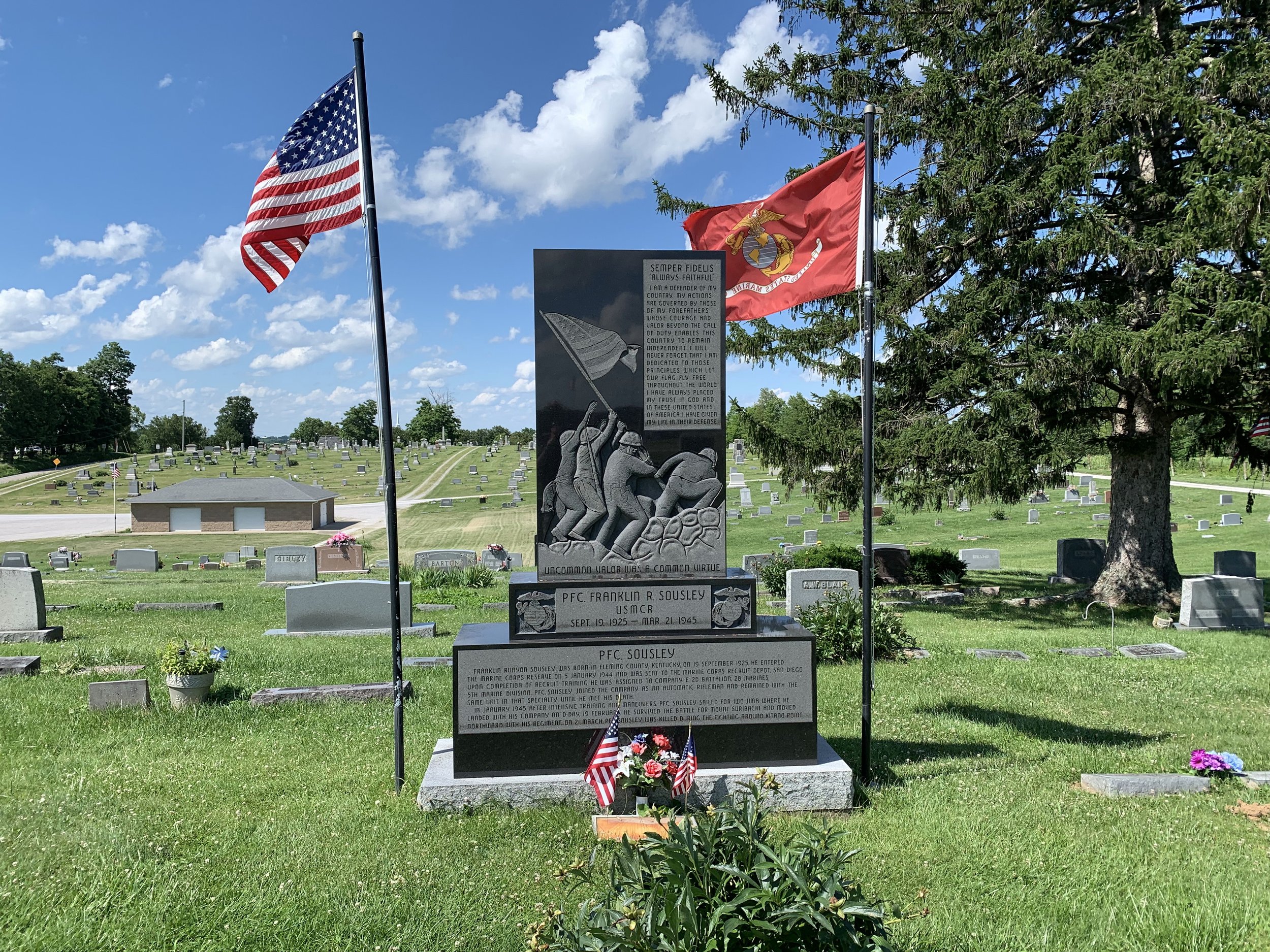
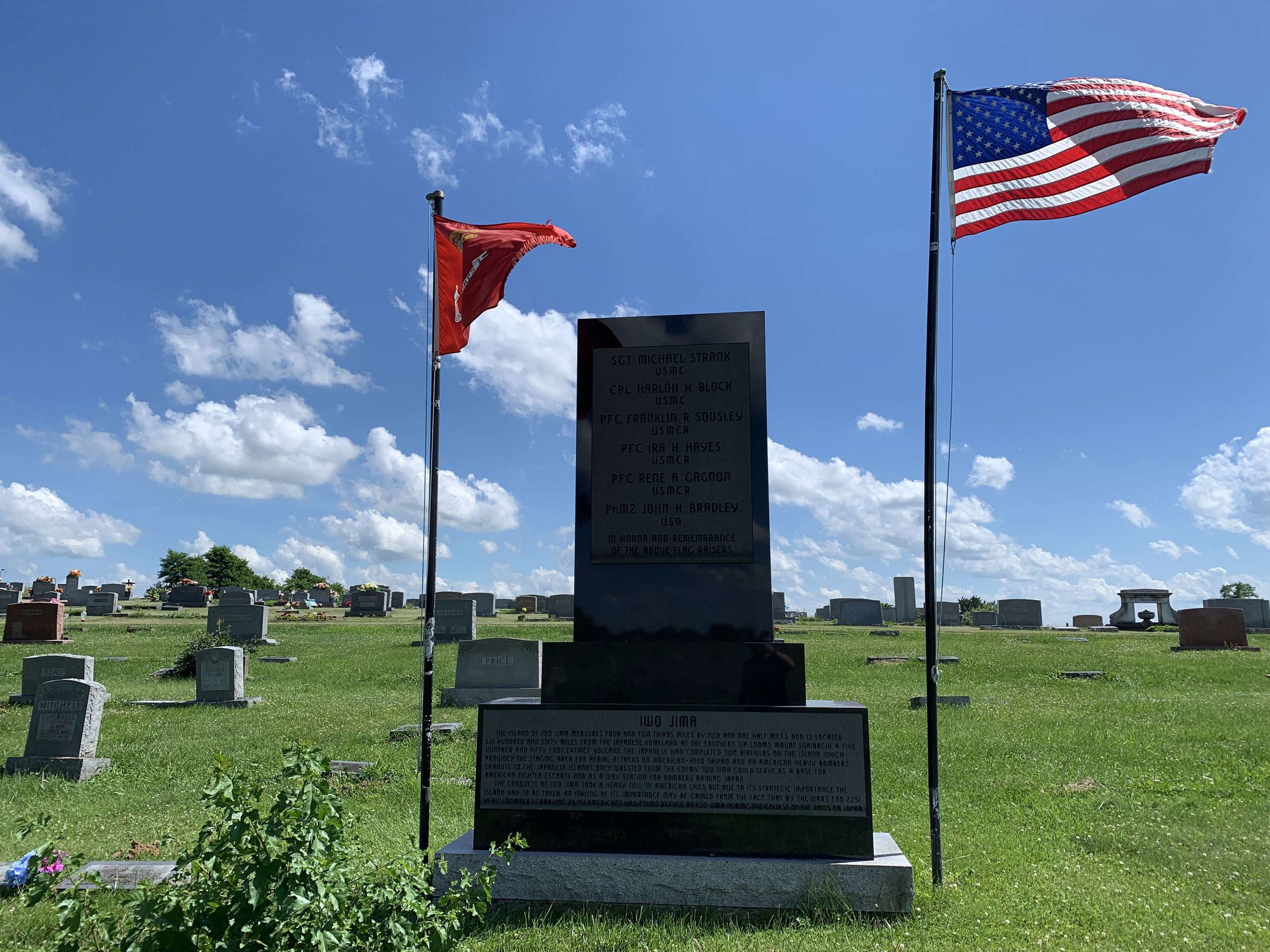
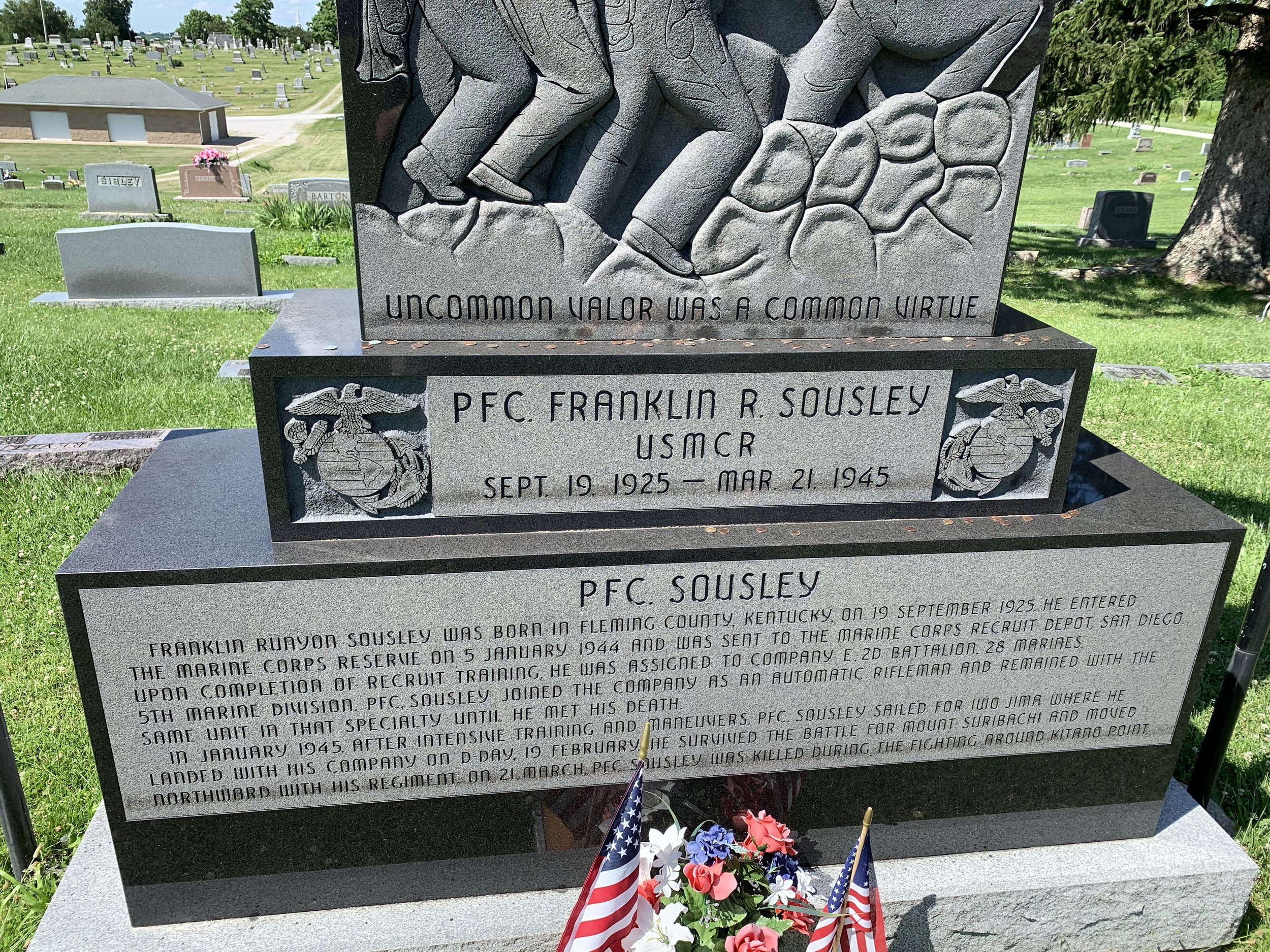
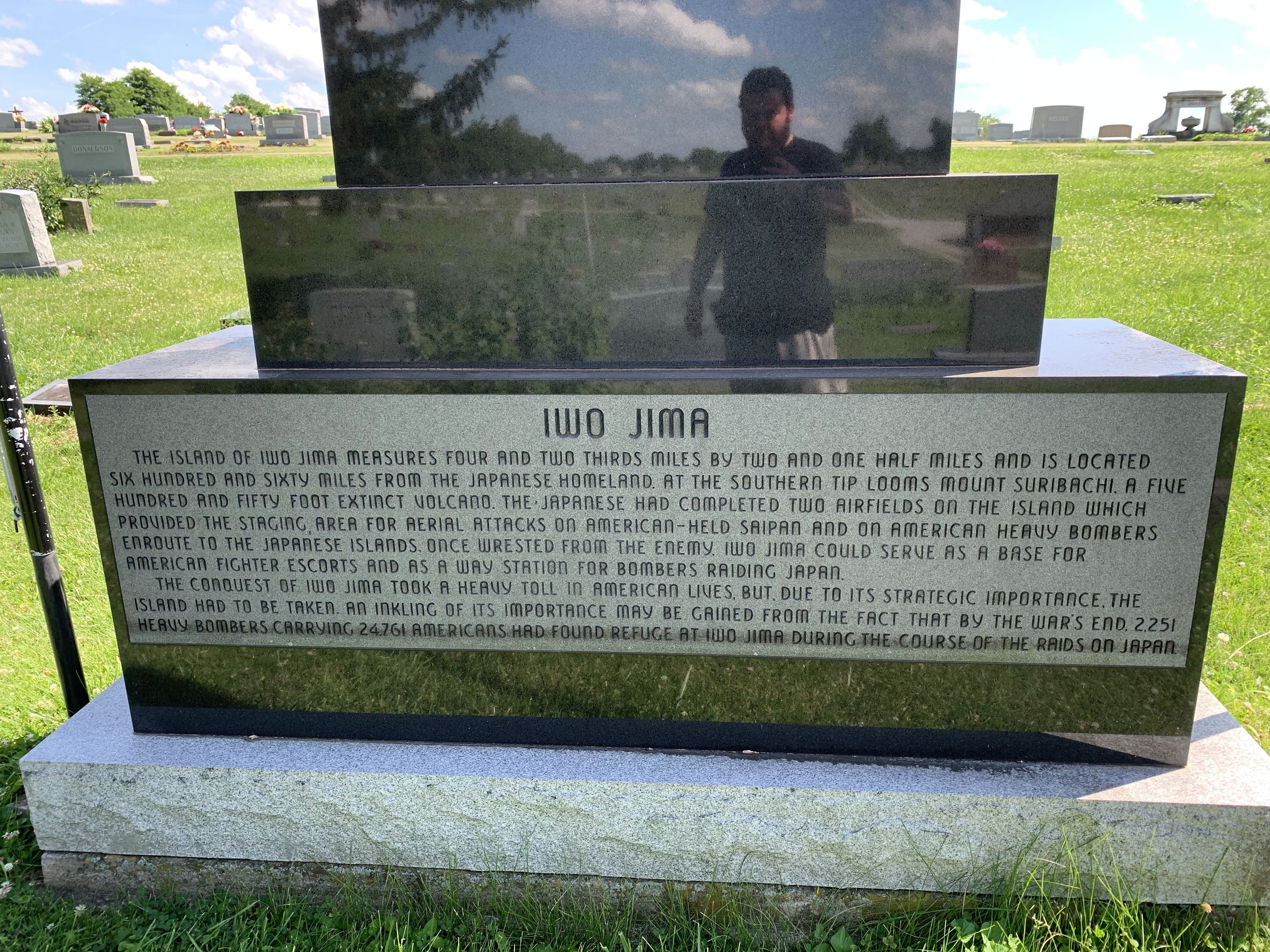

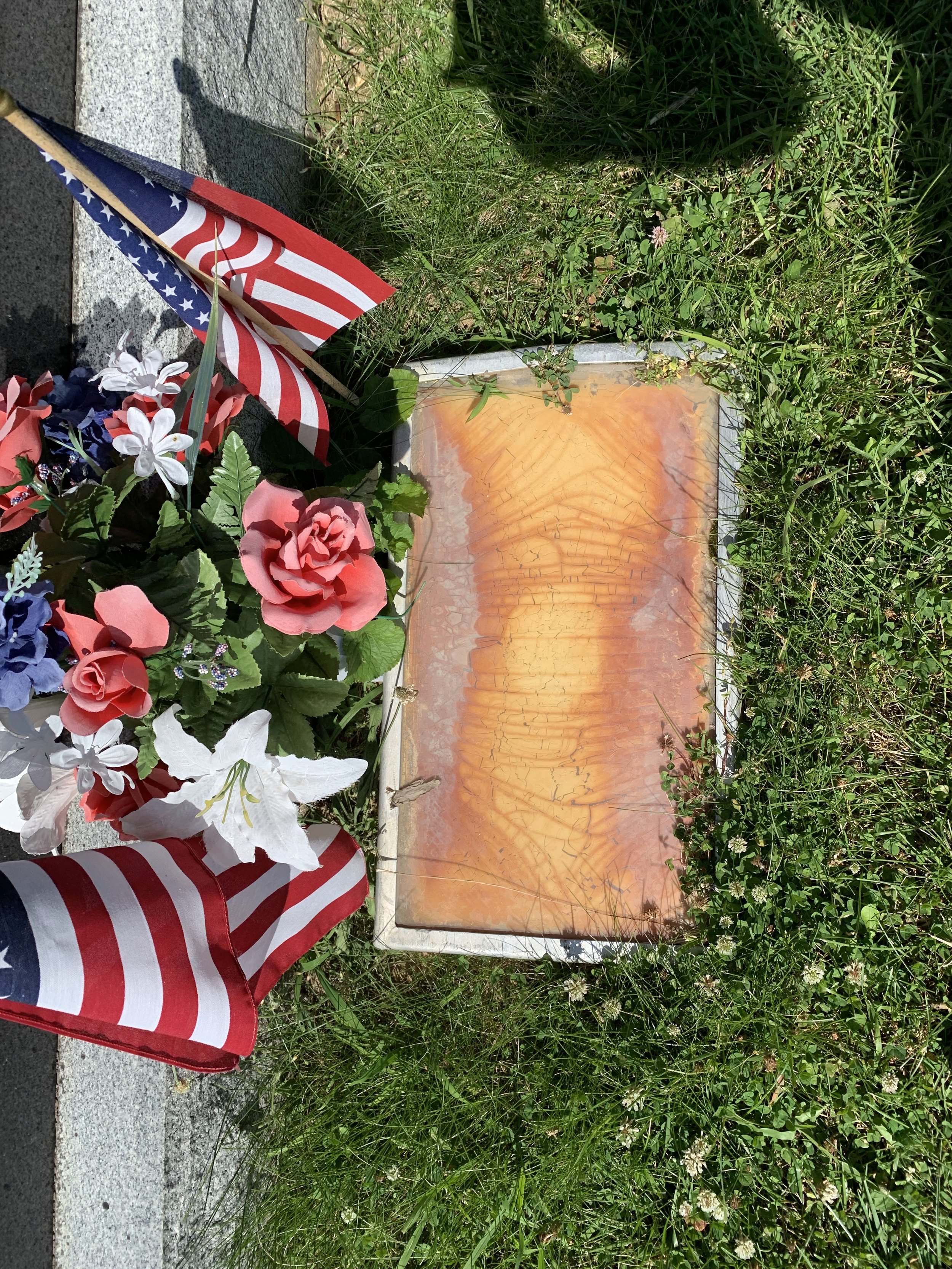
In the closing months of World War II the Pacific Theater saw some of the most brutal combat ever experienced by a fighting force. The Battle of Iwo Jima in particular saw horrific bloodshed as the hopelessly outgunned Japanese defenders provided overwhelmingly willing to die before suffering dishonor. Of the 21,000 Japanese soldiers on the island as the battle began, only 216 were taken prisoner, with the others being killed or simply too injured to fight on. Although 3 times as many Japanese would die in combat, this battle was unique for the Marine Pacific Forces in that their total number of casualties (dead or wounded) exceeded that of the enemy. Simply put, if war is Hell, then the young men charged with taking Iwo Jima experienced over a month of damnation as they waged war non-stop from February 19th to March 26th 1945.
After firmly establishing their position on the island 4 days into the battle, on February 23rd a group of Marines were ordered to raise an American flag atop Mt. Suribachi (the dominant feature of this volcanic island). The flag was a relatively small one, and a few hours later 6 more Marines were charged with replacing it with a much larger flag that could be more easily seen from around the island.
During this second raising Associated Press photographer Joe Rosenthal happened to be on hand, and snapped what at first appeared to be just another image of the war. This simple photograph ultimately caught the public’s attention, and quickly became THE iconic image of that awful conflict. 6 battered but determined young Marines fighting against the very wind to raise up the image of their nation in a sign of victory. In that moment they became more than soldiers, they were the embodiment of the American spirit. Rosenthal would be awarded the Pulitzer Prize for his efforts, and the picture was used in massively successful fundraising efforts, as well as serving as the model for various memorials across the country. For our young flag raisers Cpl. Harlon Block, Pfc. Harold Keller, Pfc. Franklin Sousley, Sgt. Michael Strank, Pfc. Harold Schultz, Pfc. Ira Hayes, there was still a battle to be won, and they returned to combat. Block, Sously, and Strank would not leave the island of Iwo Jima alive.
On March 20st President FDR ordered the 6 flag raisers recalled to Washington D.C. to participate in fundraising activities. Pfc. Sousley was cut down the next day by a Japanese Sniper, one of thousands of hold-outs hiding on the island refusing to surrender. He was buried alongside so many of his brothers in arms in the 5th Marine Division Cemetery on the island on March 25th.
After the war many families were unhappy with their sons buried on foreign battlefields and sought to have their loved ones returned to American soil. On May 8th, 1948 Pfc. Sously’s remains were reinterred in his hometown of Elizaville, Kentucky. Today you can pay your respects to this brave young soldier at the Elizaville Cemetery. His headstone is an impressive monument befitting a hero. It bears info about him and his actions on Iwo Jima, as well as a depiction of Rosenthal’s icon image. It is flanked by both American and Marine Corps Flags.
Want to Experience This Adventure for Yourself?:
Dawning of the Nuclear Age at Chicago’s “Pile-1 Reactor”
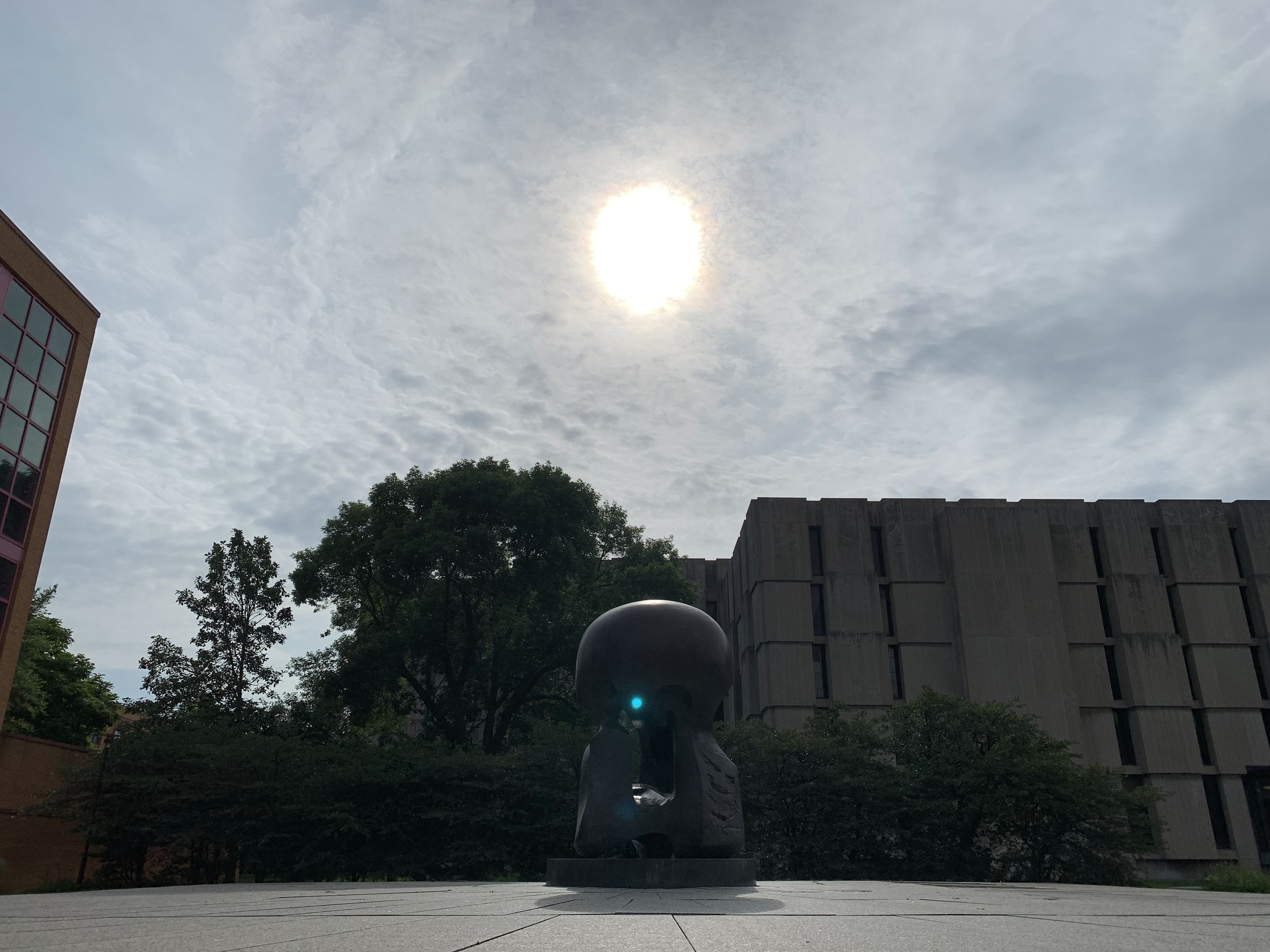
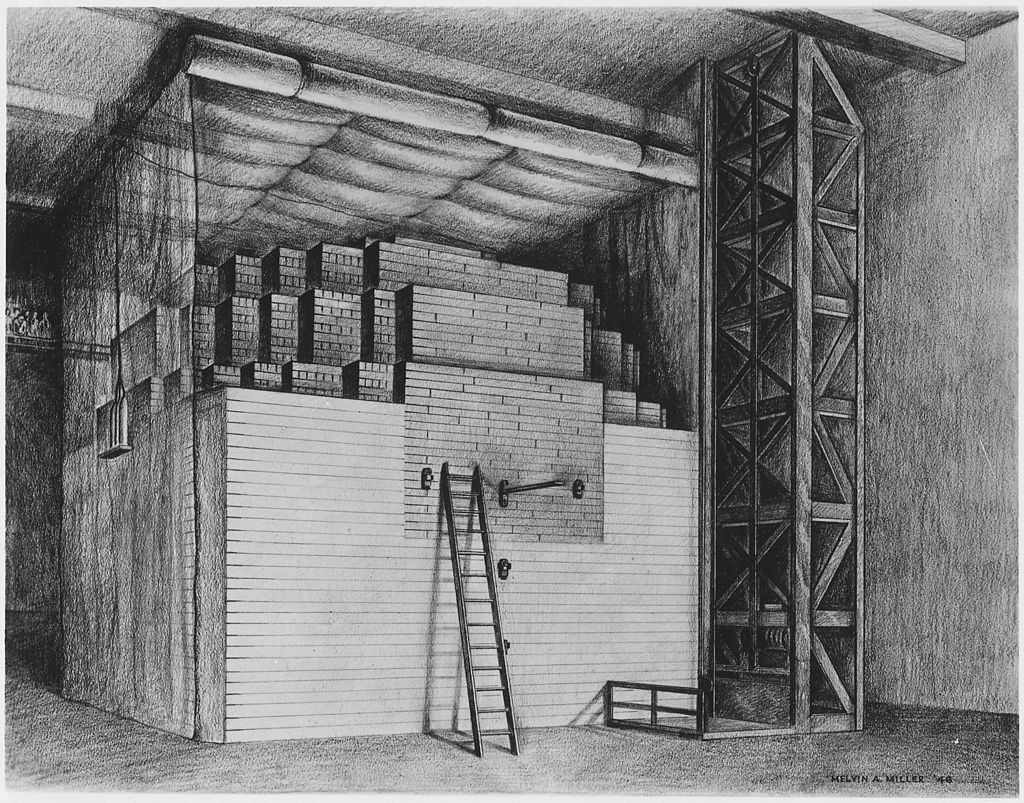
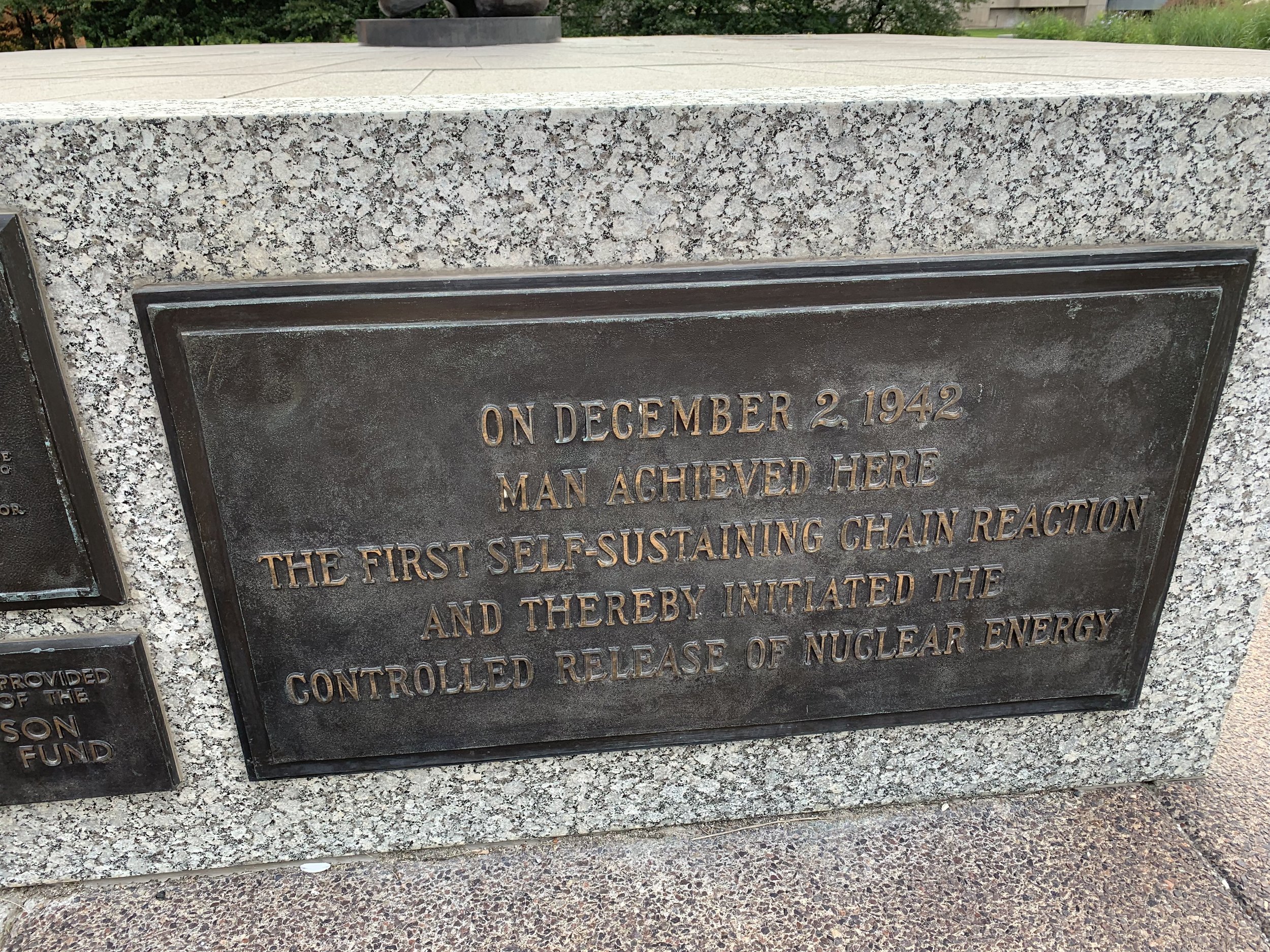
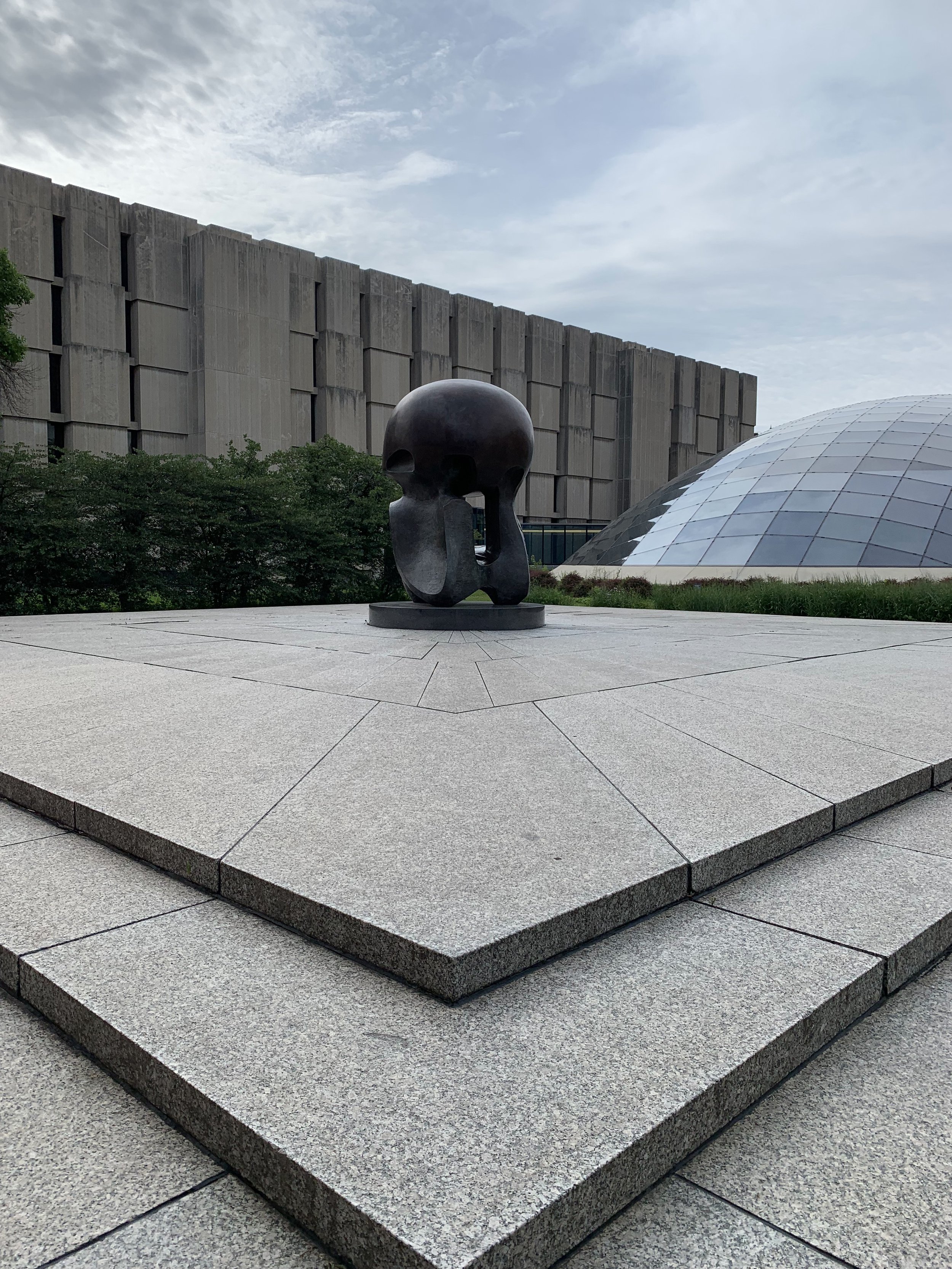

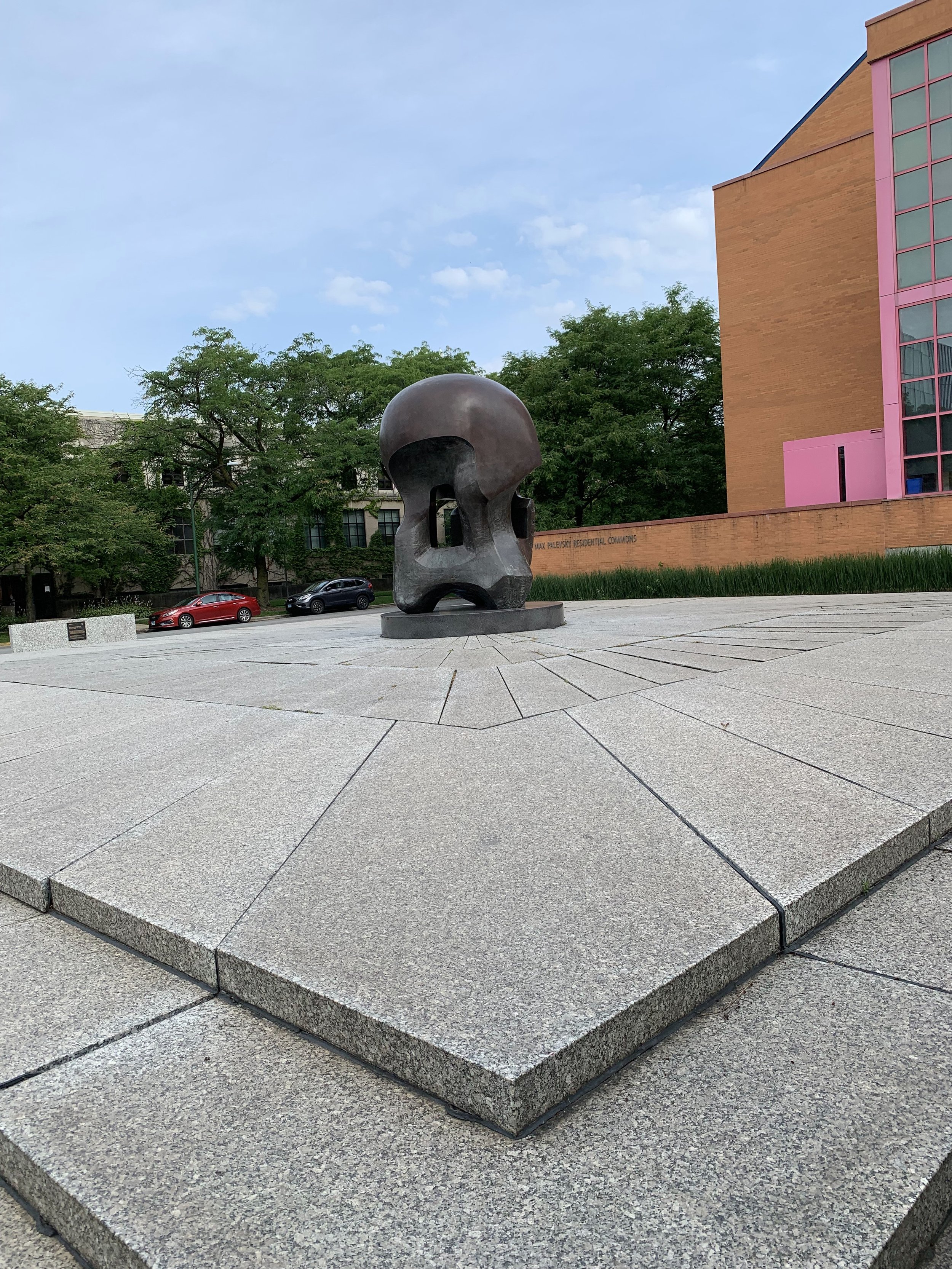
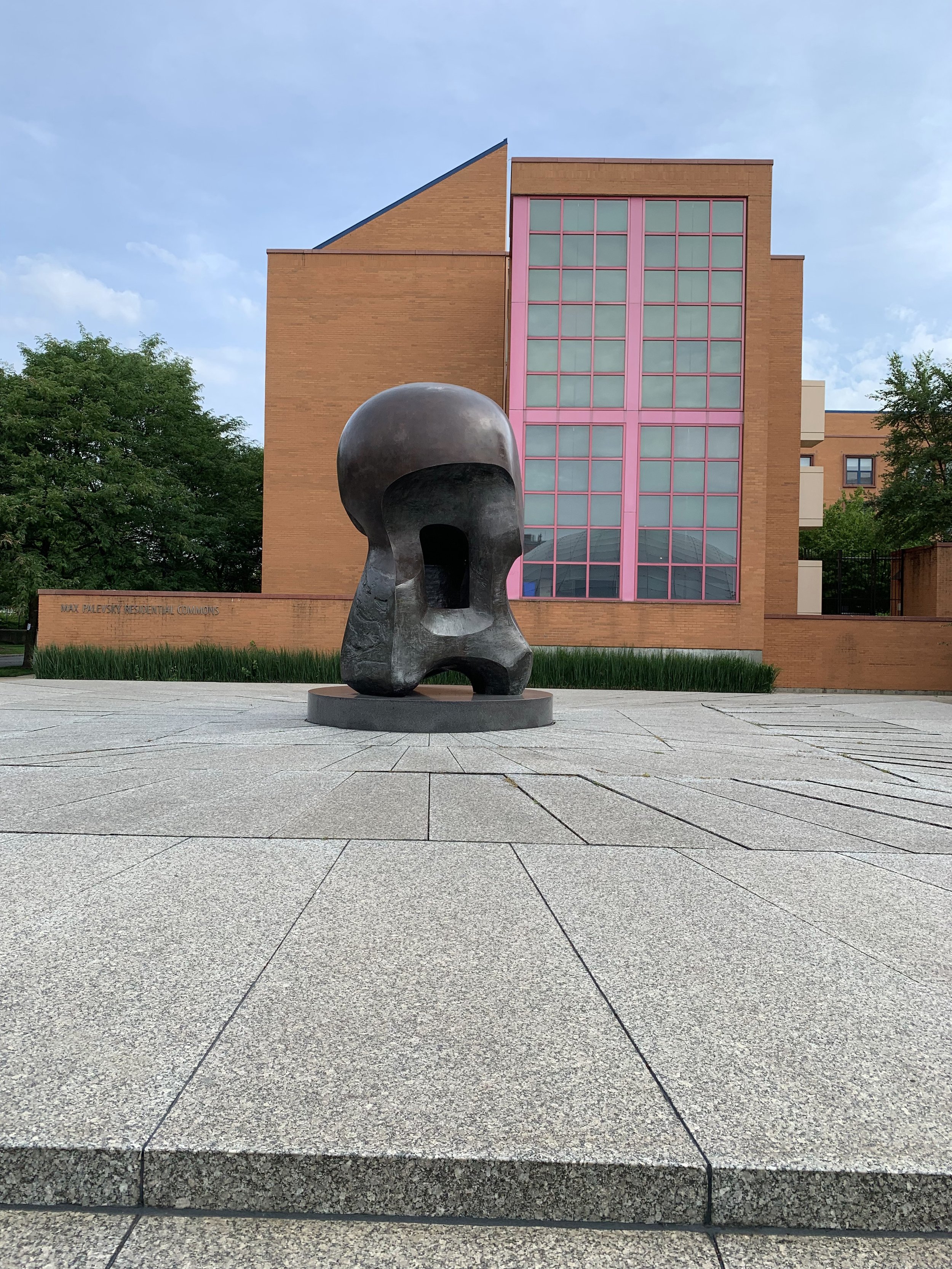
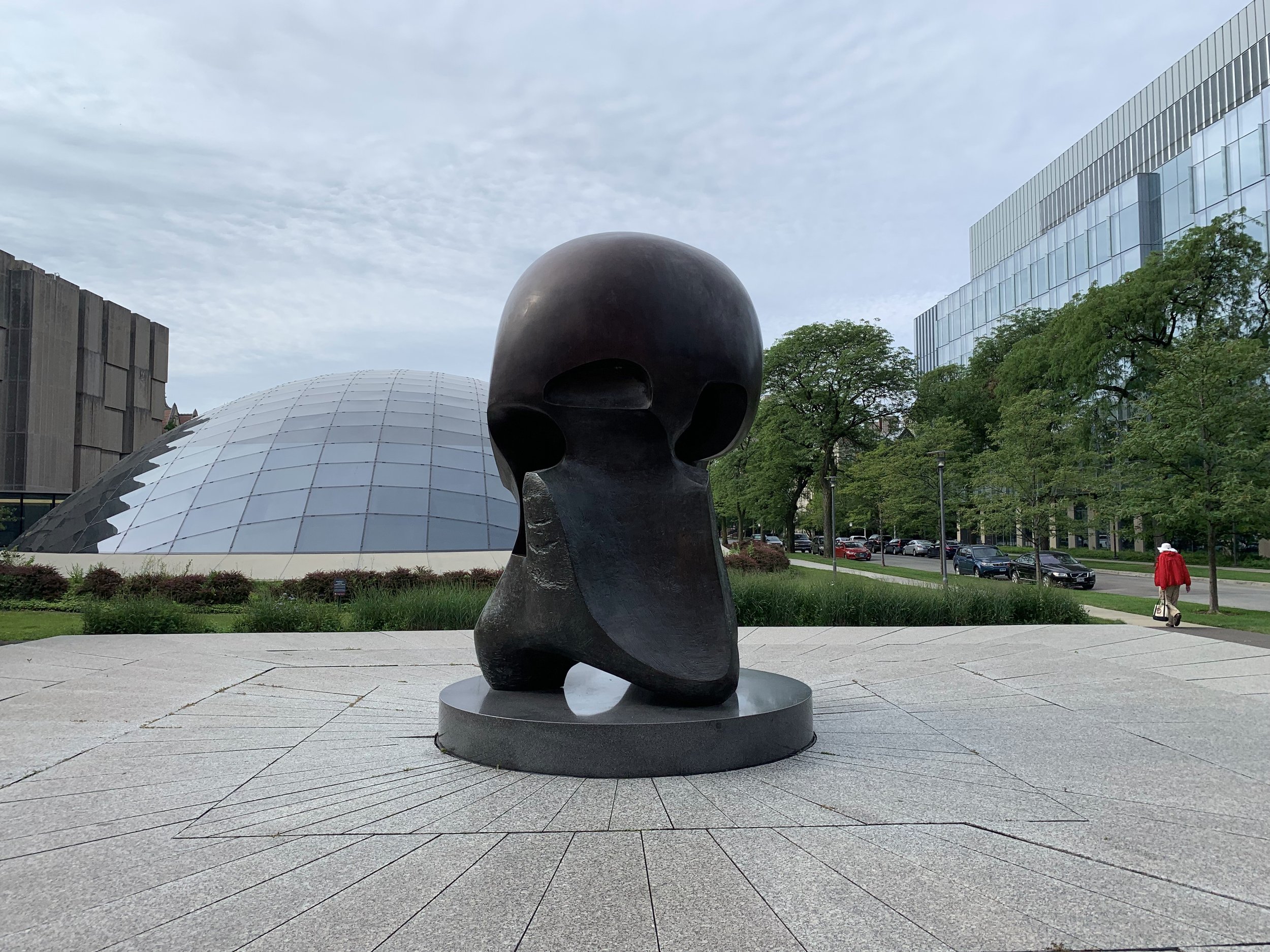
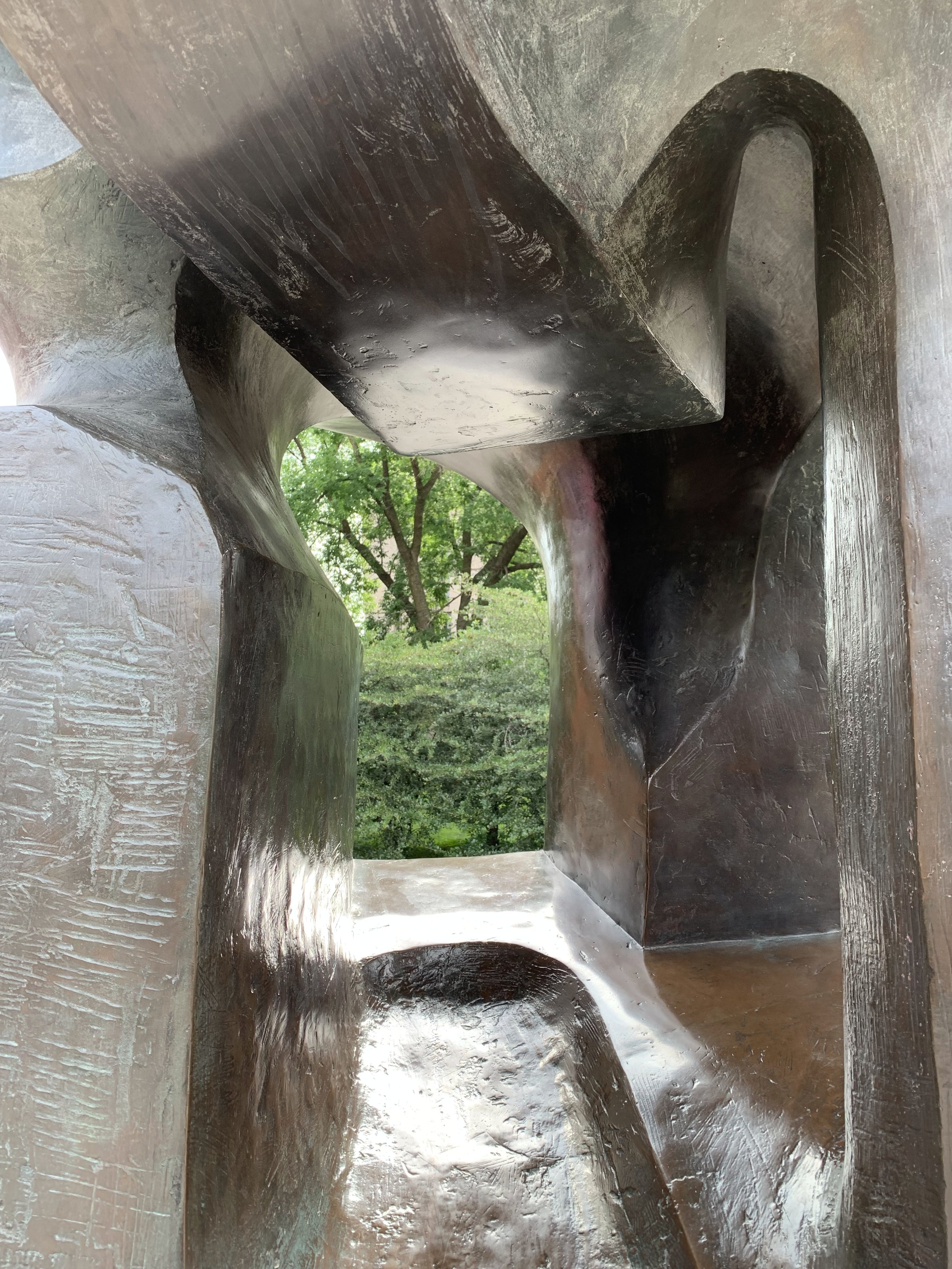
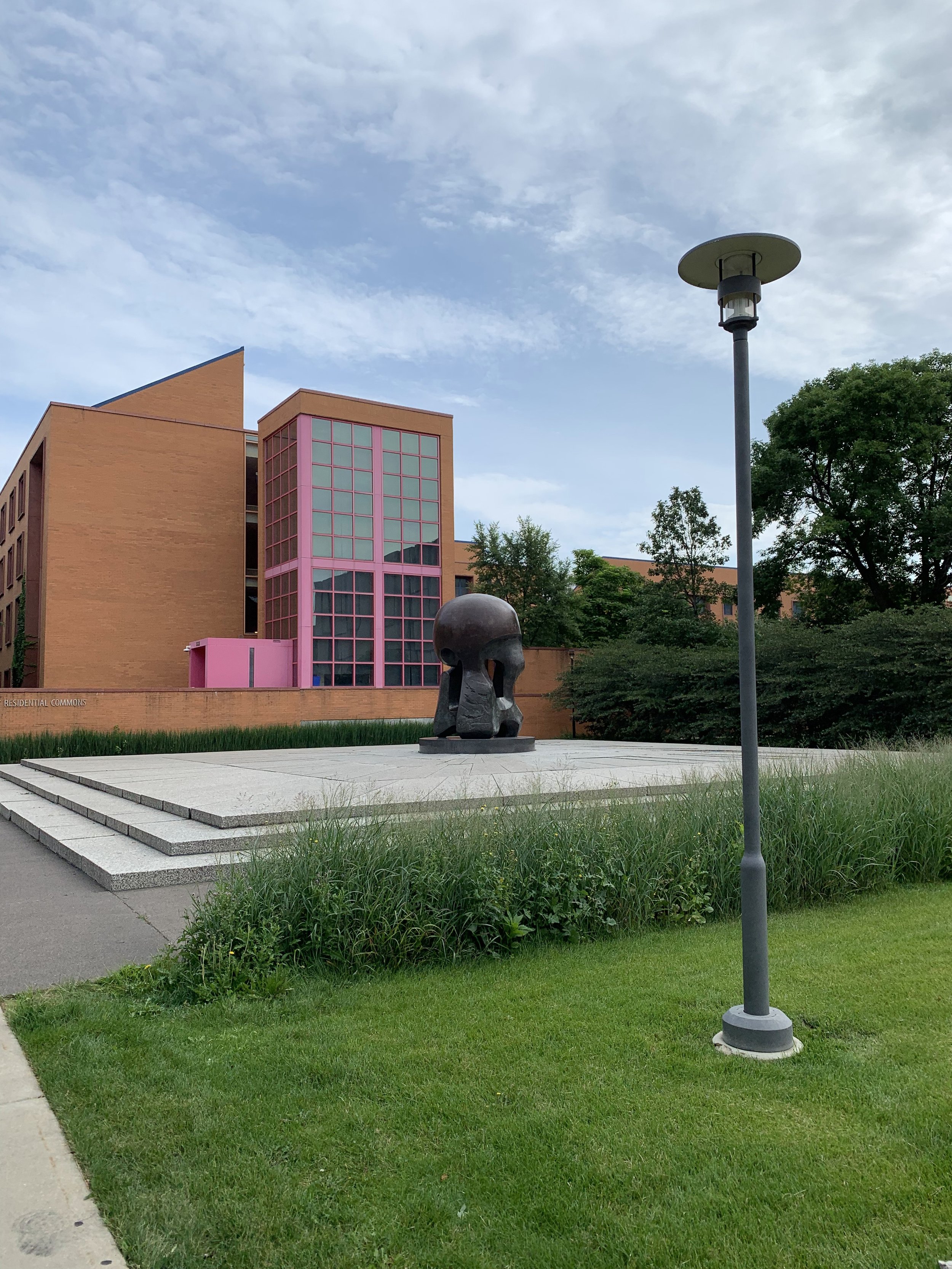
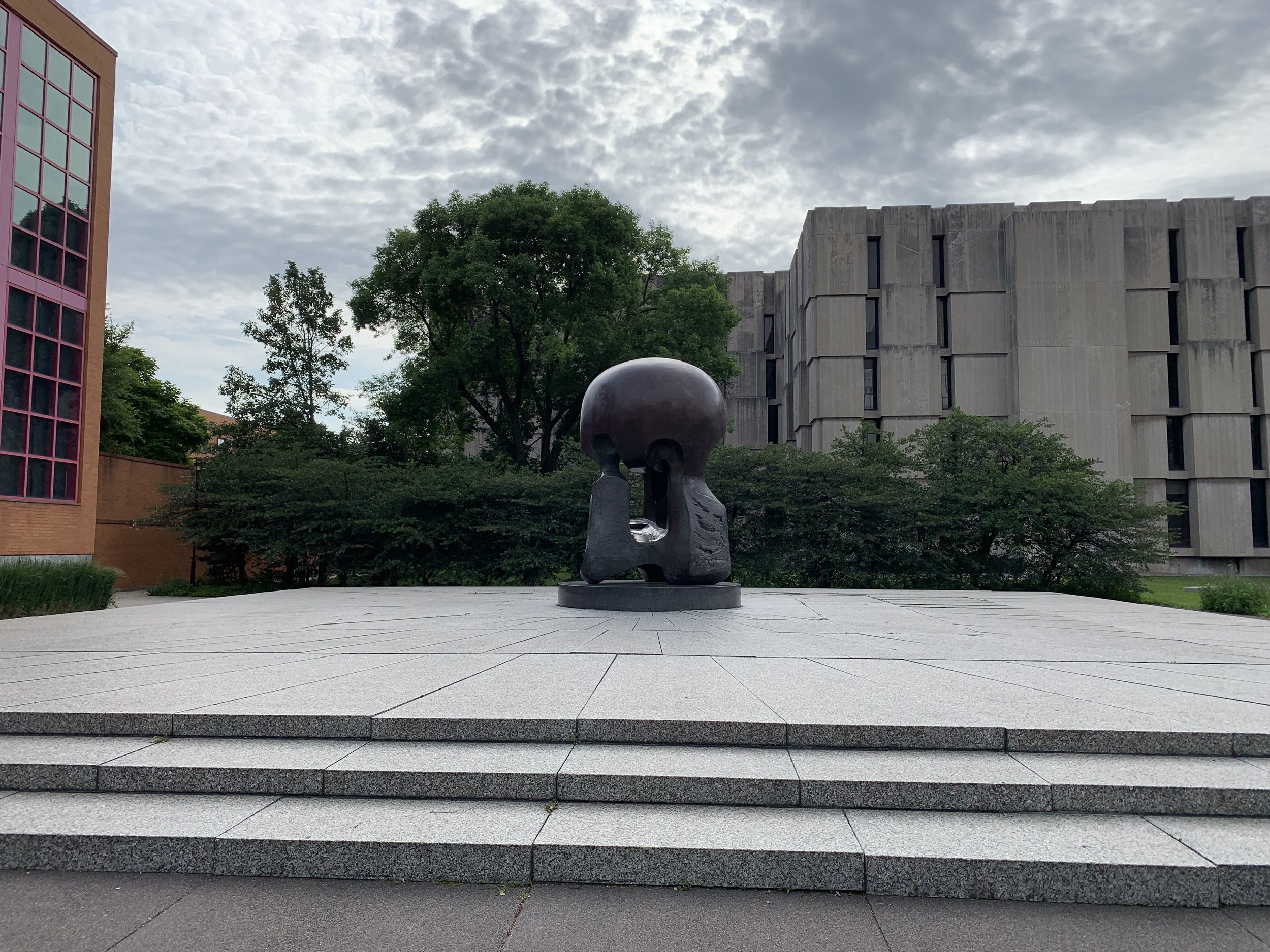
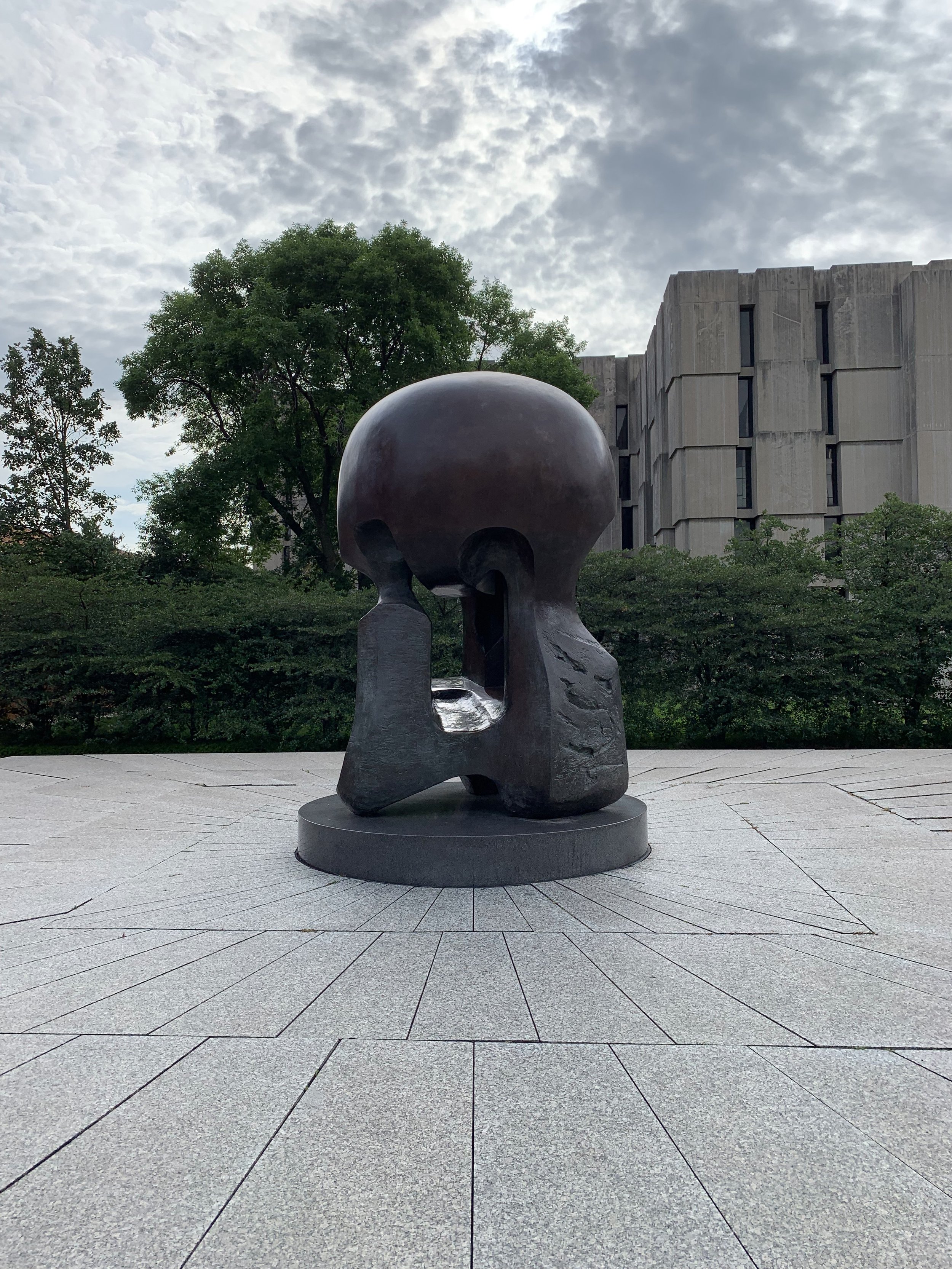
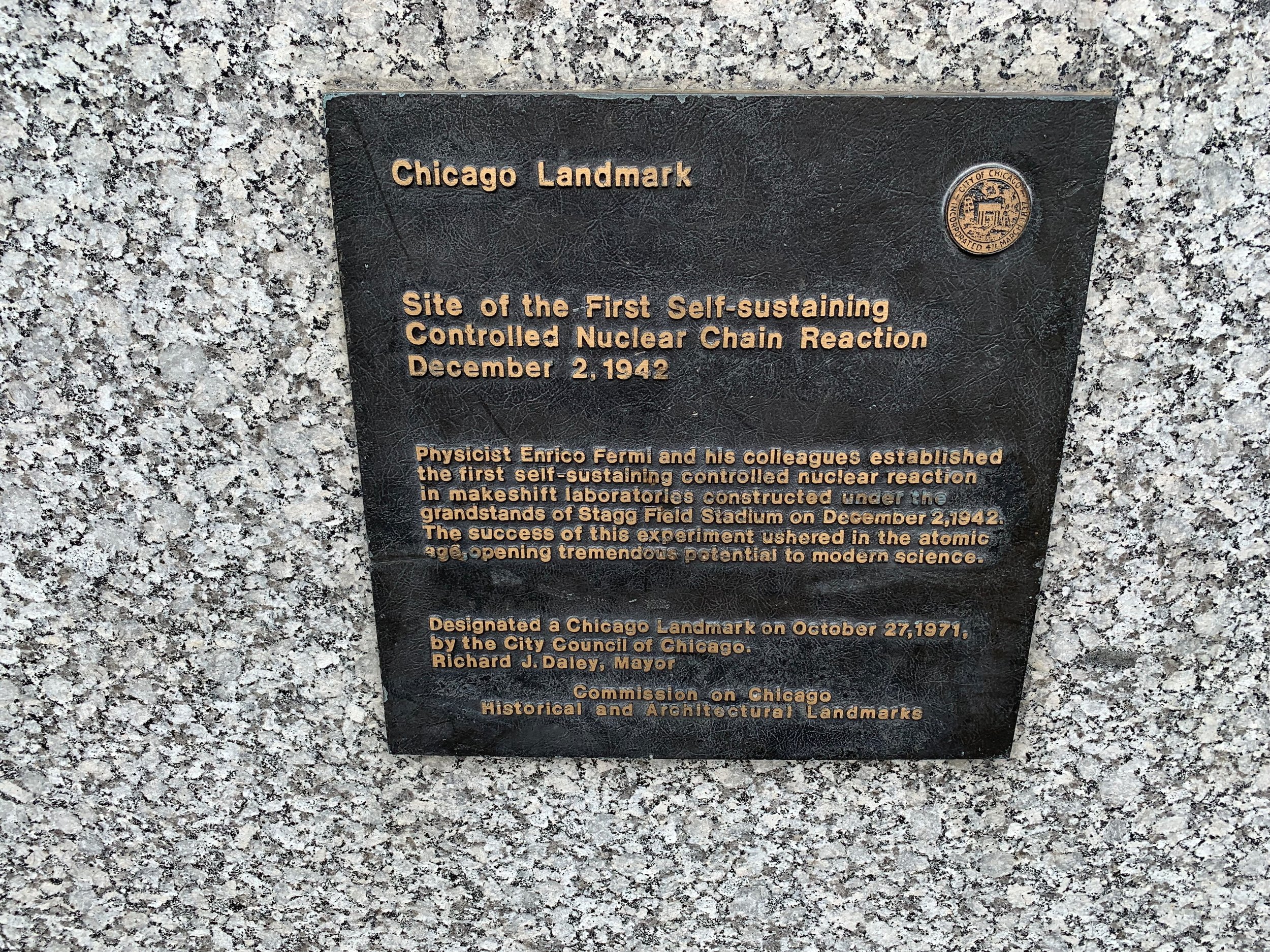
At 5:29am local time on July 16th 1945 the tranquil peace of the Nevada desert erupted in a blinding flash of light and heat. The American “Manhattan Project” had culminated in the detonation of “the gadge”, a 25 kiloton atomic weapon. With the push of a button humanity had unlocked the means of its own destruction, and neither war or geopolitics would ever be the same. Although this grand display by Doctor Robert Oppenheimer and his team ushered in the age of nuclear war, the atomic age had actually begun 3 years earlier in a sleepy corner of the University of Chicago campus.
On December 2nd 1942, working in a lab located beneath the university’s football field seating, Enrico Fermi unlocked the secrets of the atom in the world’s first self-sustaining nuclear reaction. Although atomic energy may feel like space-age science, the “Pile 1 Reactor” was nothing more than a pile of graphite blocks with a core of uranium and some hand-managed control rods. Once the rods were removed from the reactor, the critical mass of uranium was able to undergo the reaction. In the event of a run-away chain reaction, the safety mechanism for this test consisted of physicist Samuel Allison standing by with an ax to cut the ropes holding the control rods up.
Atomic energy may power the sun, and level cities with a single bomb, but mankind’s first steps into nunclear energy were on a much lower scale. The initial run of the “Pile 1” reactor lasted less than five minutes, and produced roughly 0.5 watts of energy (1/50 of the energy consumed by a very dim lightbulb). Over the next 3 years American scientists would grow this energy output exponentially, and ultimately create weapons of unimaginable destructive potential.
The nuclear age represented a leap forward in human evolution like few moments in history. We unlocked the power of the stars, and simultaneously harnessed the ability to power all of our civilization’s needs, or destroy our entire planet. That all began here with the humblest of experiments.
Today the ground-level area immediately above the former Pile-1 Reactor is marked with a large sculpture titled “Nuclear Energy” by artist Henry Moore. It’s located in a quiet little corner of the University campus surrounded by office buildings. Unless you knew what you were looking for, it would be very easy to drive past this and never grasp the significance of this monument. Knowing what it represents though, to stand here is to be made speechless. No words can sum up the importance of what happened here. Instead I found myself completely humbled as I contemplated man’s first steps in pursuit of the ultimate power. Like children playing with daddy’s gun, we tapped into the fundamental power of the universe, and assumed responsibilities for which we were ill prepared. Simply put, what happened here on that day changed everything, and altered the course of human history like few moments before or after it.
Want to Experience This Adventure for Yourself?:
High Bridge
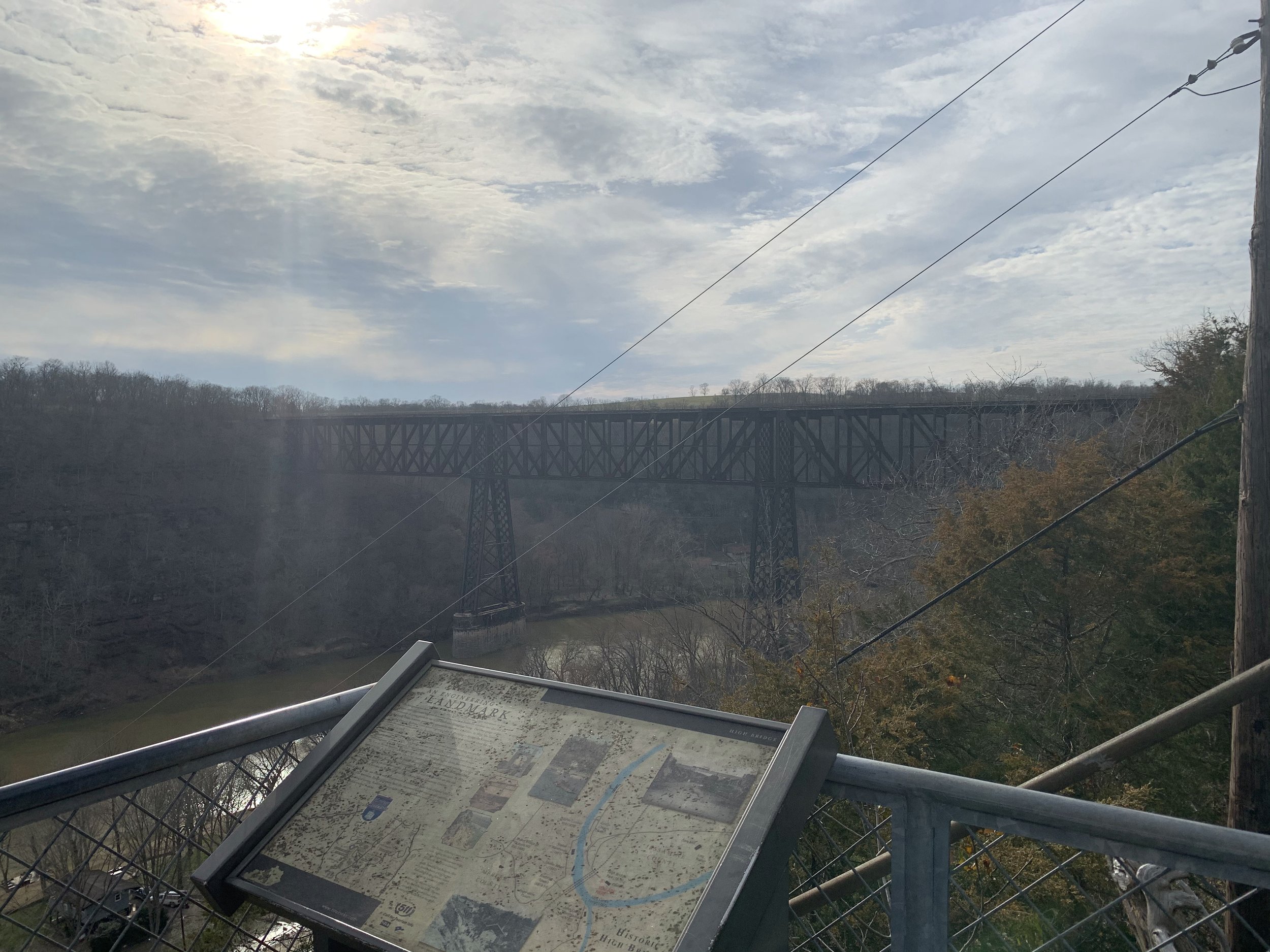
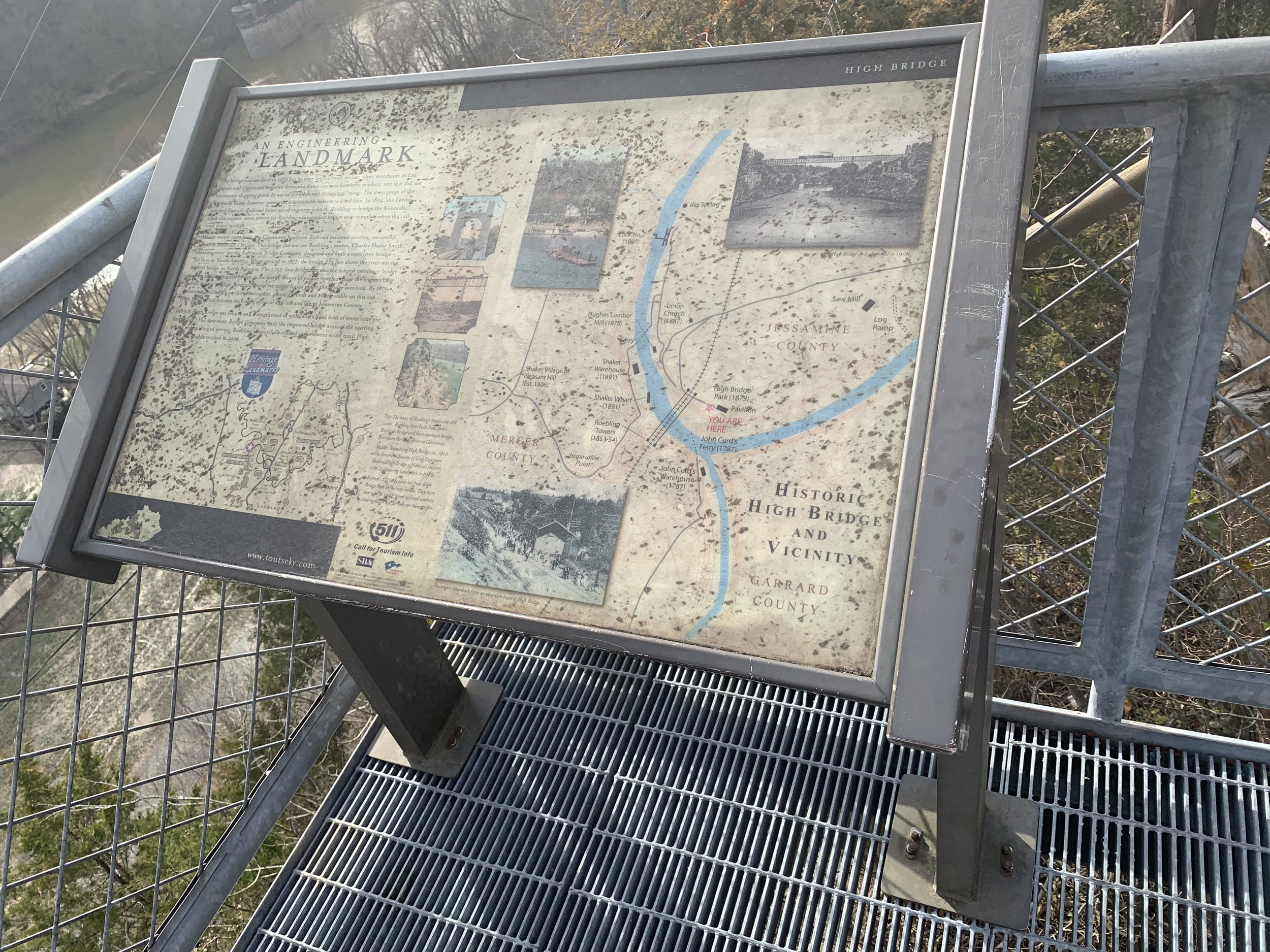
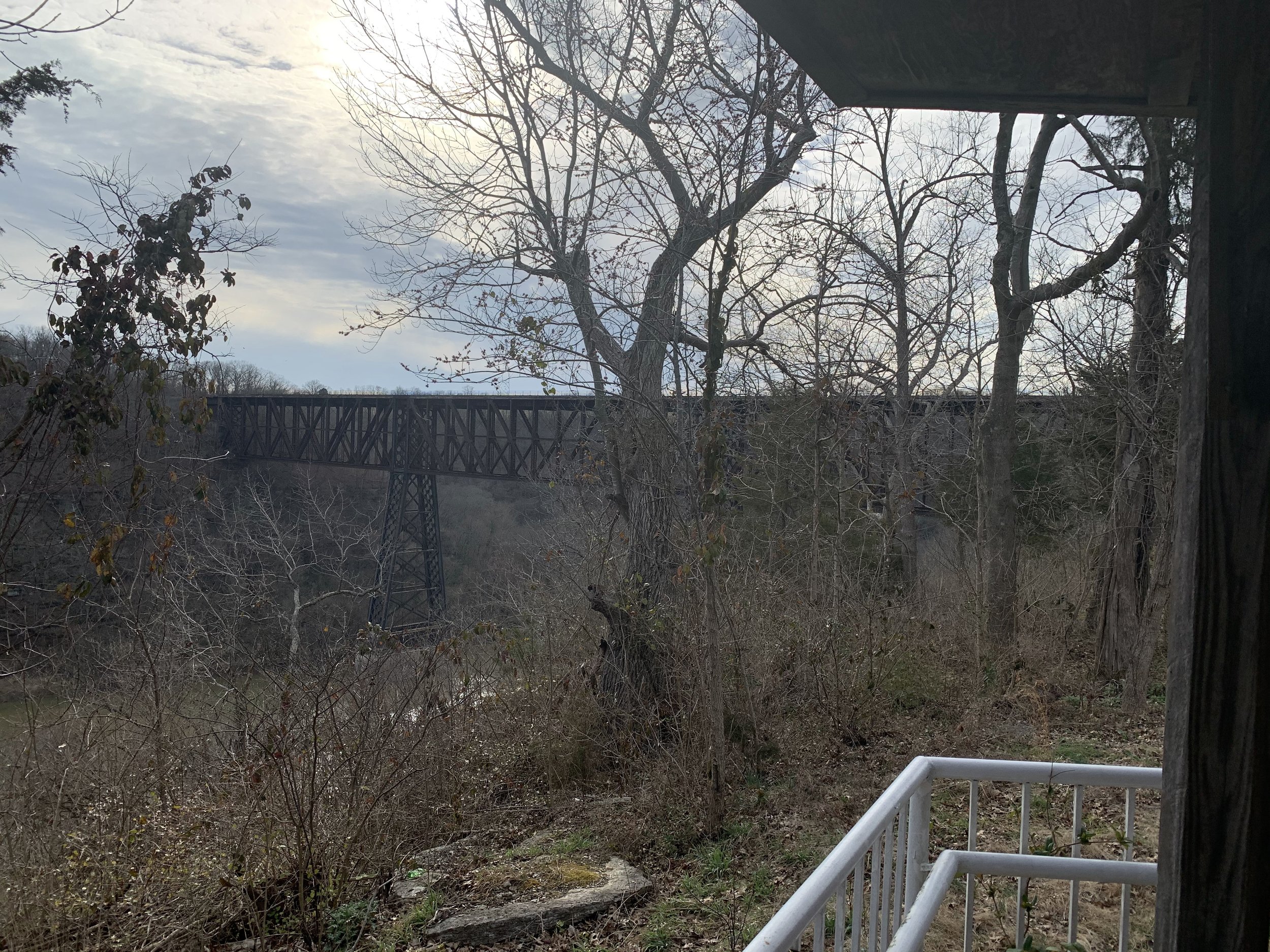
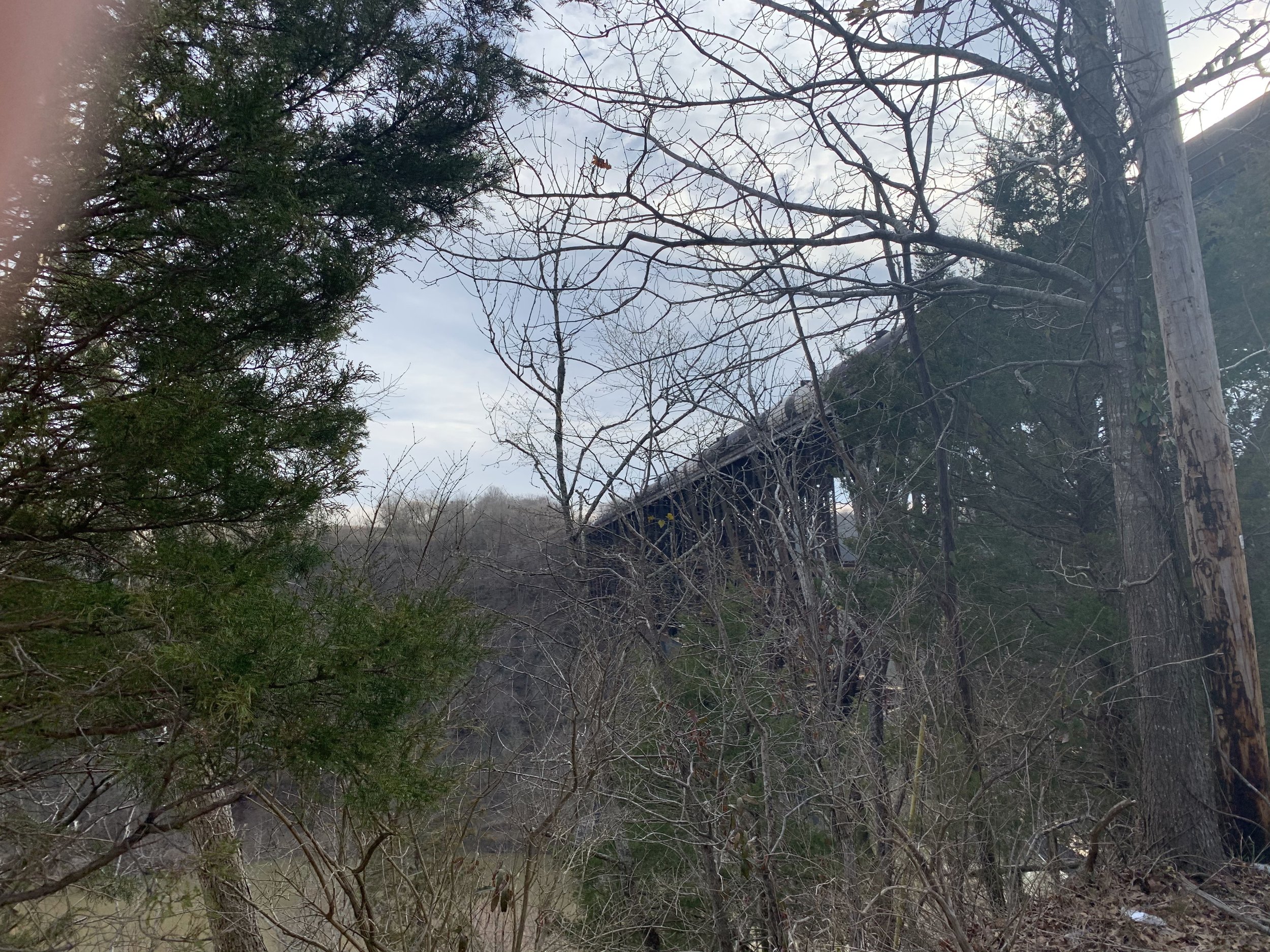
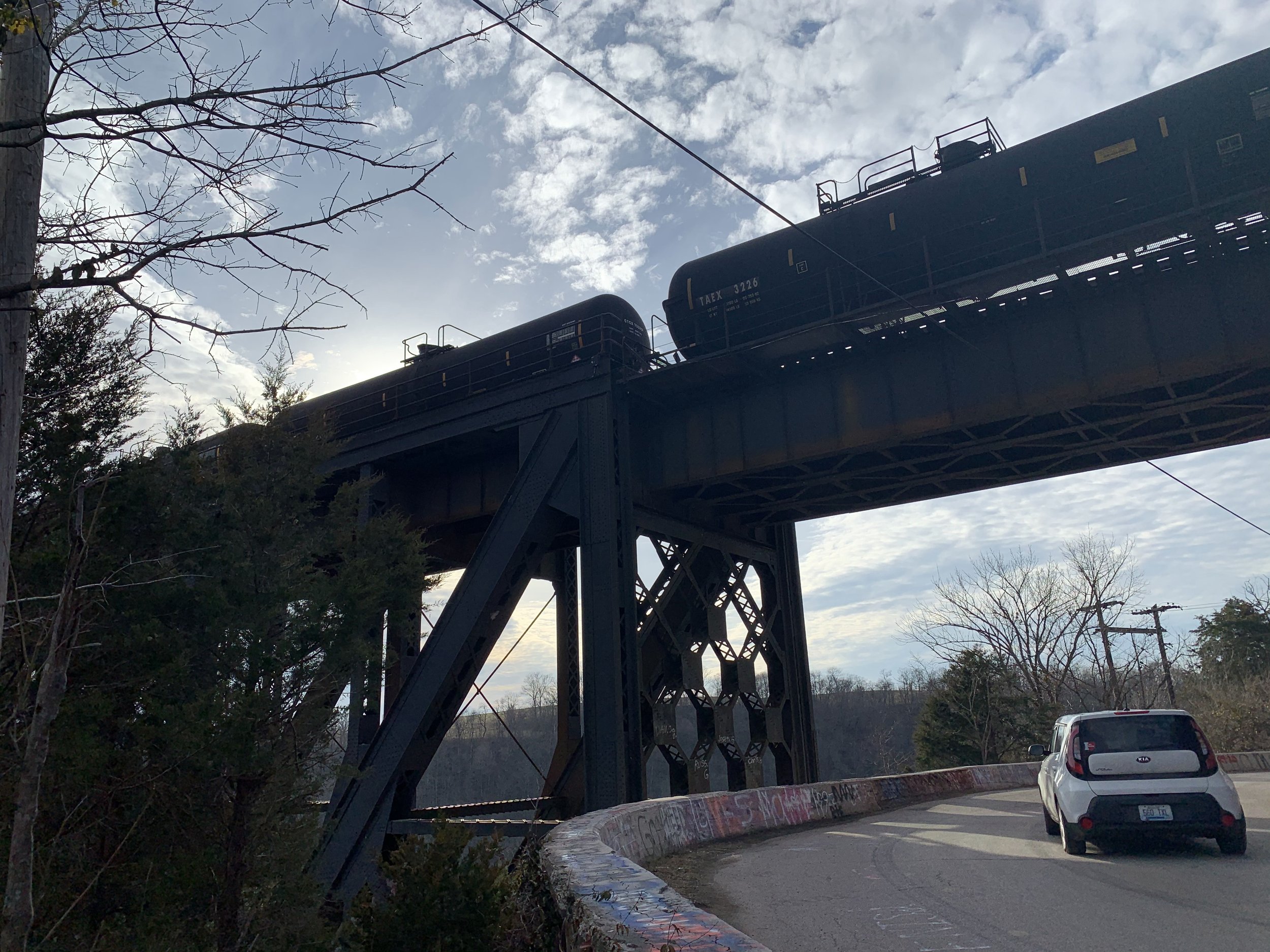
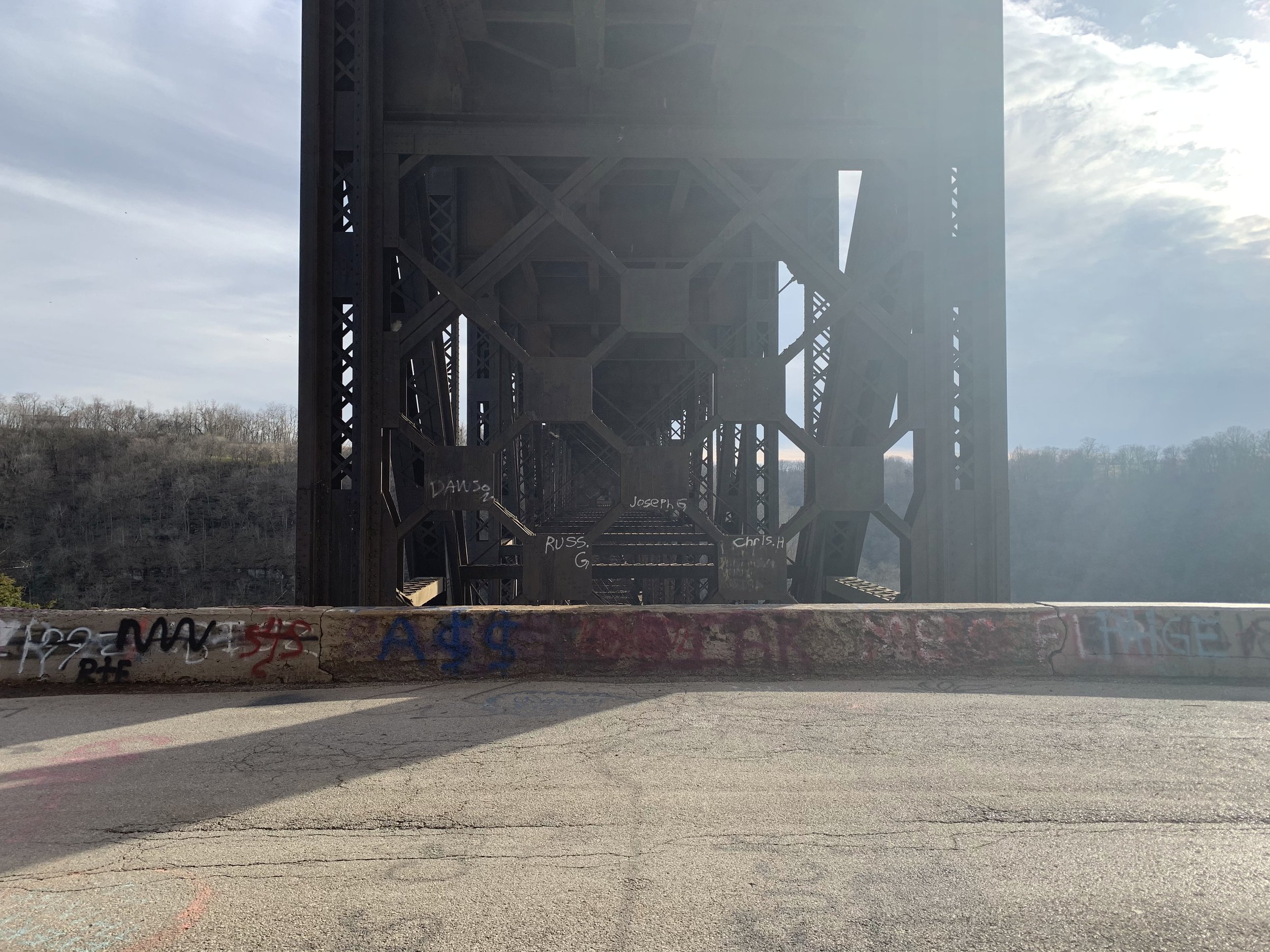
Roughly halfway between the towns of Wilmore and Burgin Kentucky sits a former world record holding piece of Bluegrass history. Spanning the Kentucky River and connecting Jessamine and Mercer Counties, High Bridge could easily be mistaken for just another piece of industrial infrastructure. However, this 143 year old iron behemoth was once an engineering marvel unparalleled anywhere on Earth.
First conceived in 1851 by the Lexington & Danville Railroad, the bridge was to be built by John A. Roebling (designer of Cinncinatt’s Roebling Bridge, and her big sister the Brooklyn Bridge), the project would ultimately be sidelined by funding issues and then the American Civil War. She would be resurrected by the Cincinnati and Southern Railway, and completed in 1877. At 275 feet tall and 1,125 feet long she was the tallest bridge above a navigable waterway in America, and the tallest railroad bridge on Earth (a record she would hold until the early 20th century).
1911 would see a rebuild to increase the strength of the bridge, and a 1929 renovation would remove the original stone towers designed by Roebling, as well as adding a second set of tracks. With these extensive upgrades the bridge is still in service for the Norfolk Southern Railway to this day. 2005 would see a park jointly built by the state and county governments nearby to provide a scenic overlook of the bridge.
High Bridge is a truly epic feat of engineering, and even in the modern age it’s a wonder to see a massive heavy train cross the river on a work of iron dating back over 140 years. The park is also a great little spot to bring the family, and enjoy a picnic. The bridge is also conveniently located near the Shaker Village of Kentucky, which can be paired with High Bridge to make a great little day trip. Although not accessible to tourists, it is also the namesake of “High Bridge Spring Water”, which is pulled from a nearby flooded limestone mine and sold across the state.
Want to Experience This Adventure for Yourself?:
Apollo 8: Mankind’s First Trip to the Moon
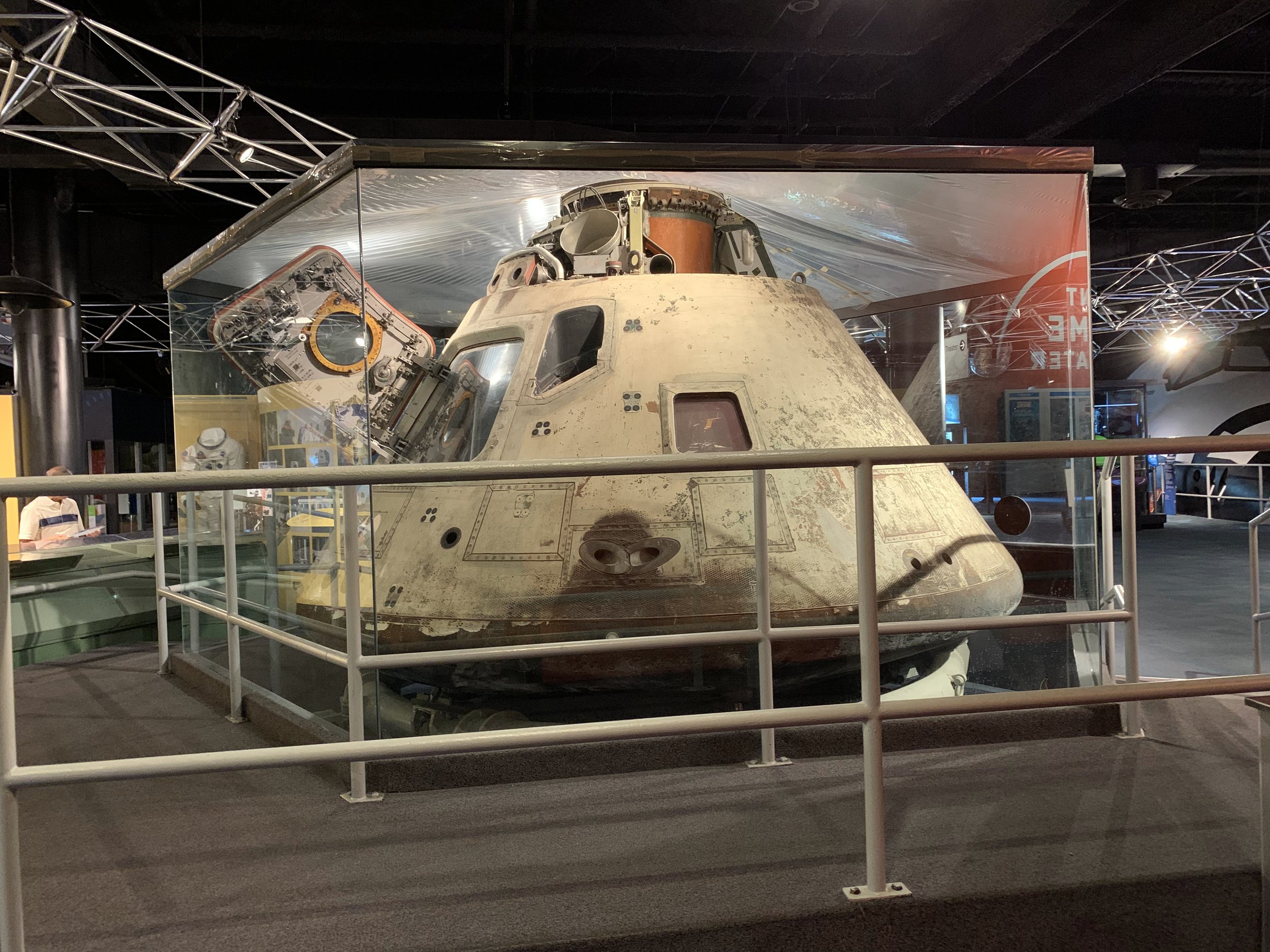


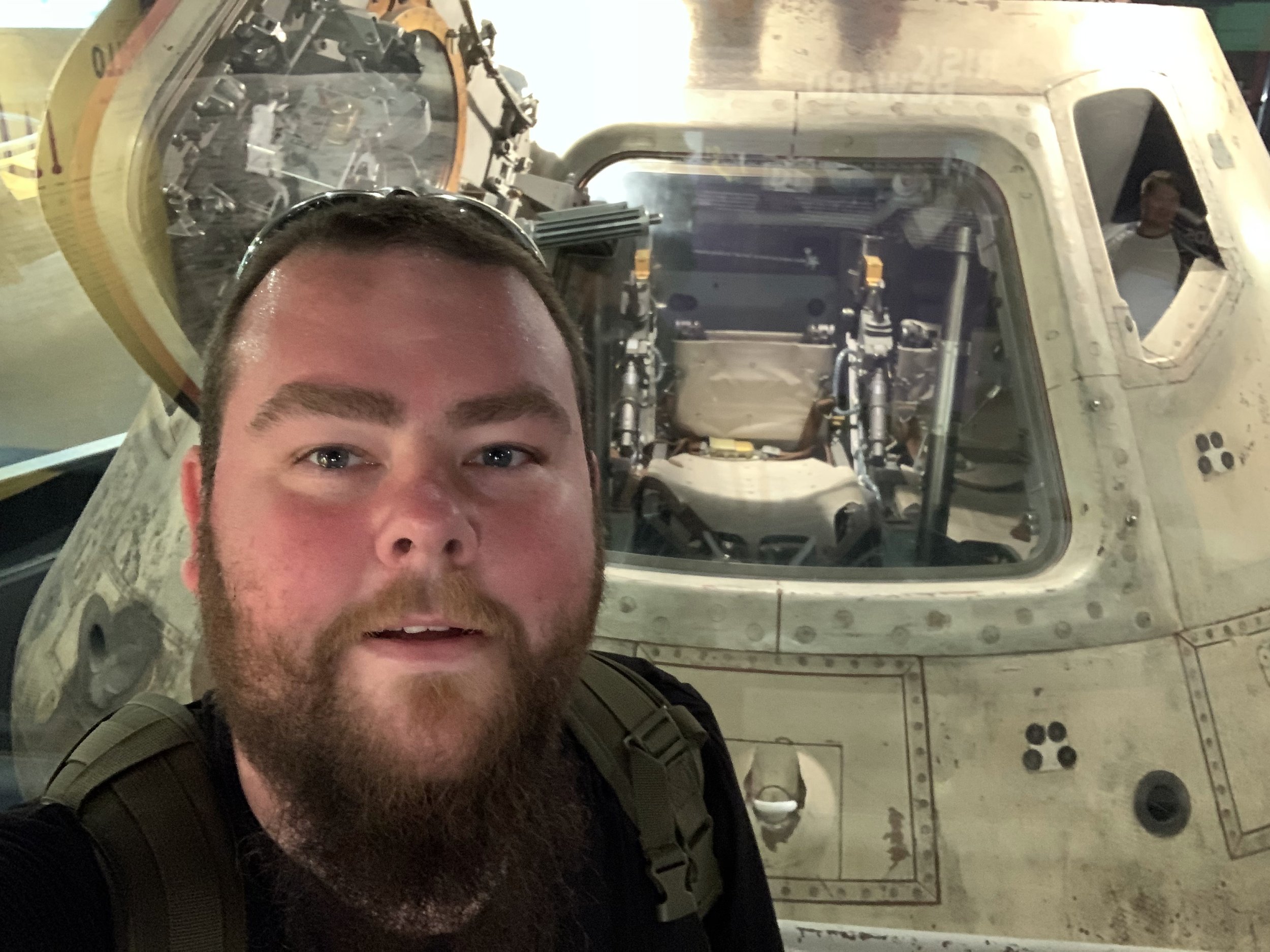
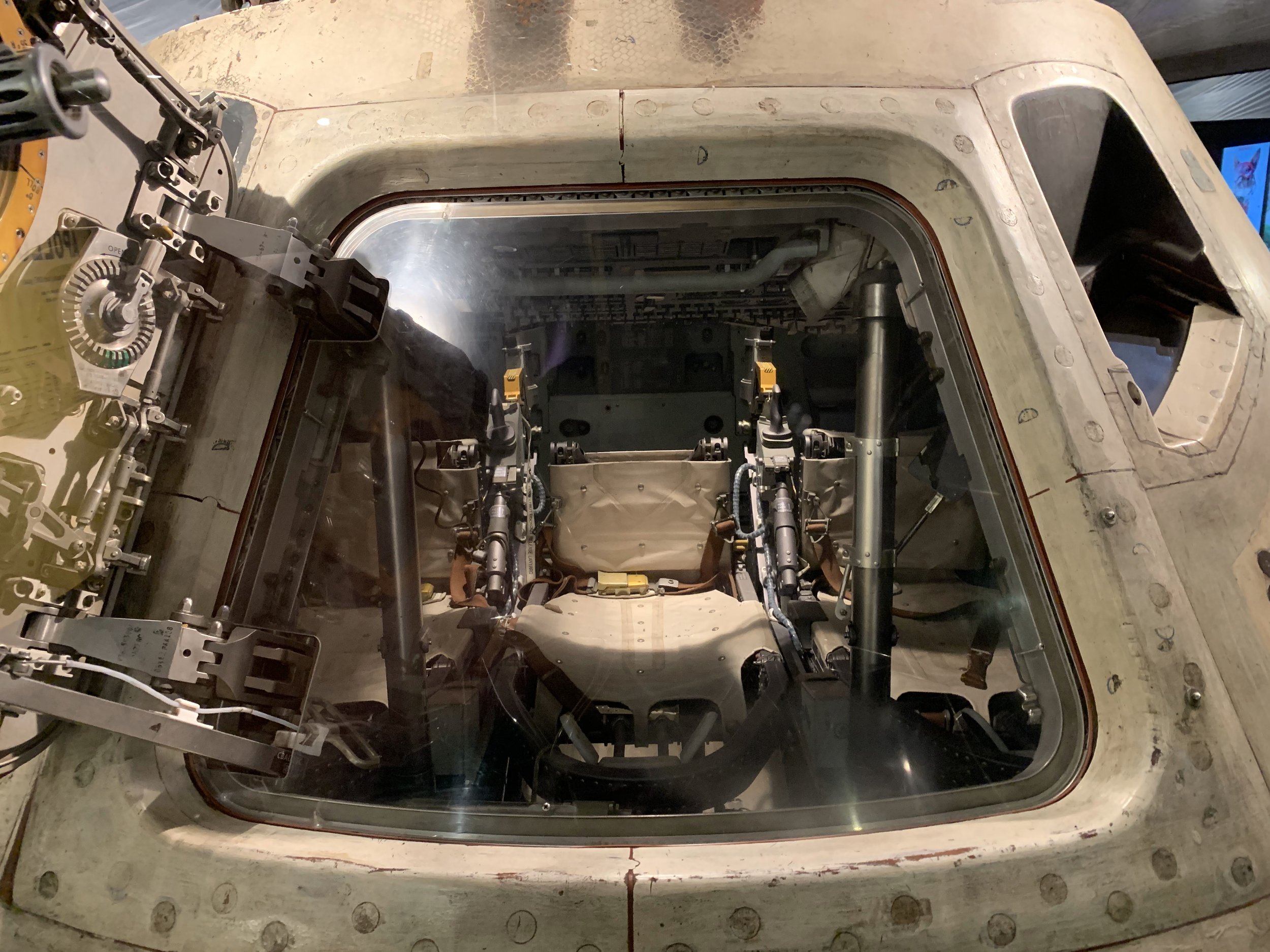
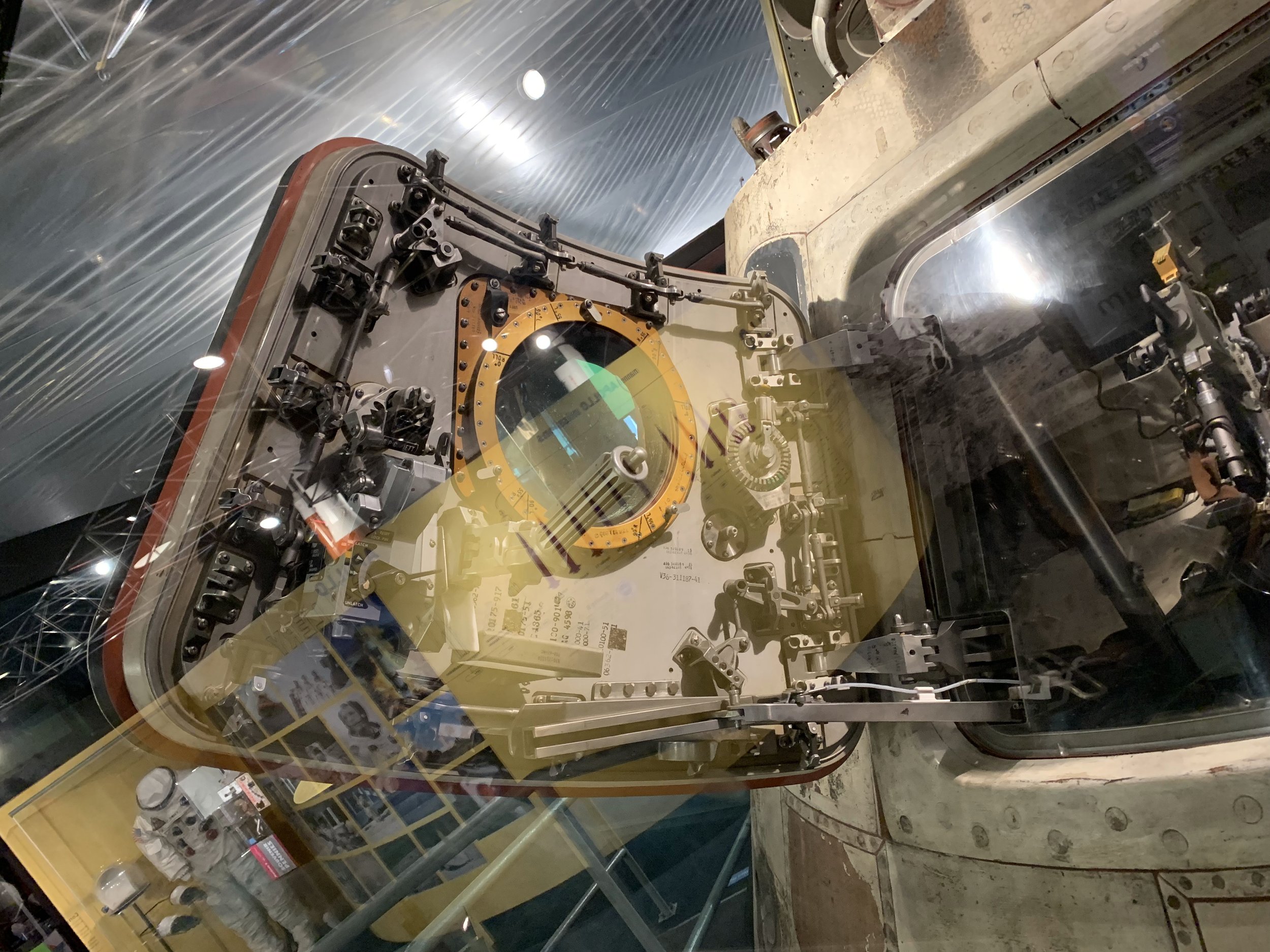


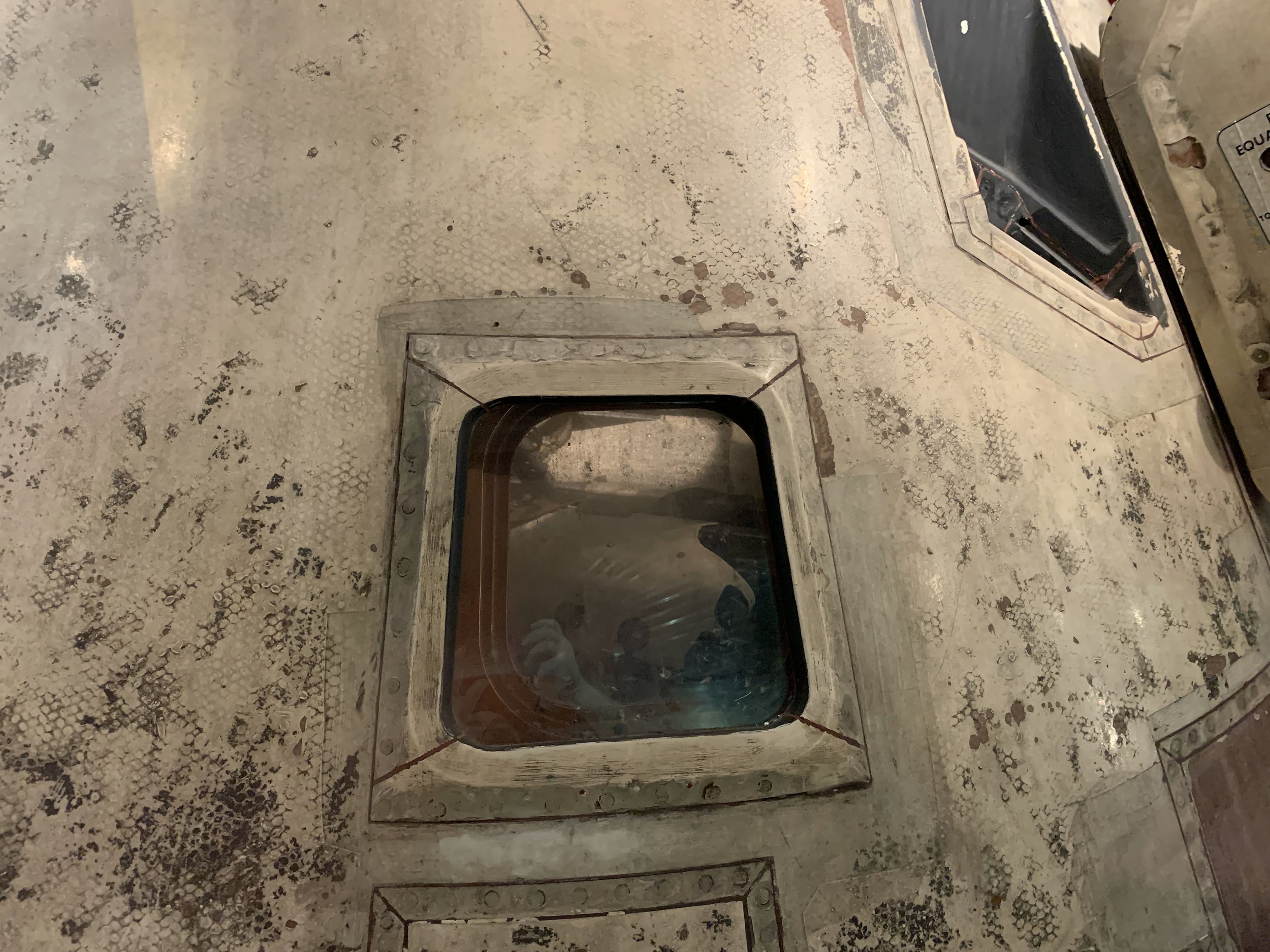
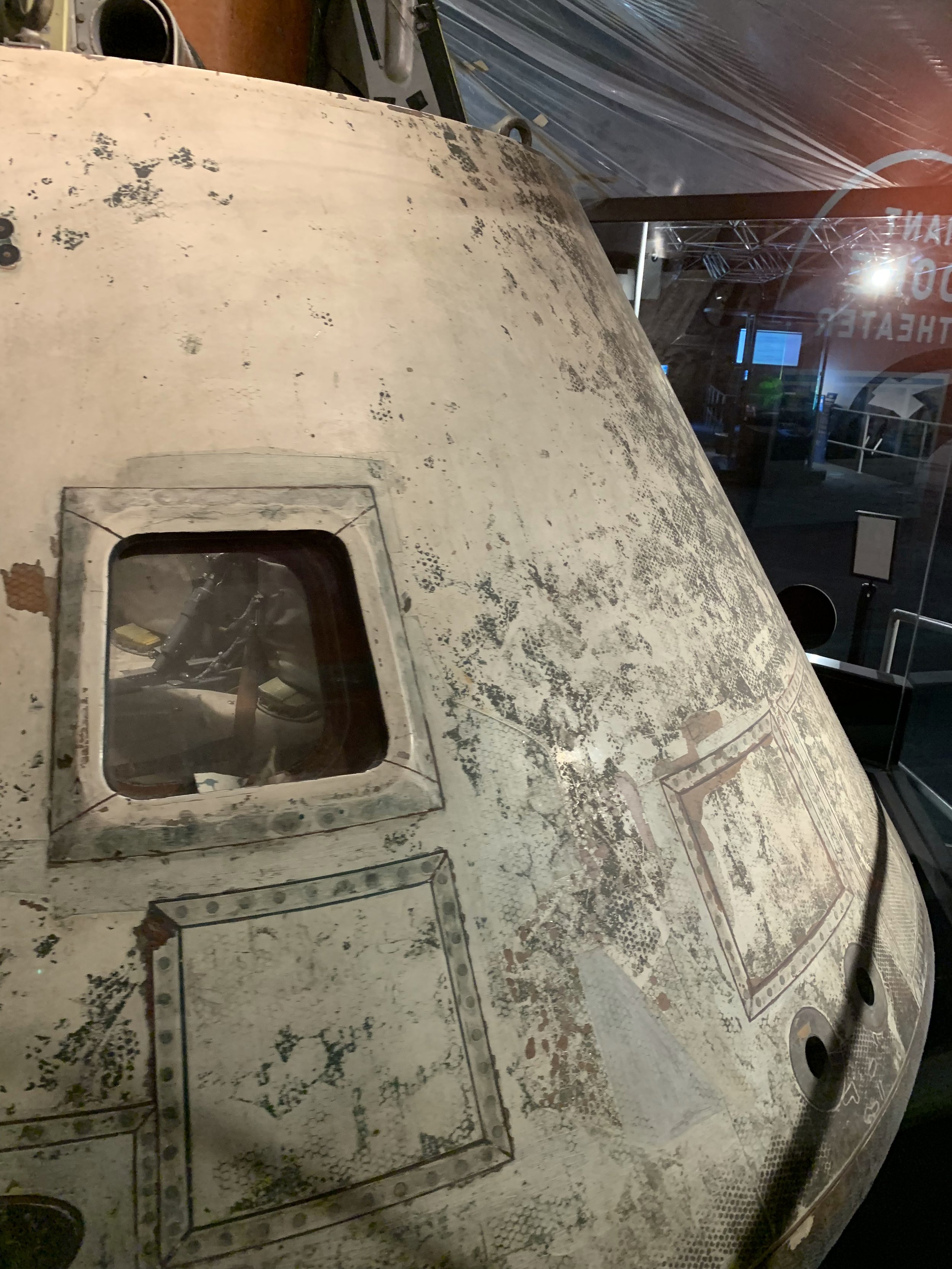
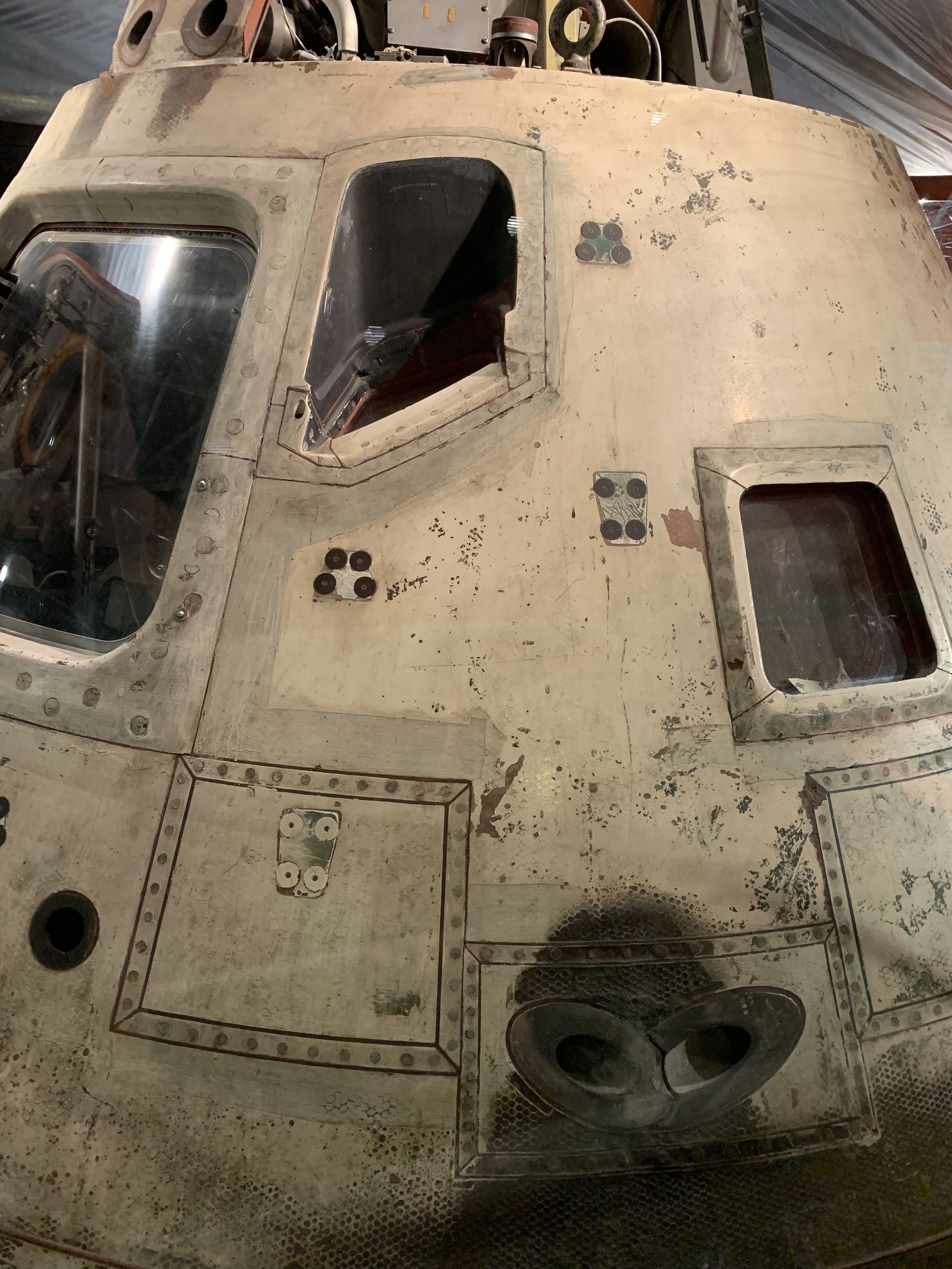
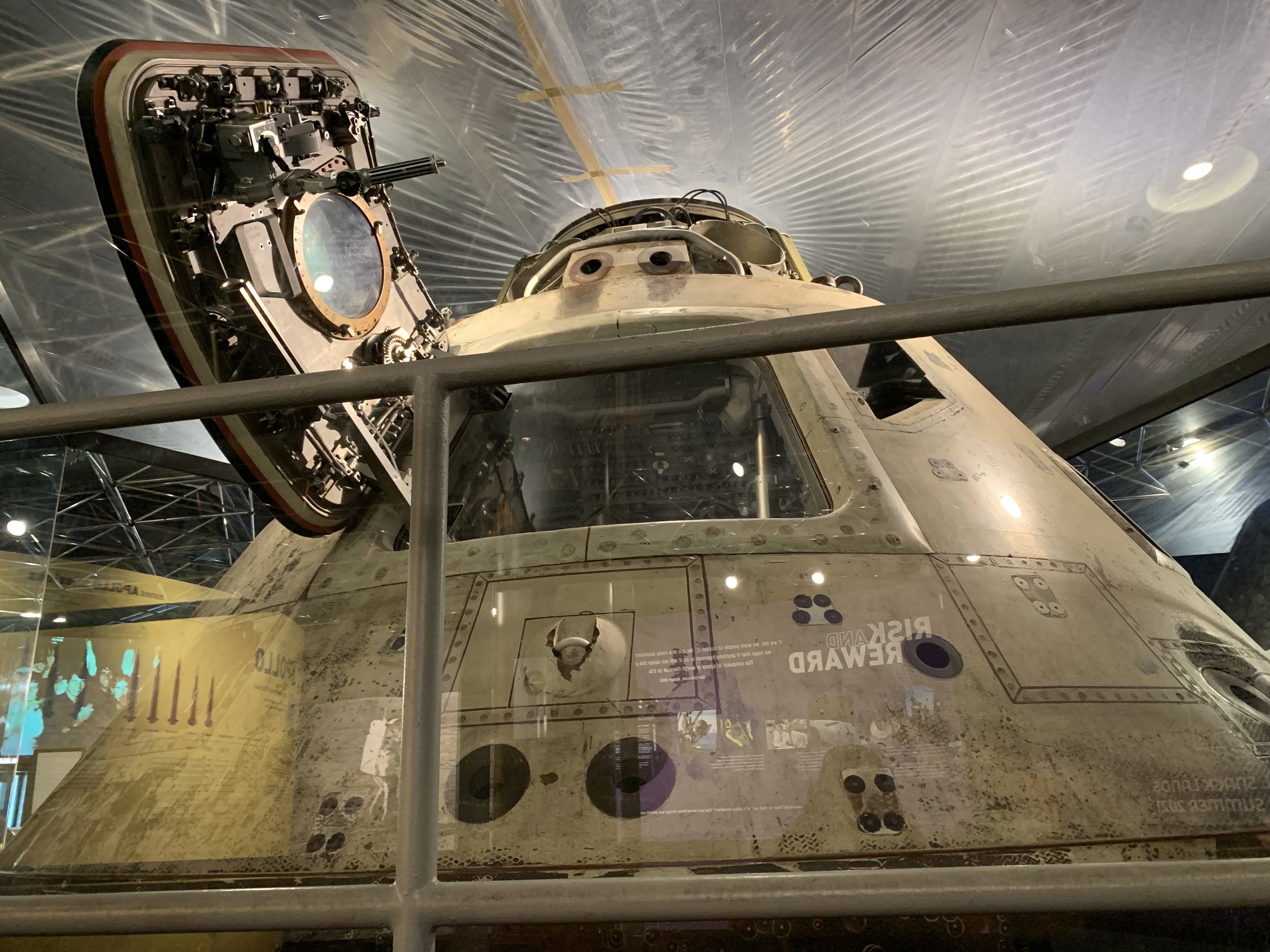
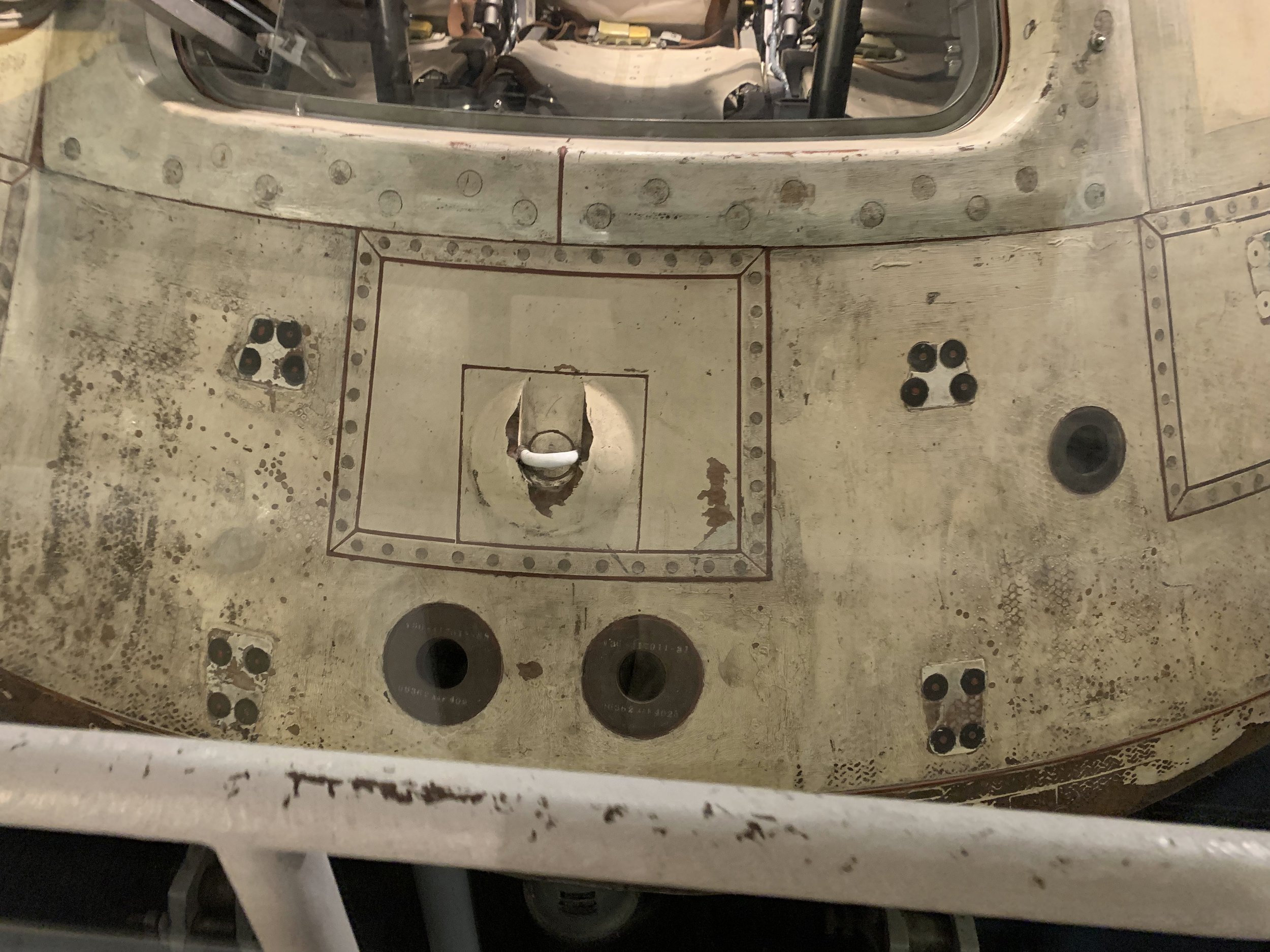
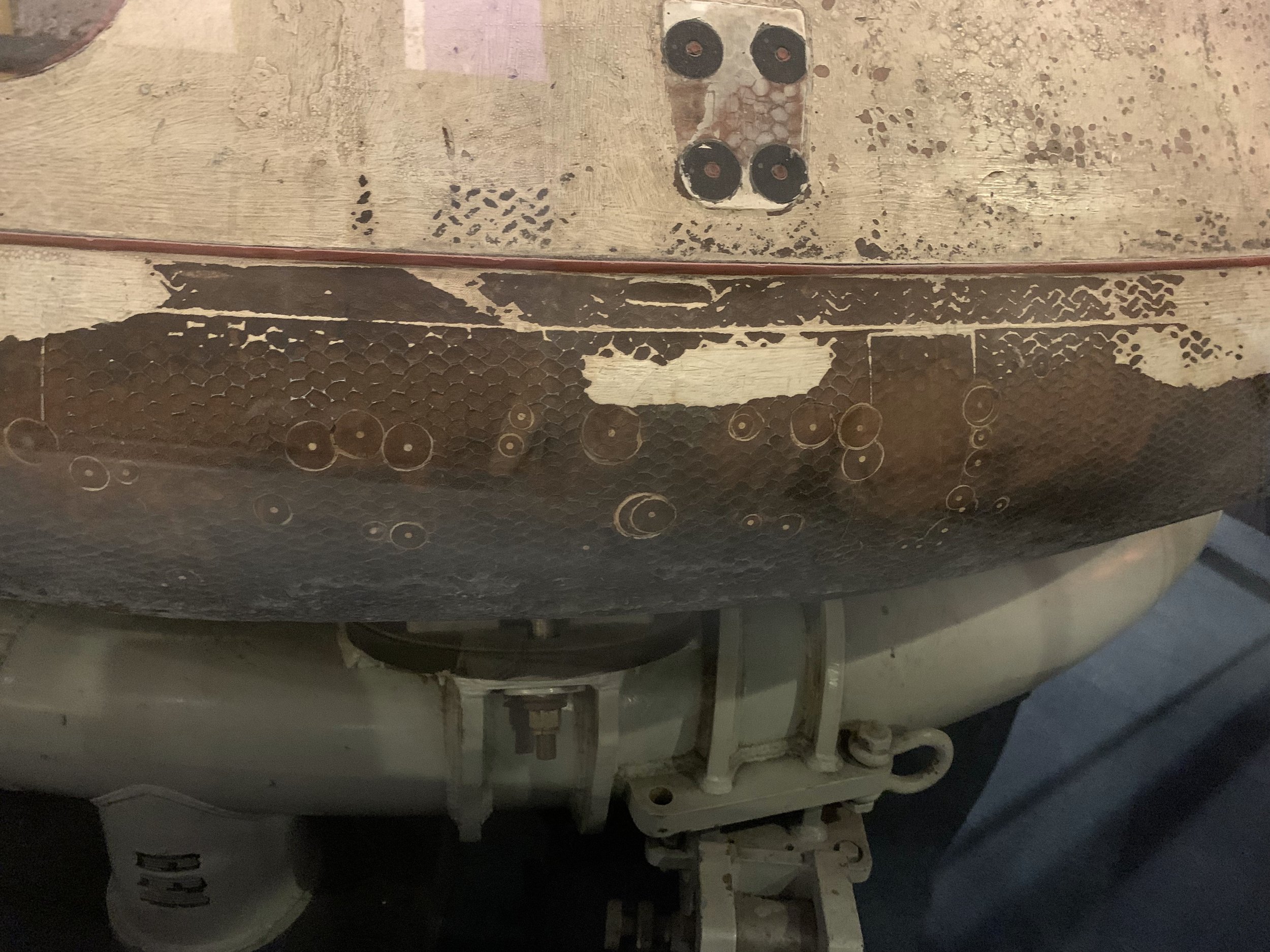
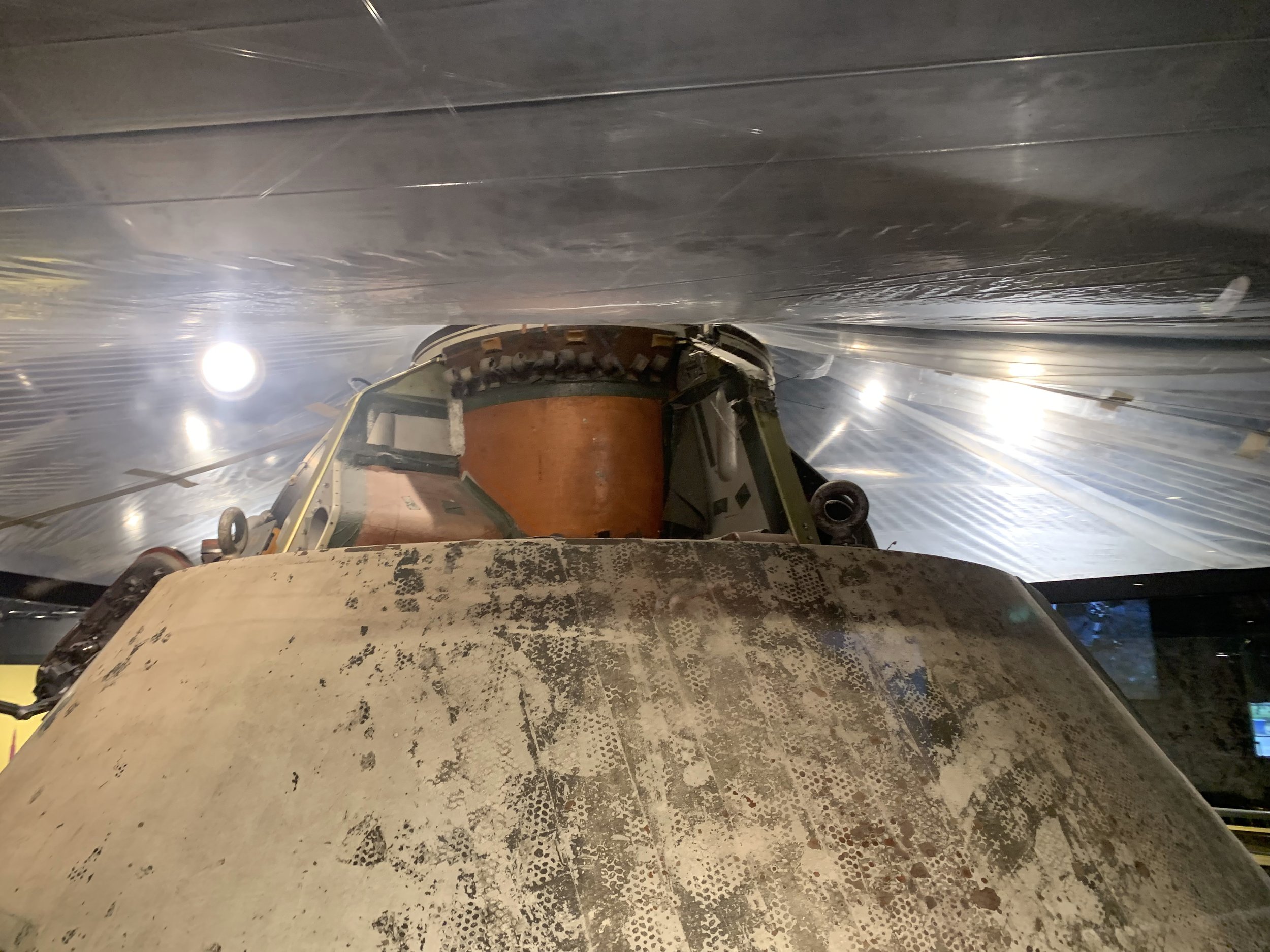
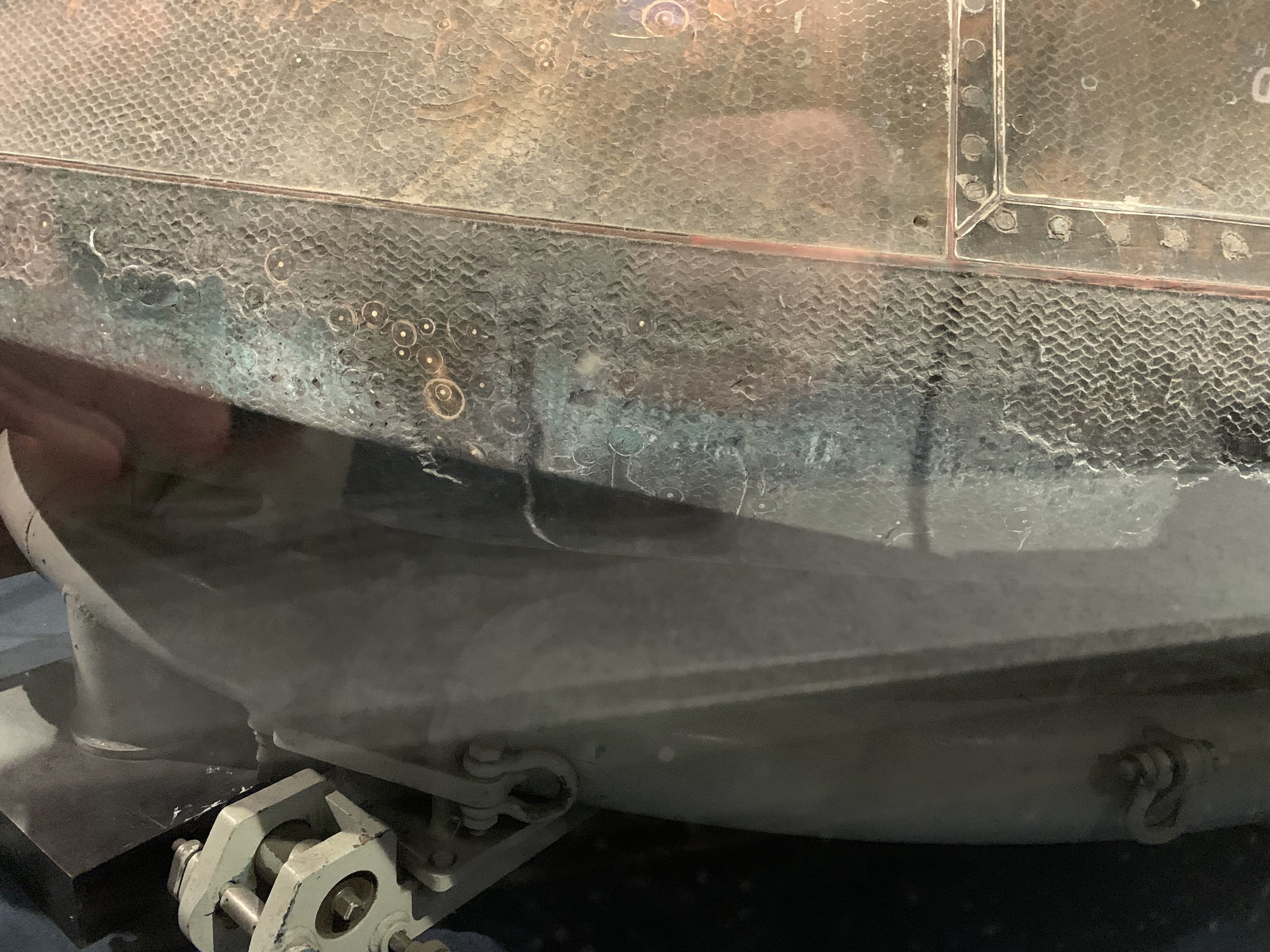
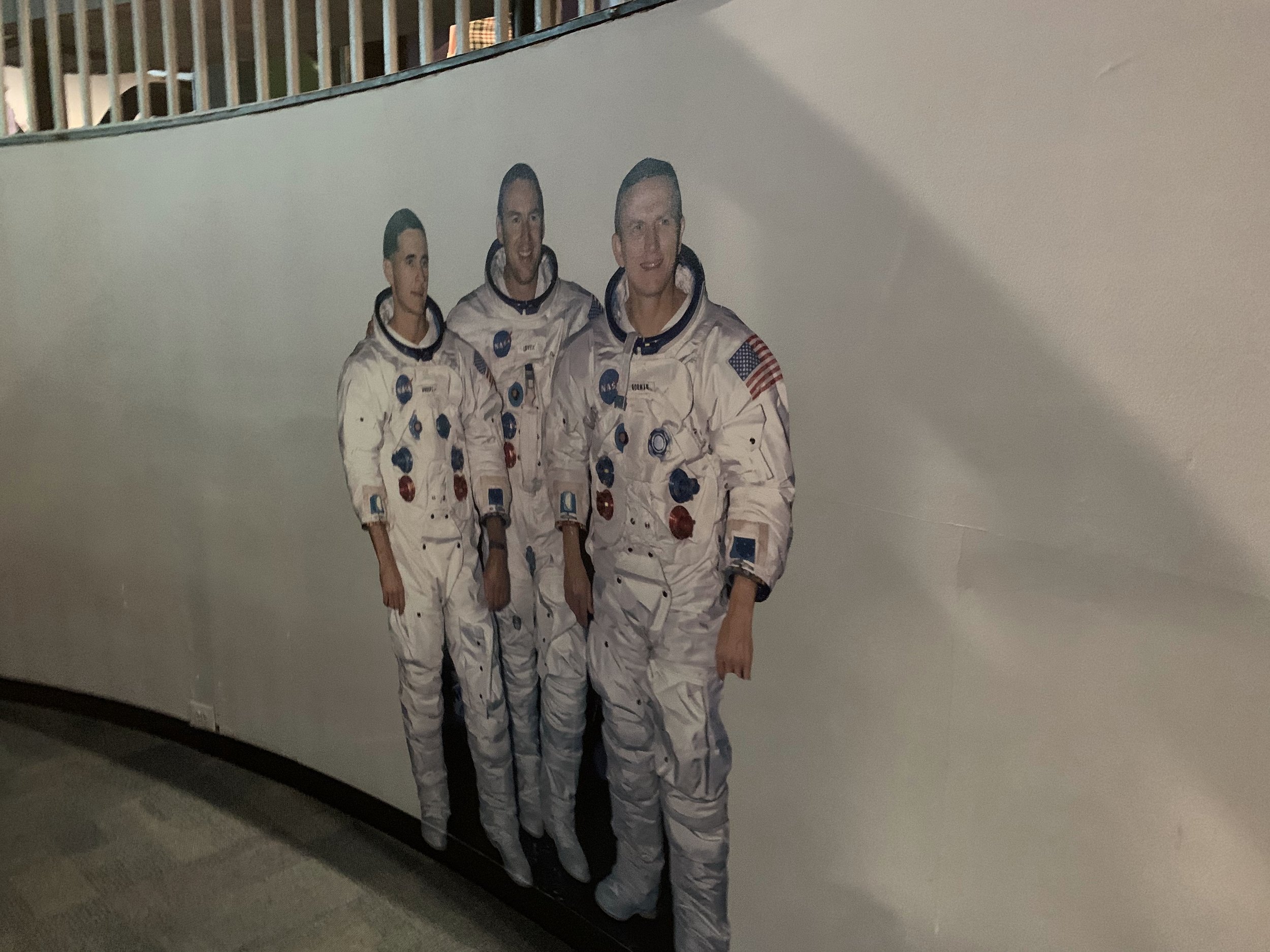
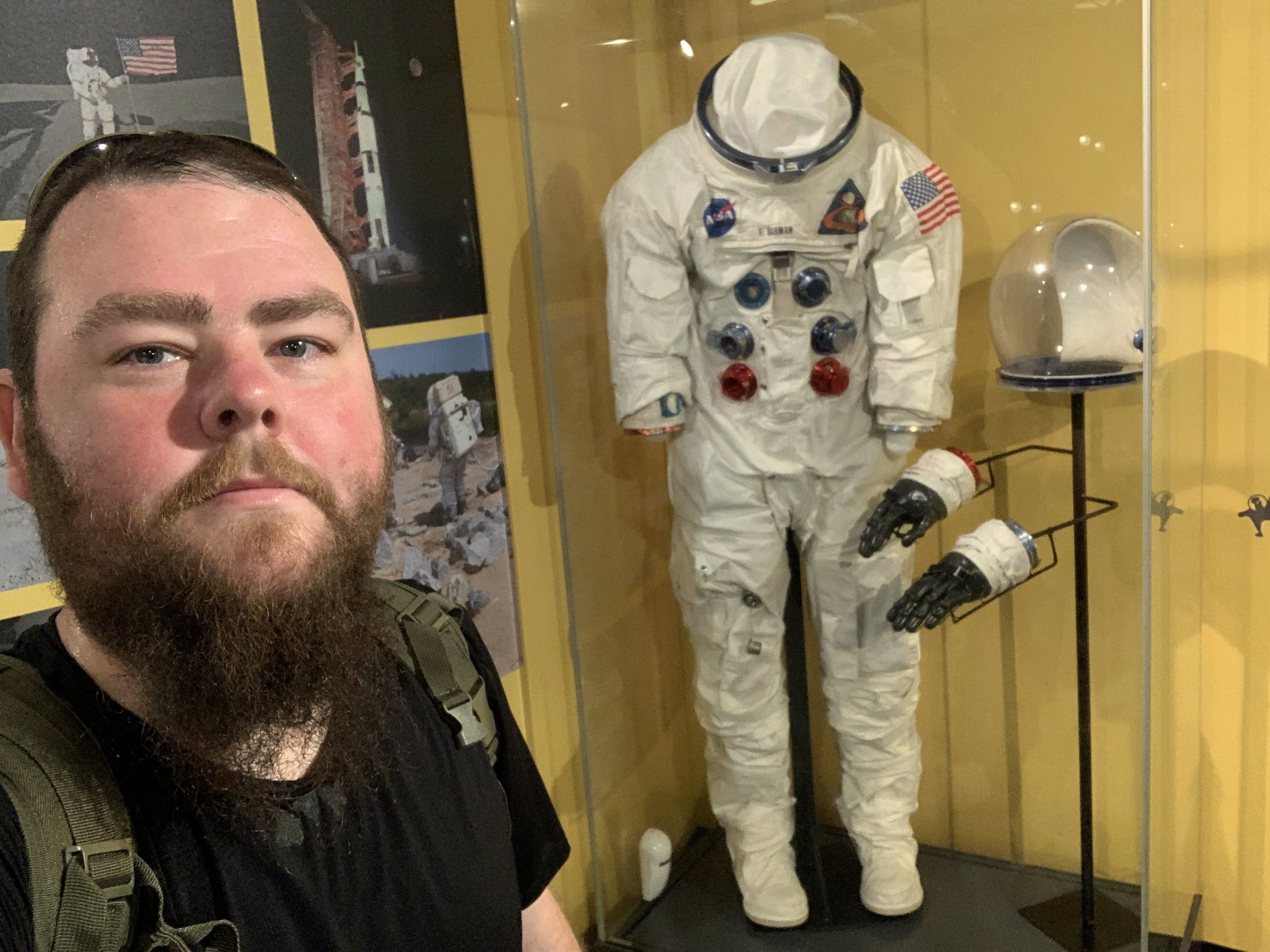
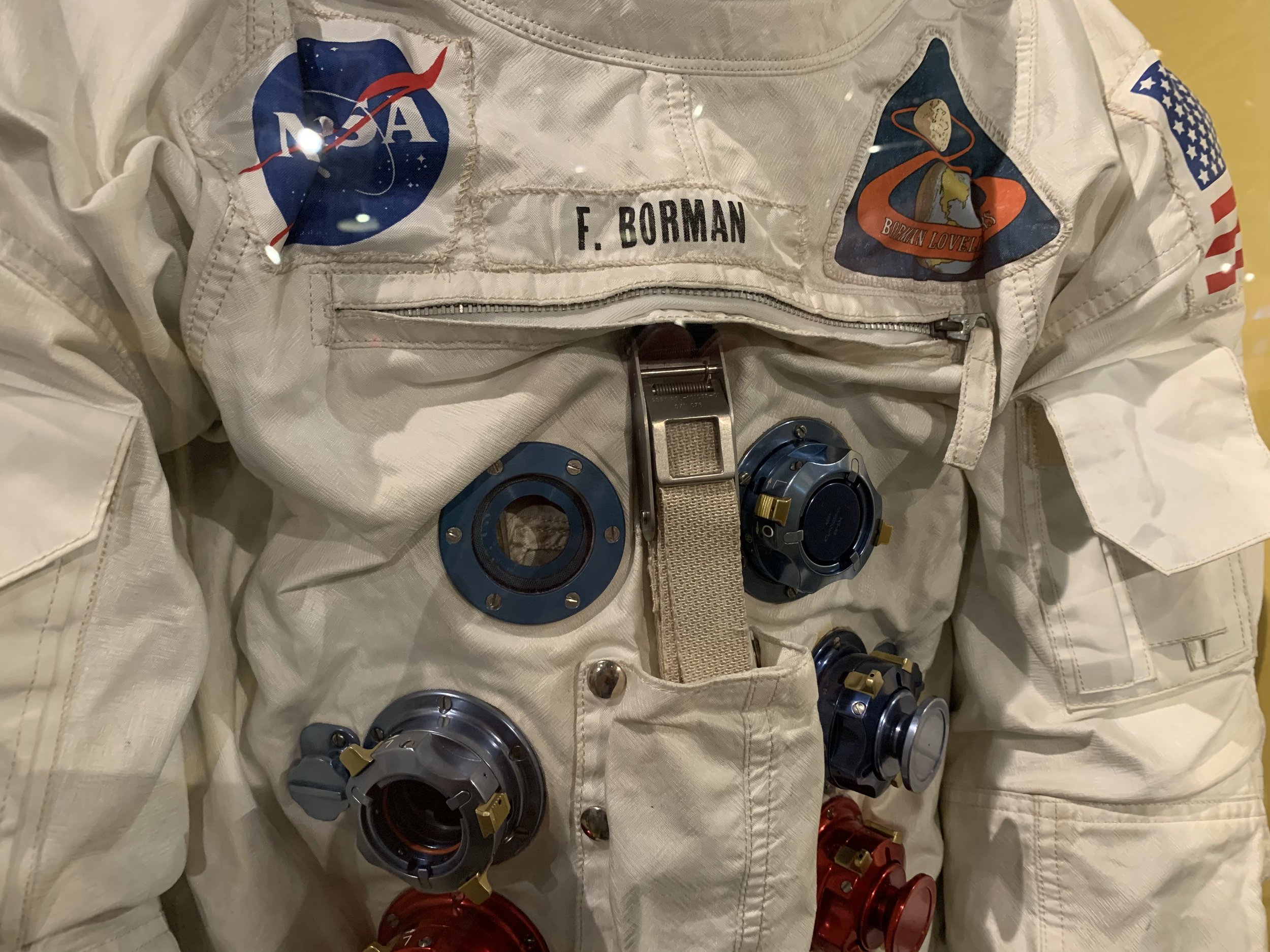
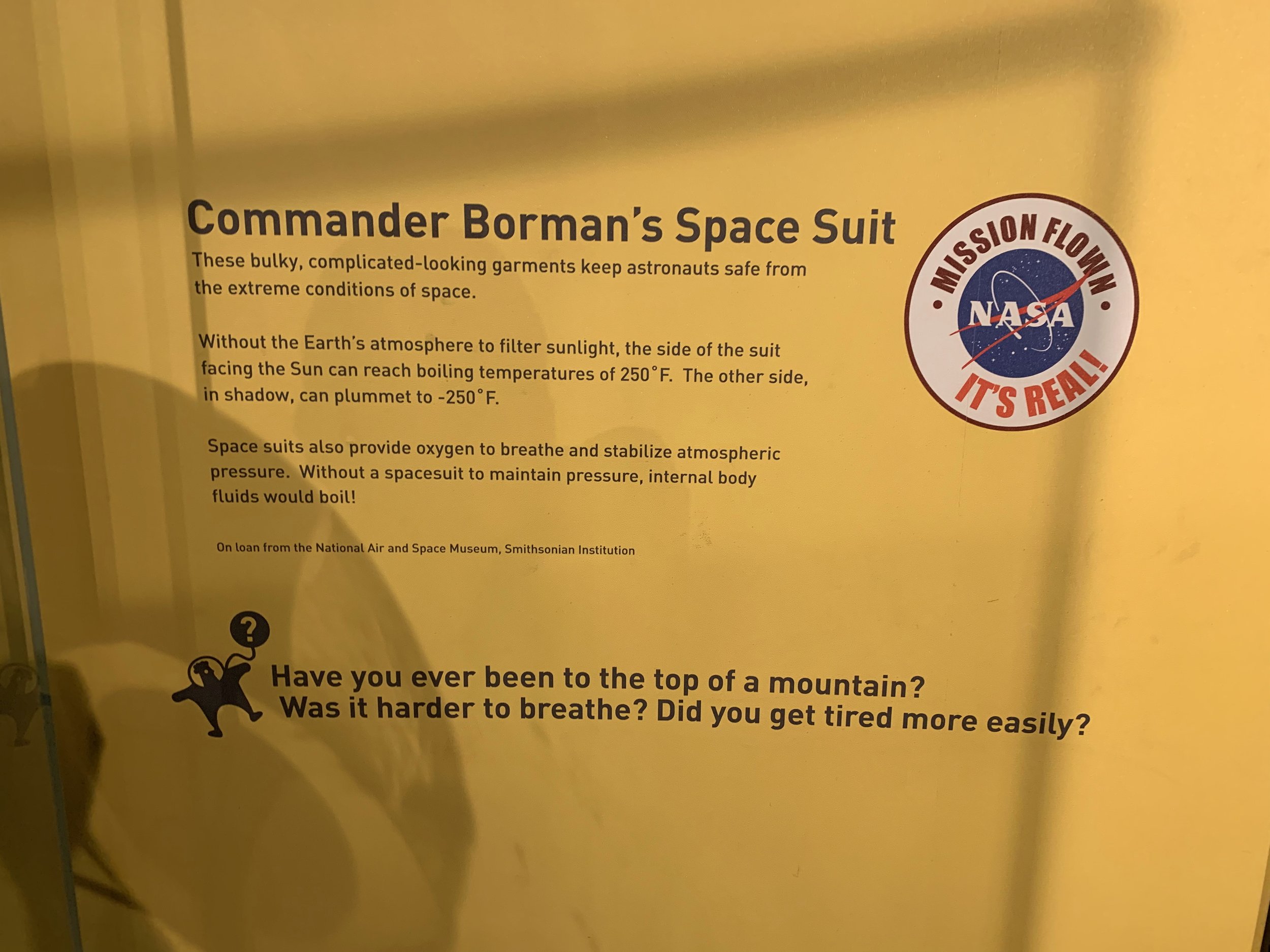
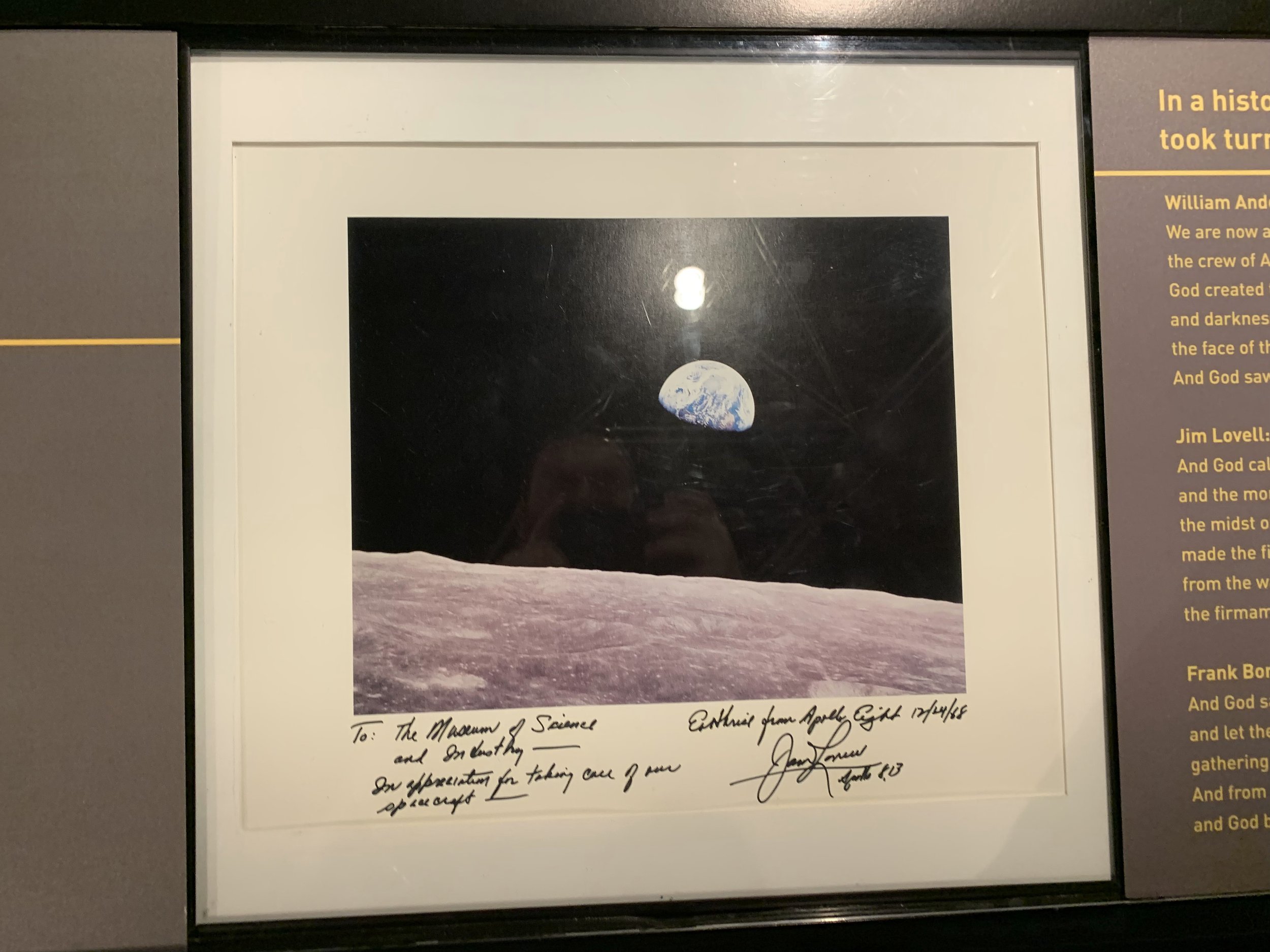
On December 24th 1968 astronaut William Anders took what is arguably humanity’s most important photograph. He along with Jim Lovell and Frank Borman were aboard the Apollo 8 spacecraft undertaking the first ever trip to the moon. As they emerged from the moon’s shadow for the first time, they were greeted by the Earth rising into view. Anders had been using the mission’s camera to take photos of the far-side of the moon, and moved quickly to capture this historic moment on film. Seeing the whole world for the first time from this vantage point helped frame our planet as the fragile oasis that it truly is. At the height of the cold war, many politicians cited this photograph as helping reshape their views on the world. Half of the world’s population may have watched Neil Armstrong take his “giant leap” onto the moon with Apollo 11, but the men of Apollo 8 truly blazed the trail with mankind’s first visit to another world.
In addition to laying claim to the first trip to the moon, and the first Earth Rise, this craft also briefly held the record for longest single voyage (half of a million miles to the moon and back), as well as the furthest traveled from Earth craft (later broken by Apollo 13 due to its unique trajectory).
Today the command module that carried our first emissaries to another world is on permanent display at Chicago’s Museum of Science and Industry. It is joined by Frank Borman’s space suit from the mission, the Mercury Aurora 7 spacecraft (America’s 4th space flight), and many other displays of Apollo era technology. Like all of the command modules, the craft is protected by a thick wall of glass, but you are able to get within a couple of feet of it. The door to the craft is open, so you can get a very detailed look inside.
By far the most striking feature of the ship is just how small it really is. The human habitable space inside is roughly the size of a phone booth, and yet 3 men shared this as their only living space for the 6 day mission. They worked, ate, slept, and went to the bathroom with barely a few inches of space between them. The craft is tilted slightly to allow a good view of it’s “ablative shield”, which was designed to burn away as is re-entered the Earth’s atmosphere.
In total men made nine voyages to the moon between July 1969 and December 1972. Of the massive Saturn V rocket assemblies that carried these brave men, only the Command Modules returned from the moon. NASA has spread these historic craft across the U.S. to different museums, as well as loaning the Apollo 10 ship to a museum in London. All of these craft represent the highest of human achievements, and are worthy of a dedicated trip just to see. If you can only see one though, Apollo 8’s unique place in history makes it an excellent choice.
Want to Experience This Adventure for Yourself?:
The Chicago Museum of Science & Industry
5700 S DuSable Lake Shore Drive, Chicago, IL 60637





